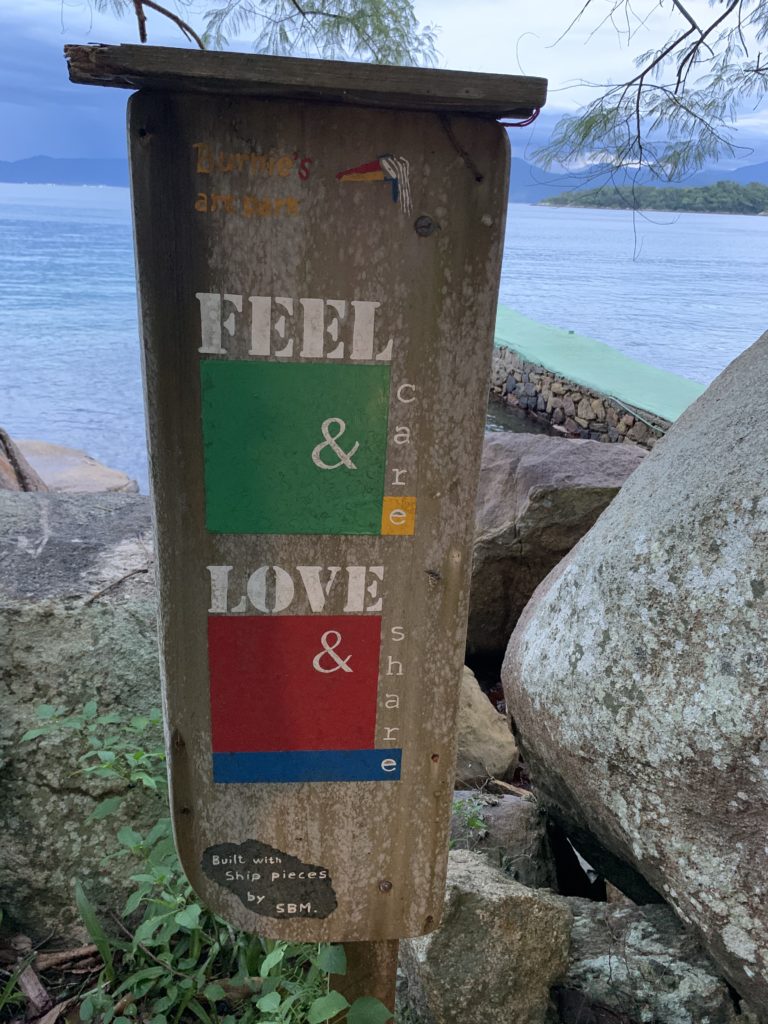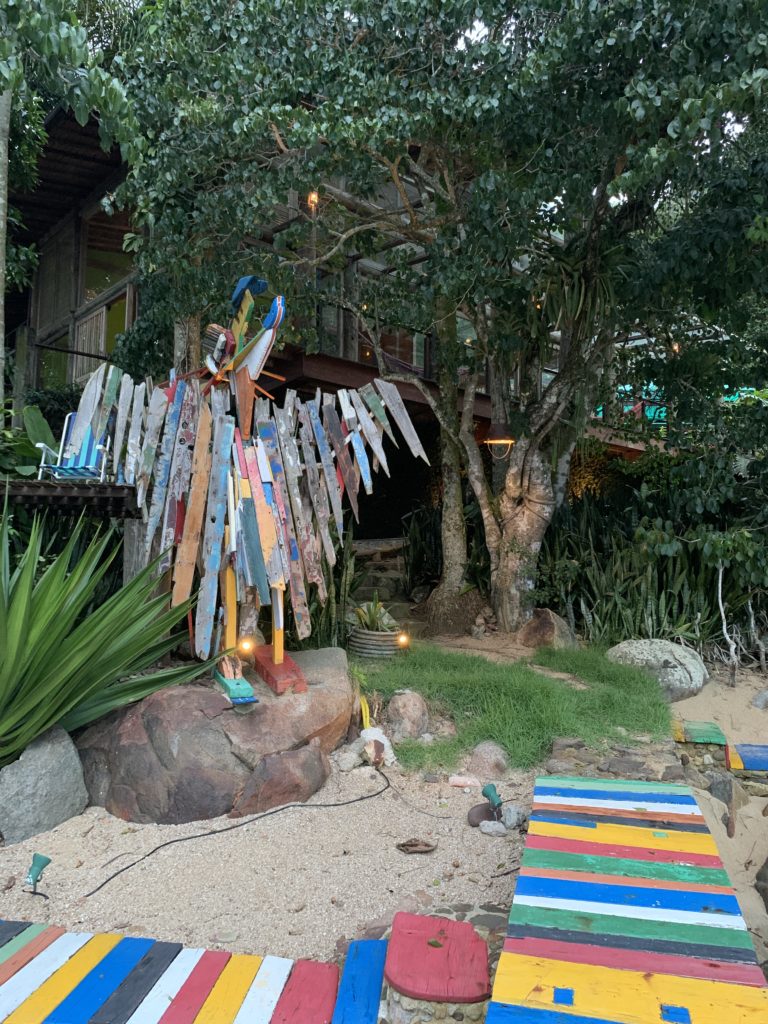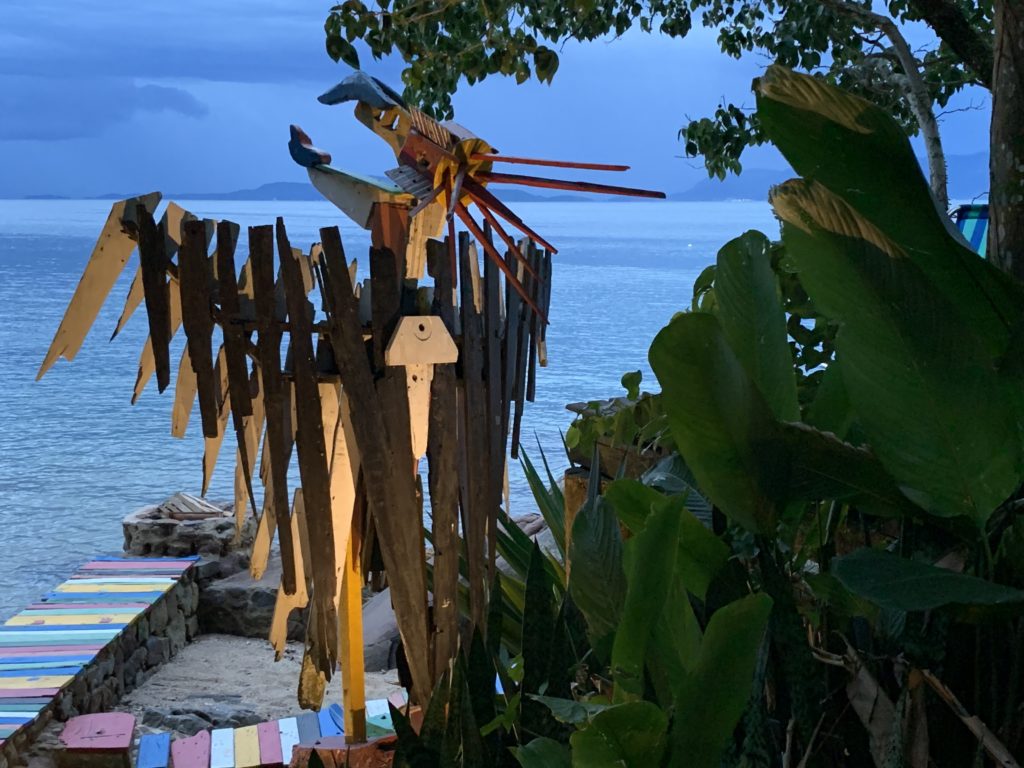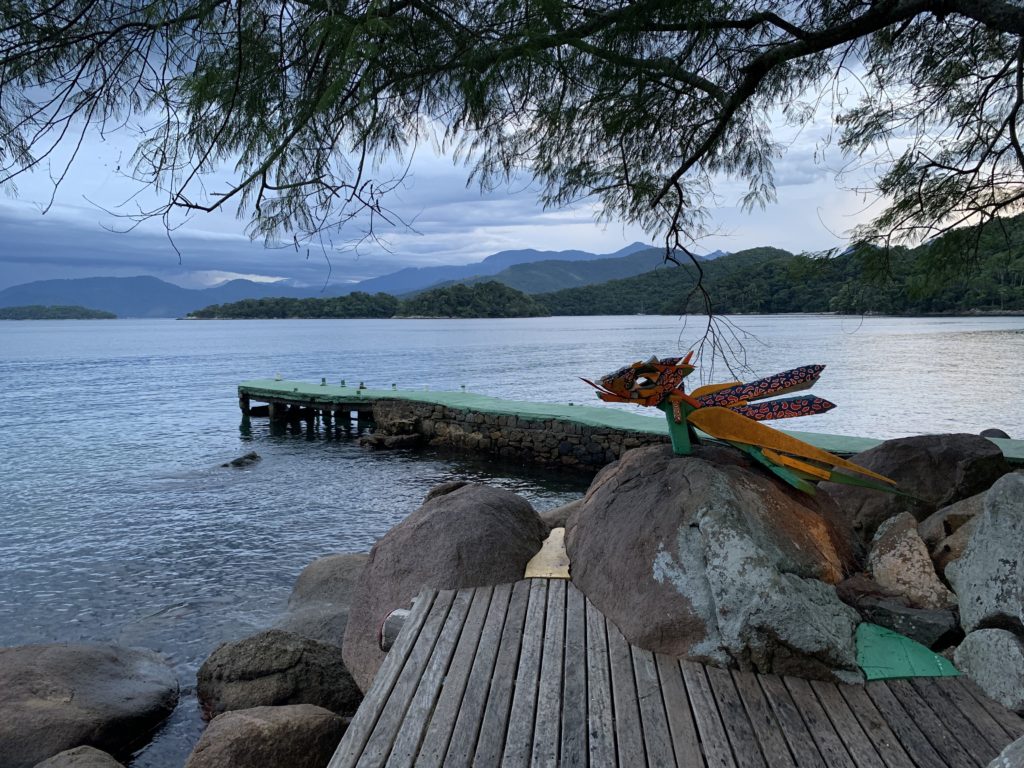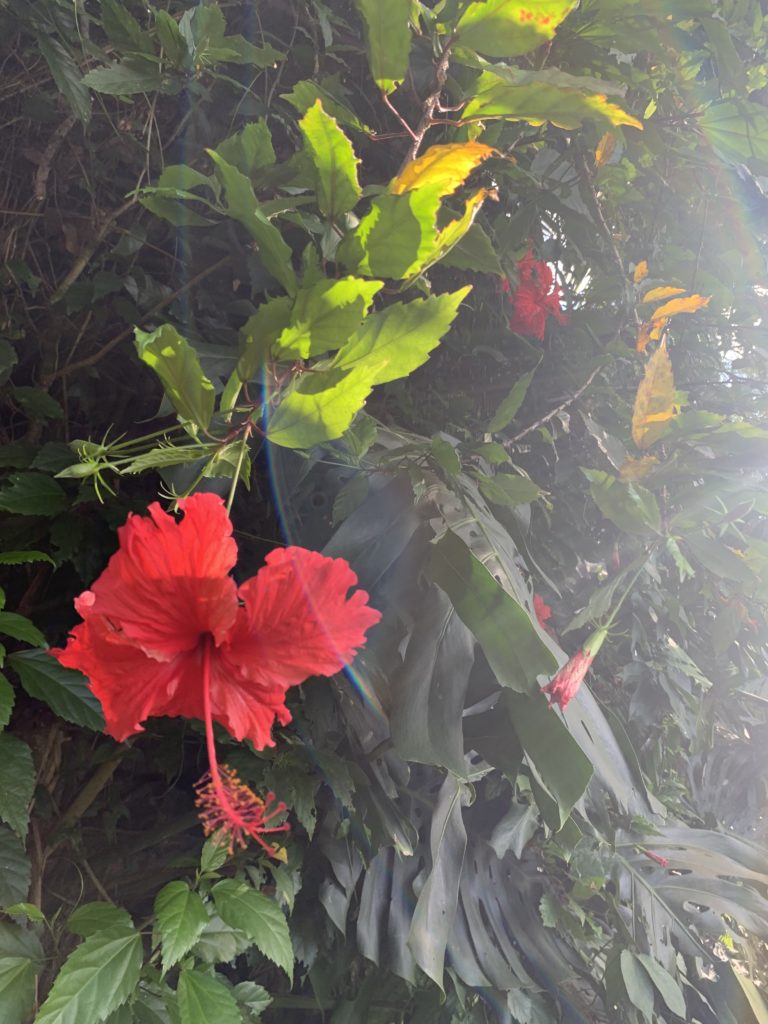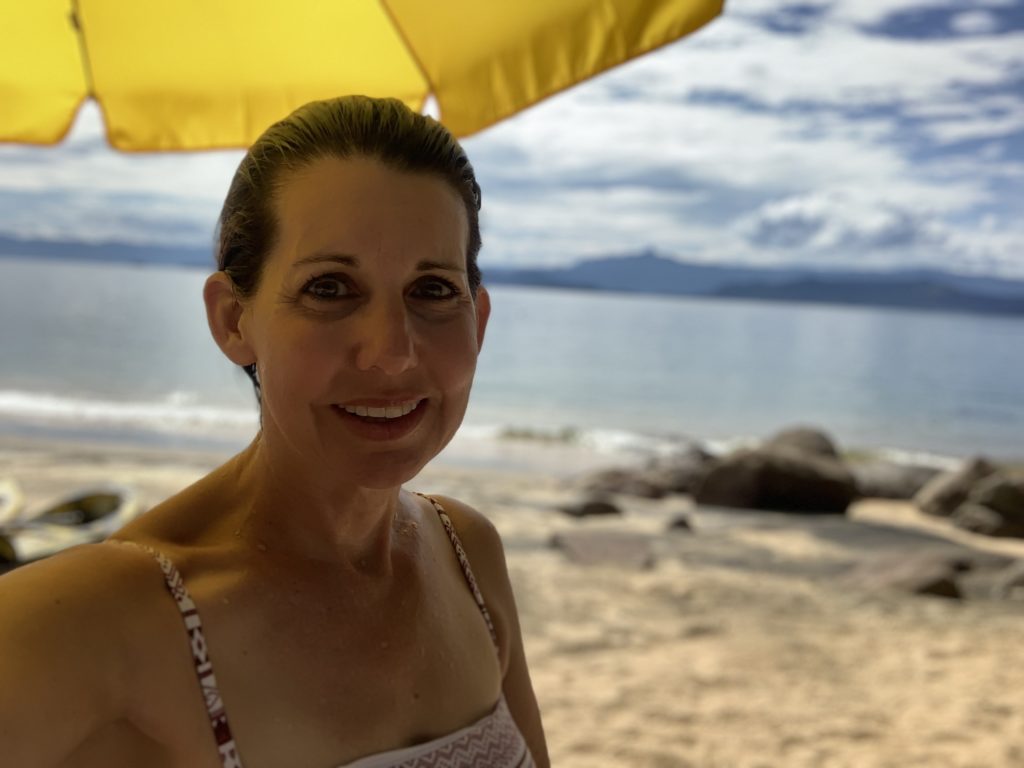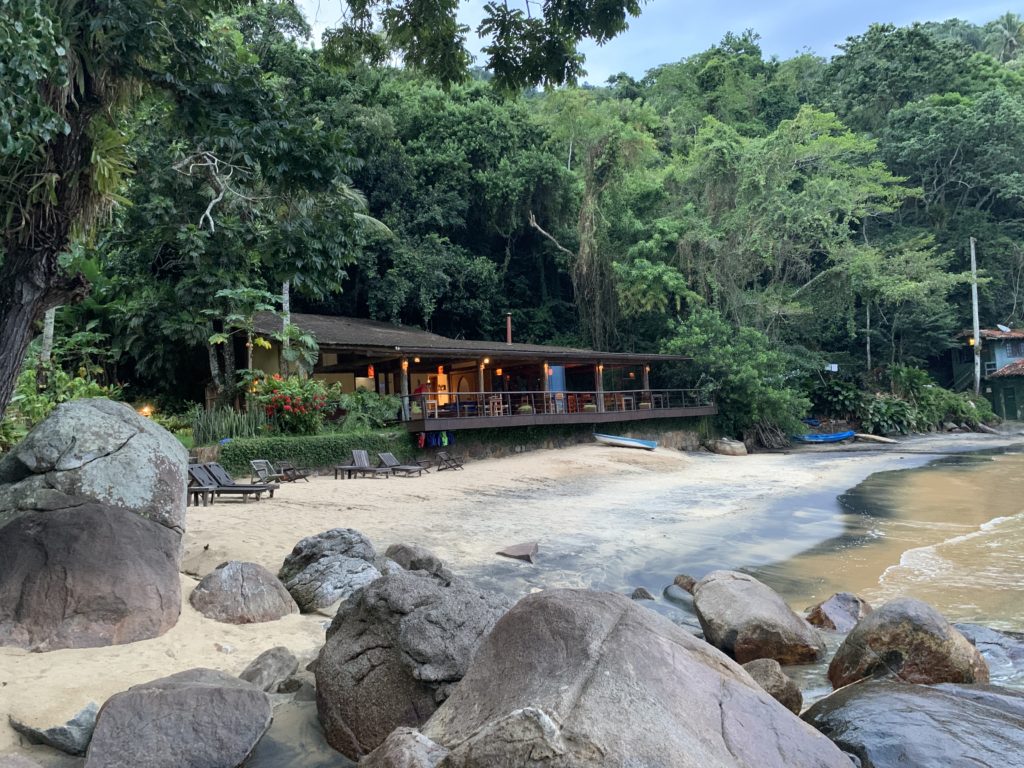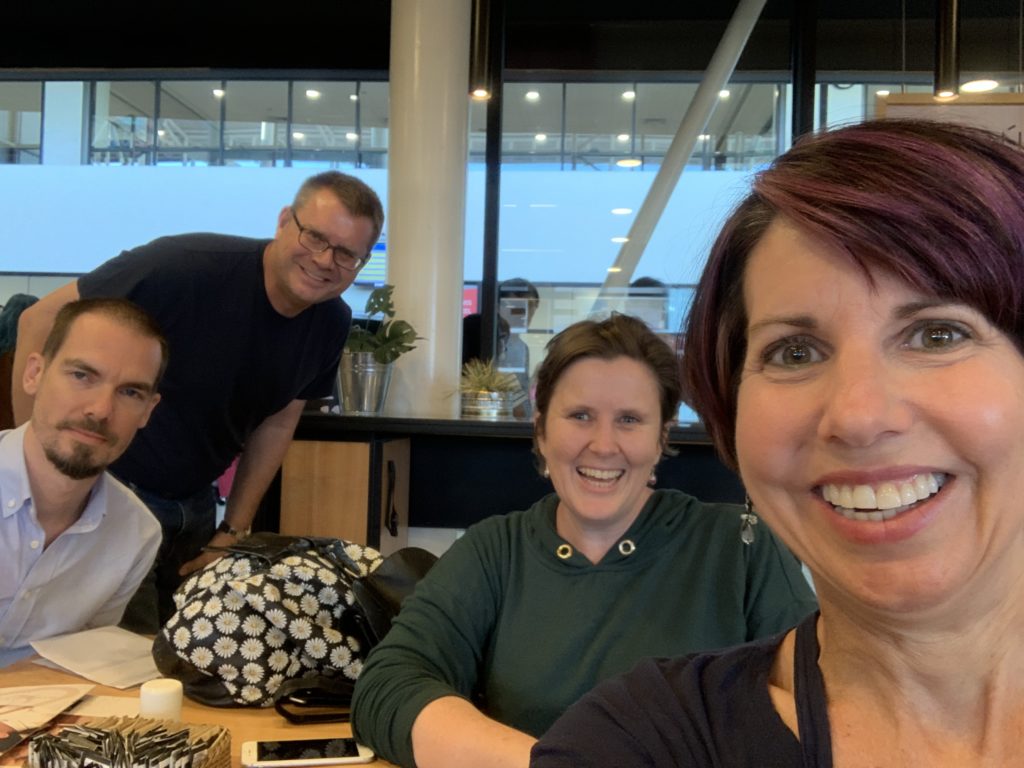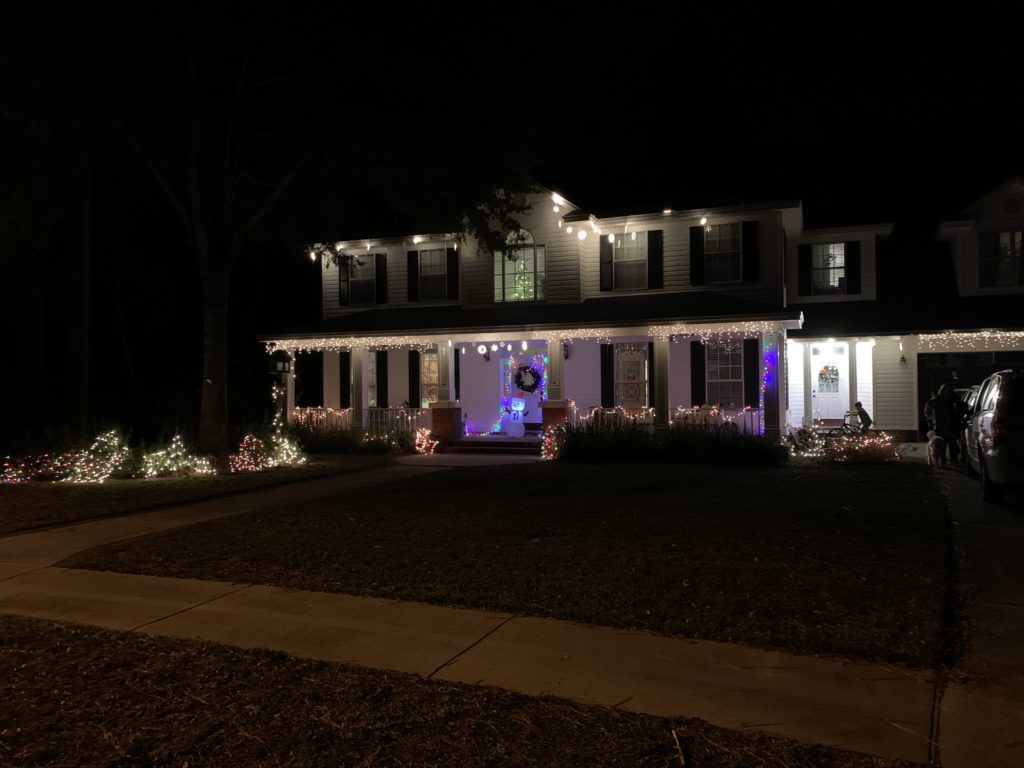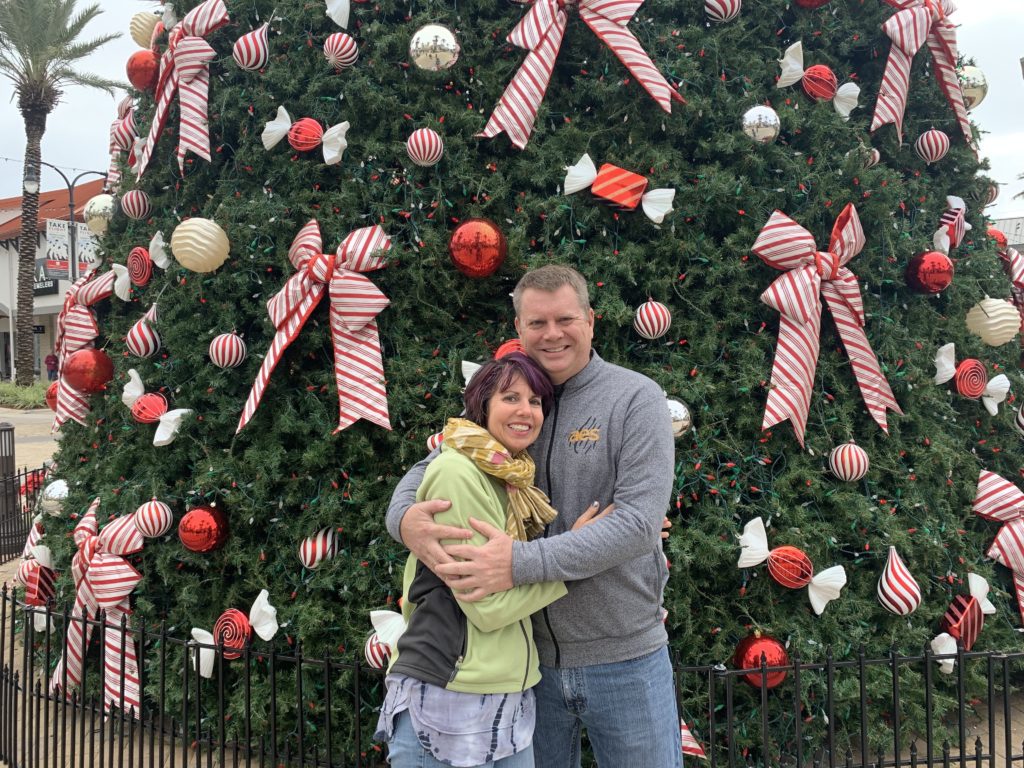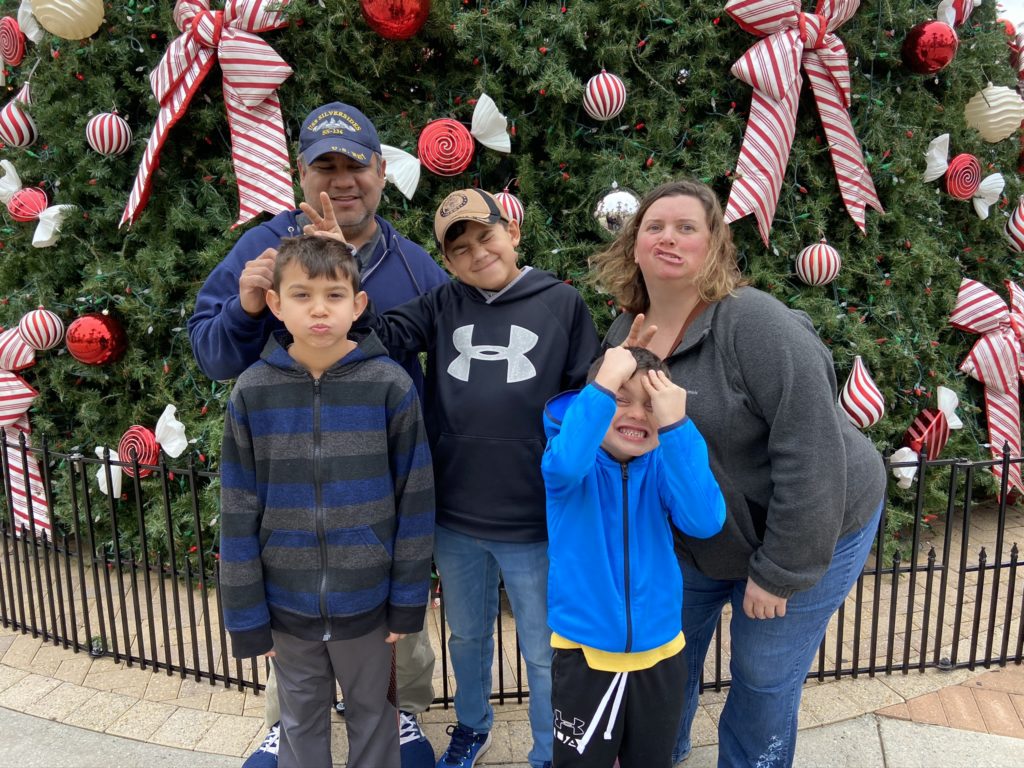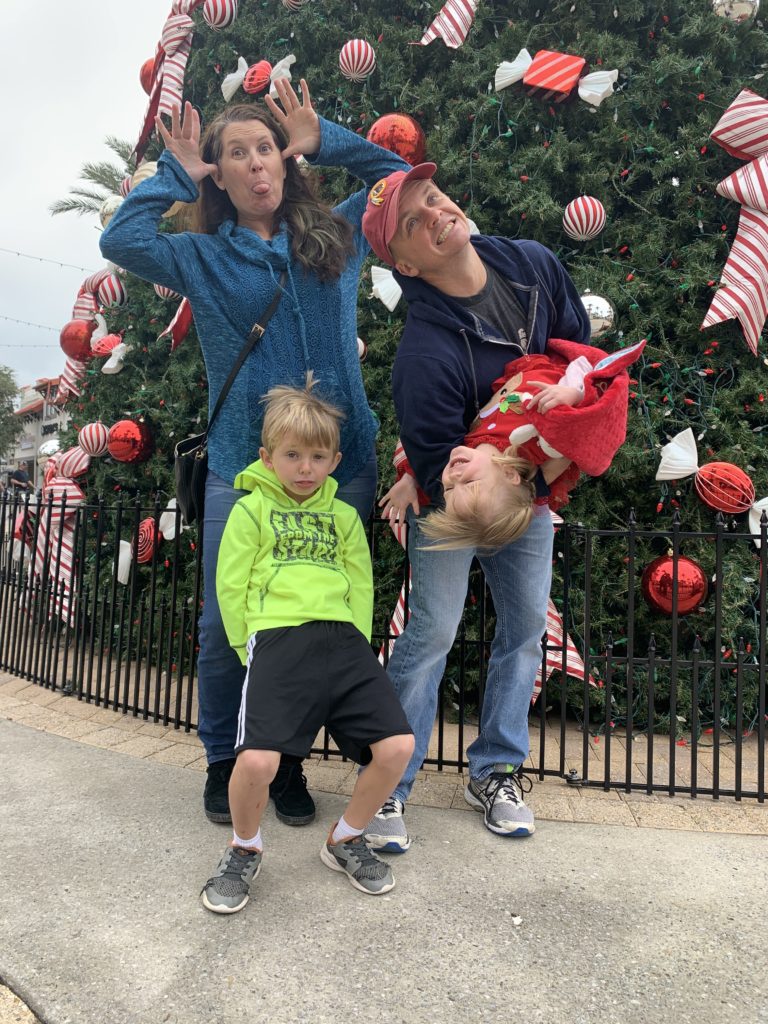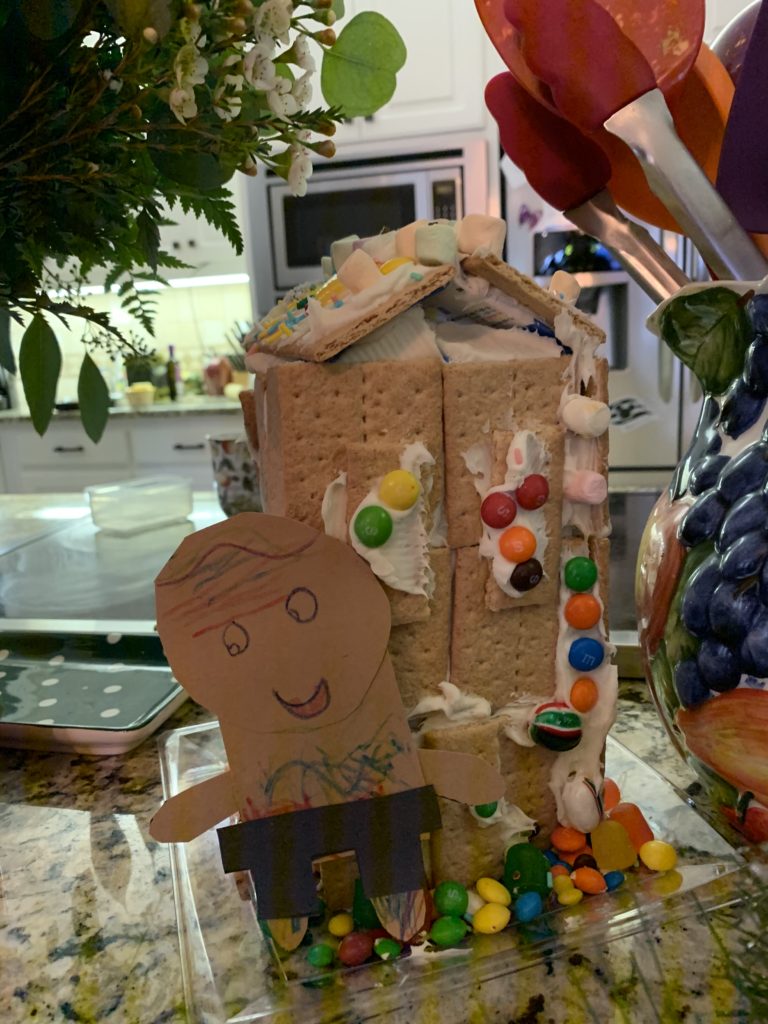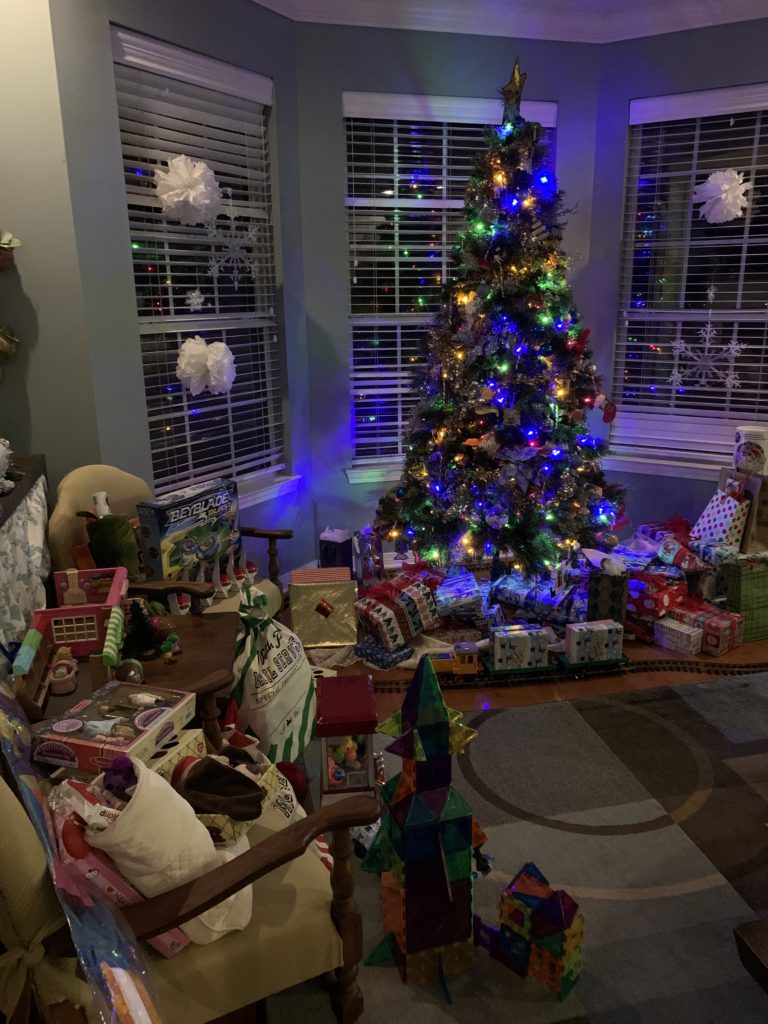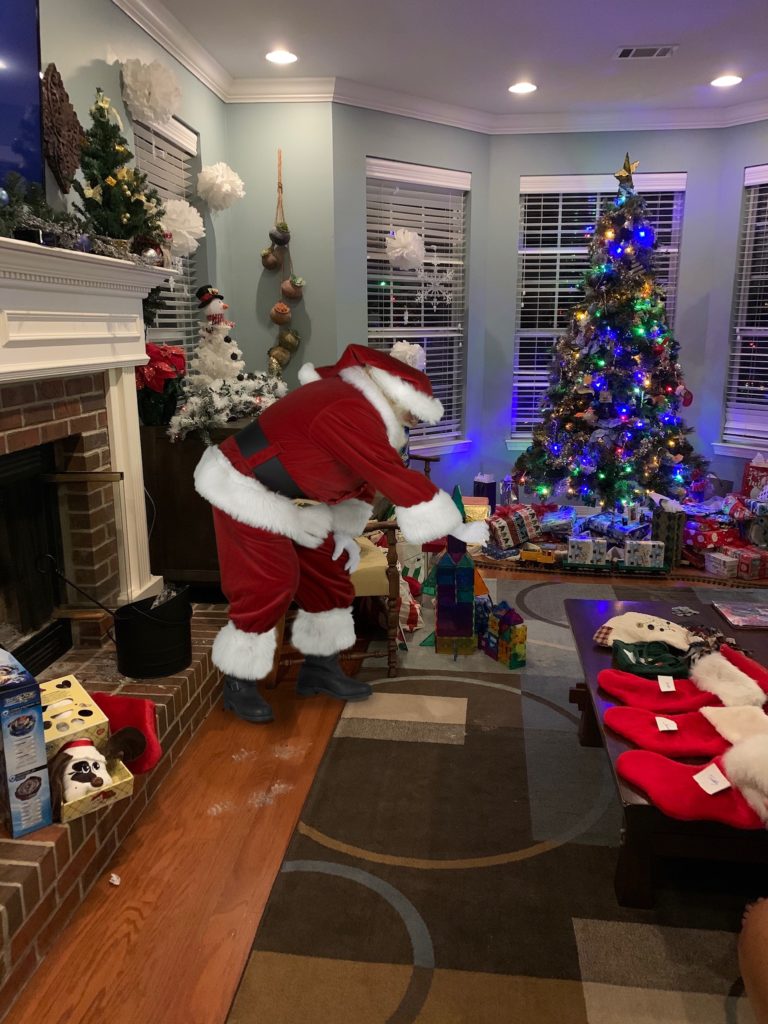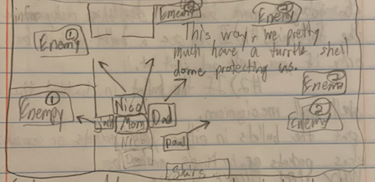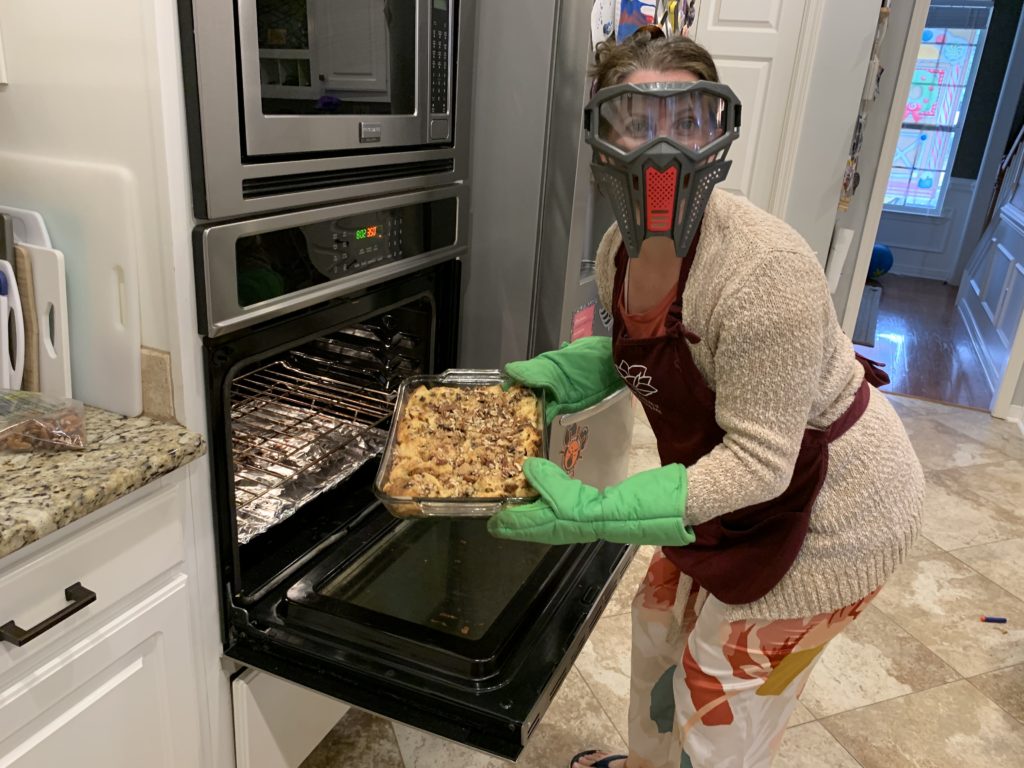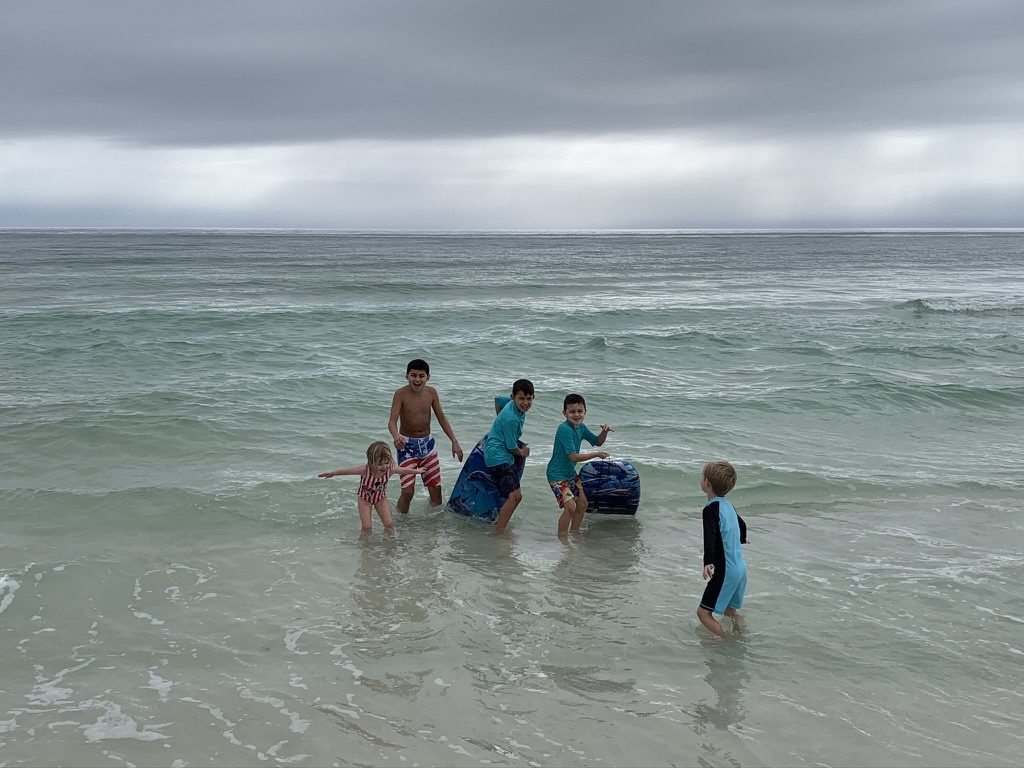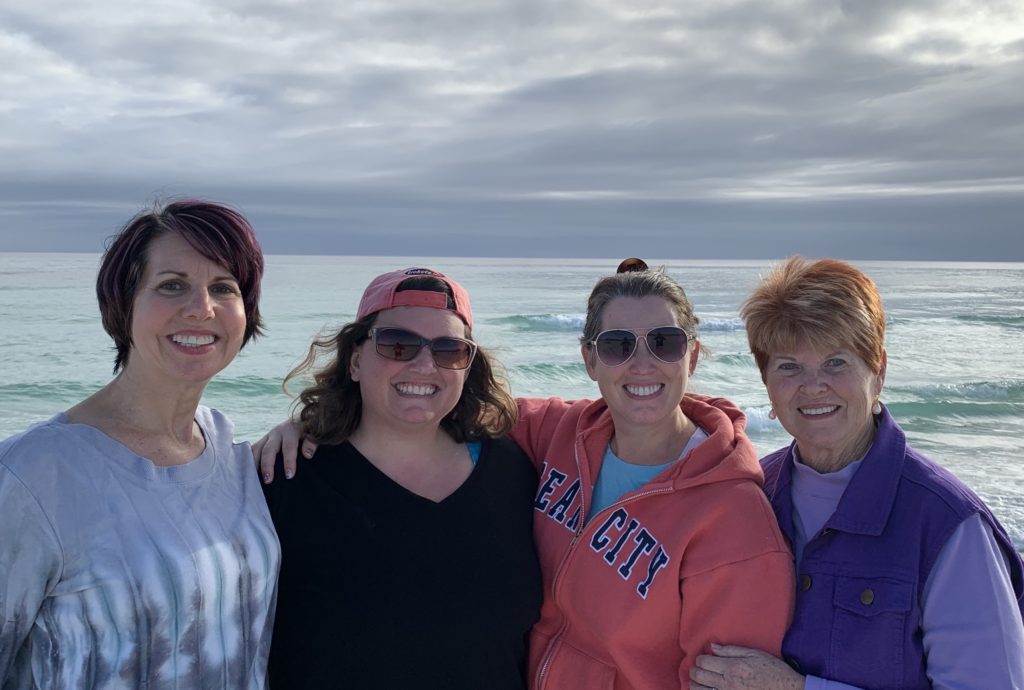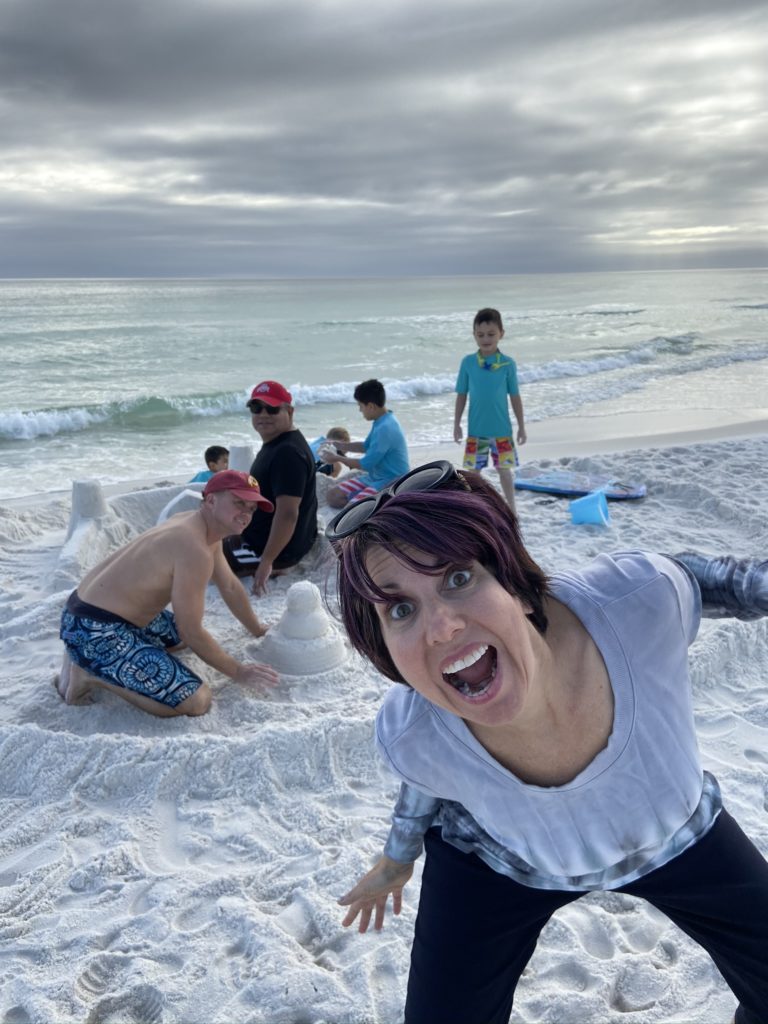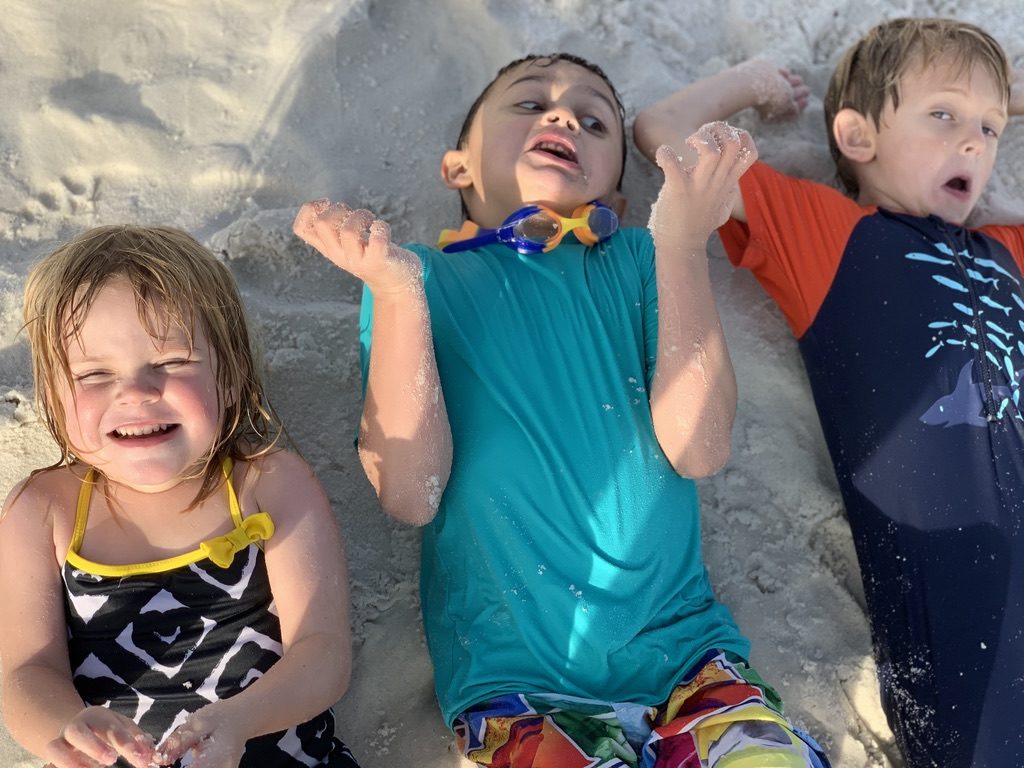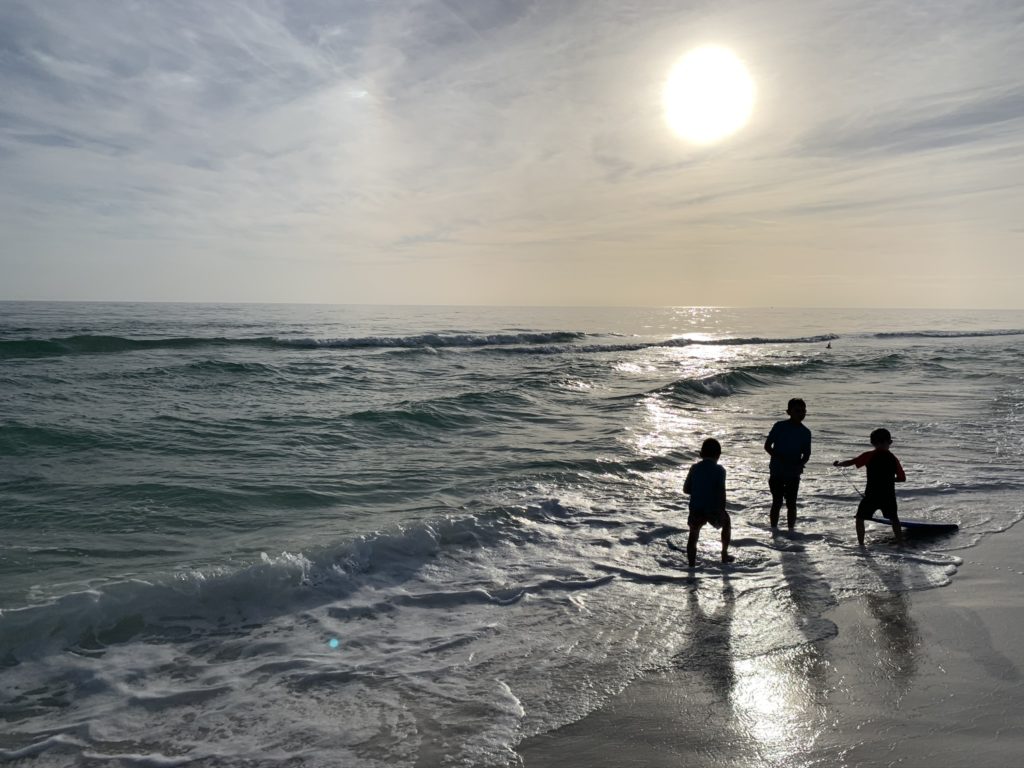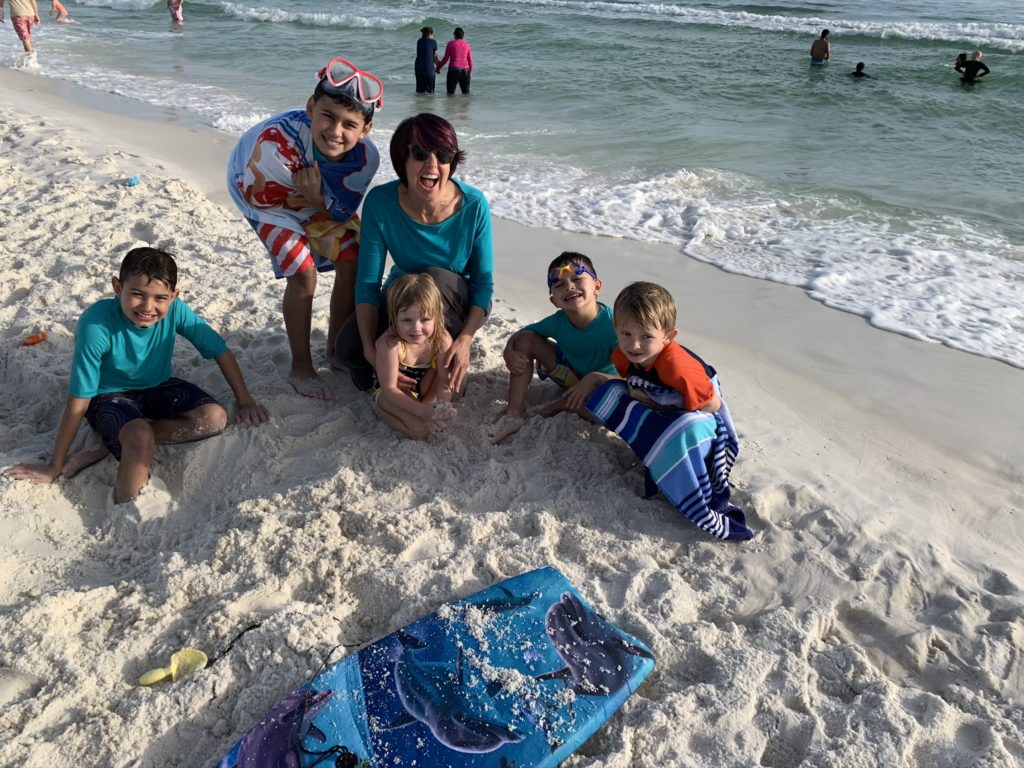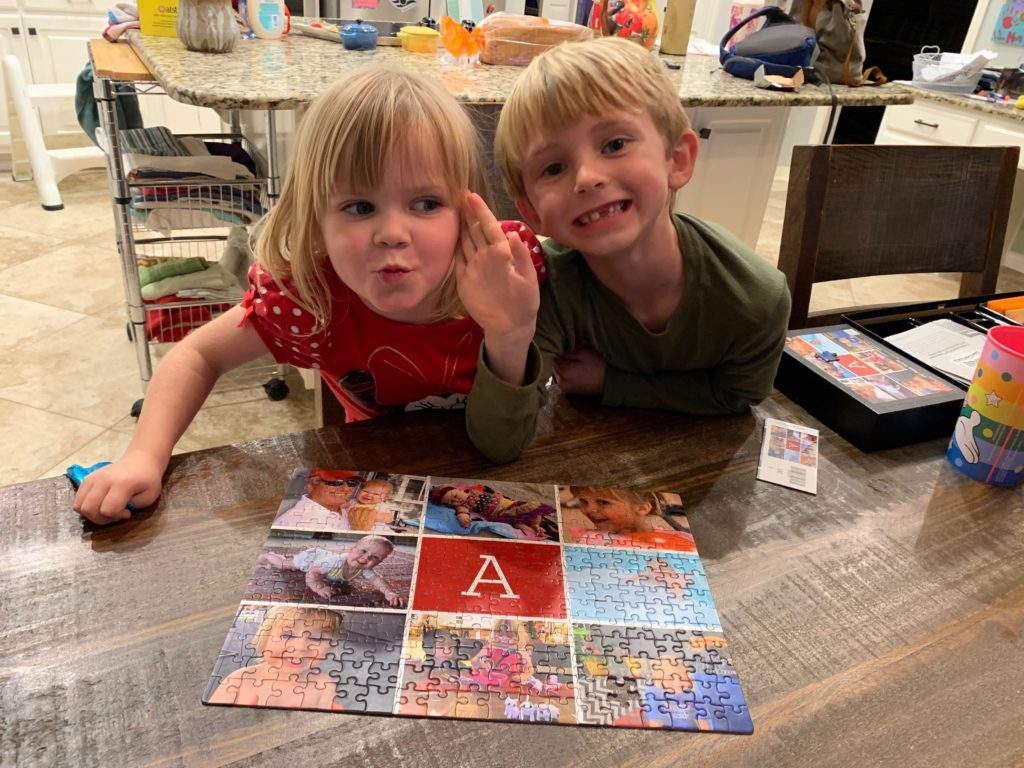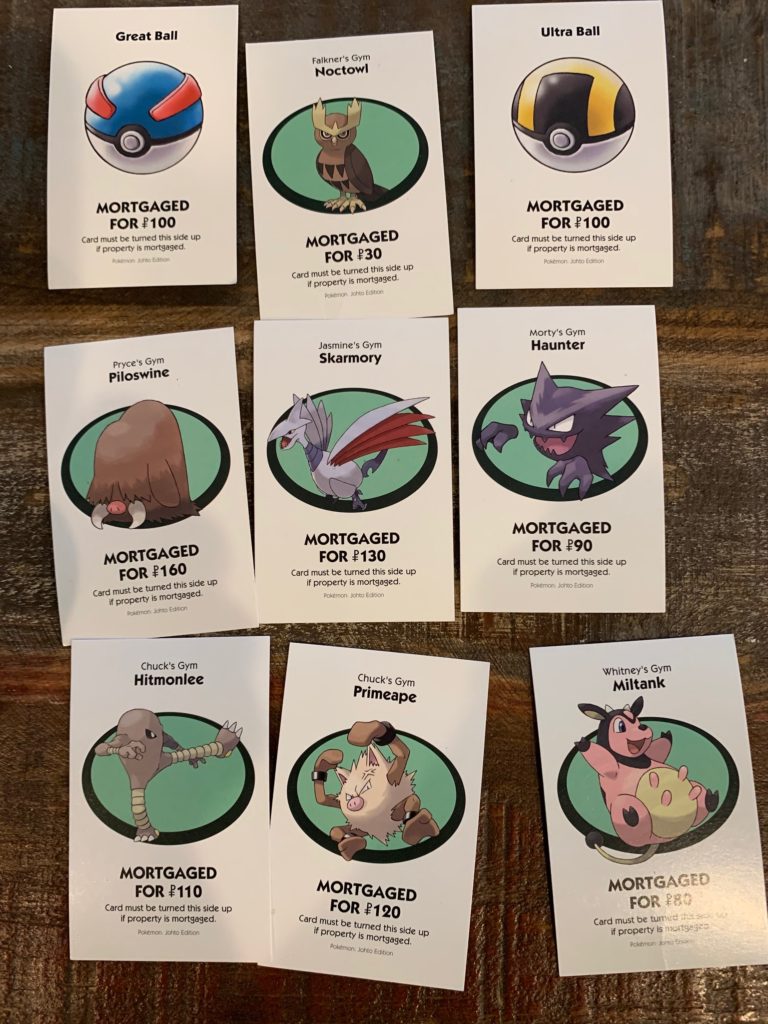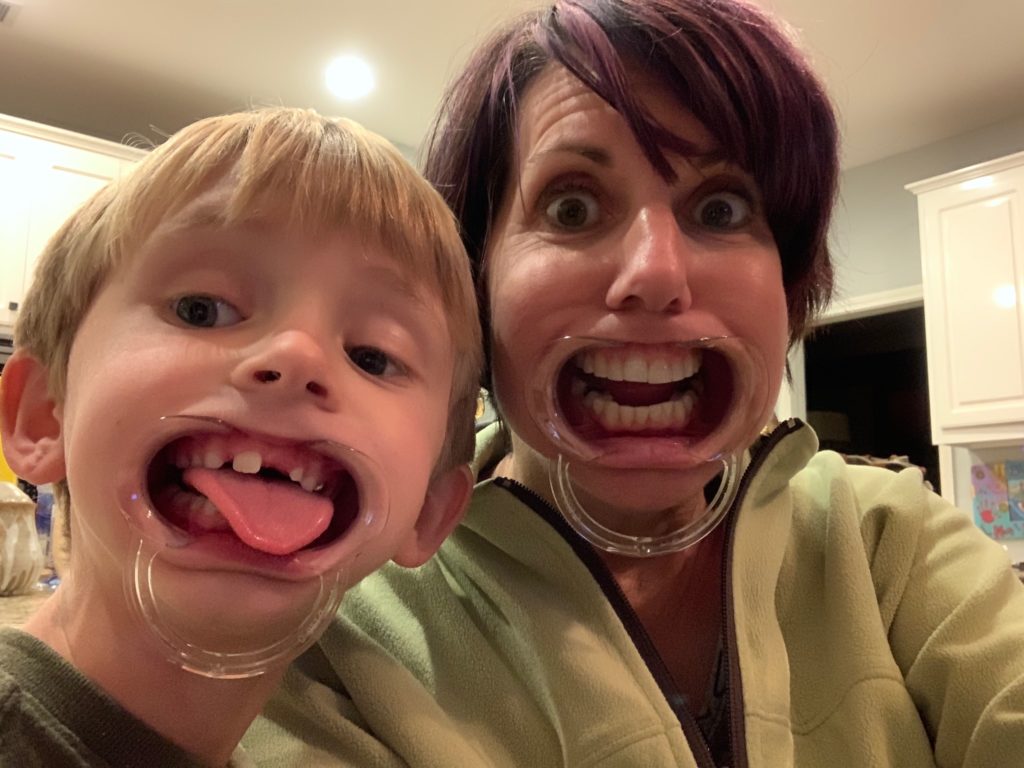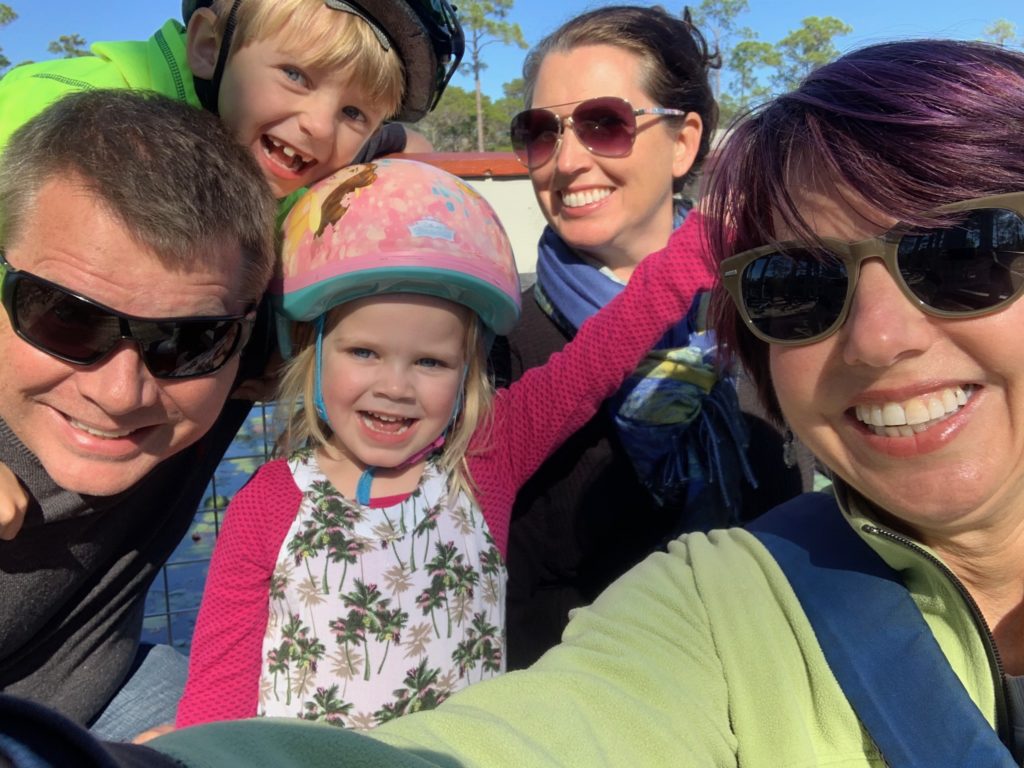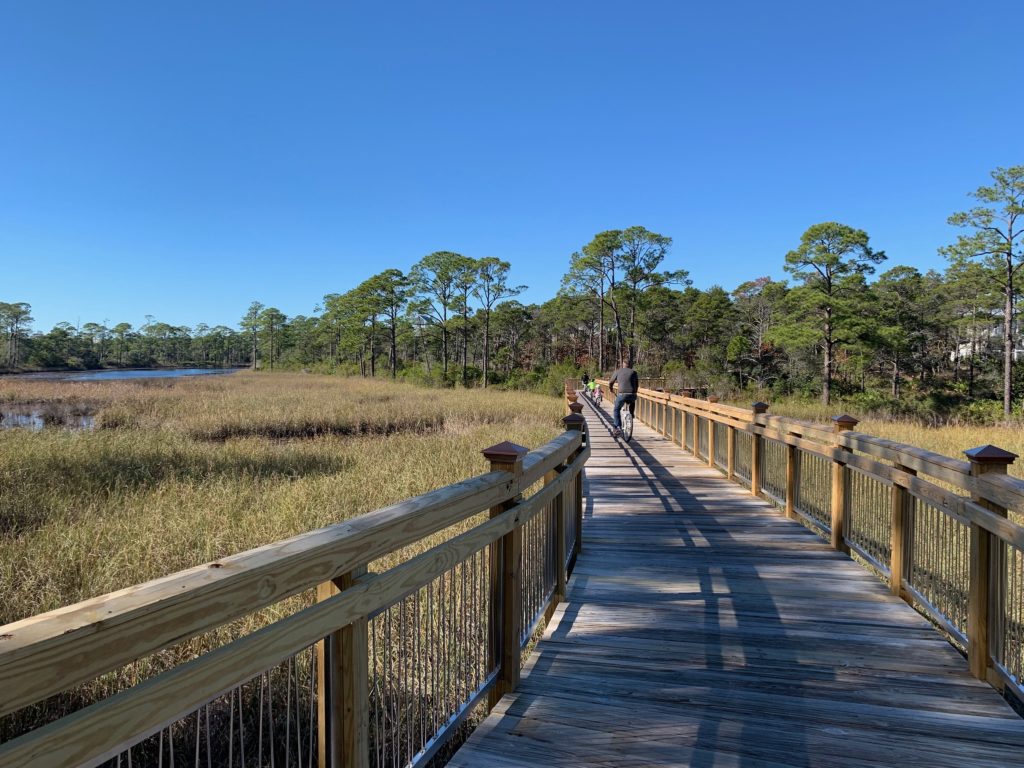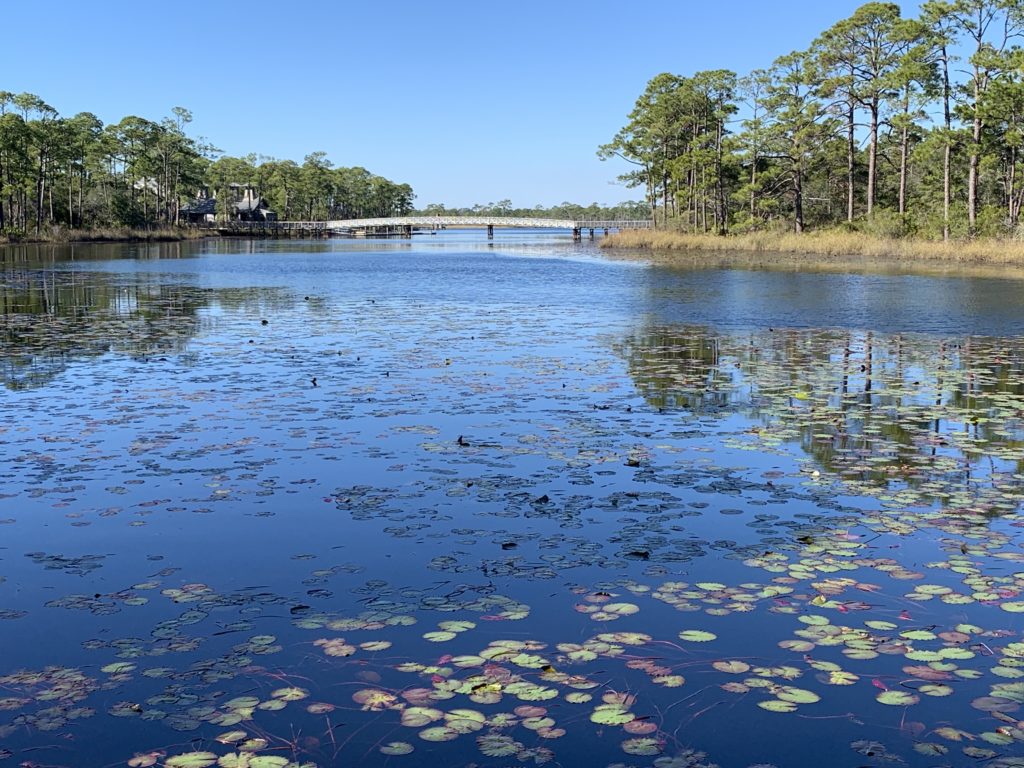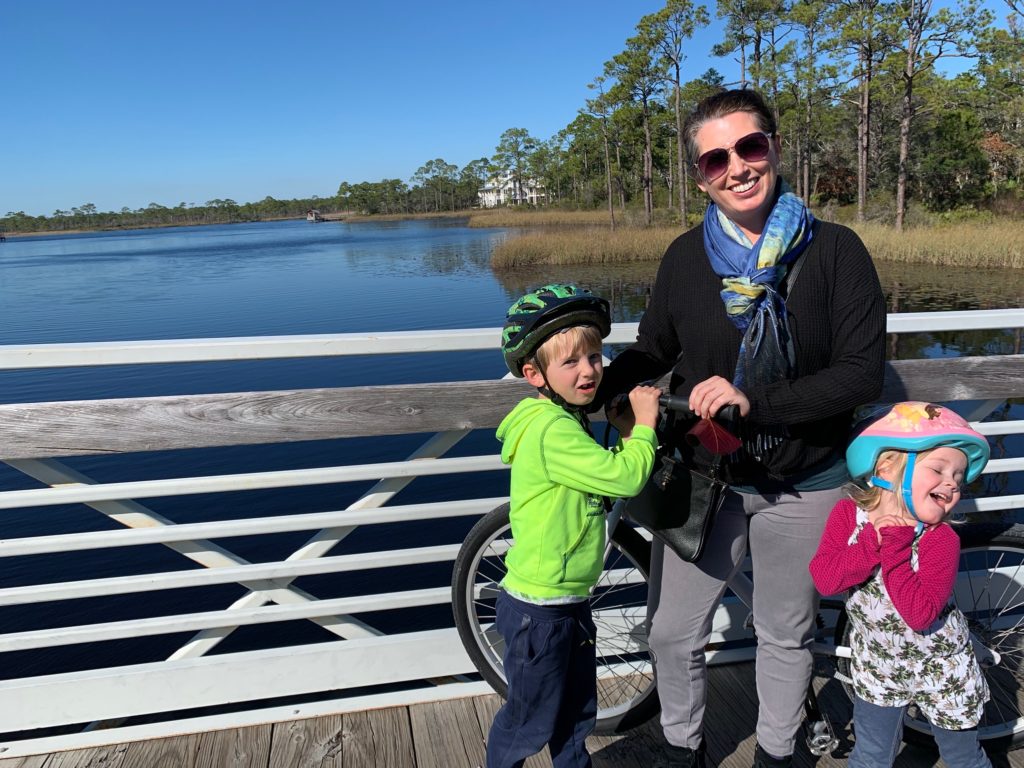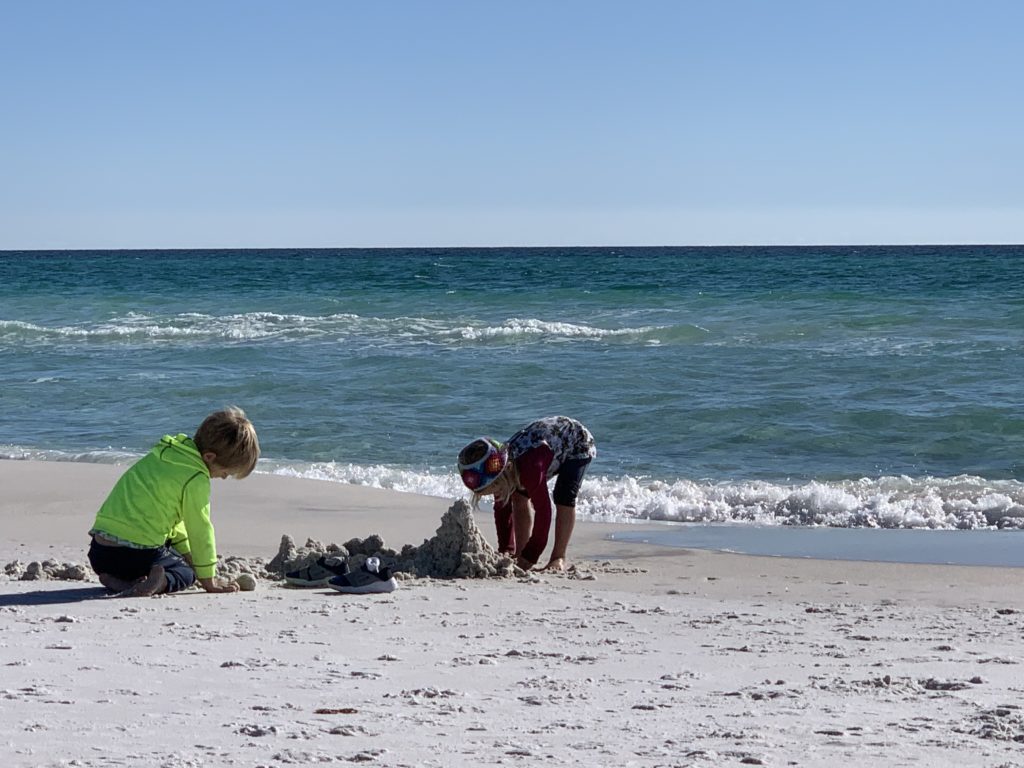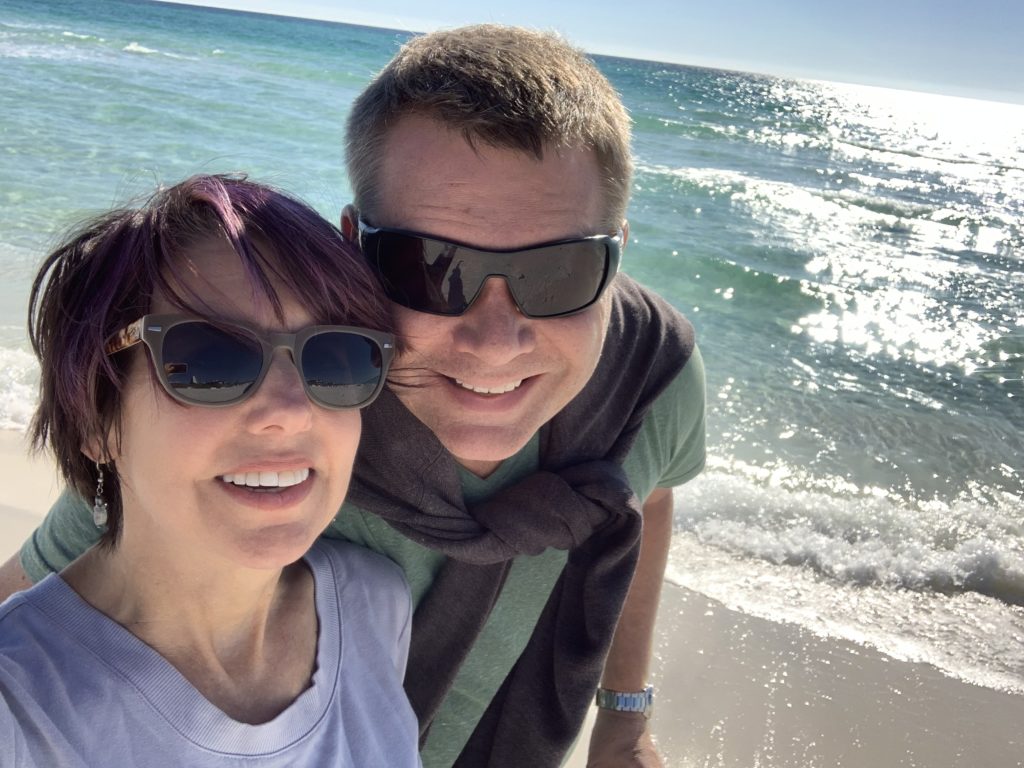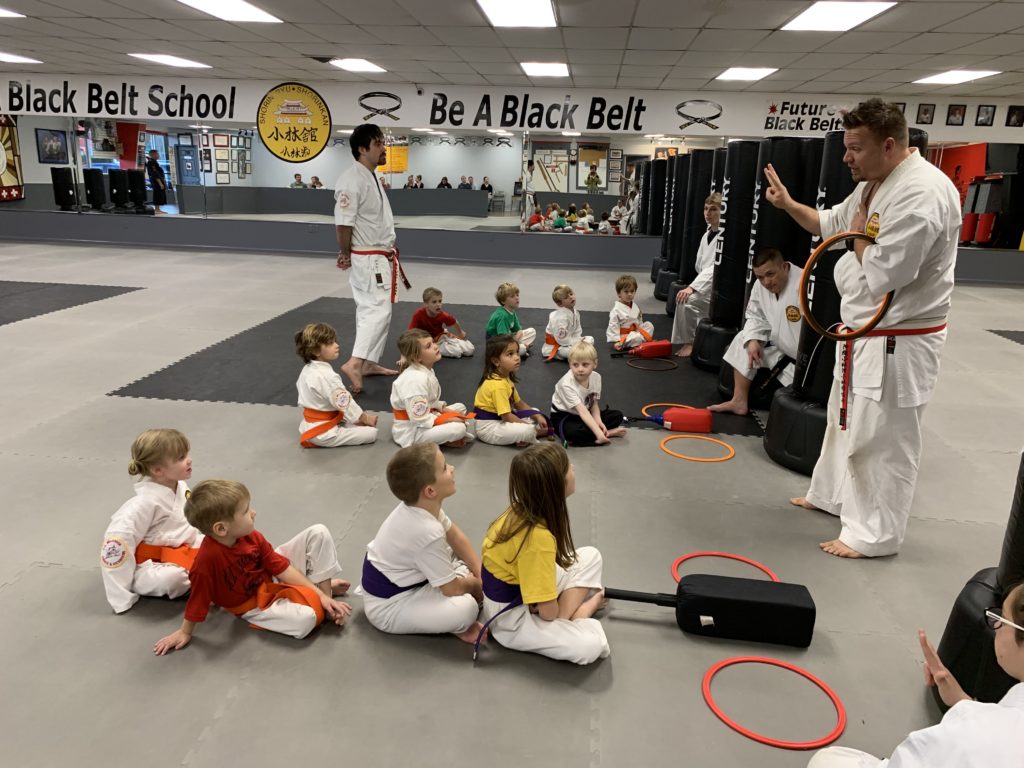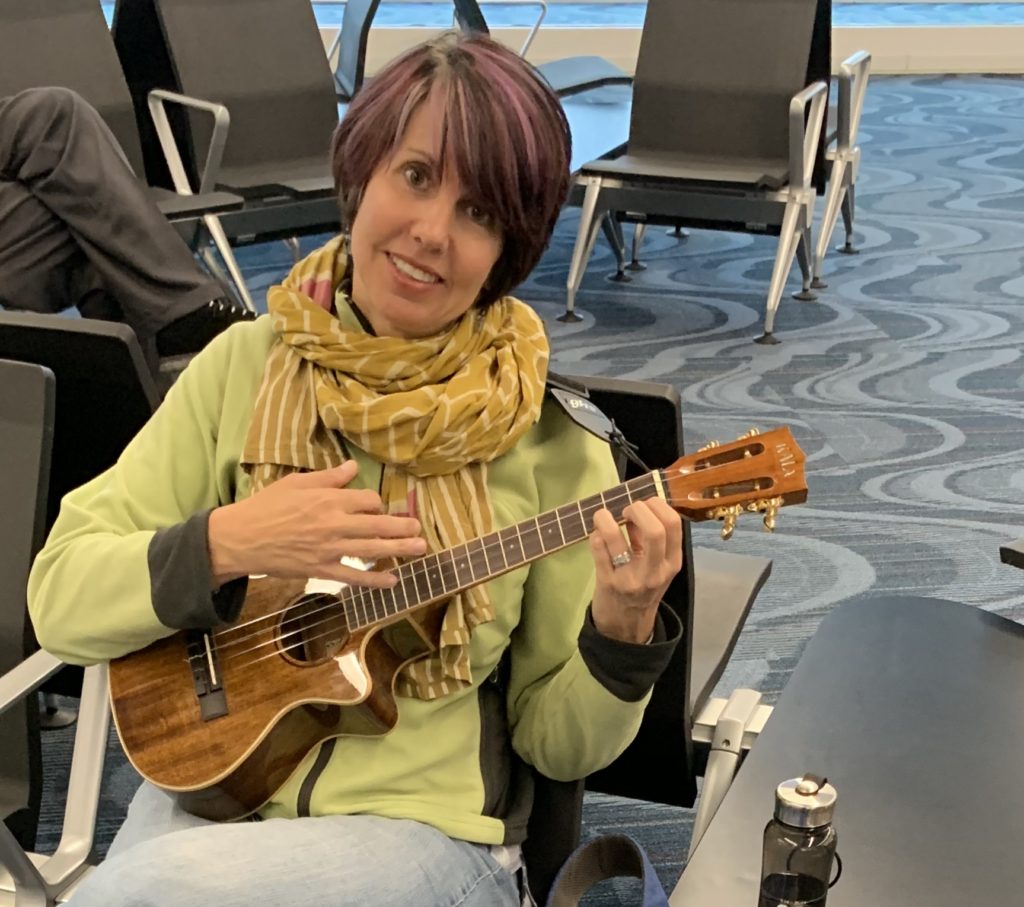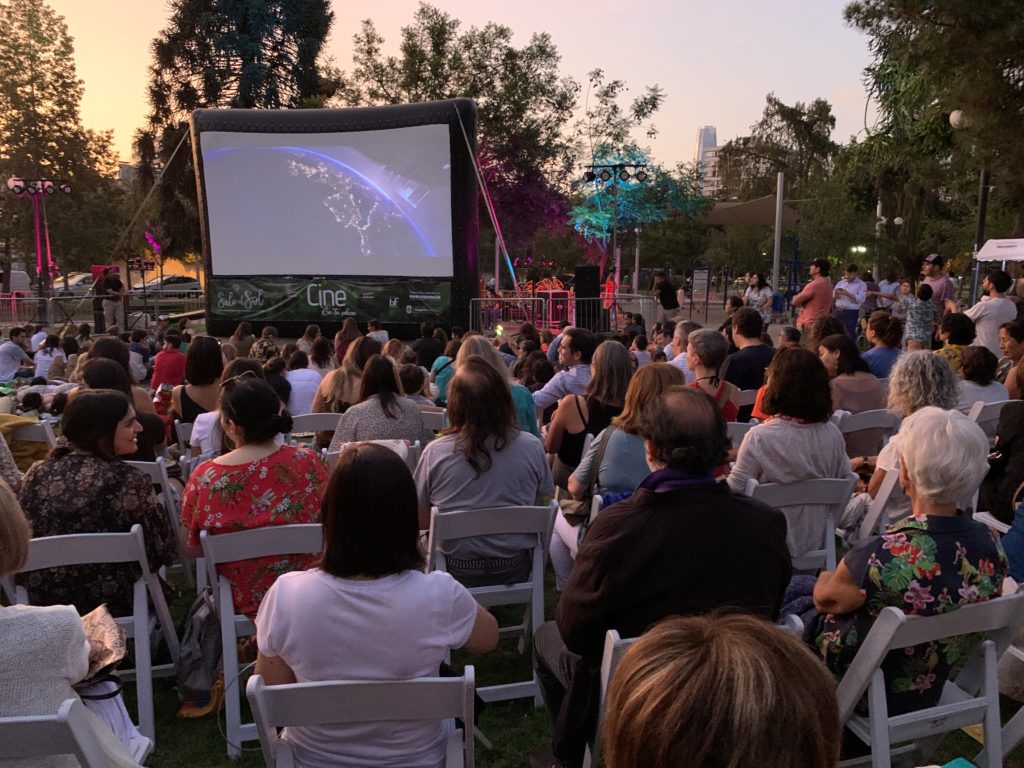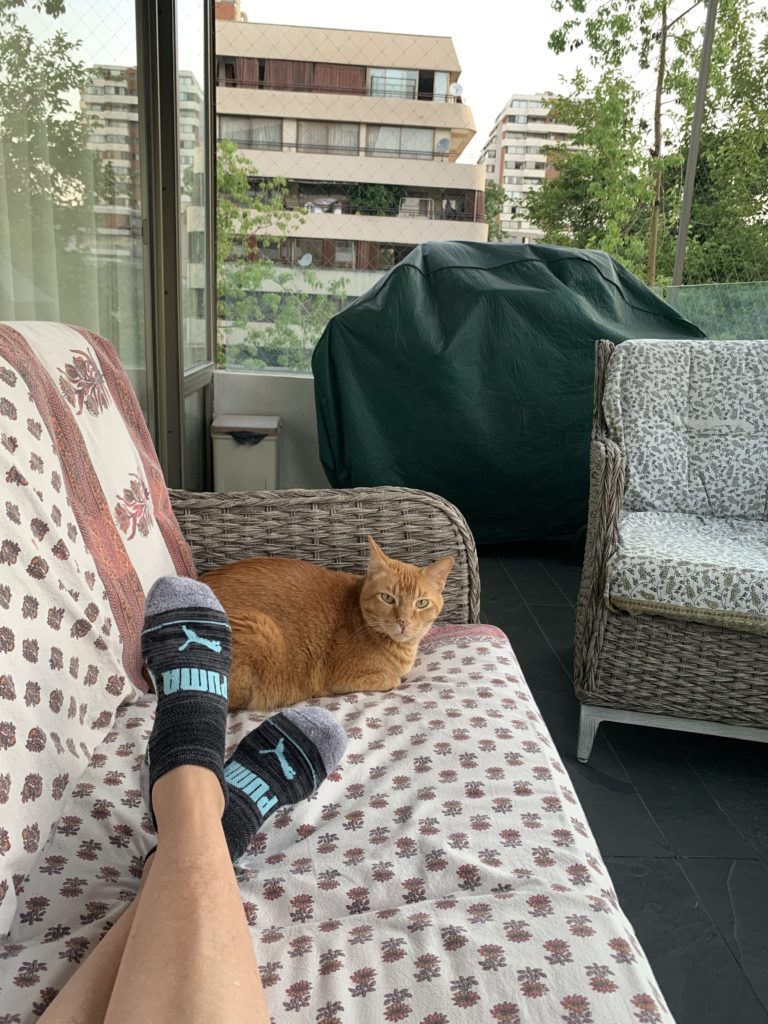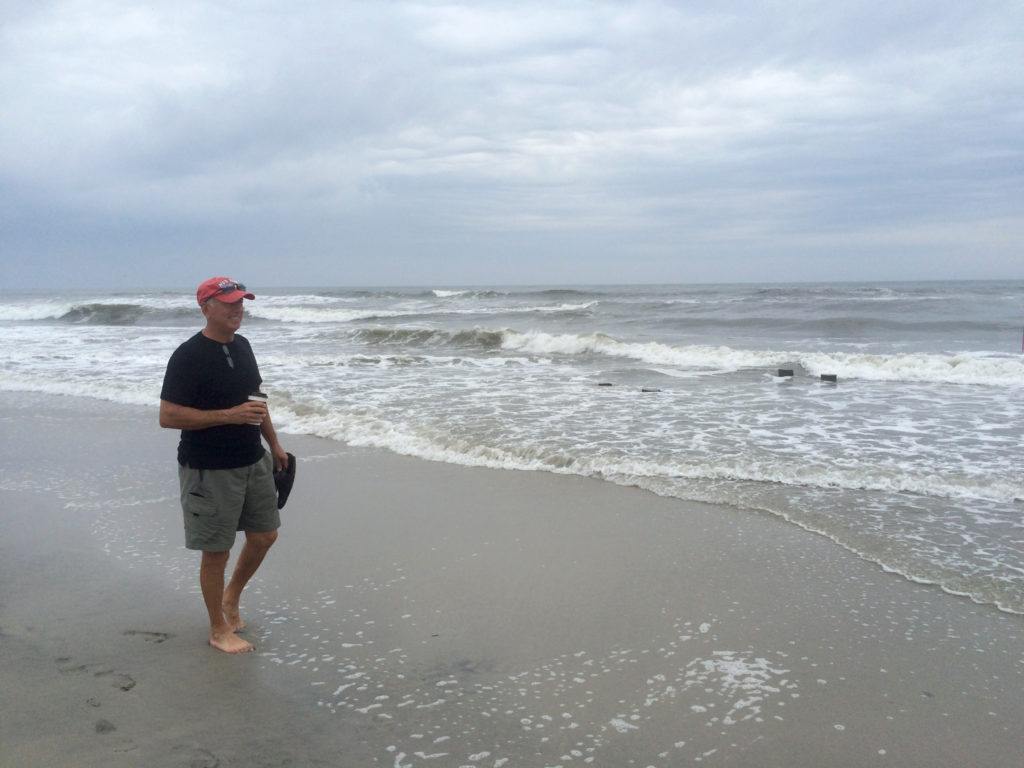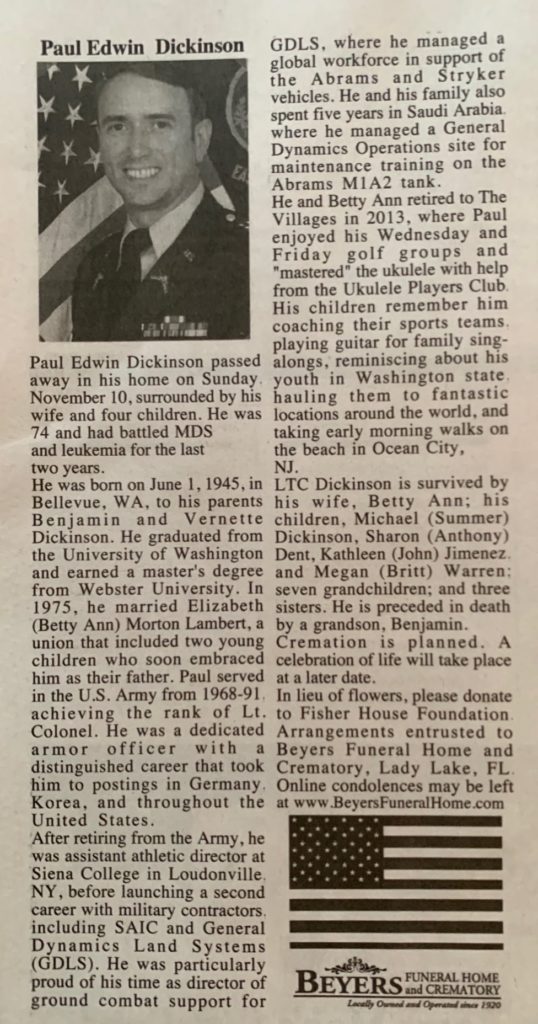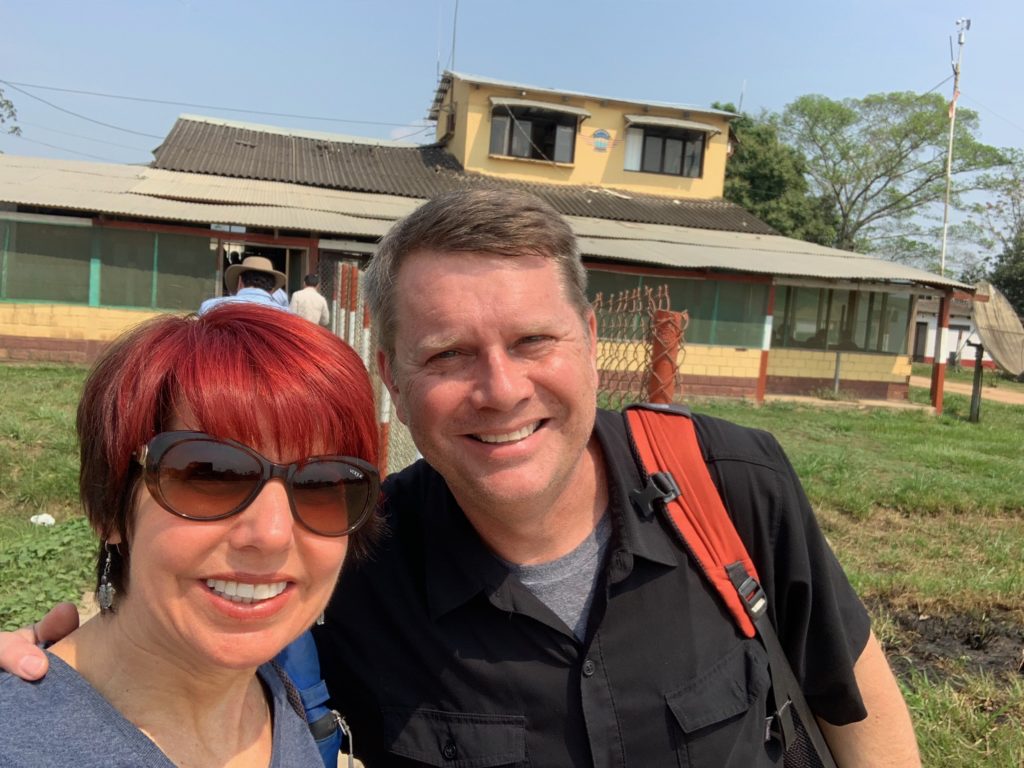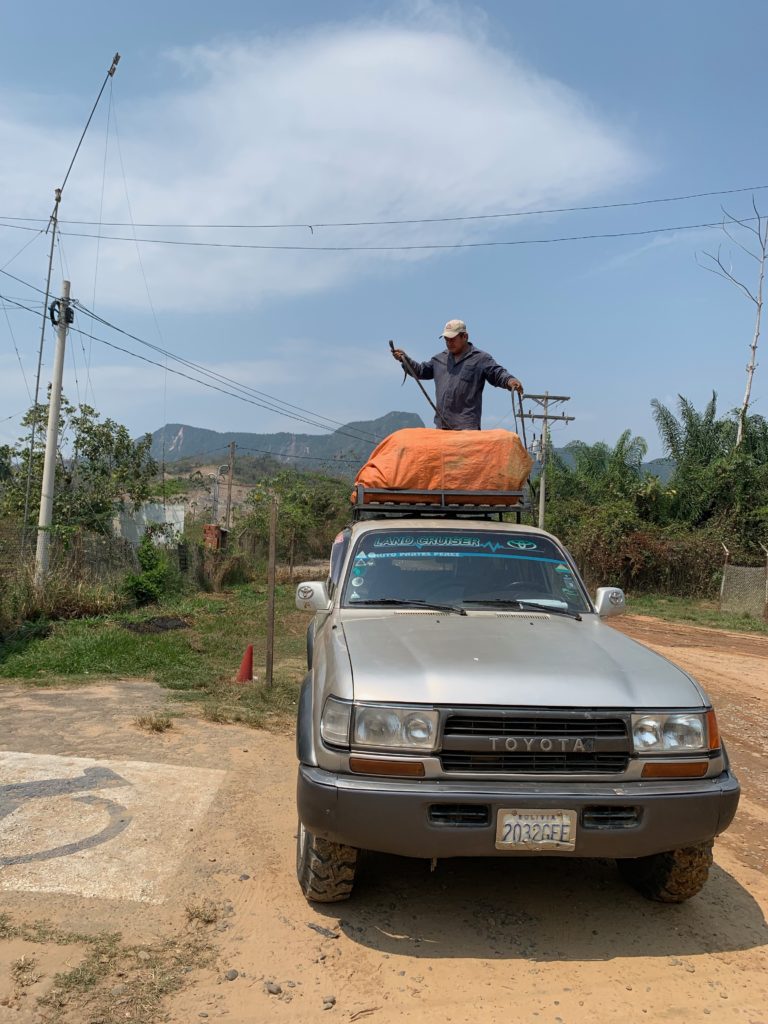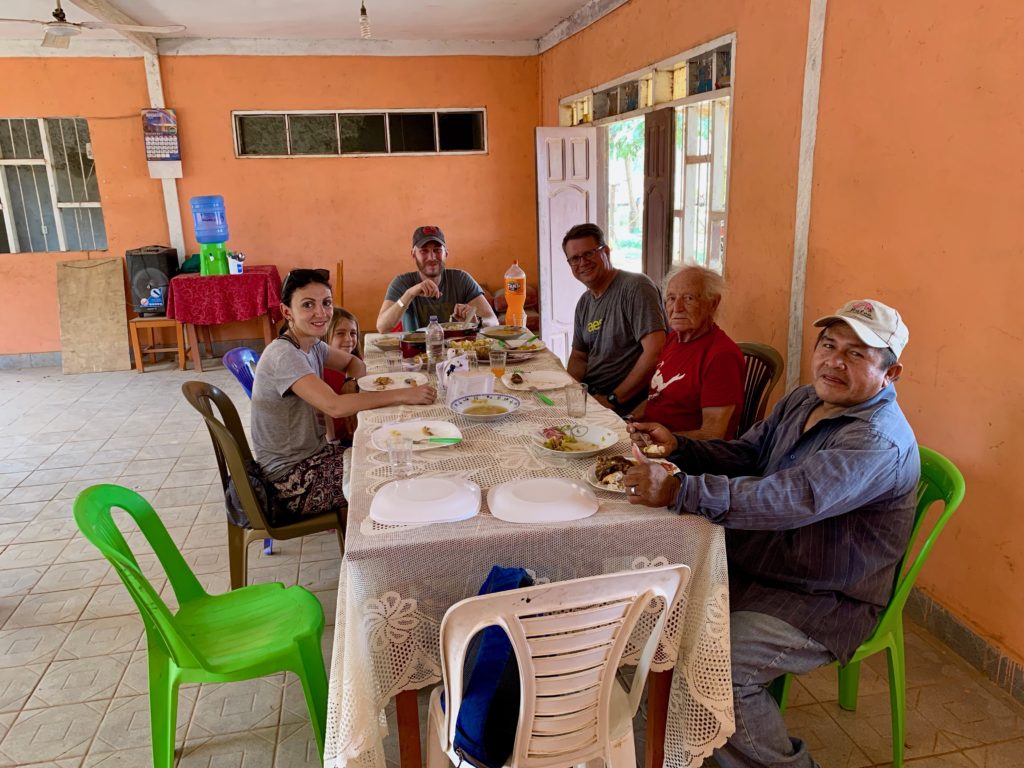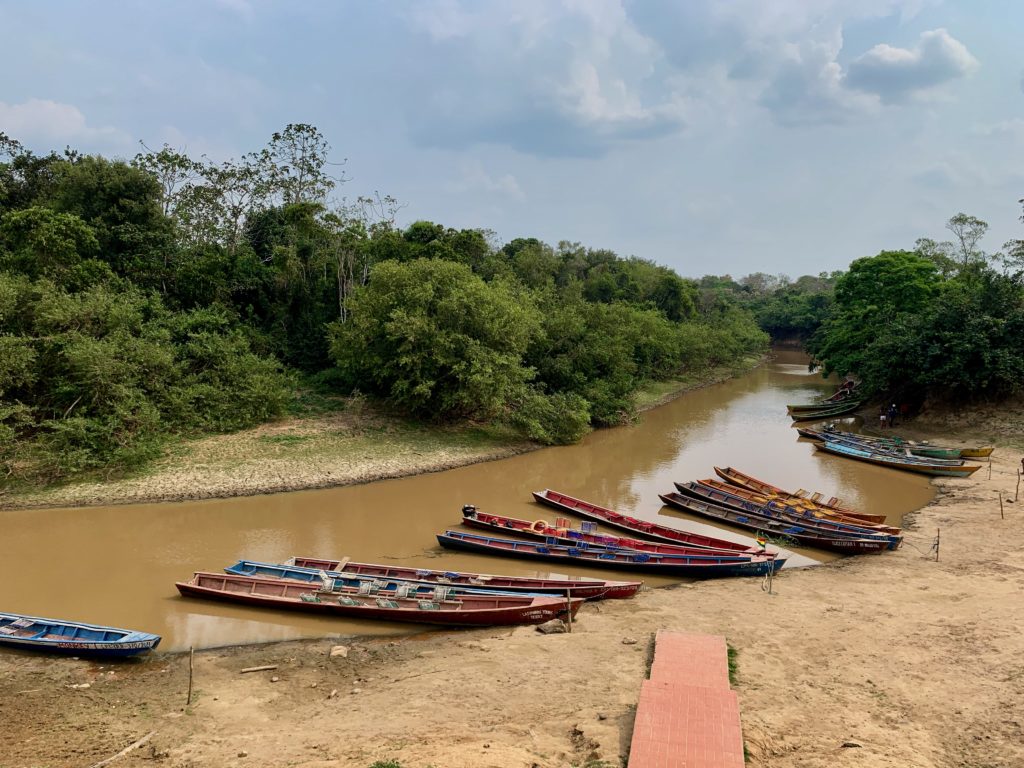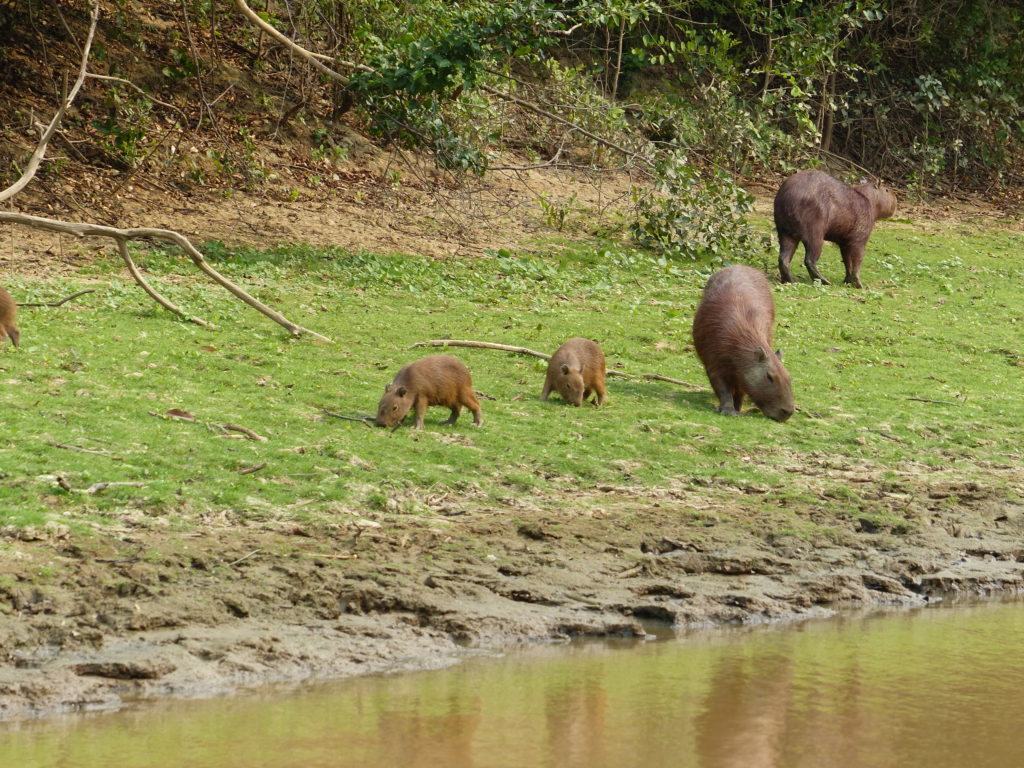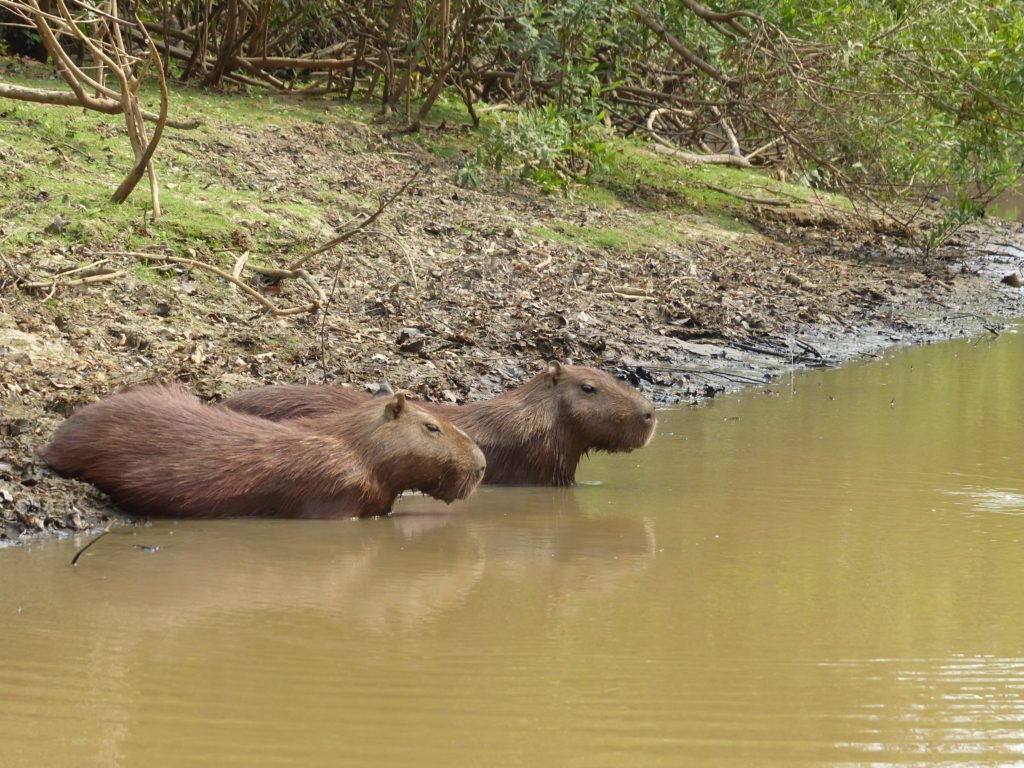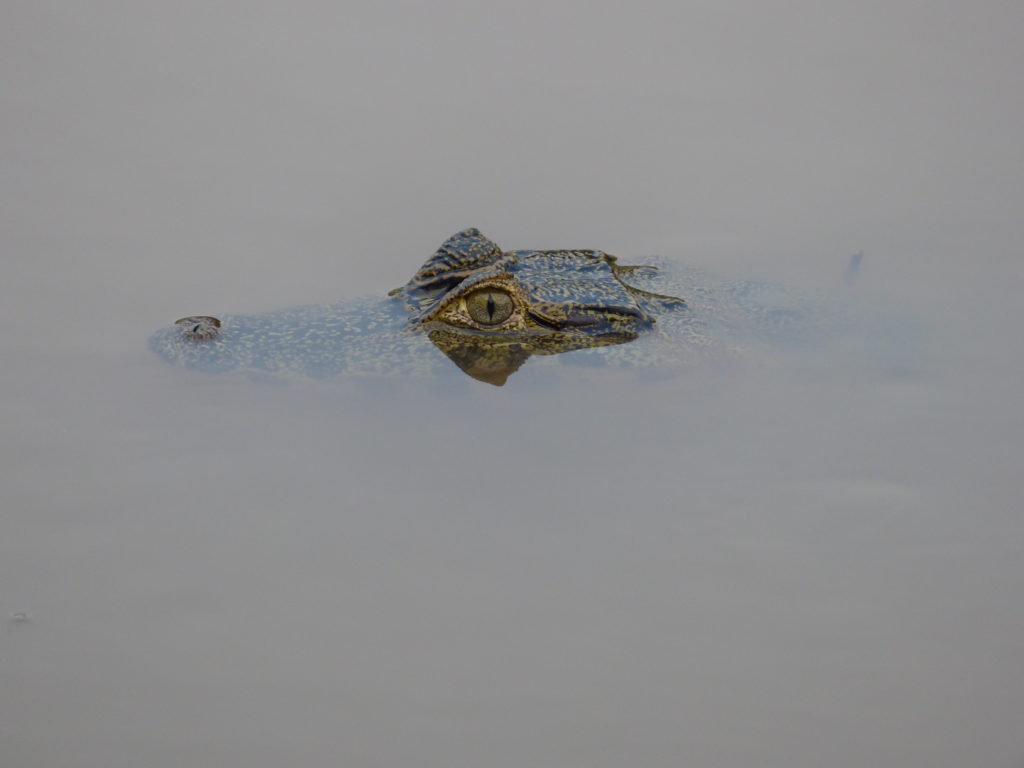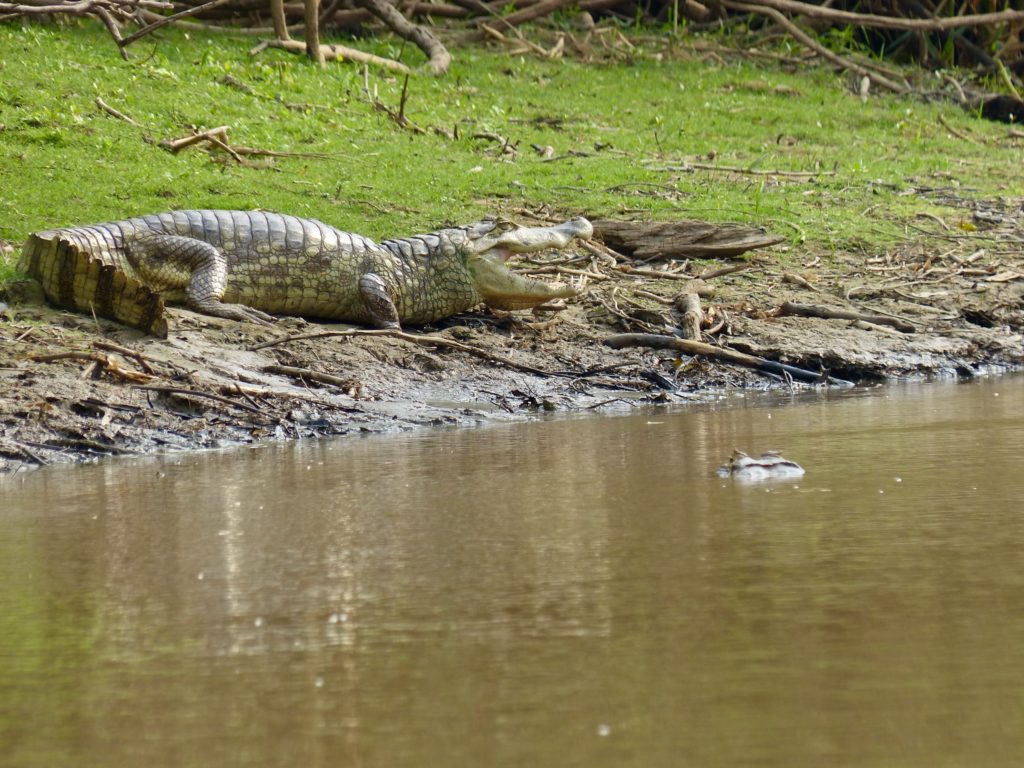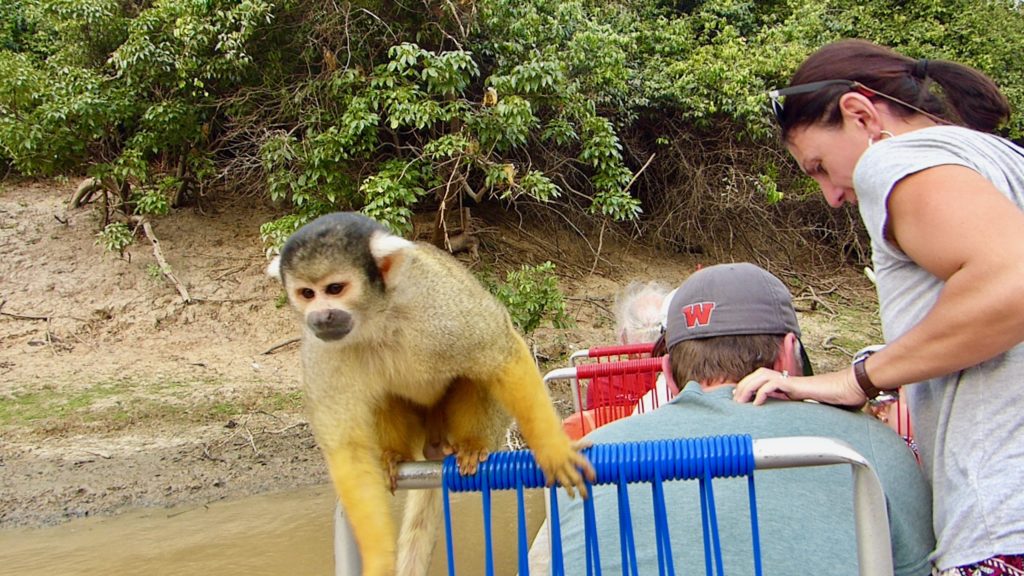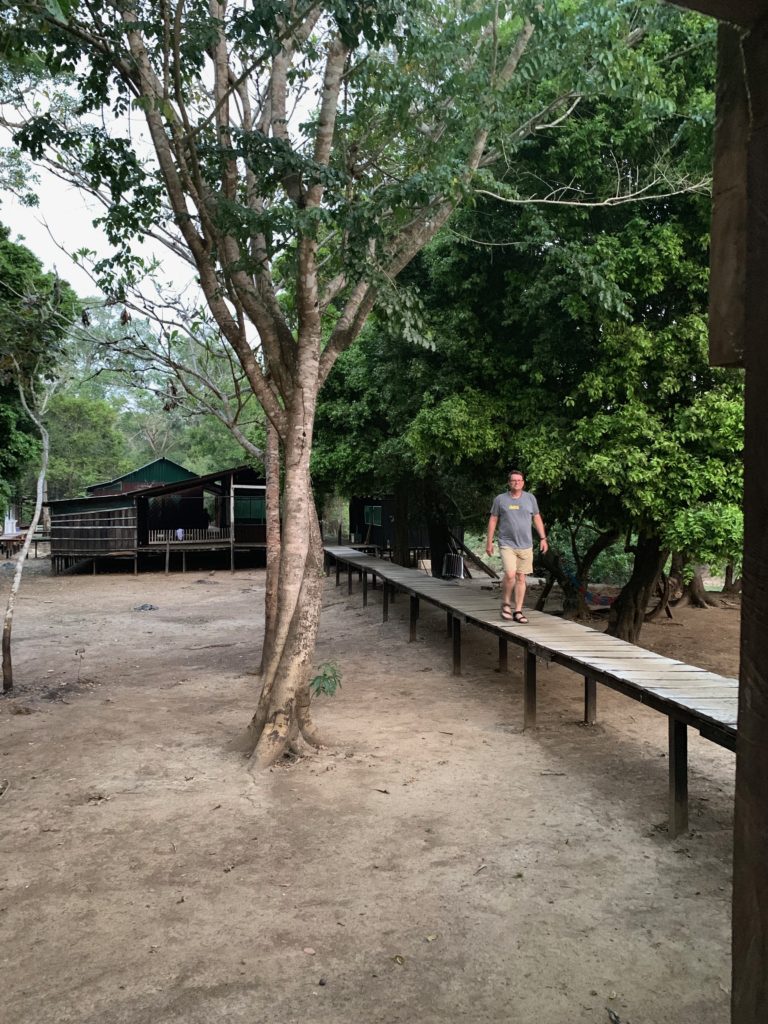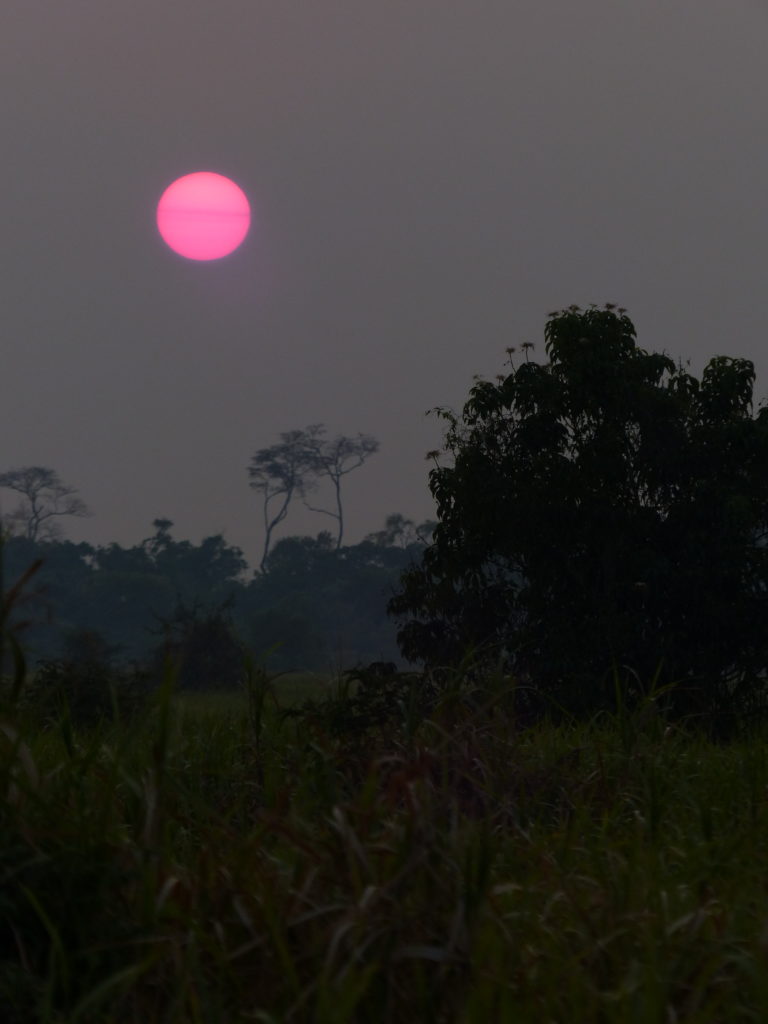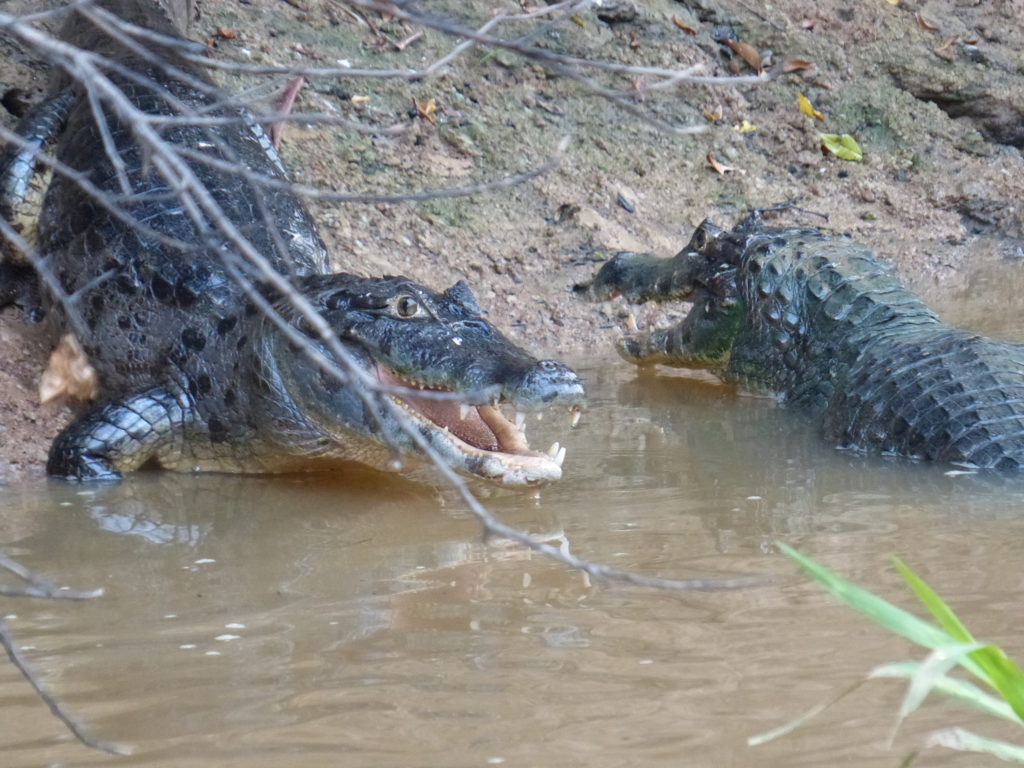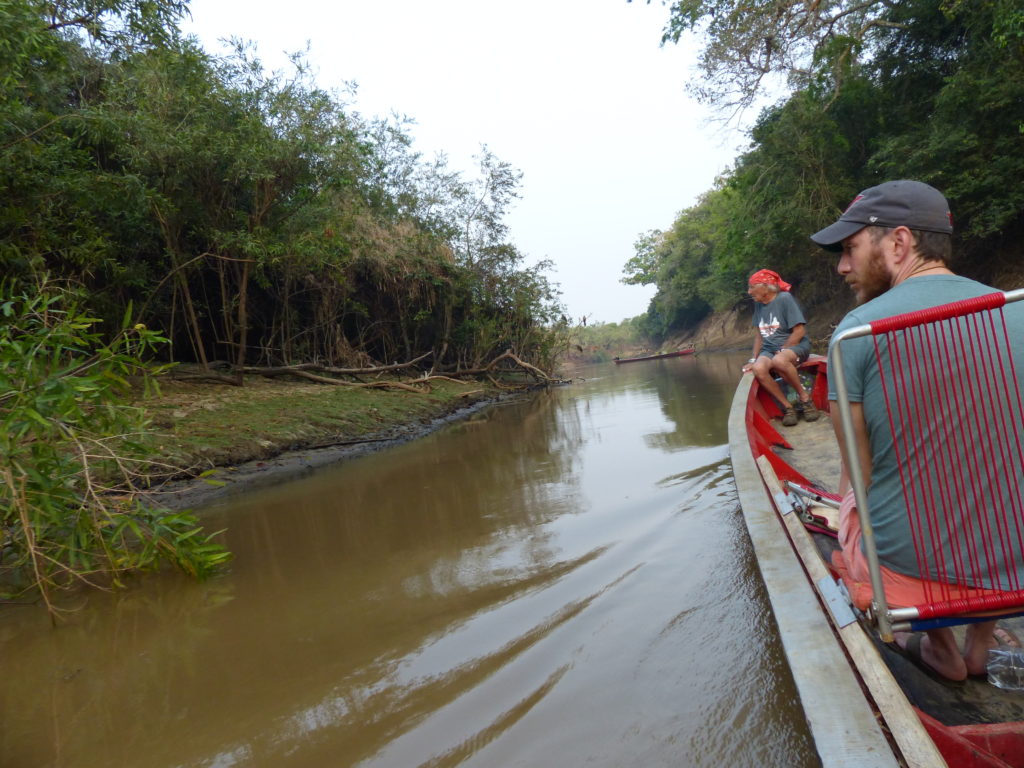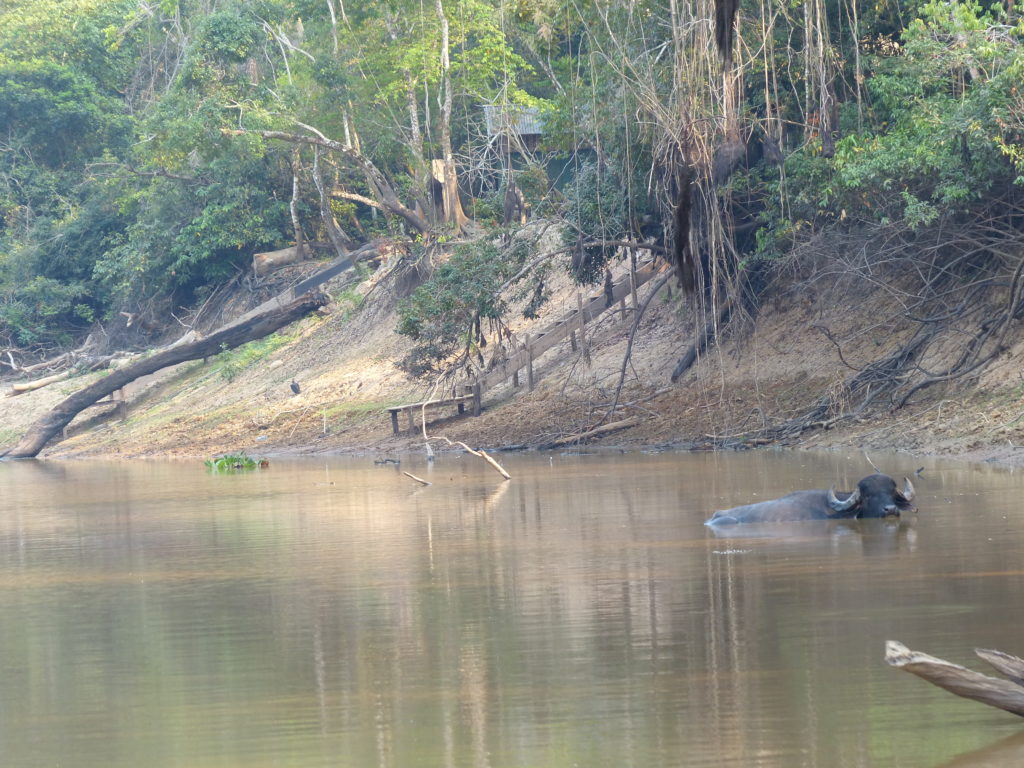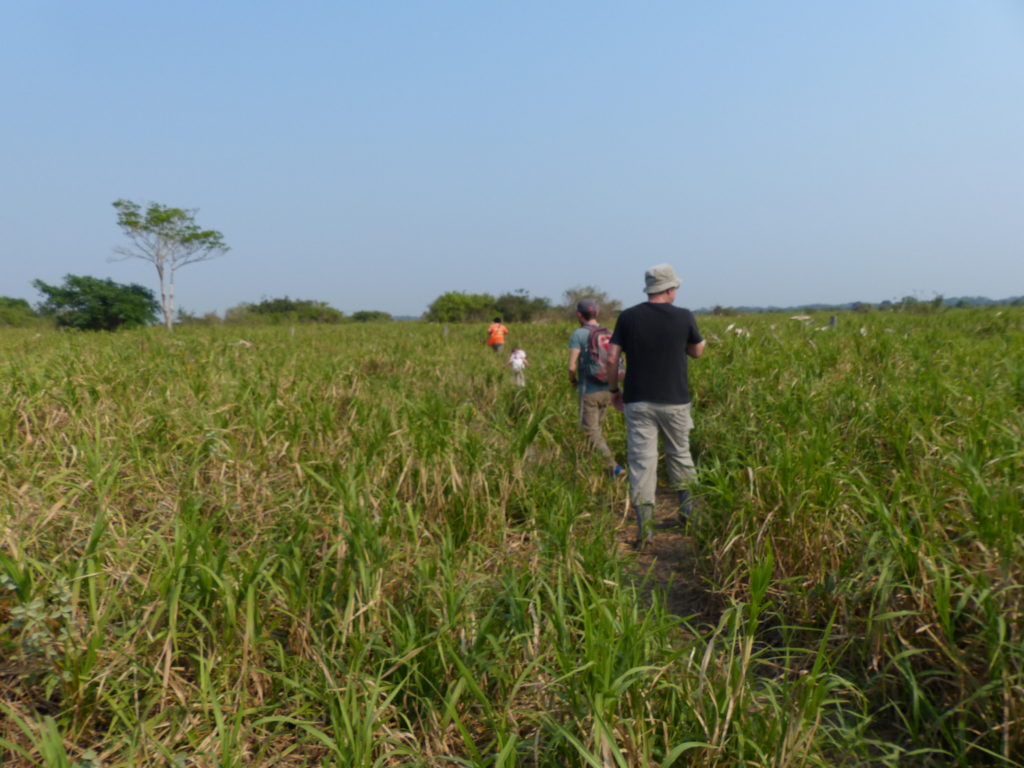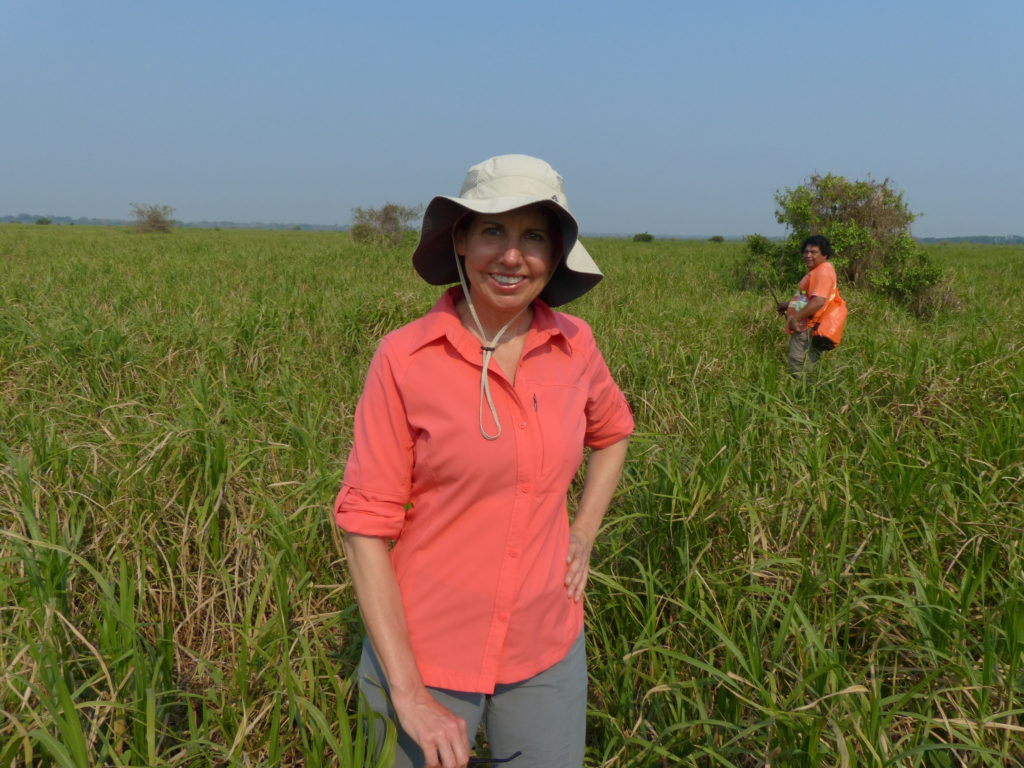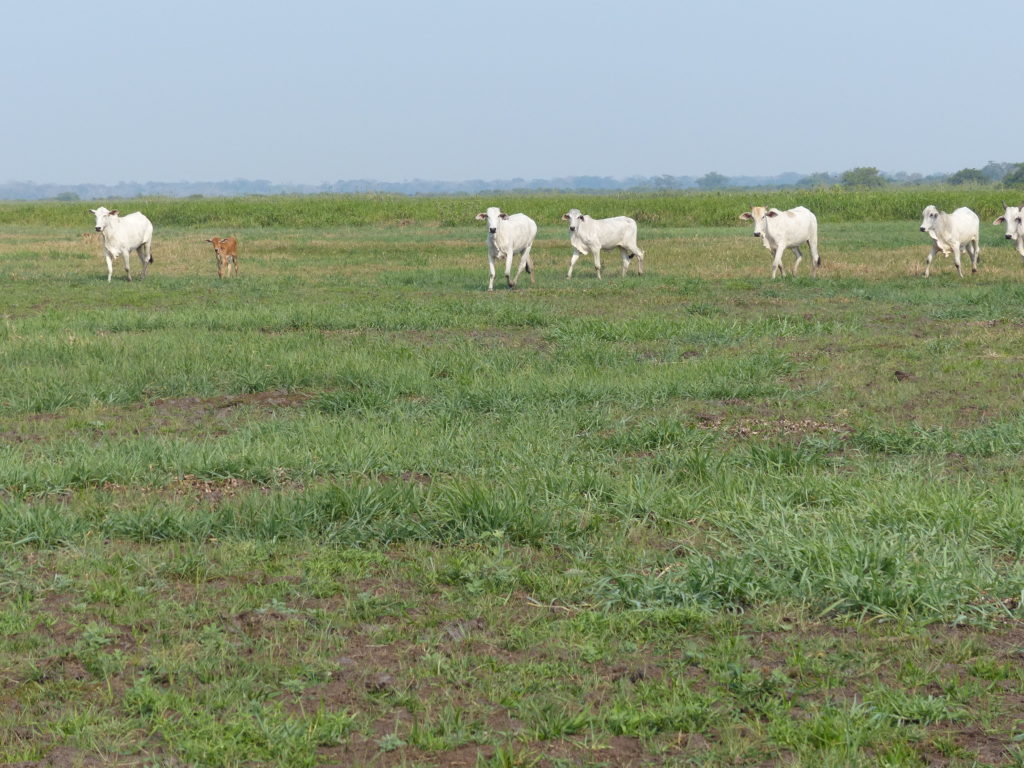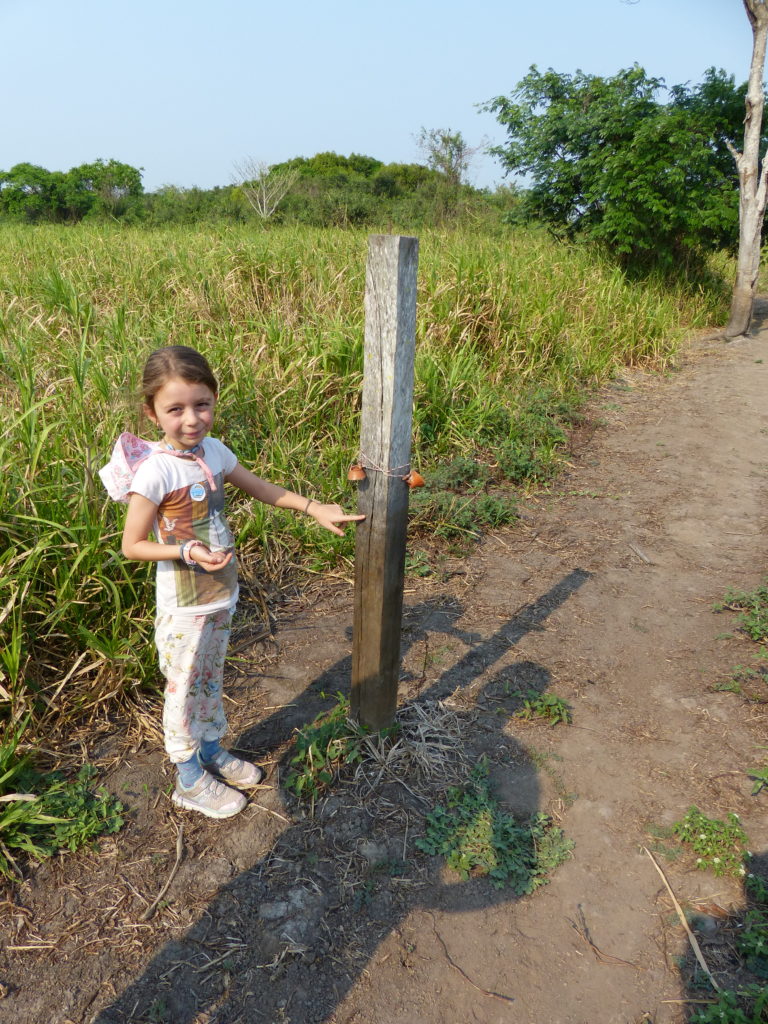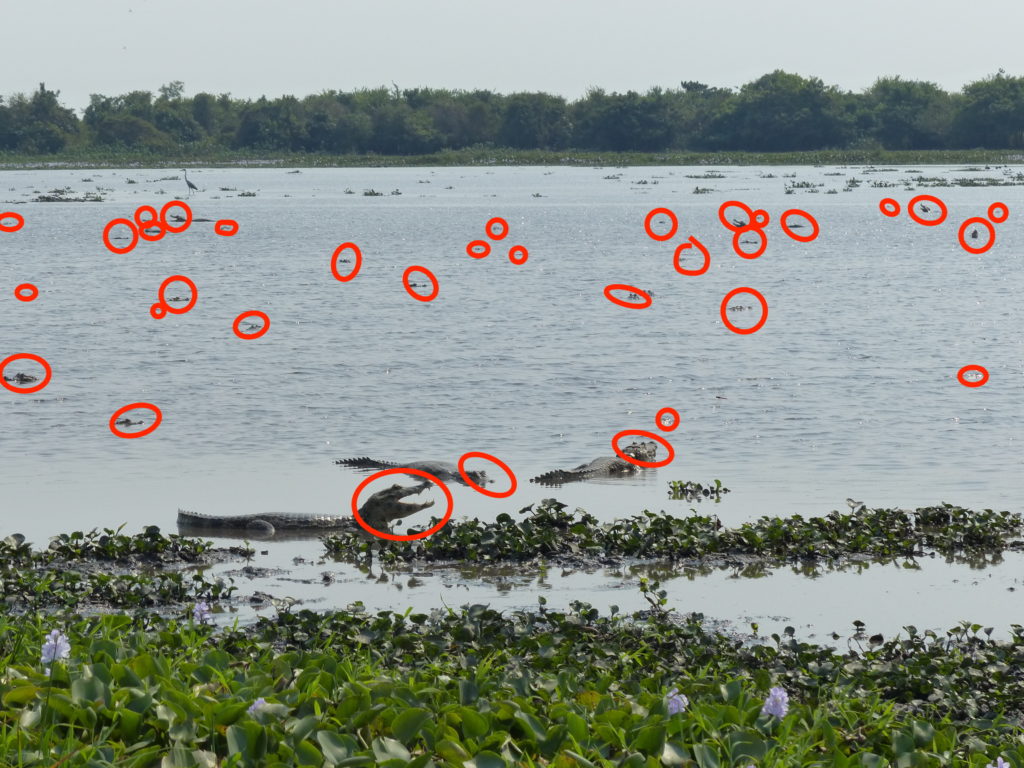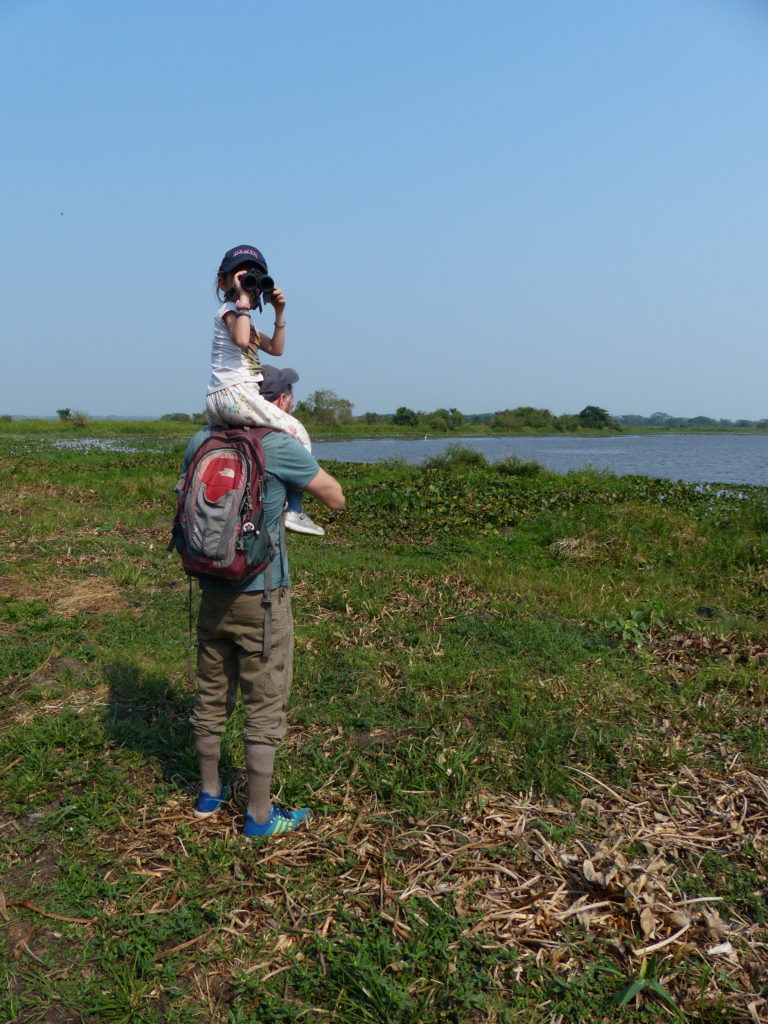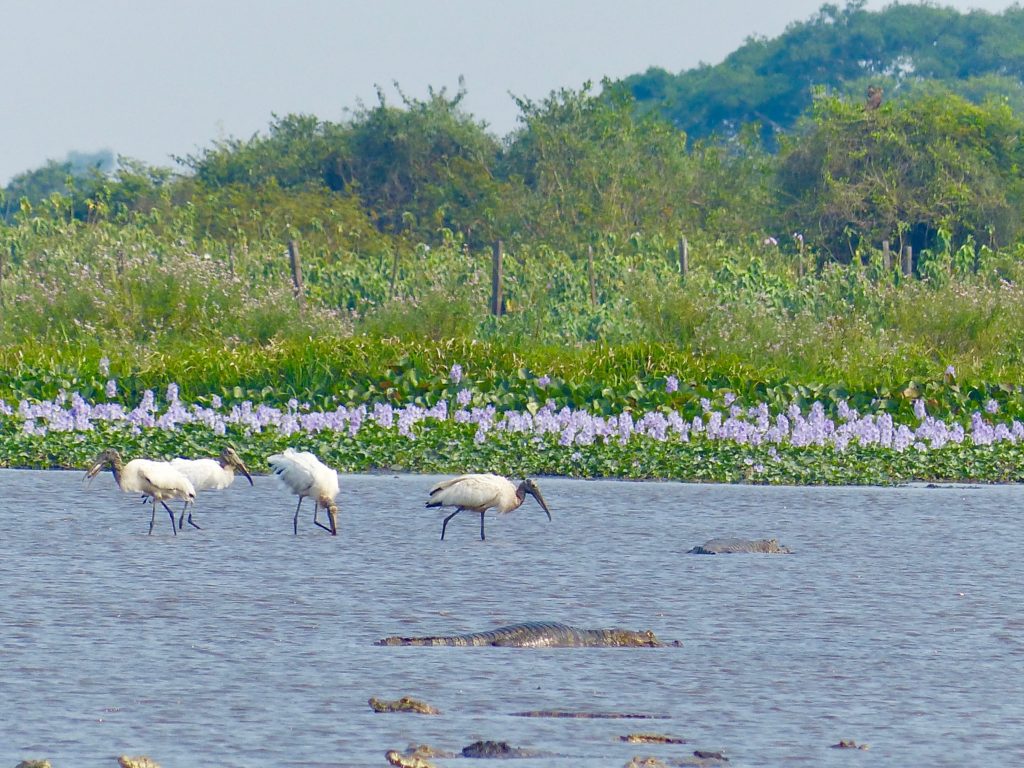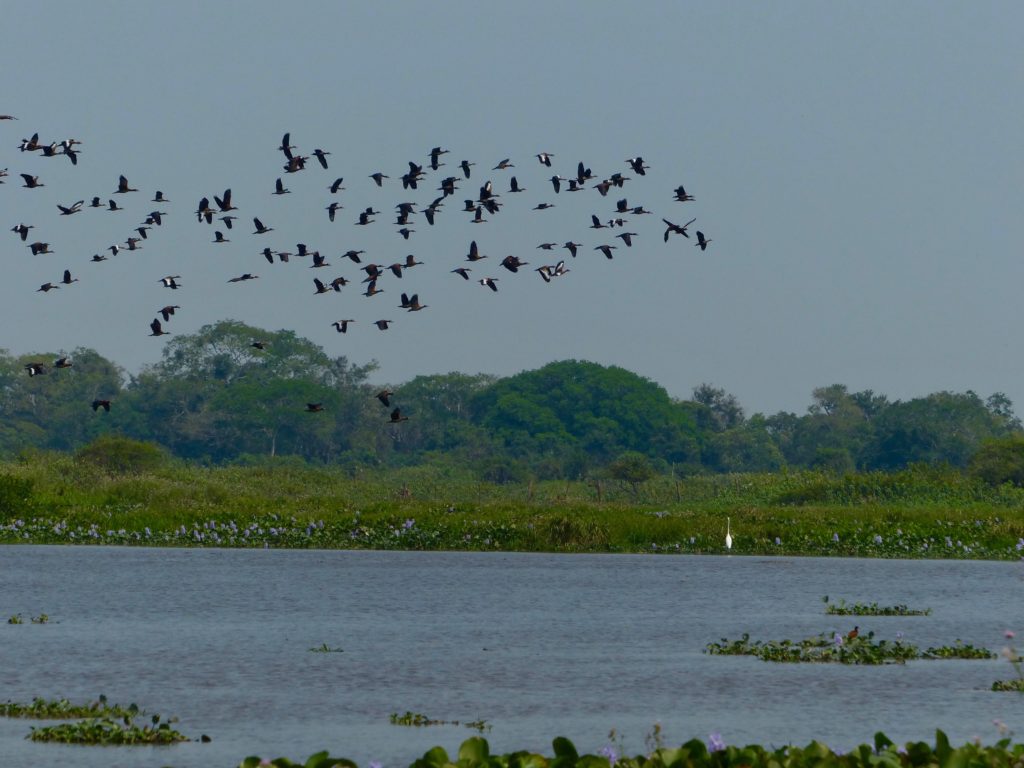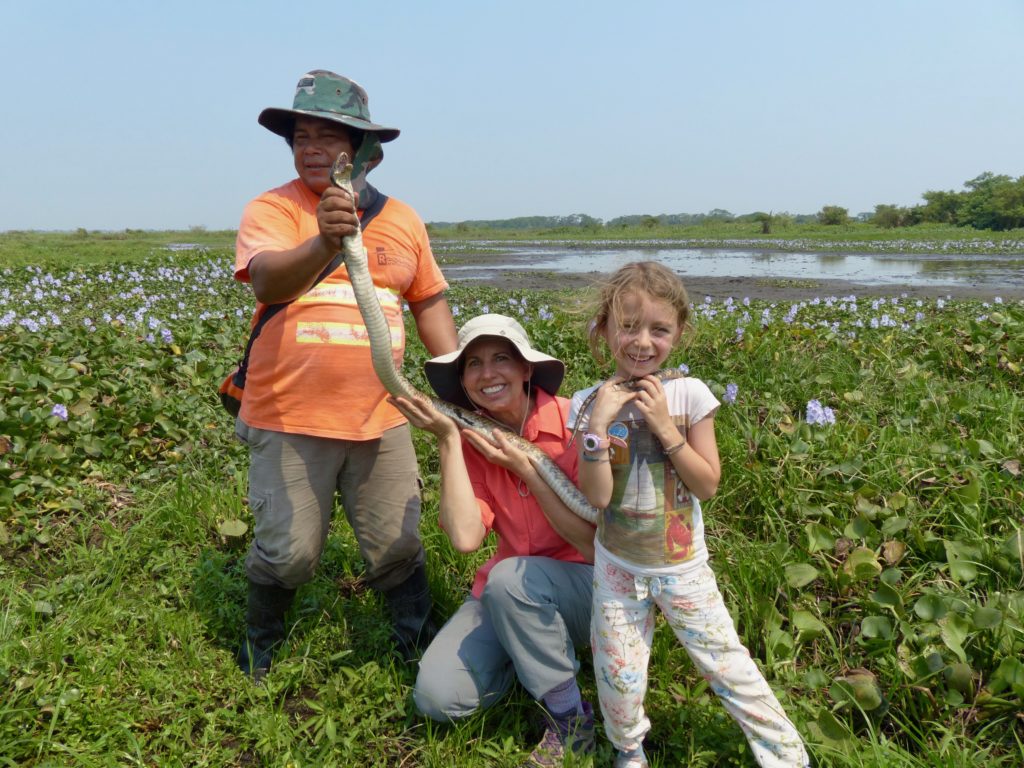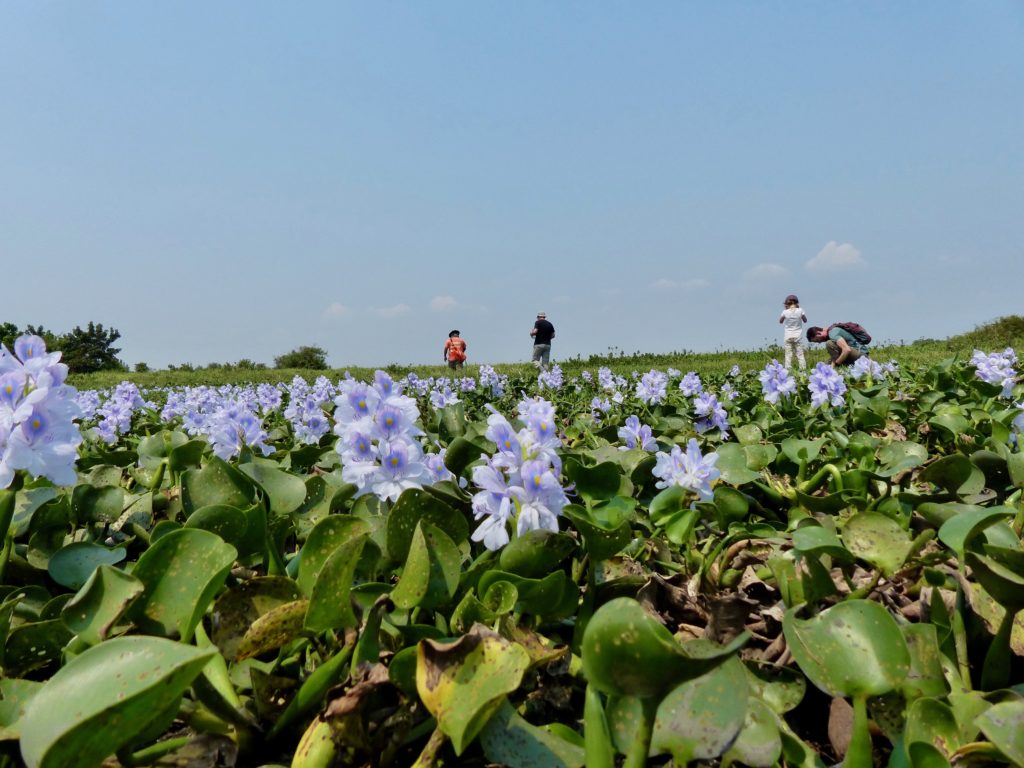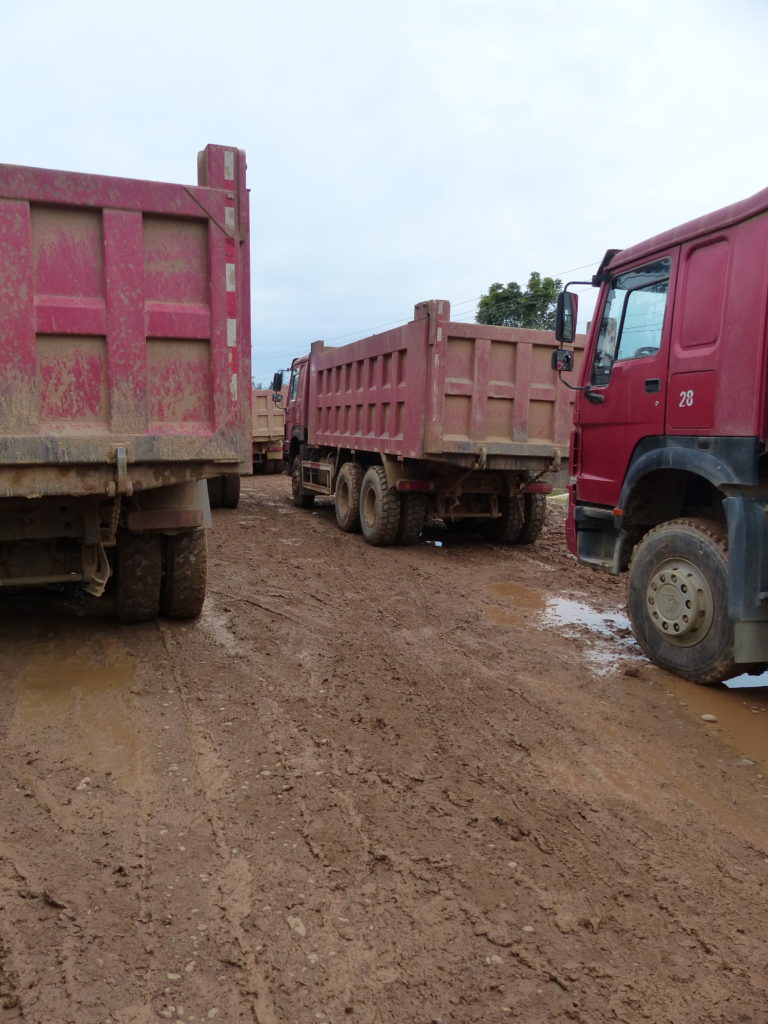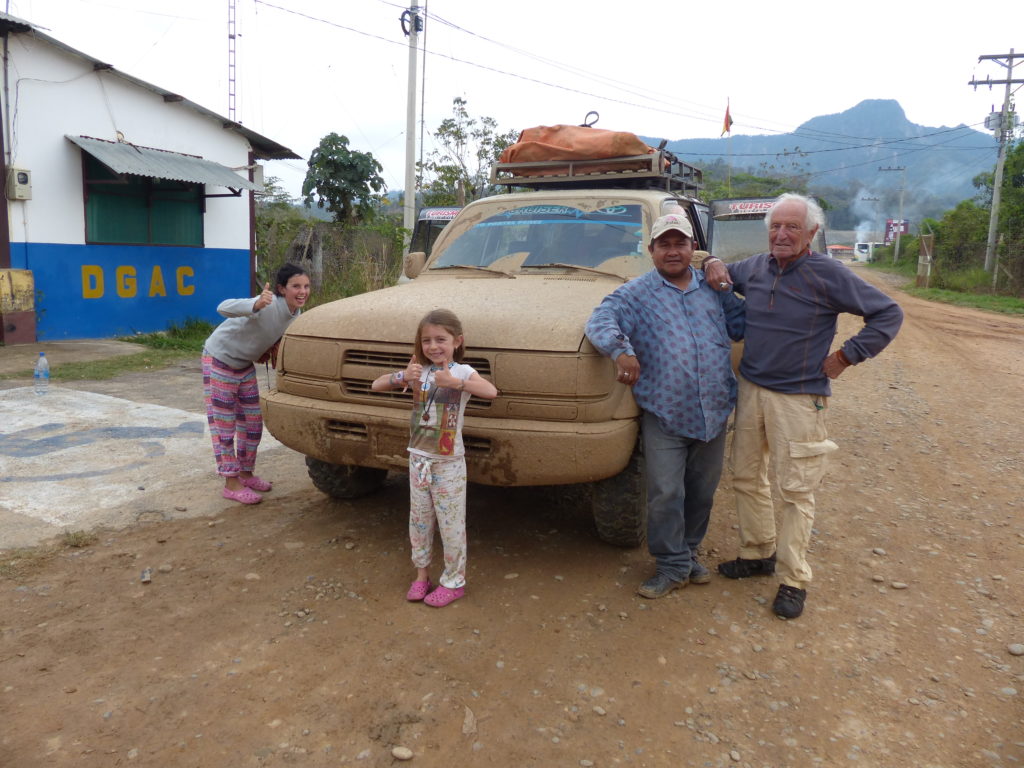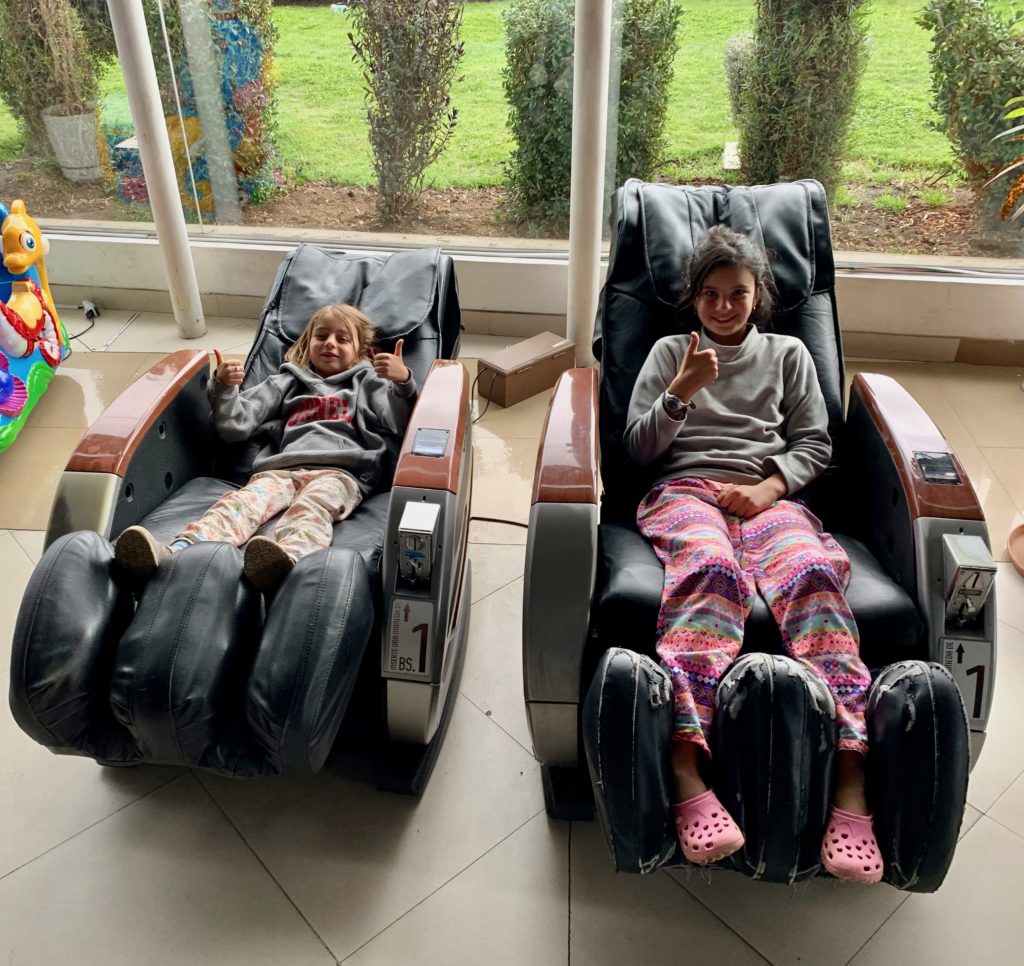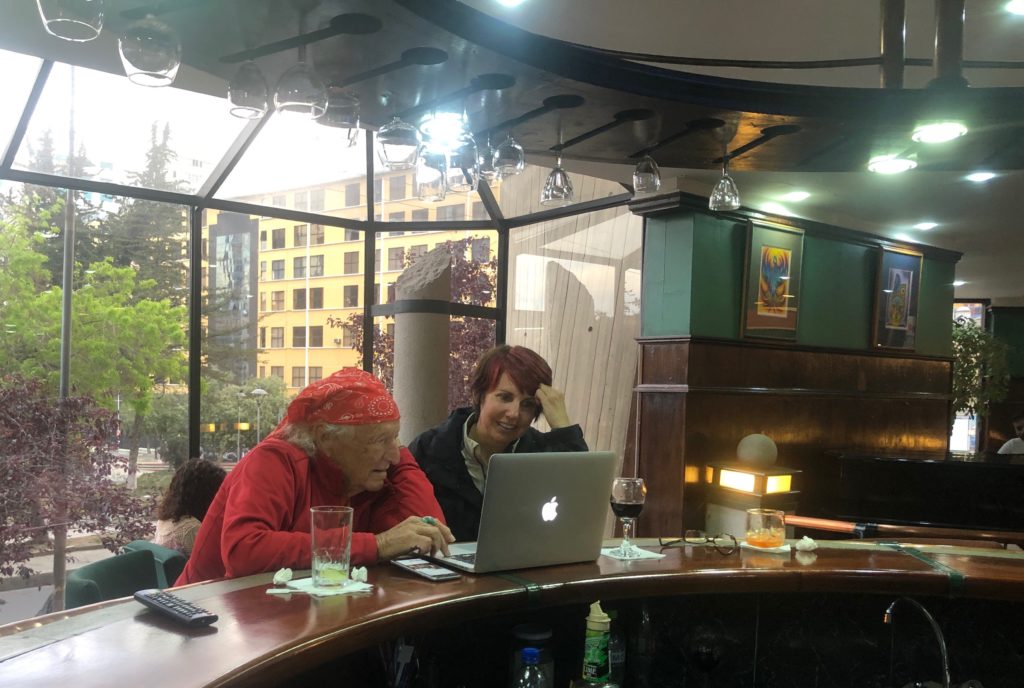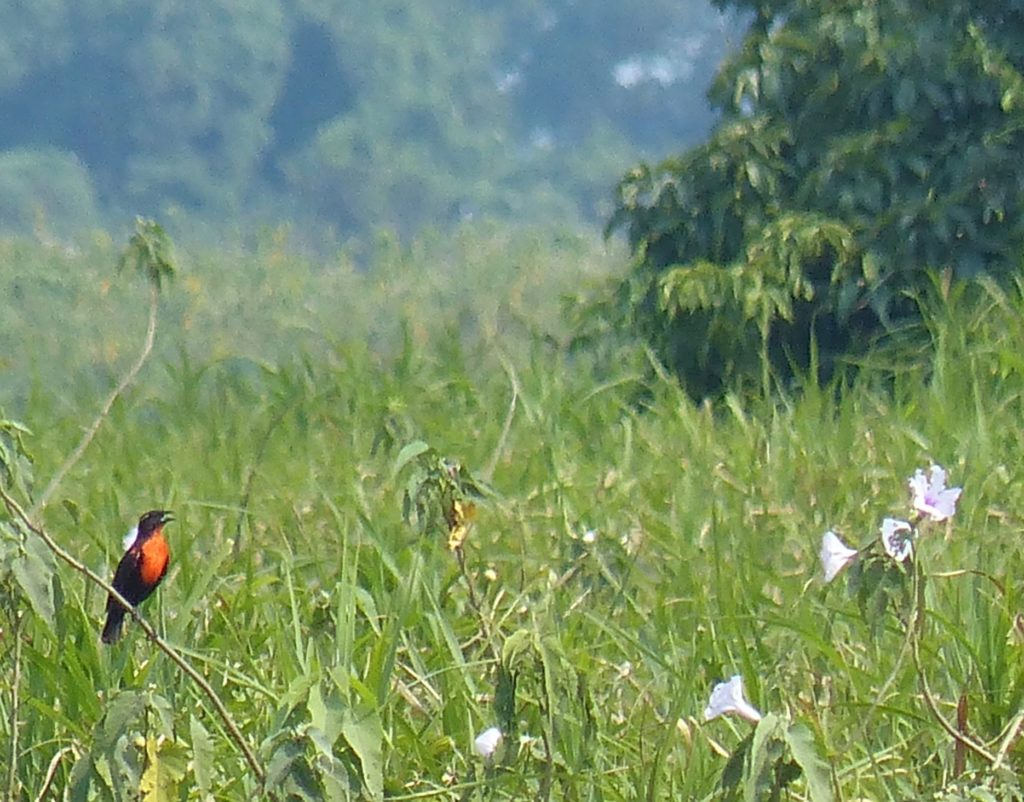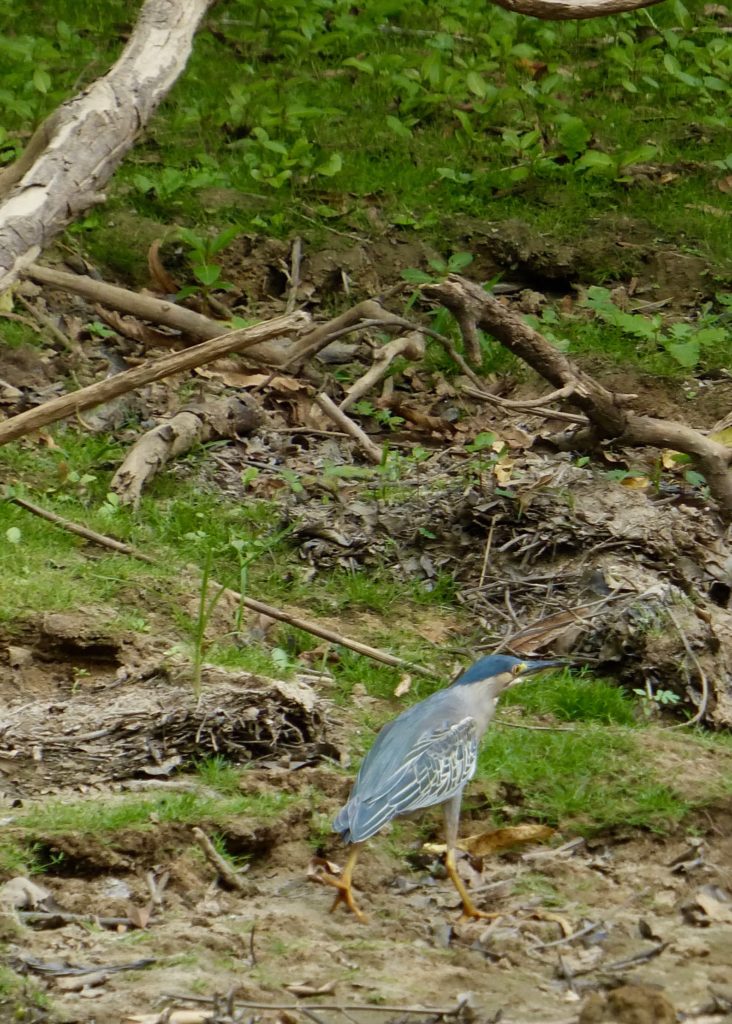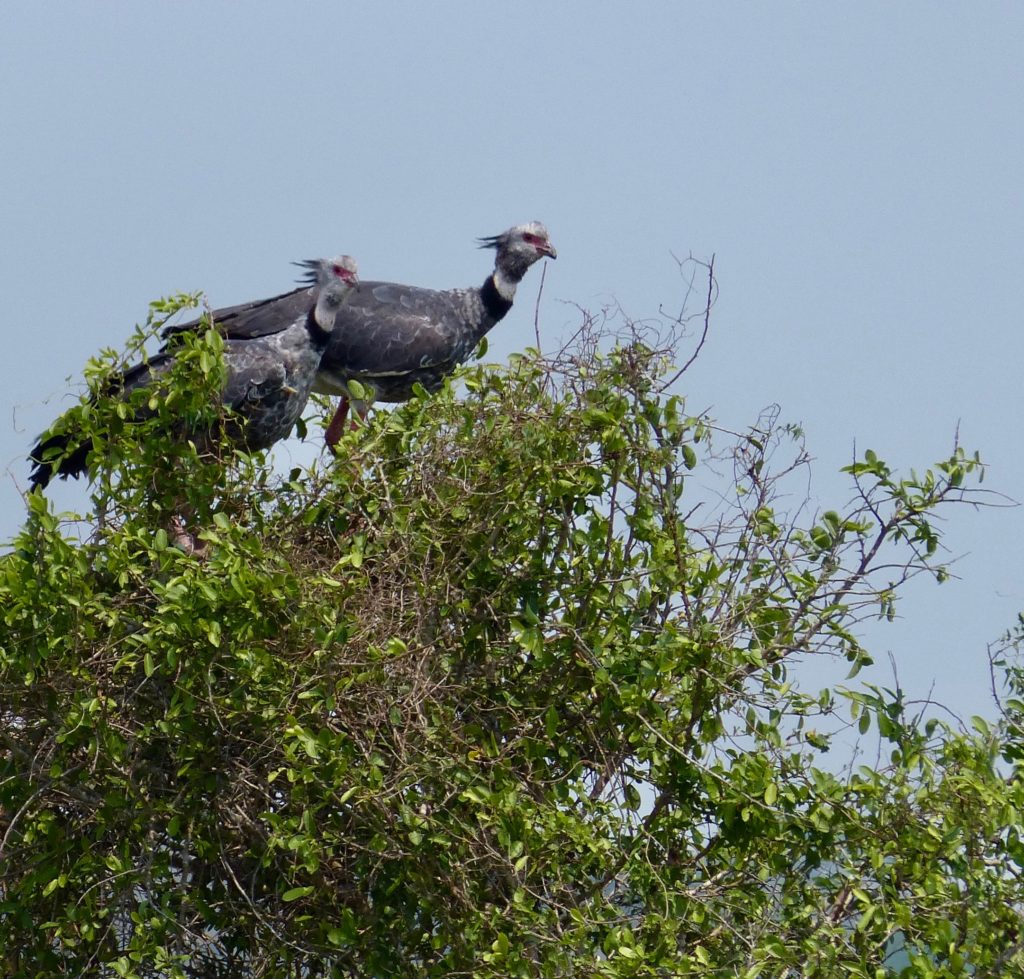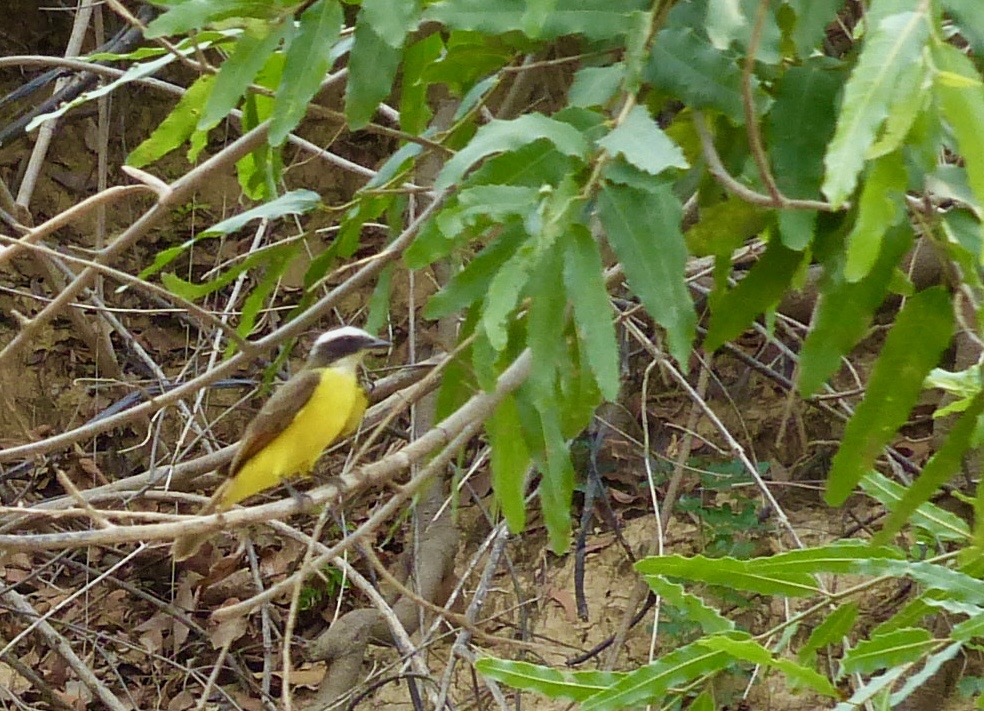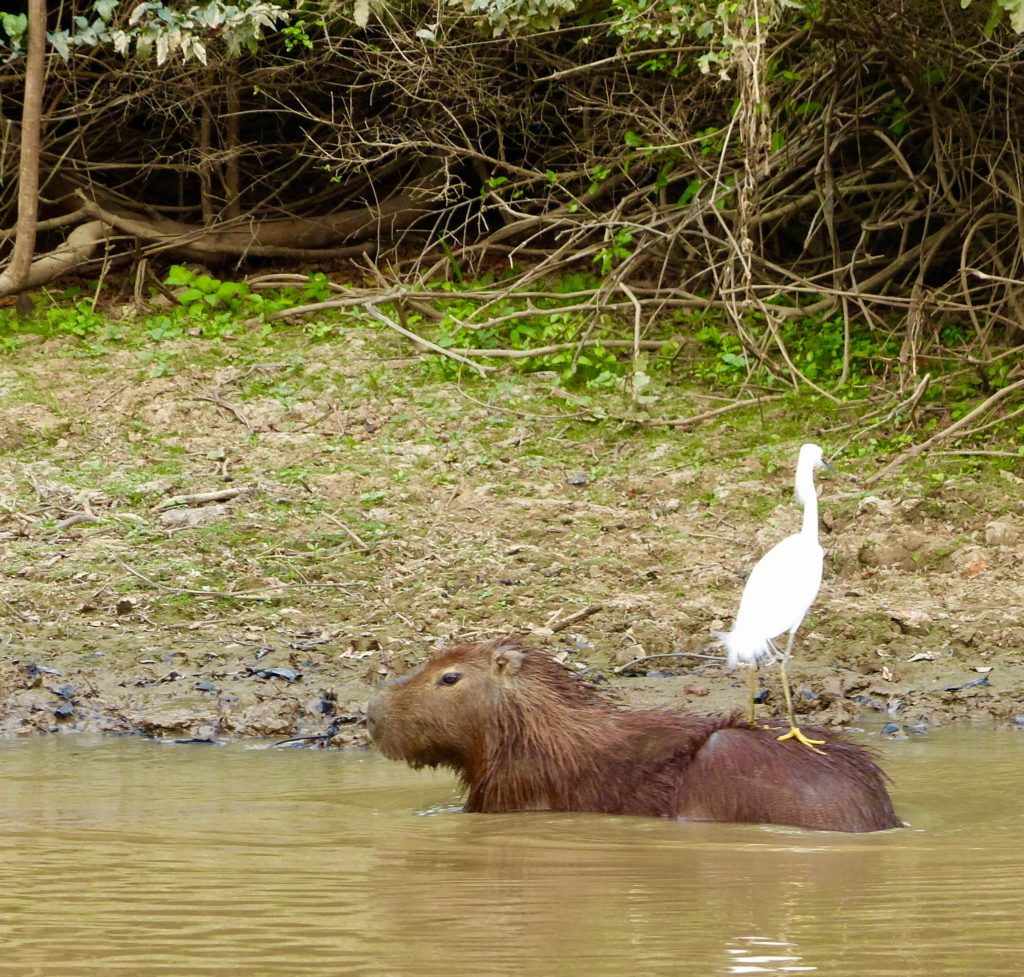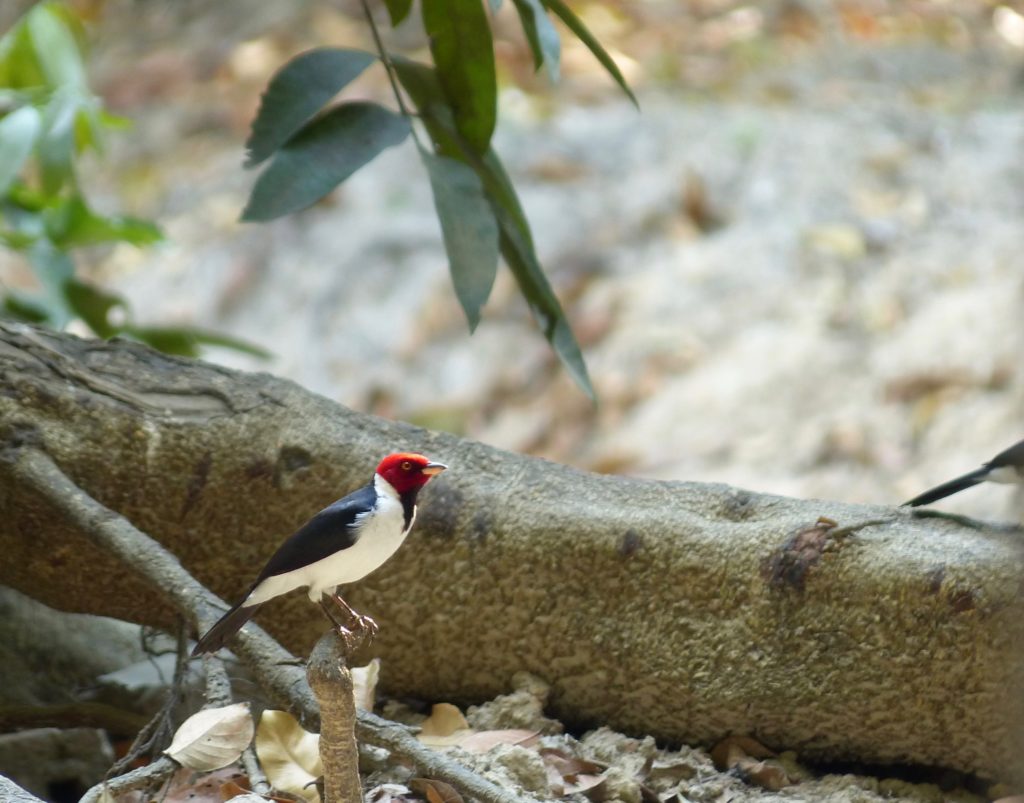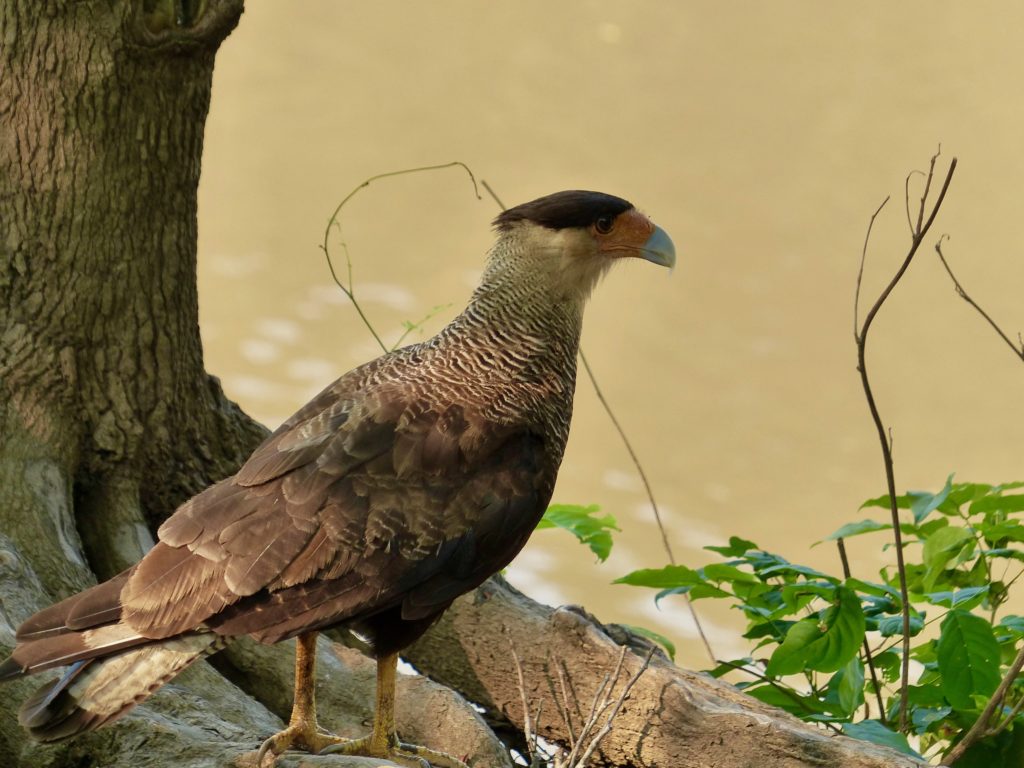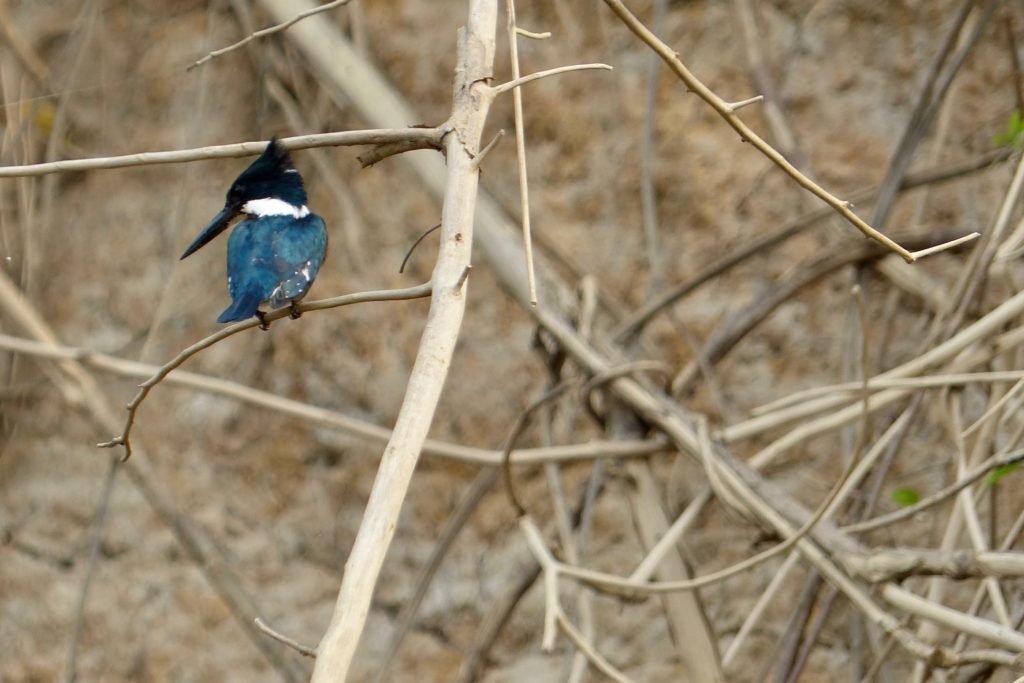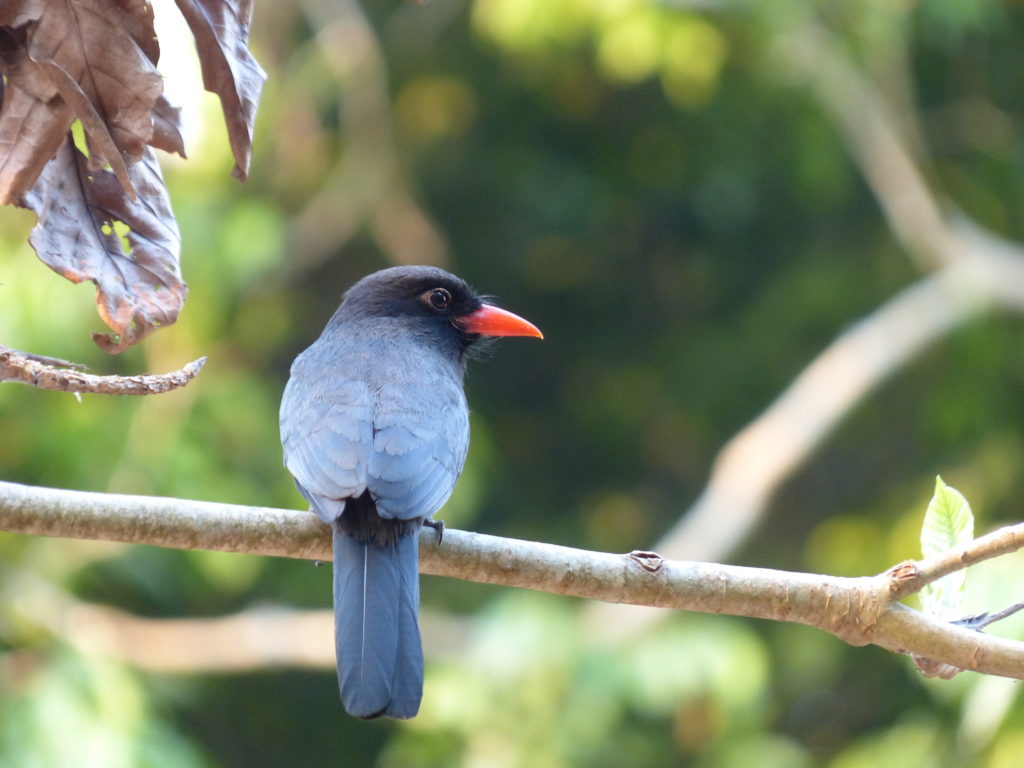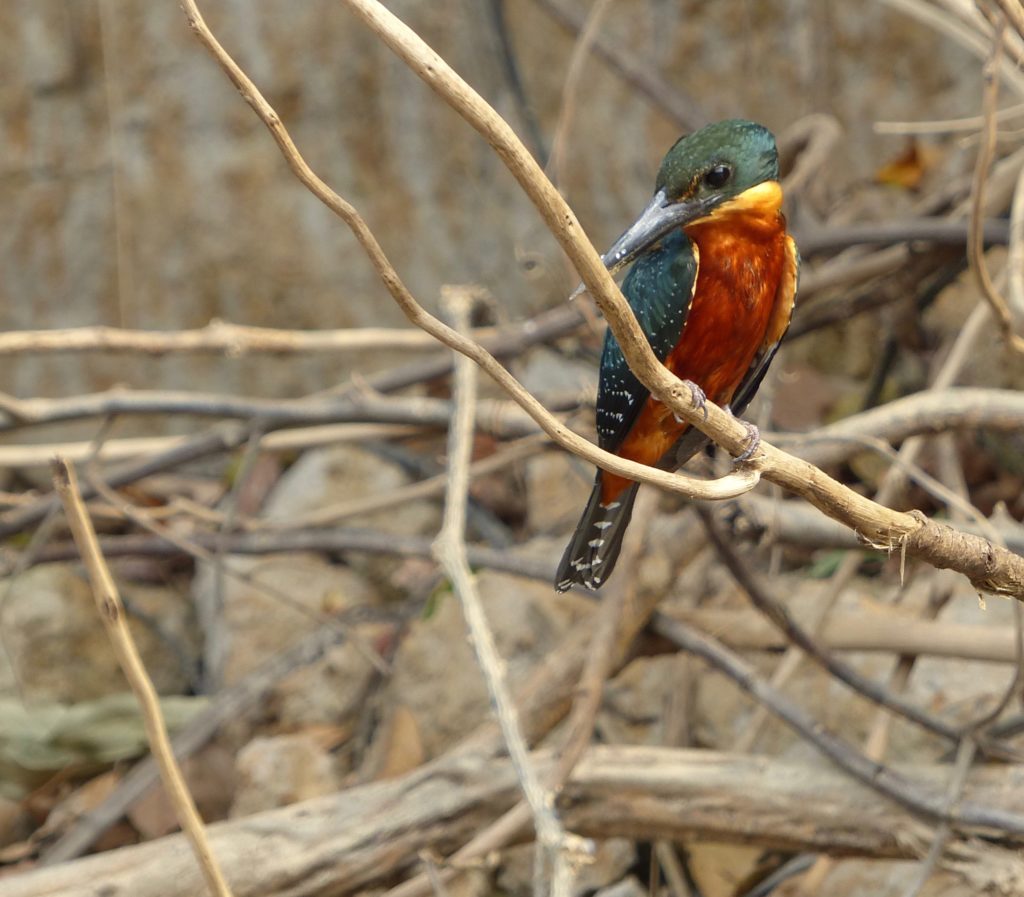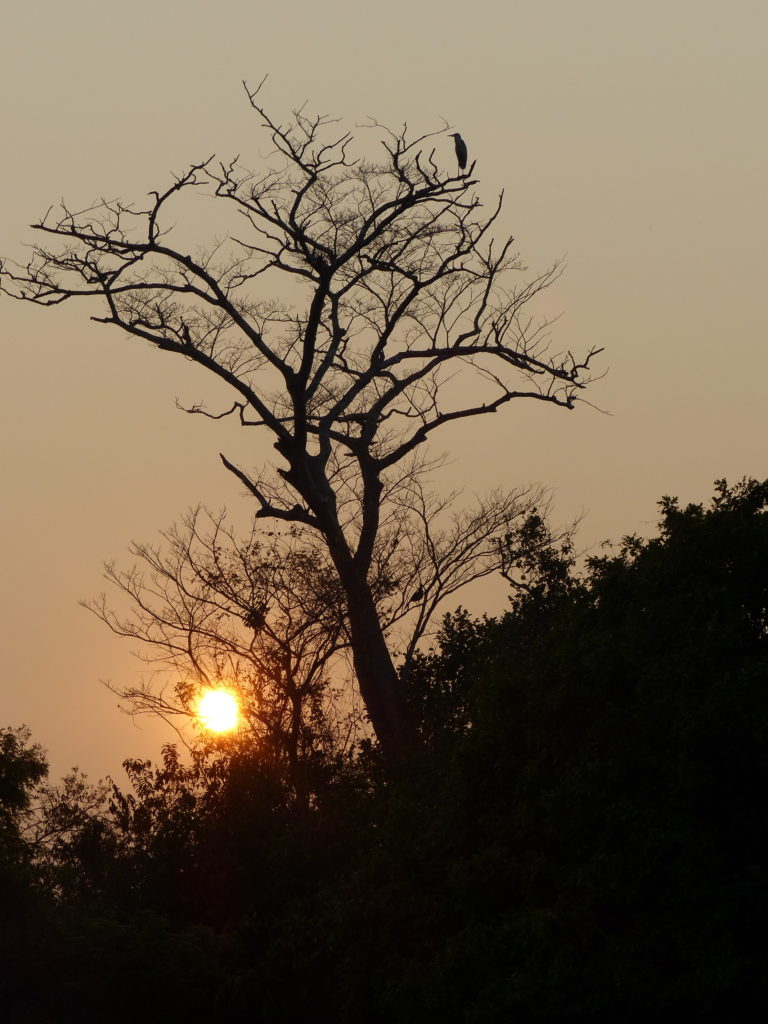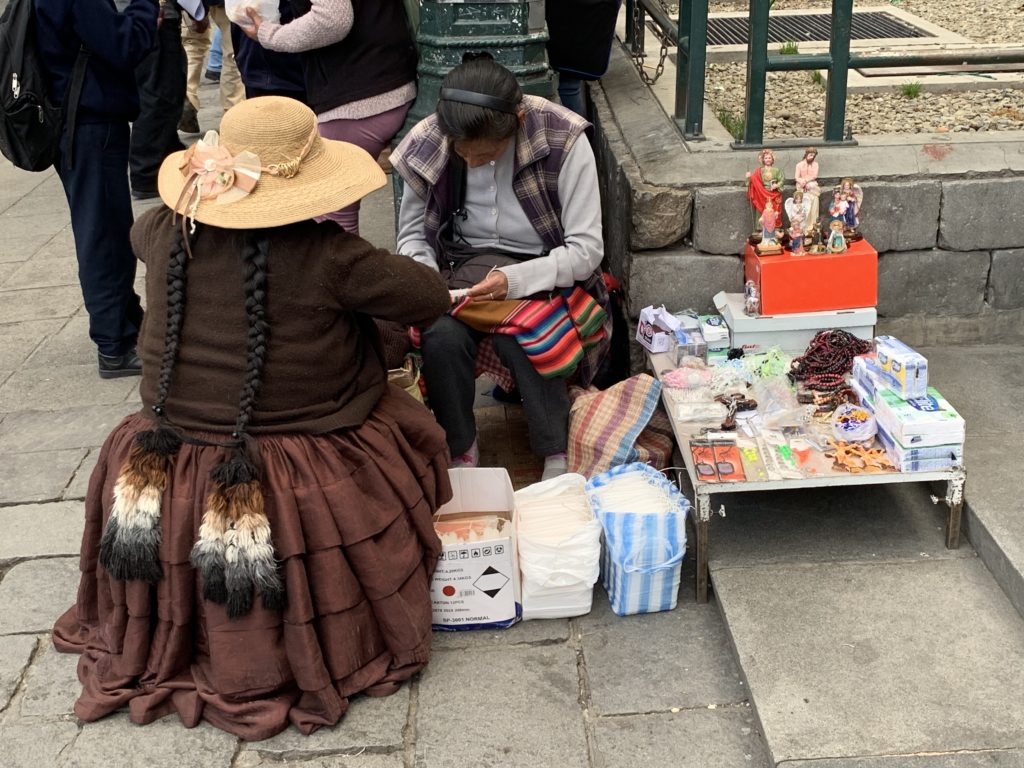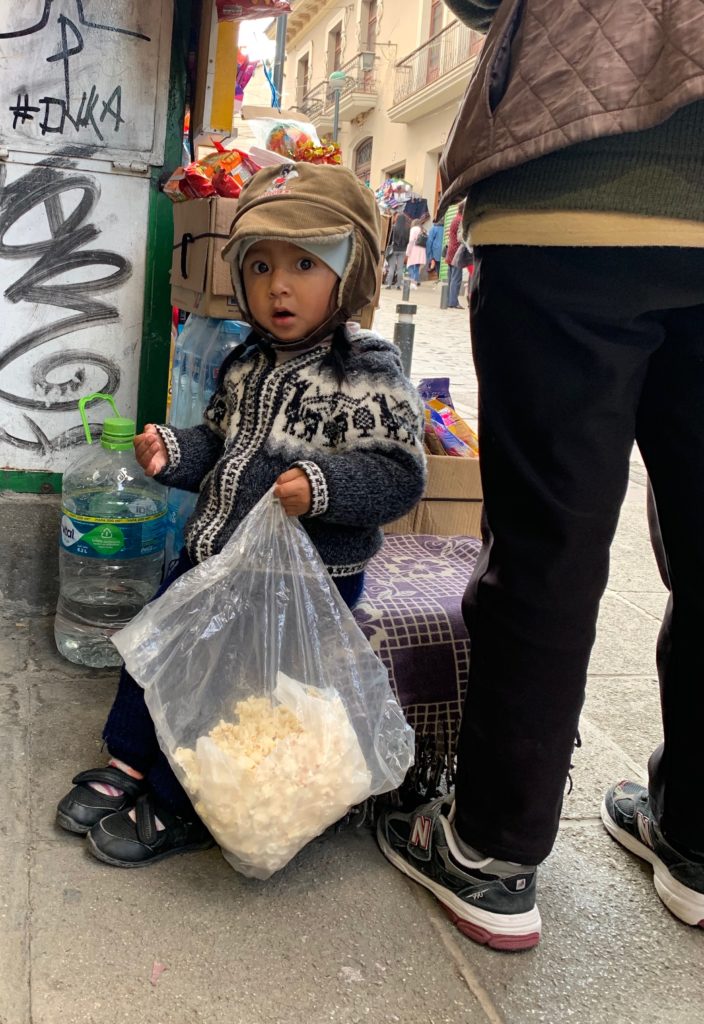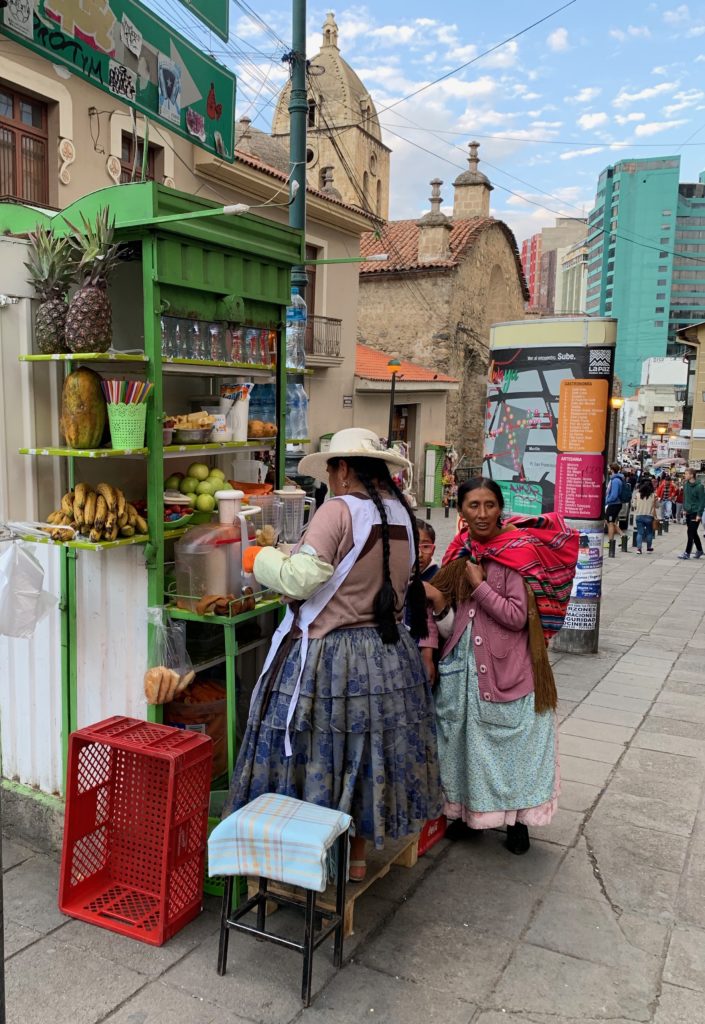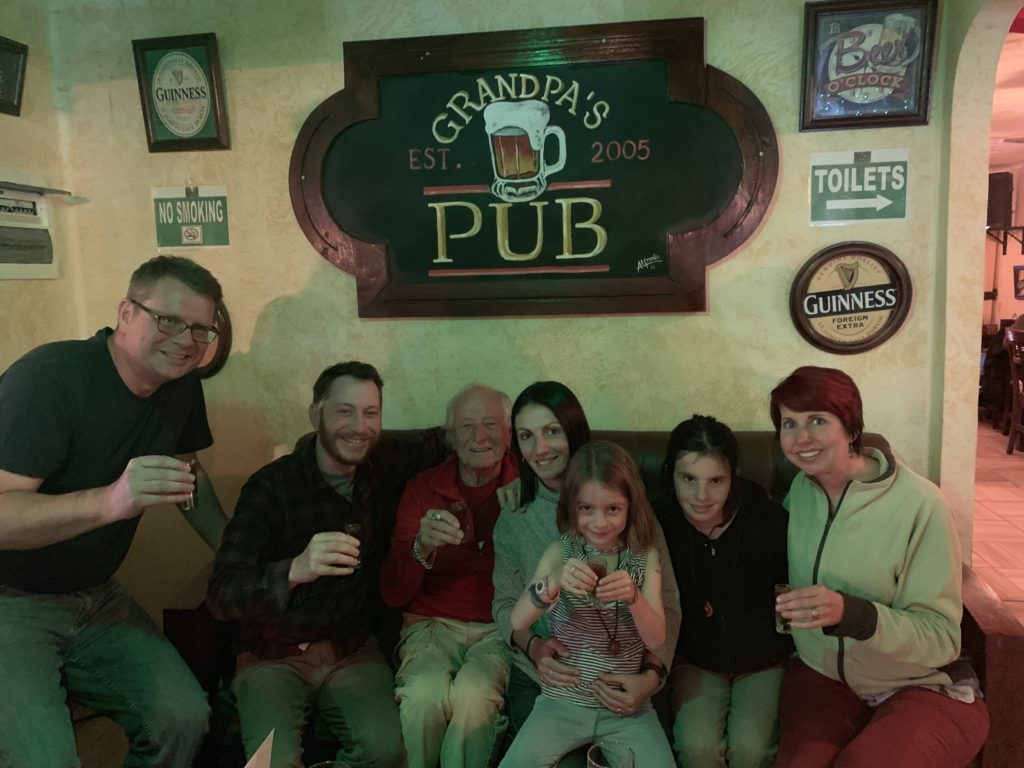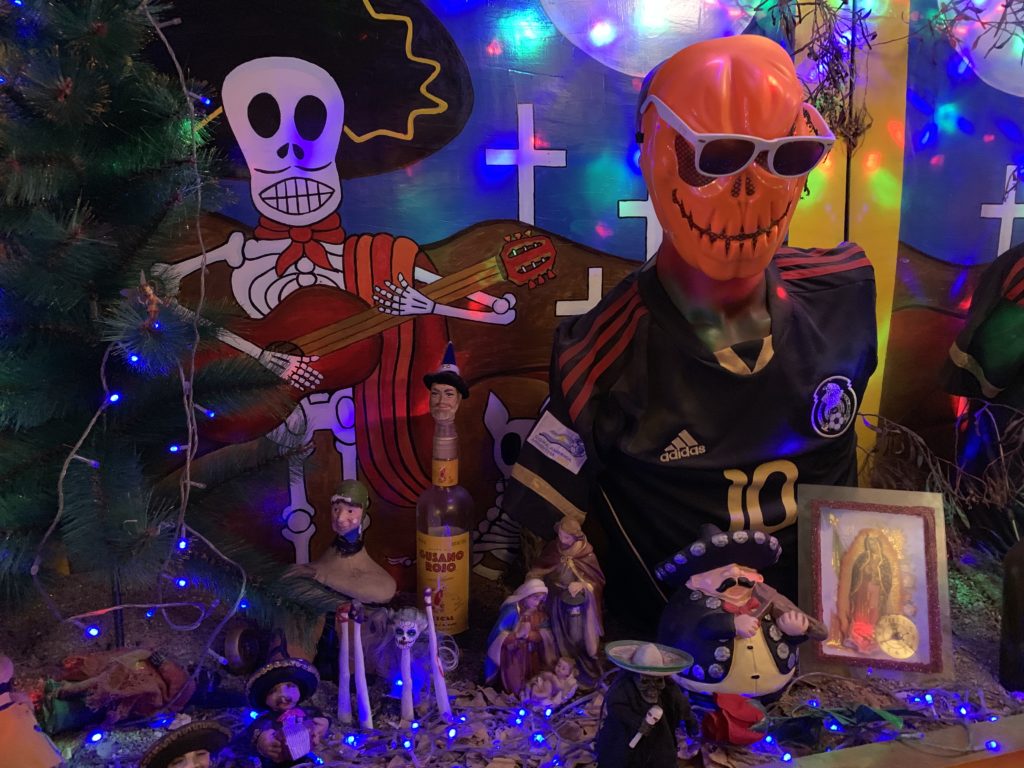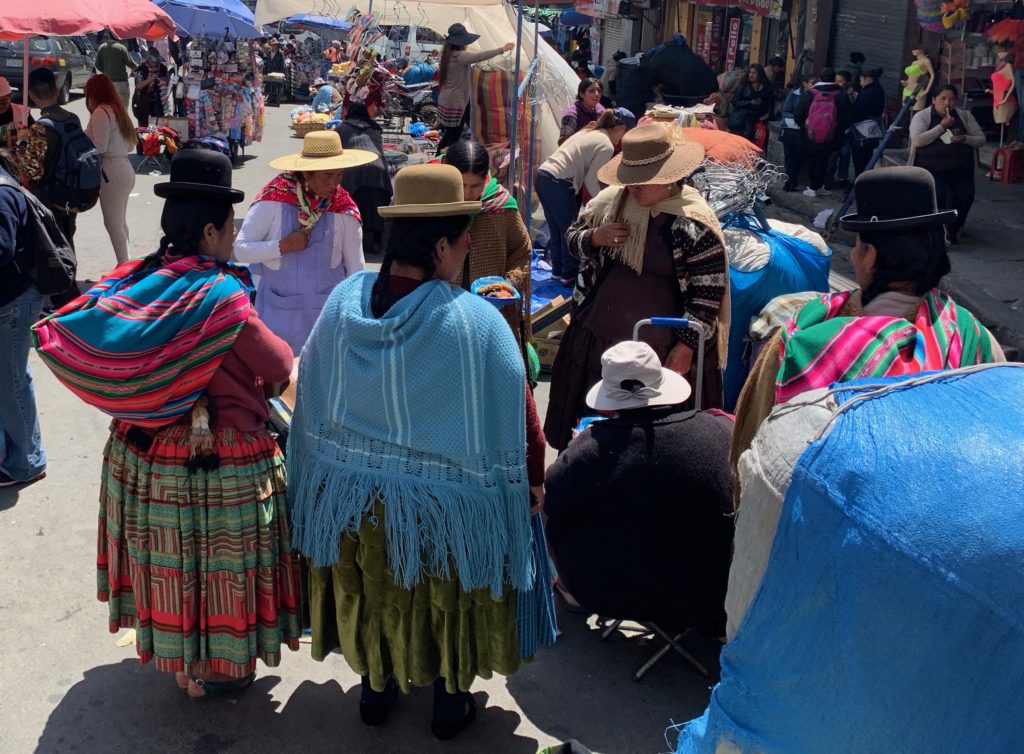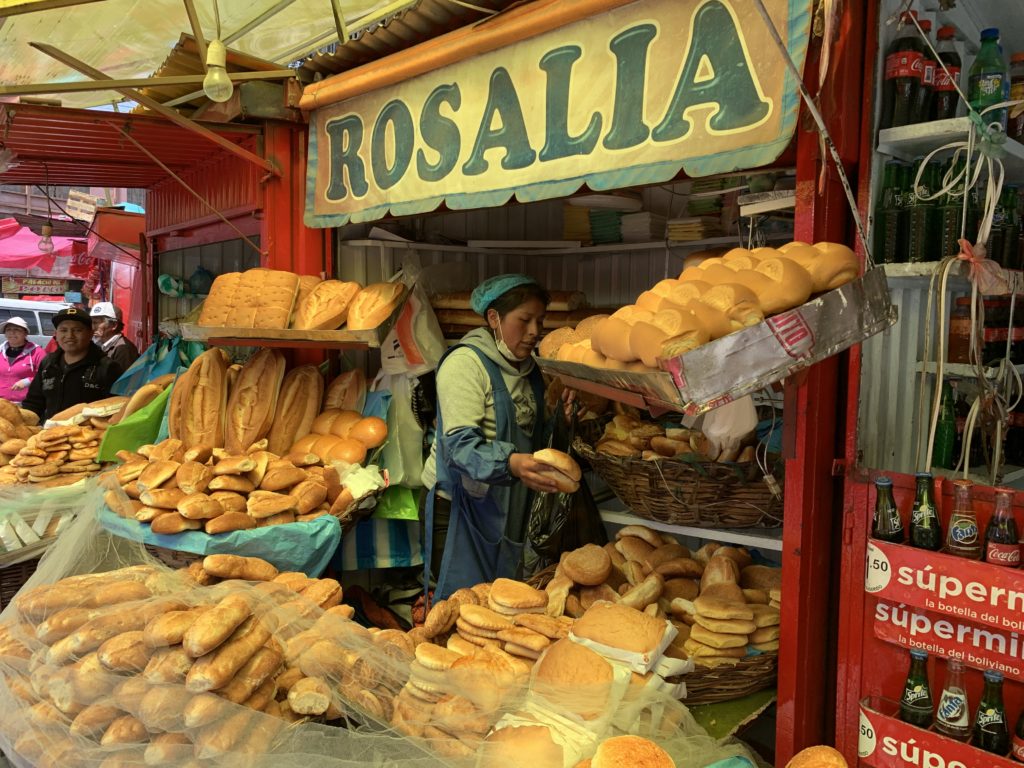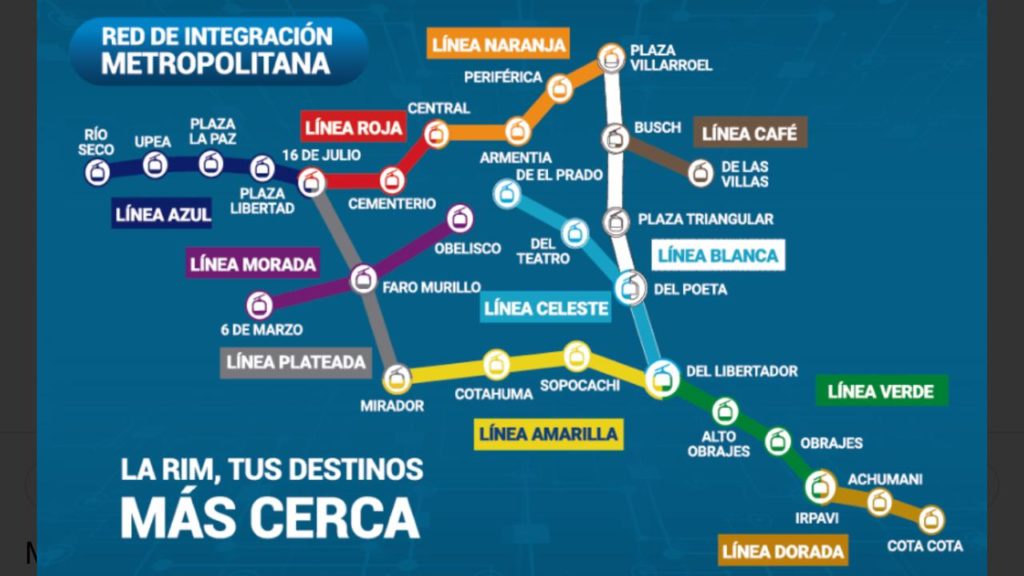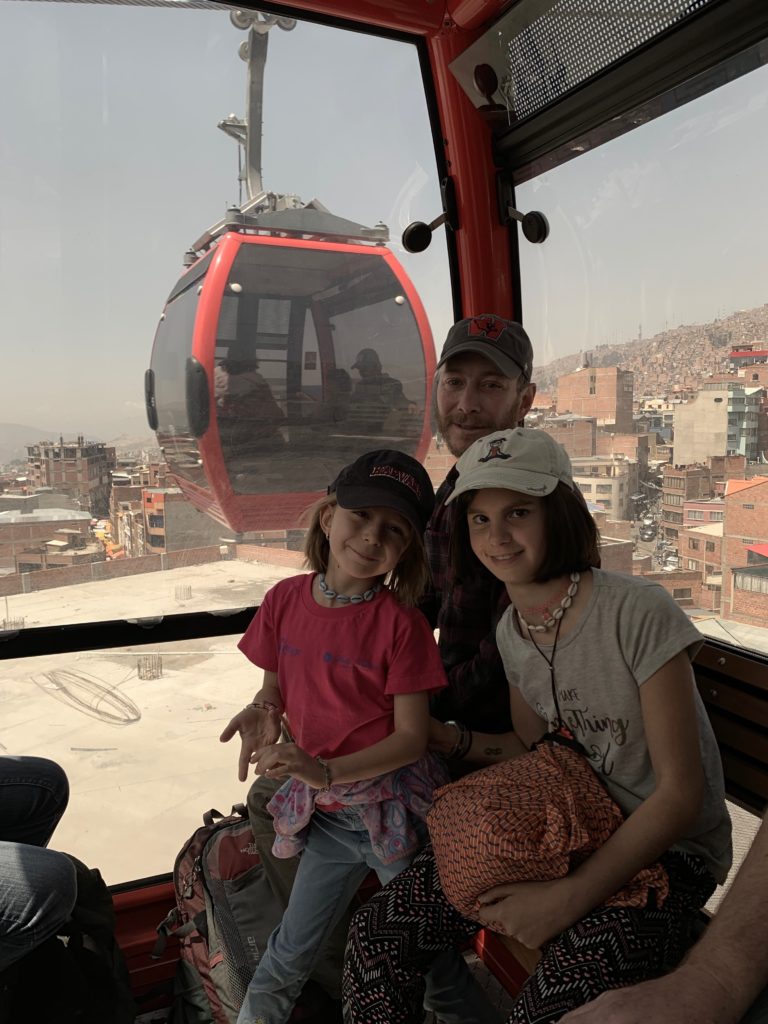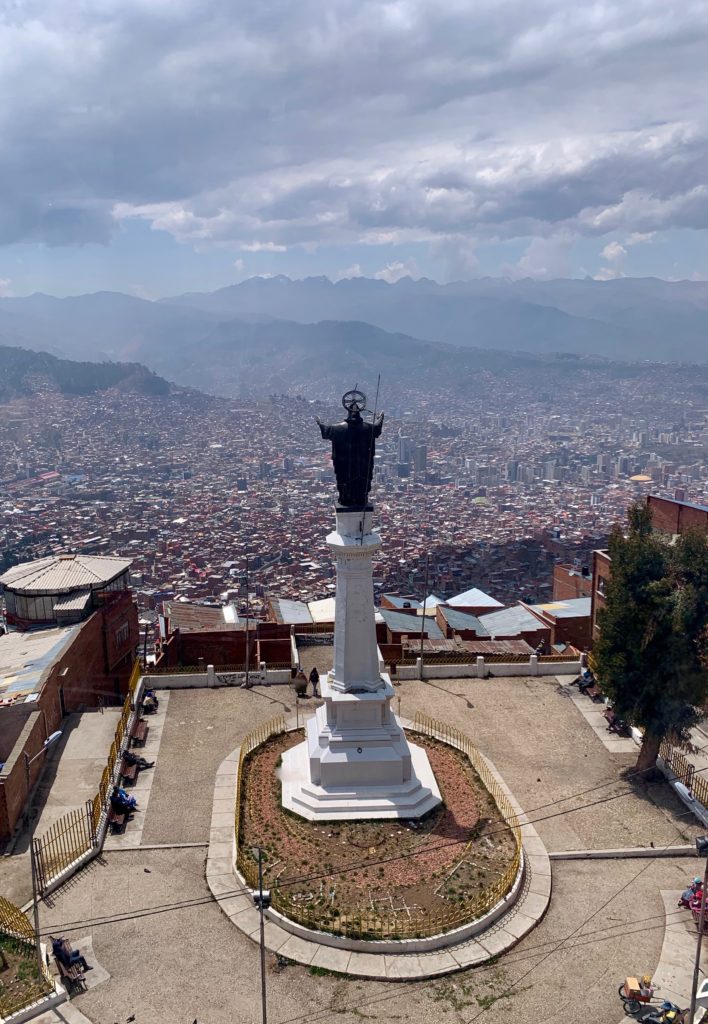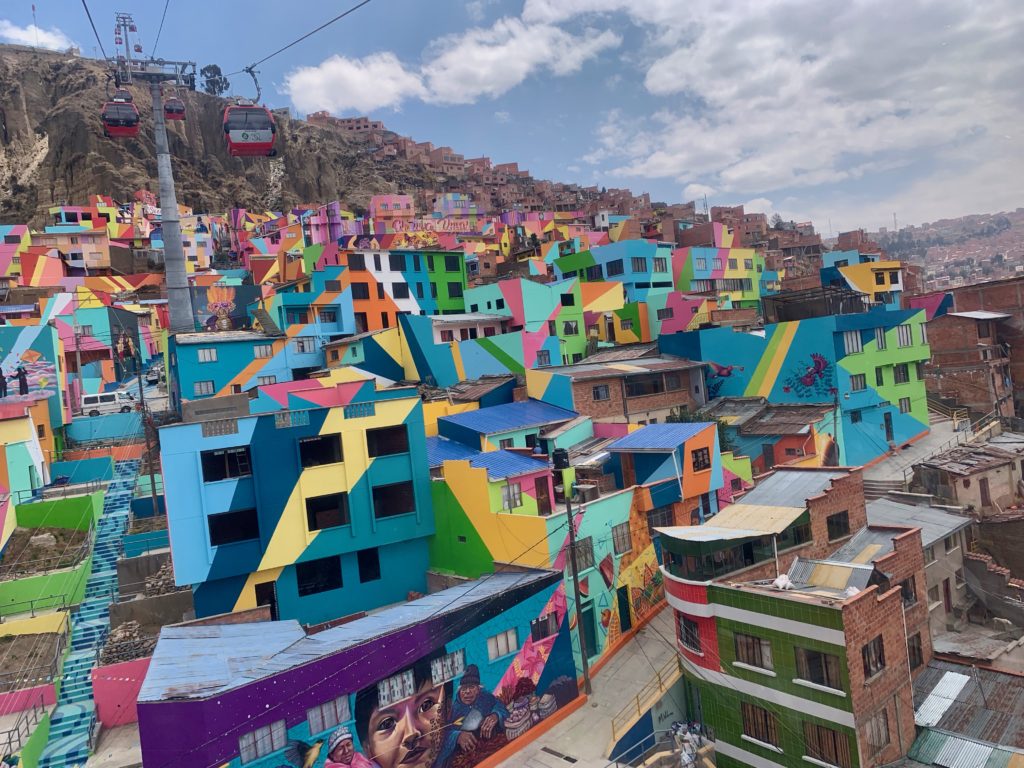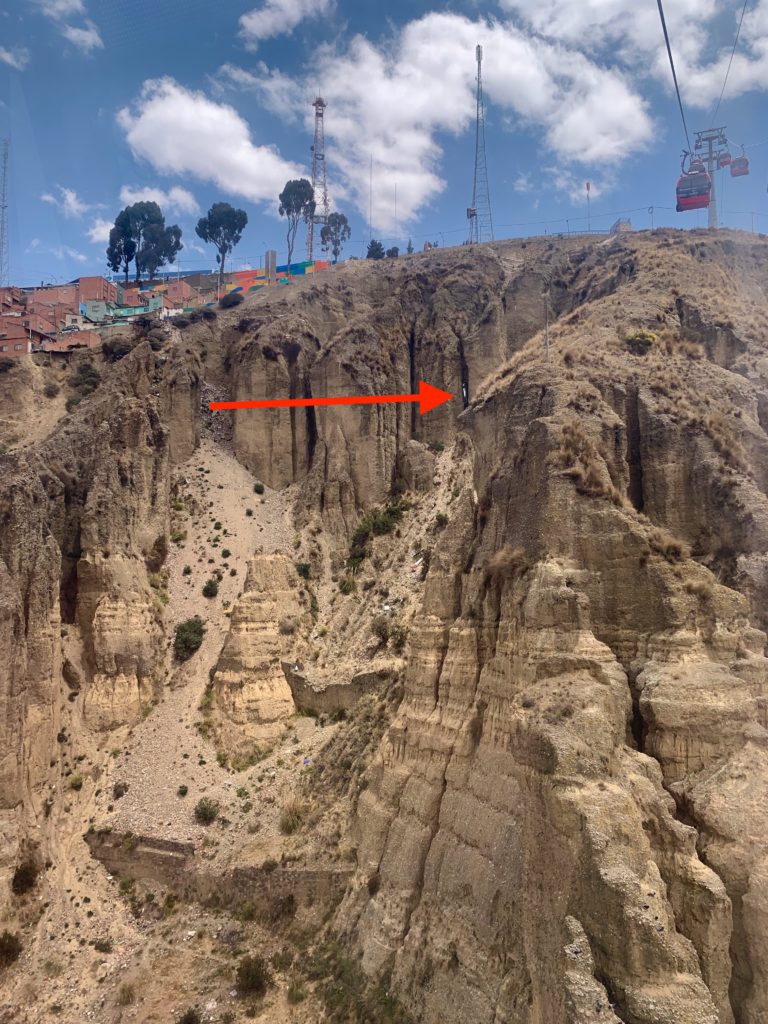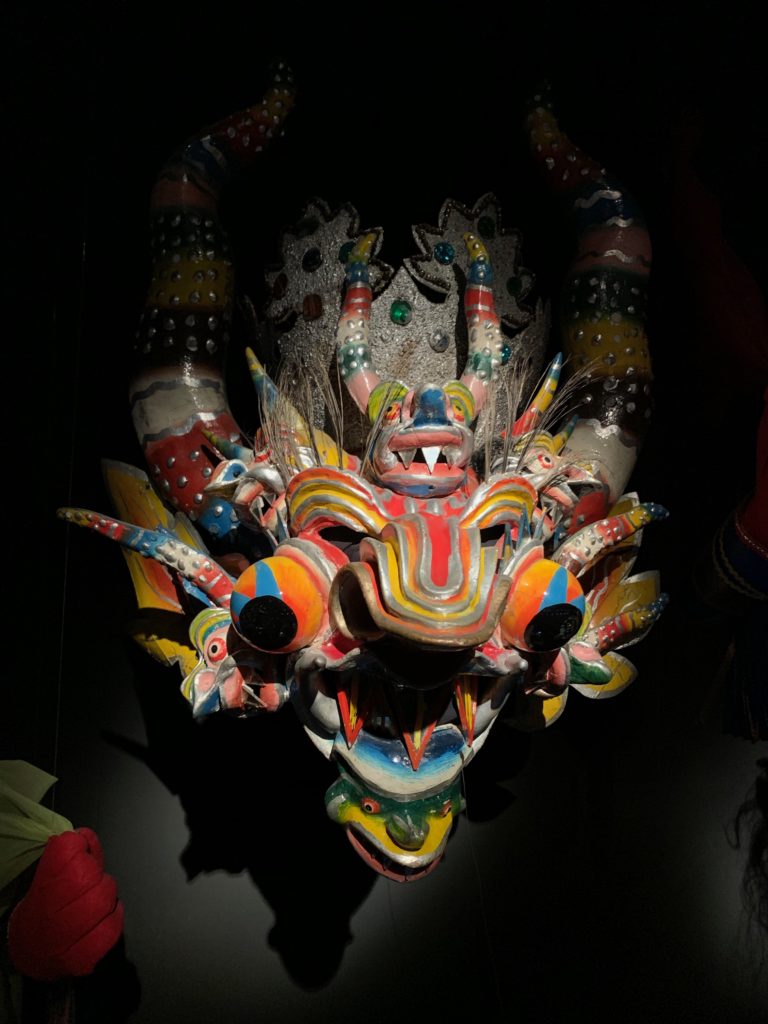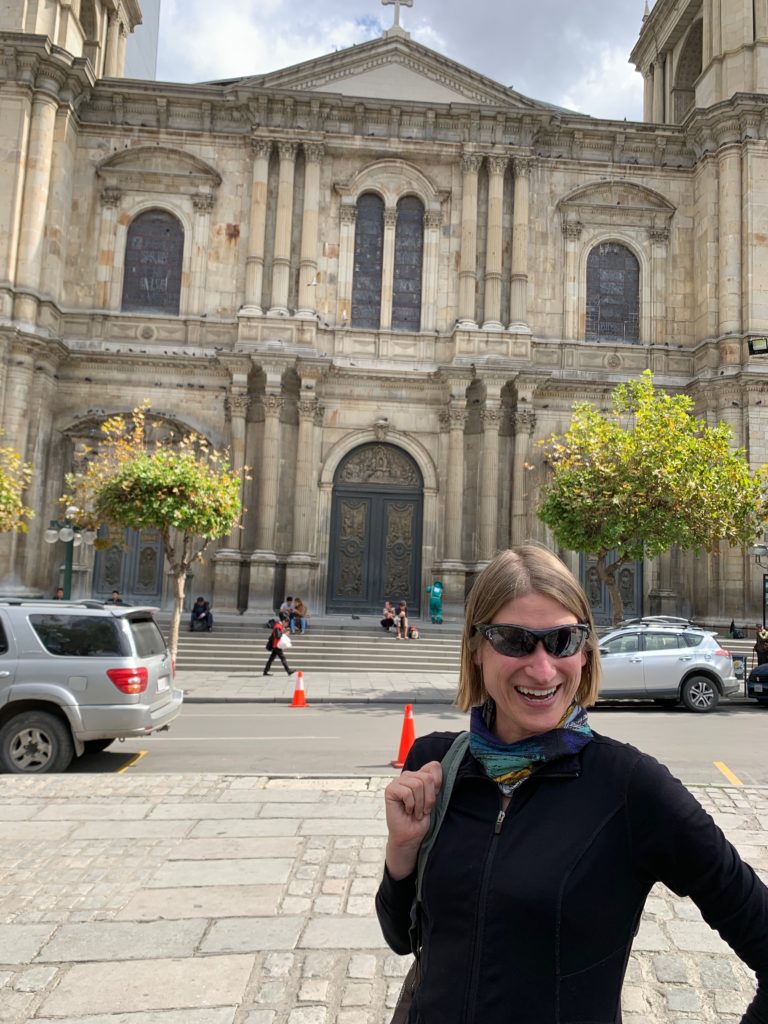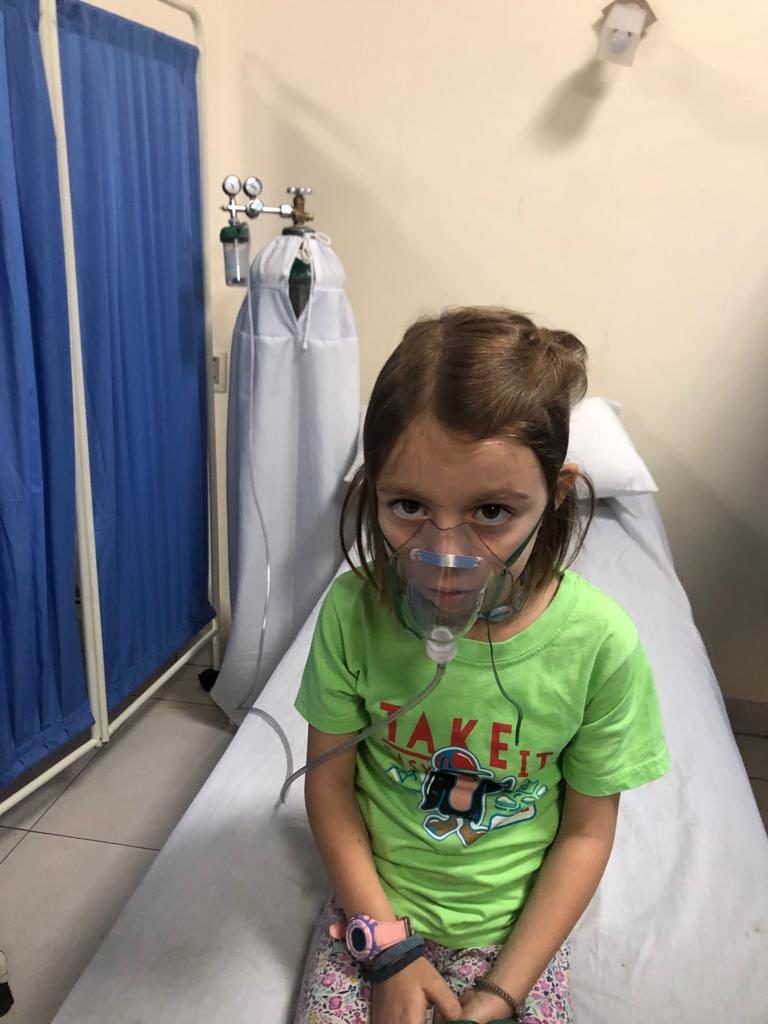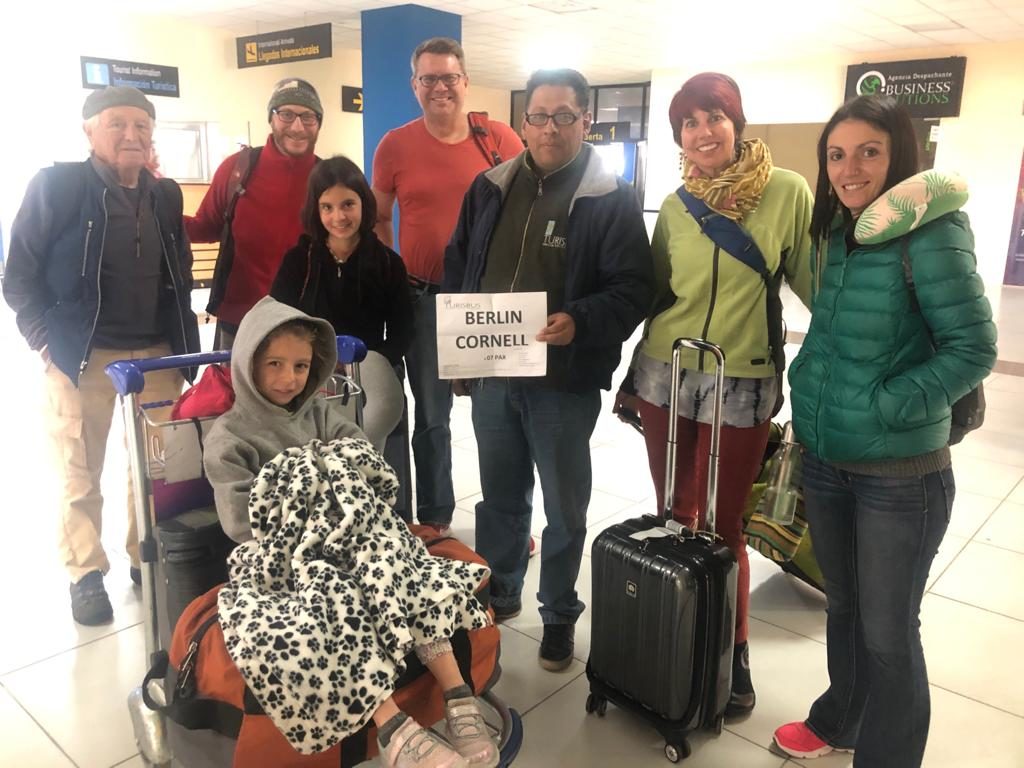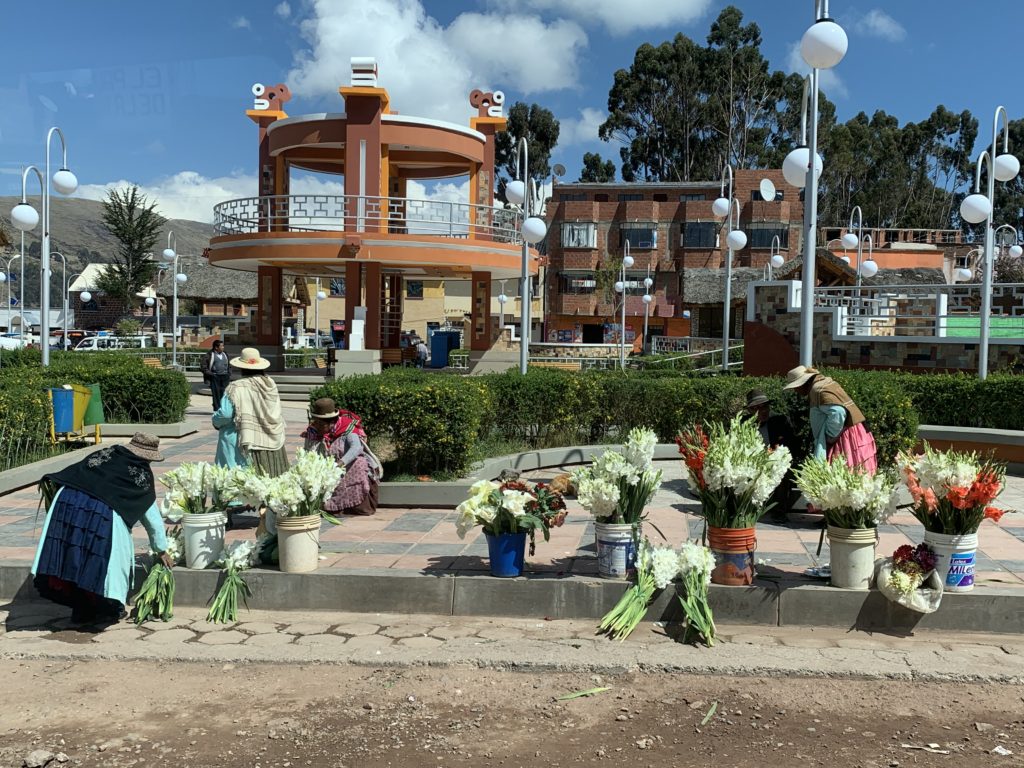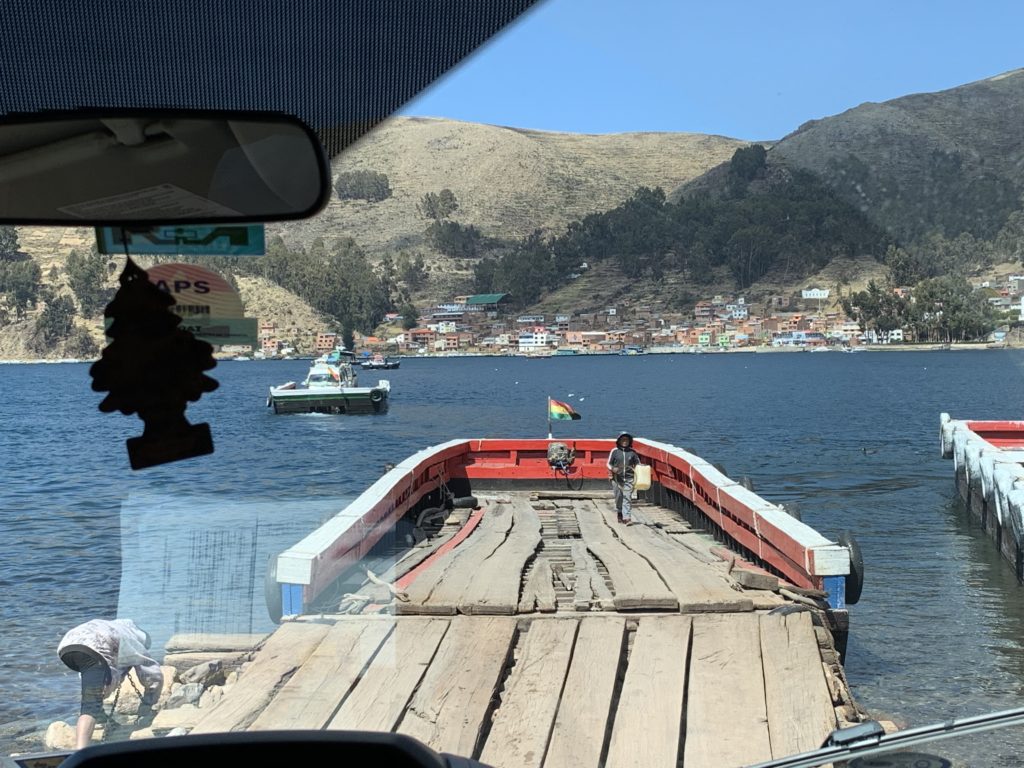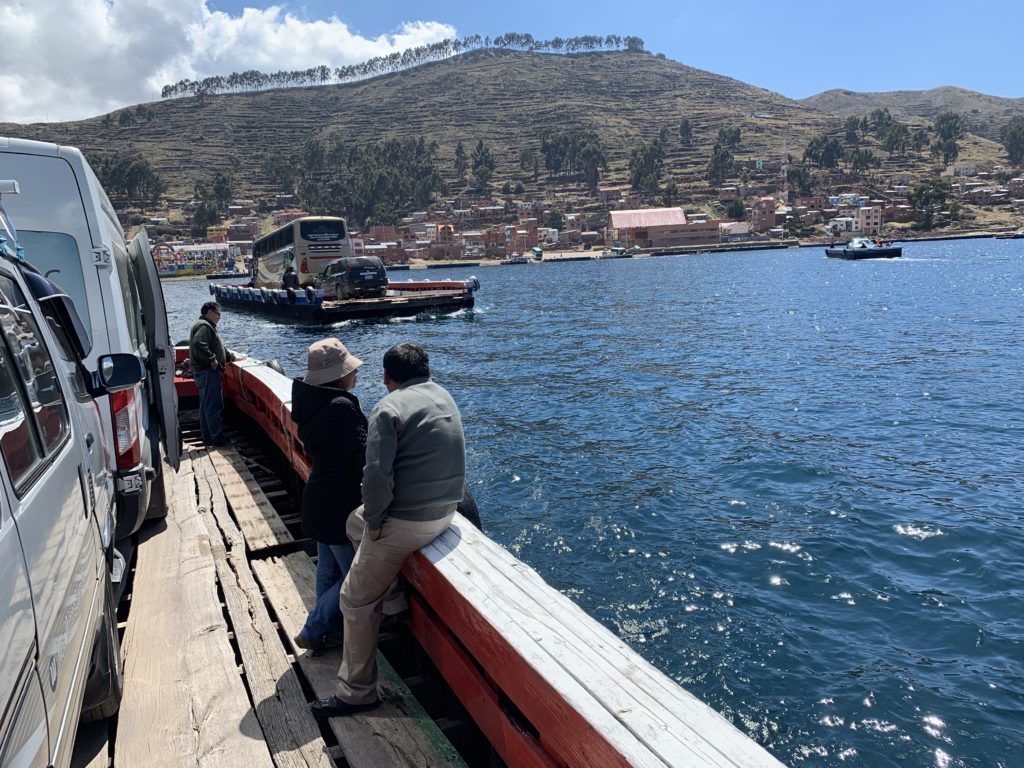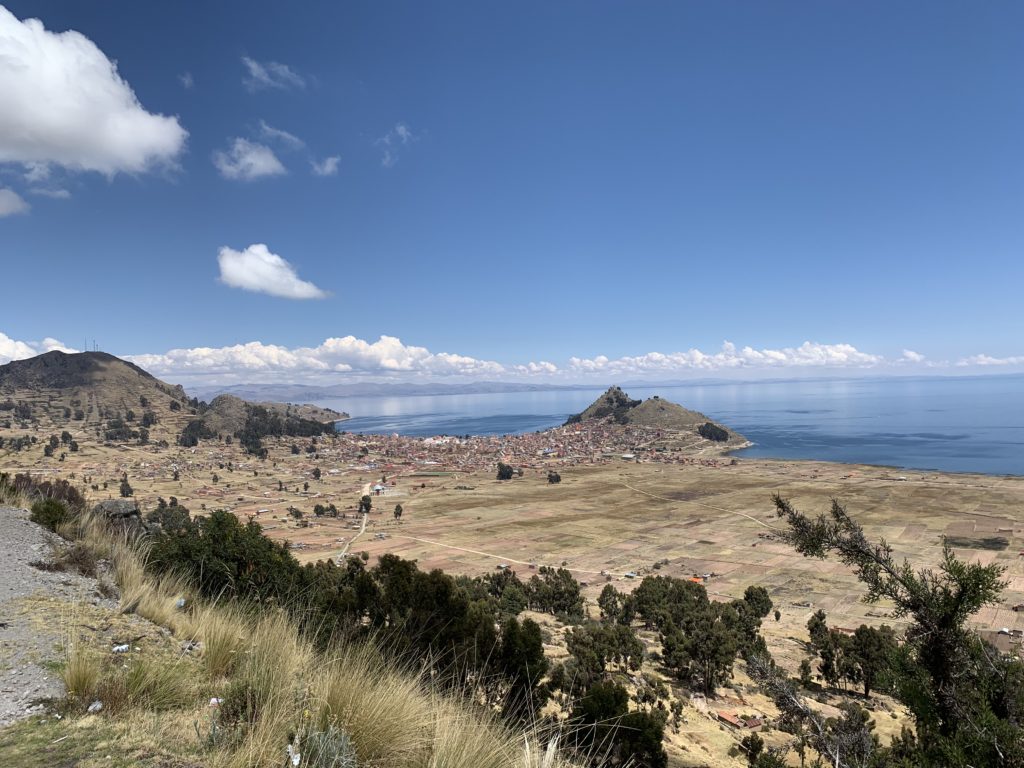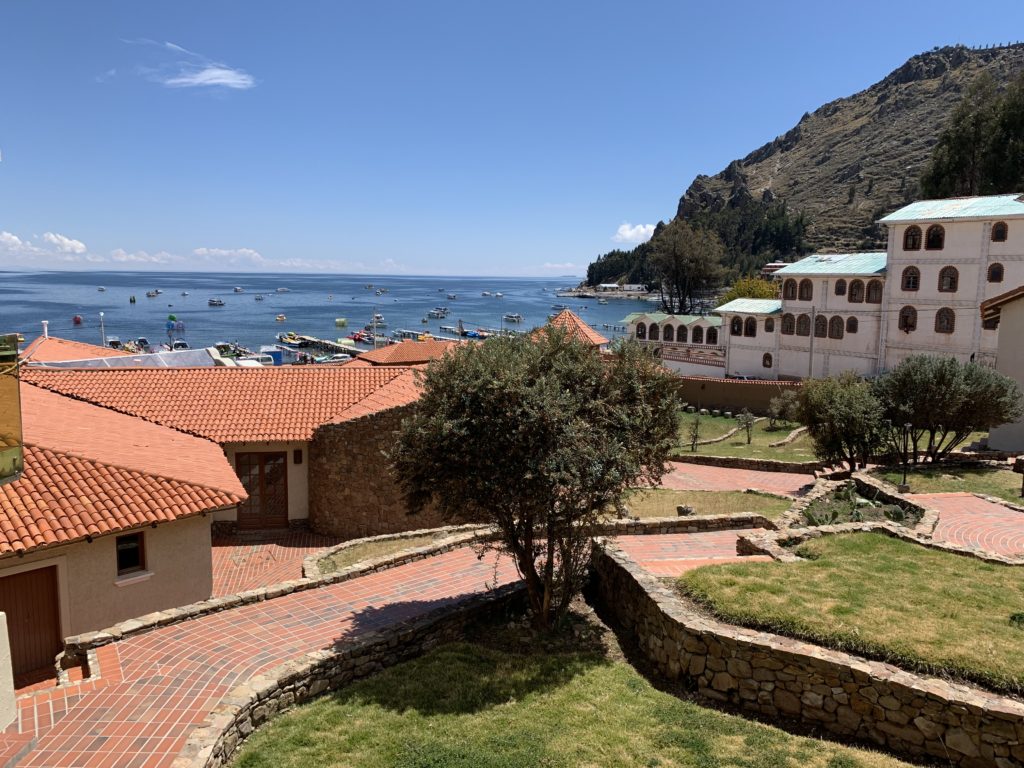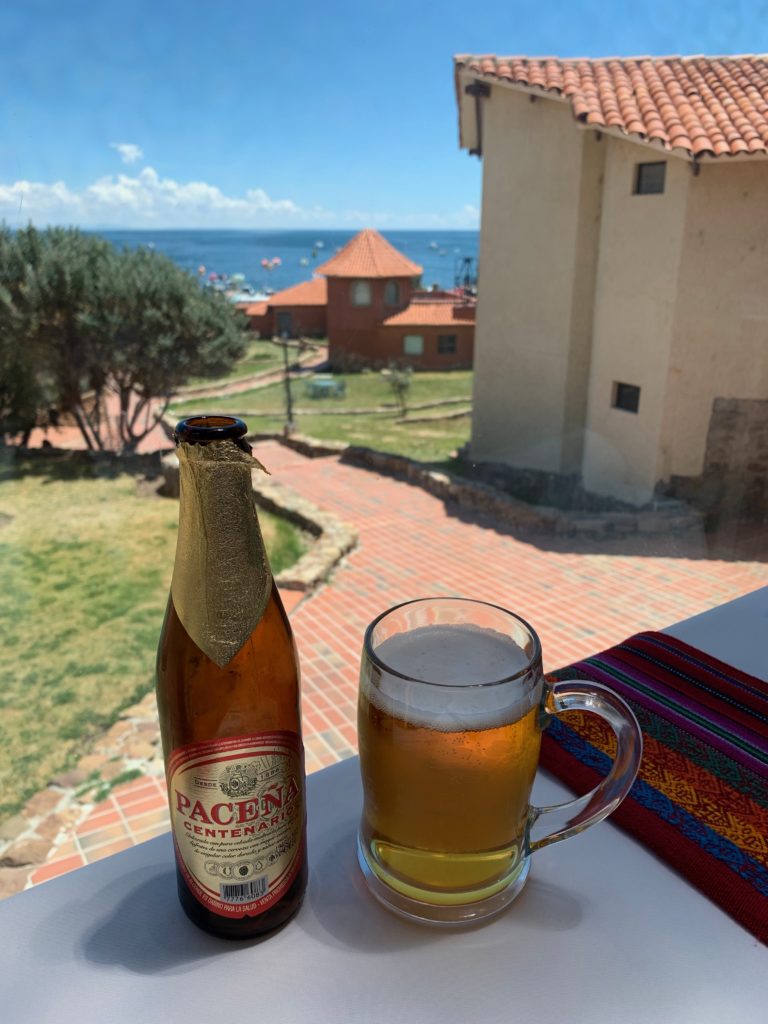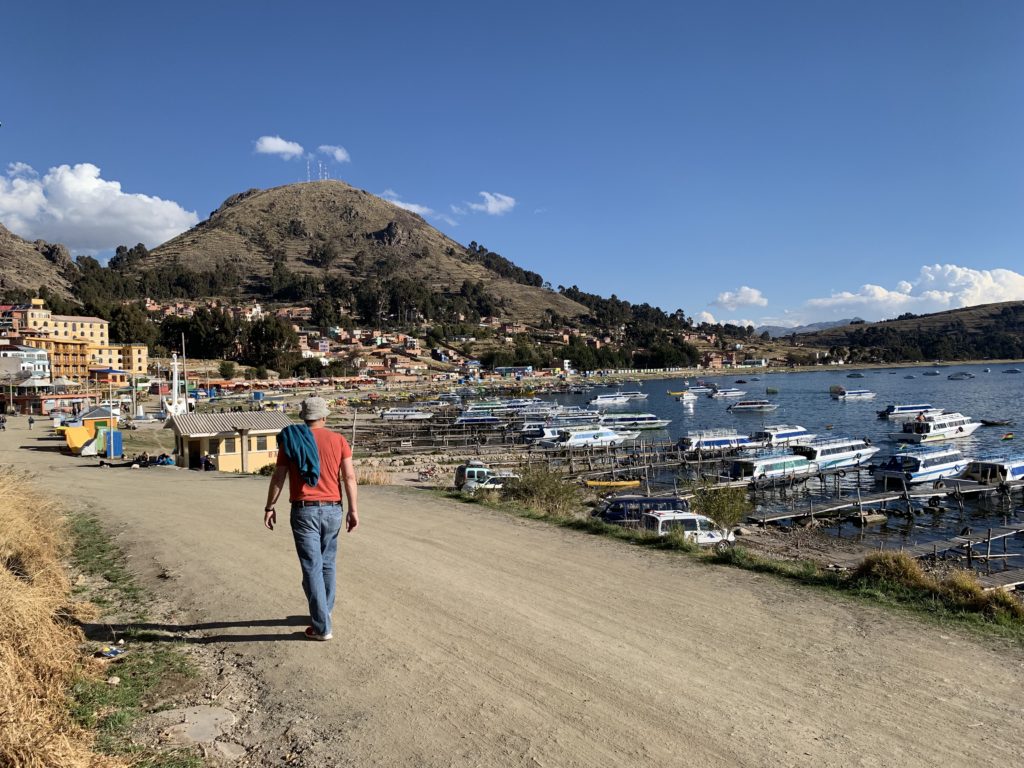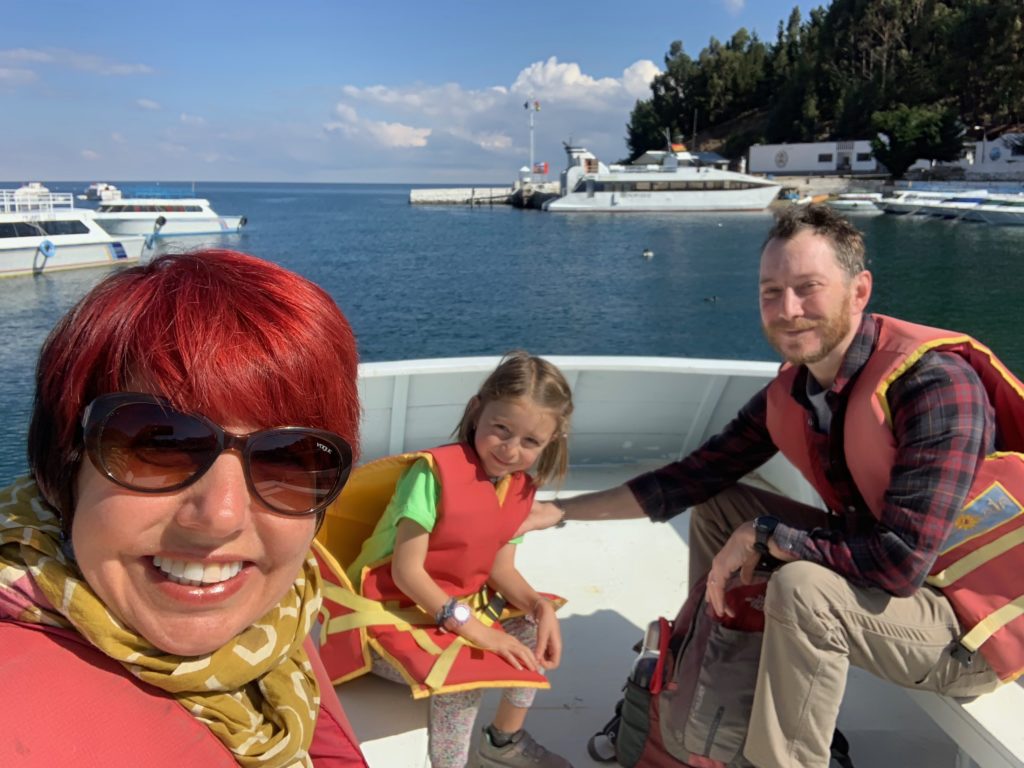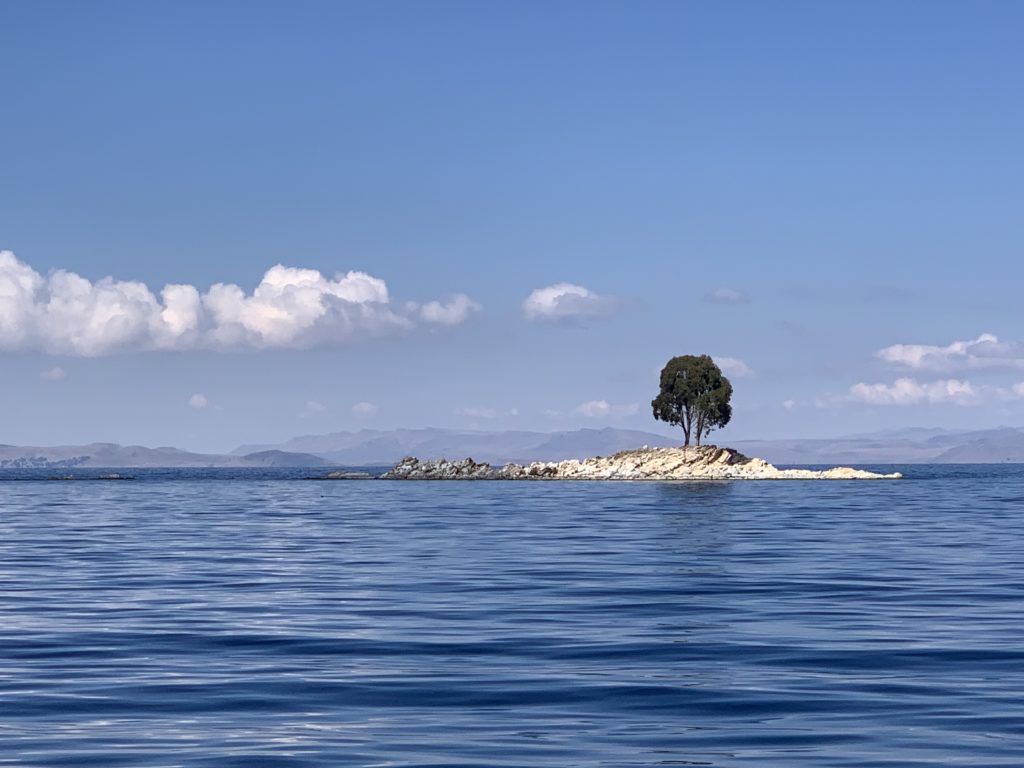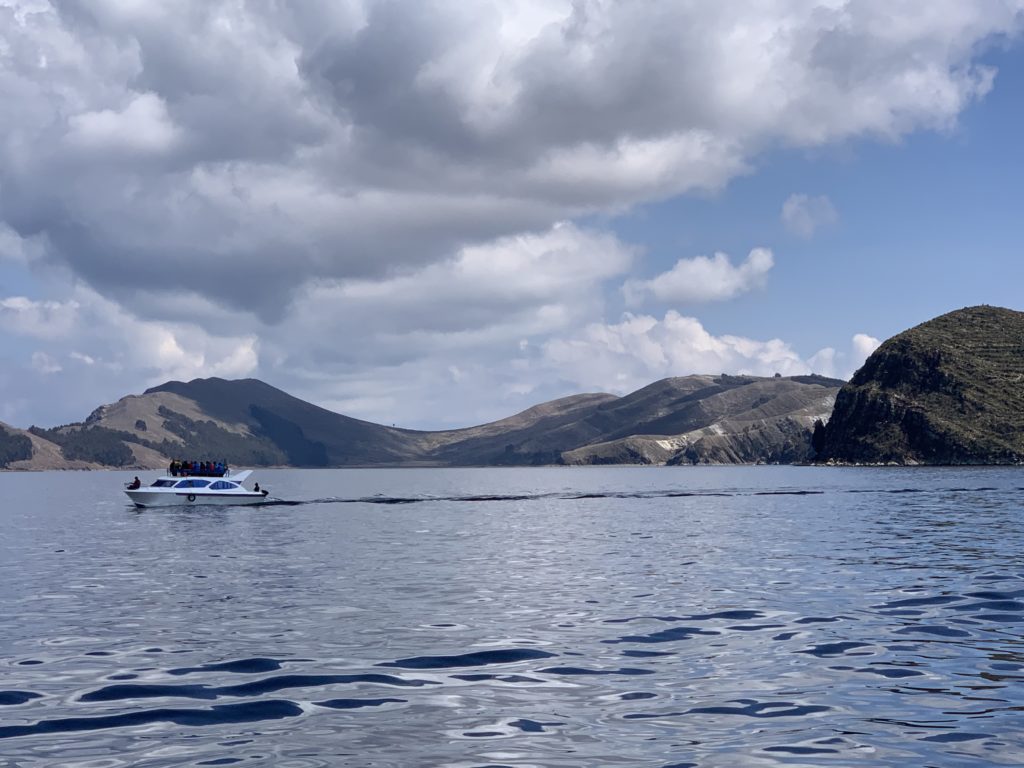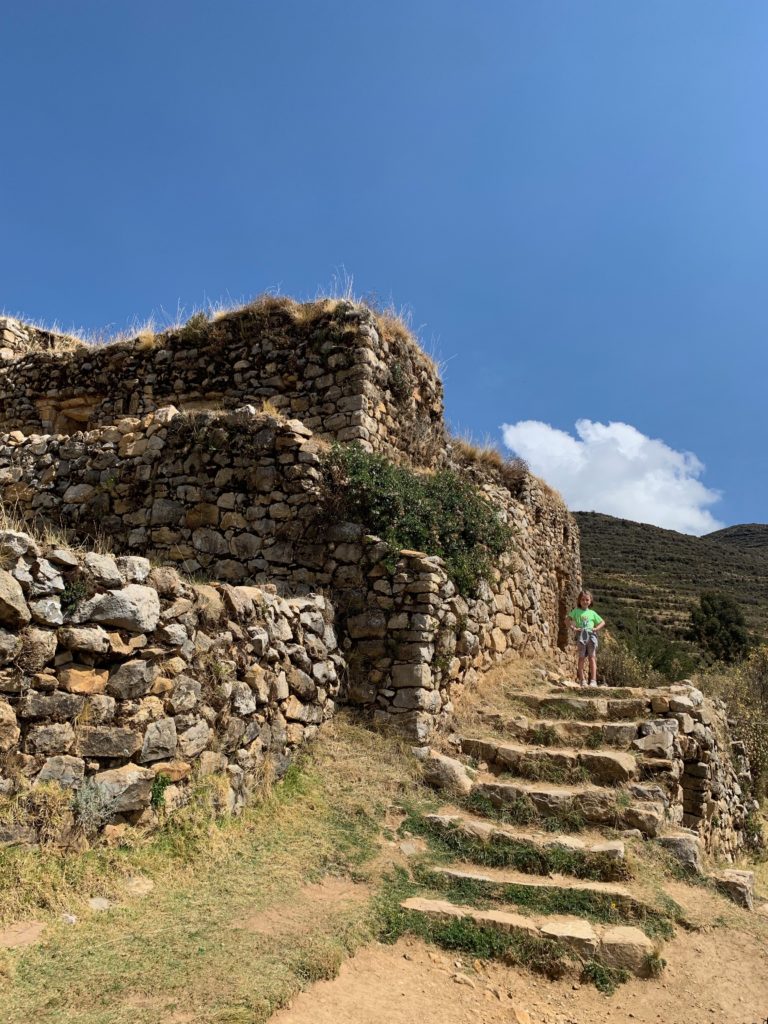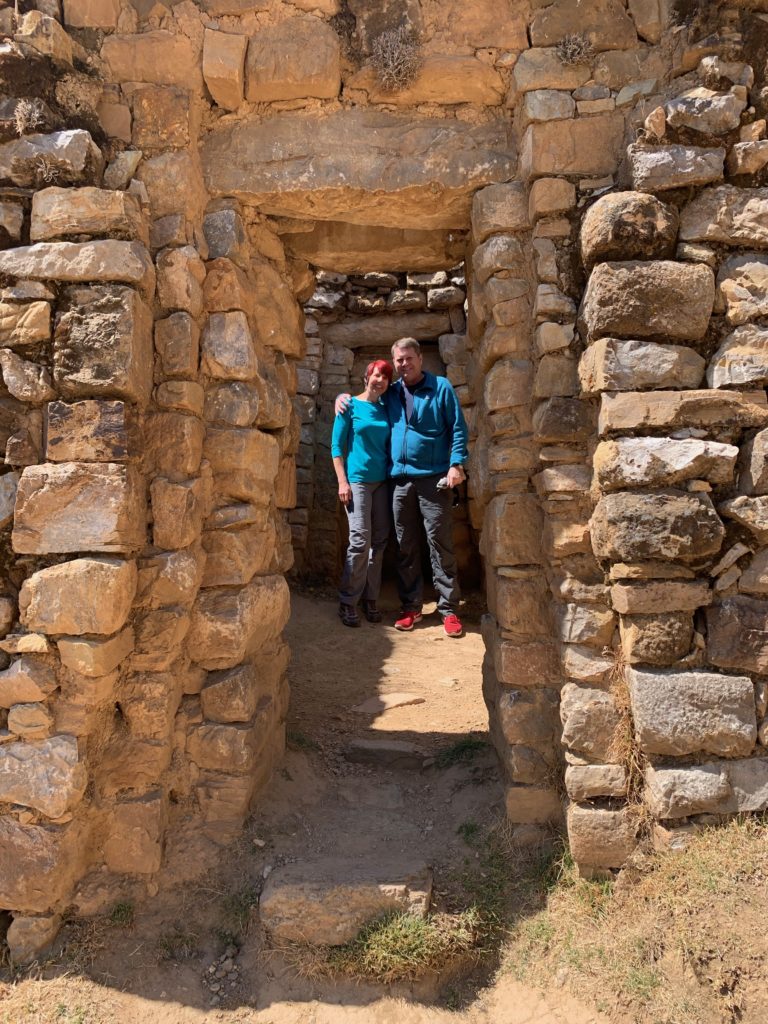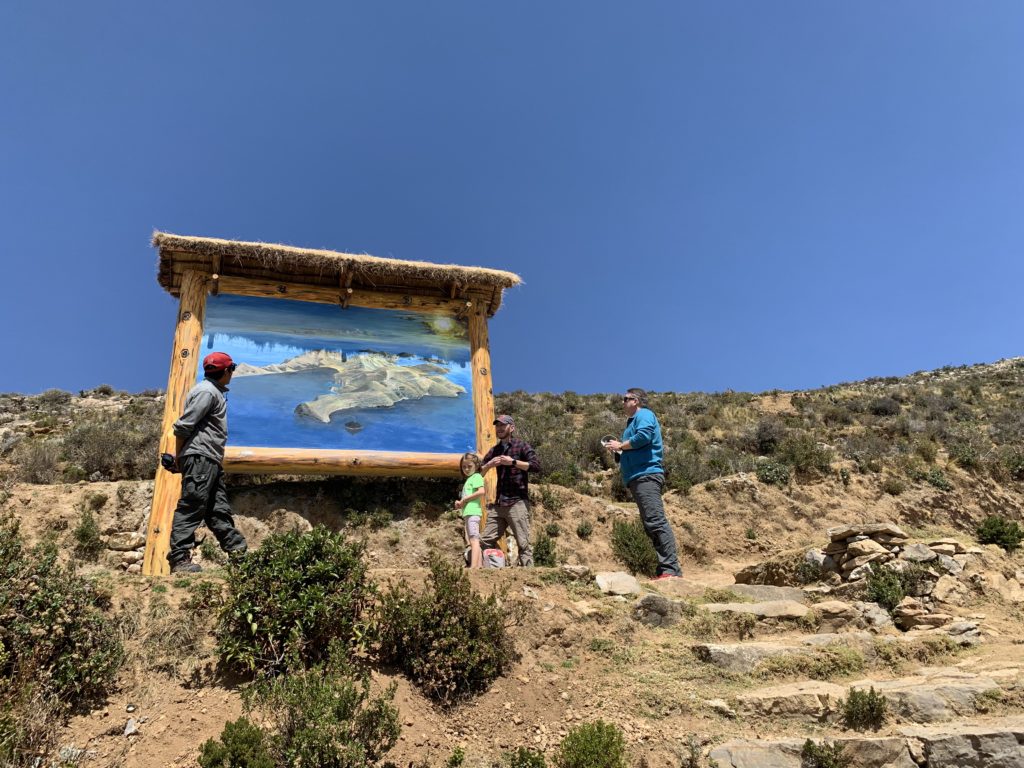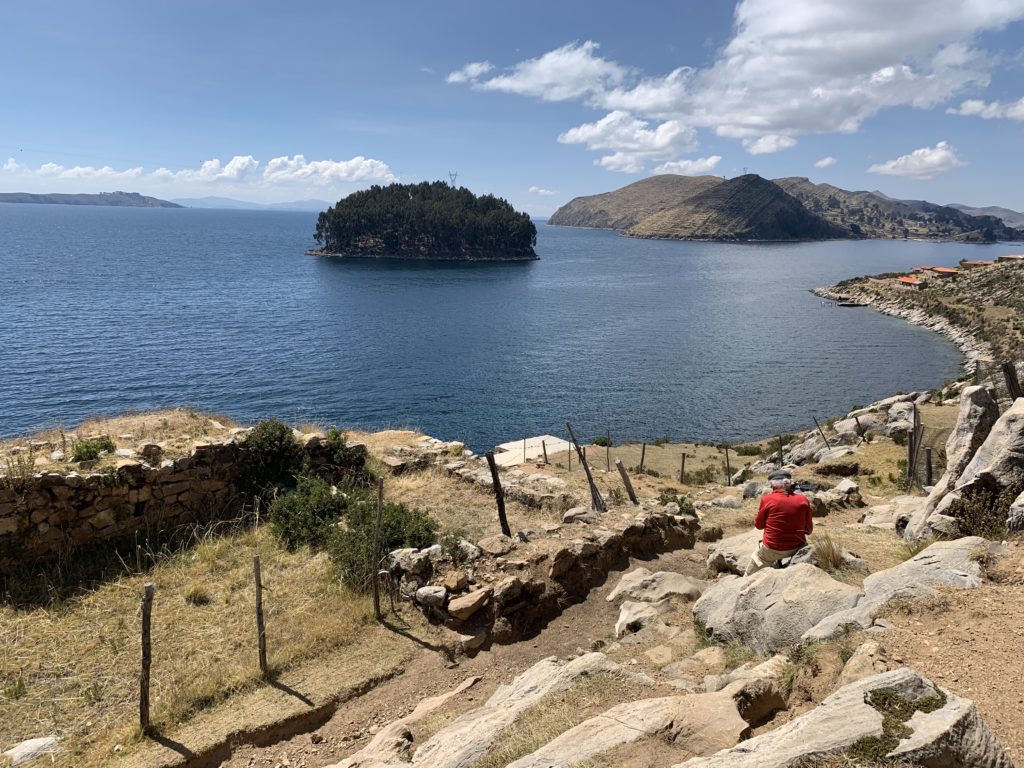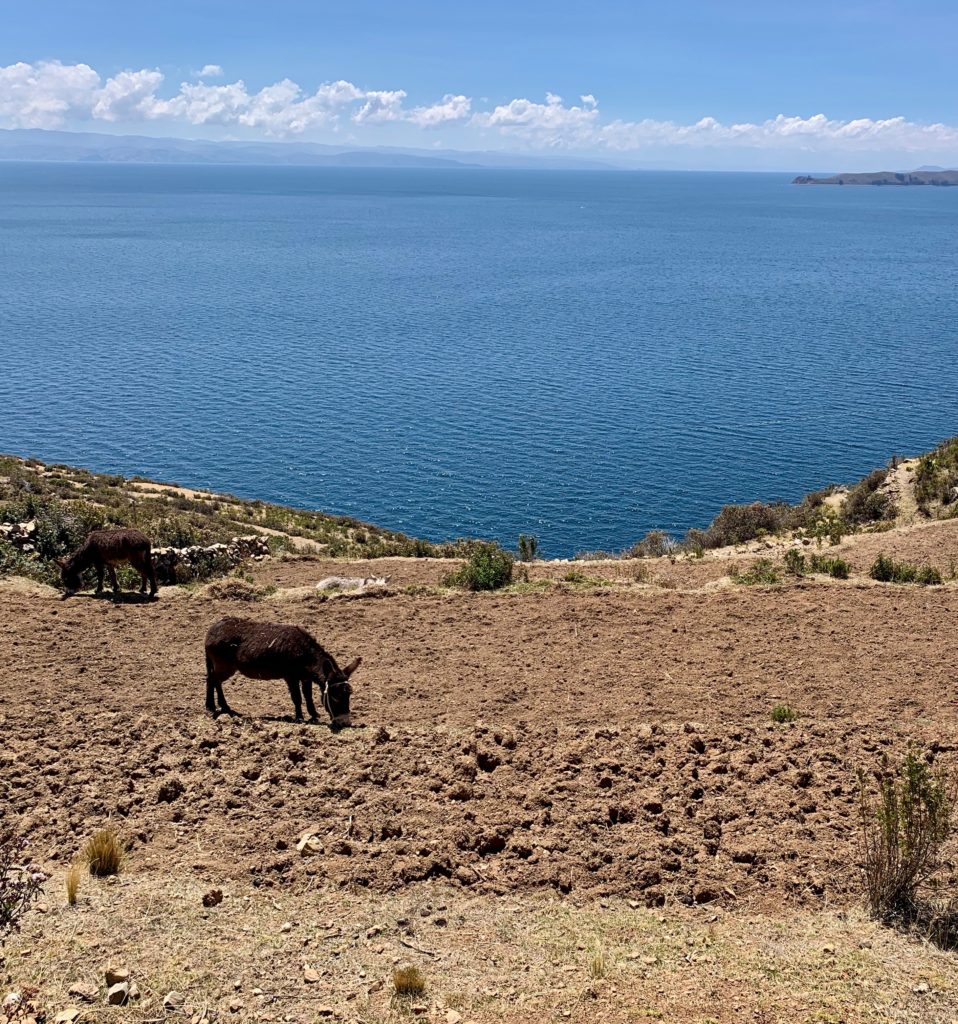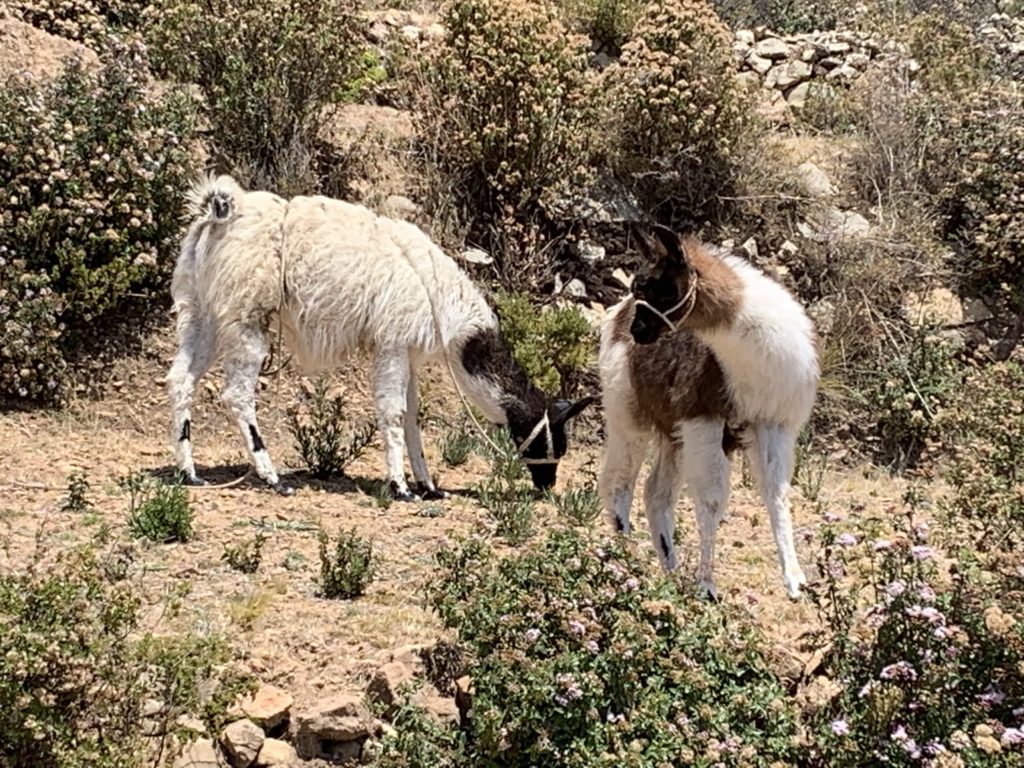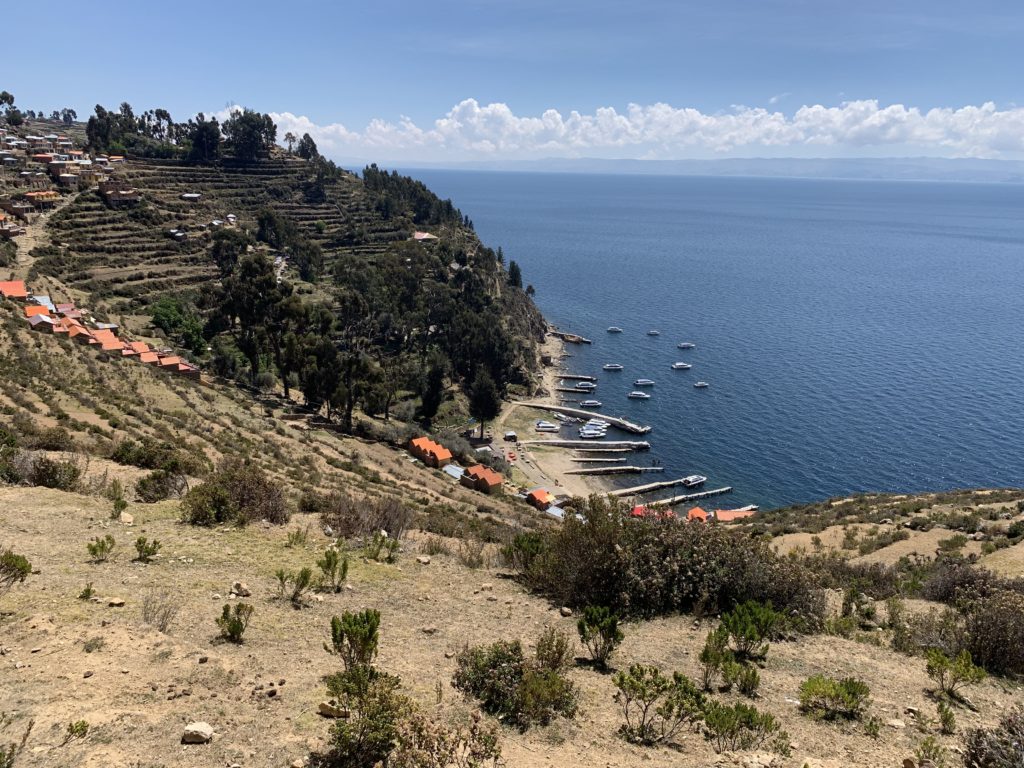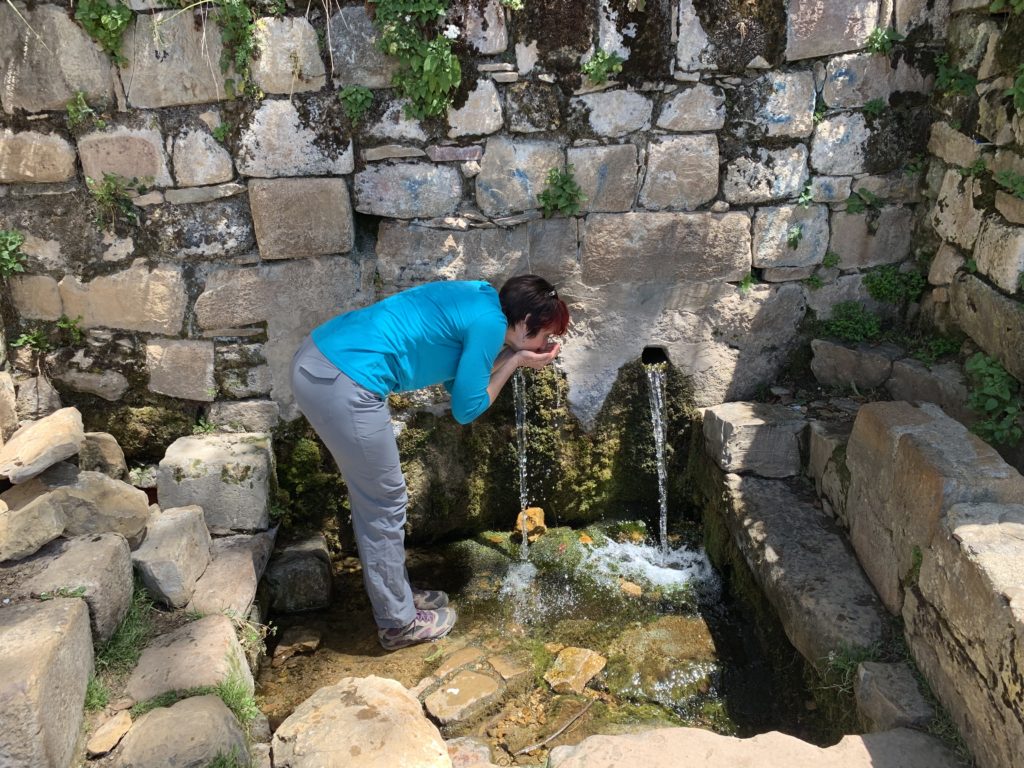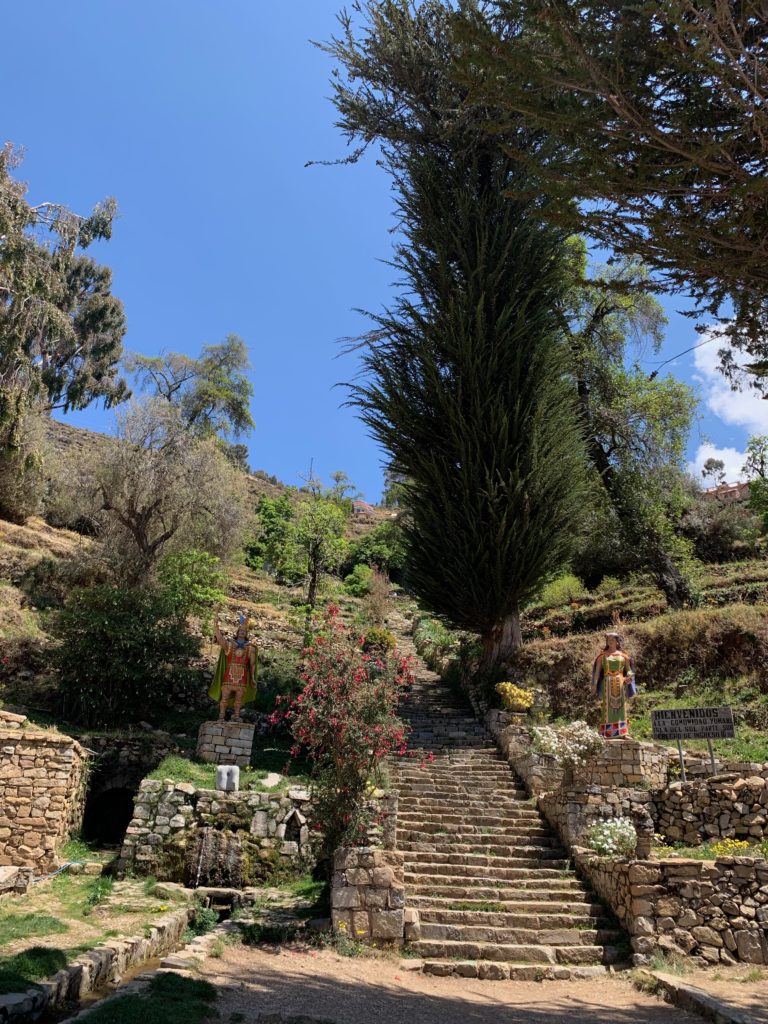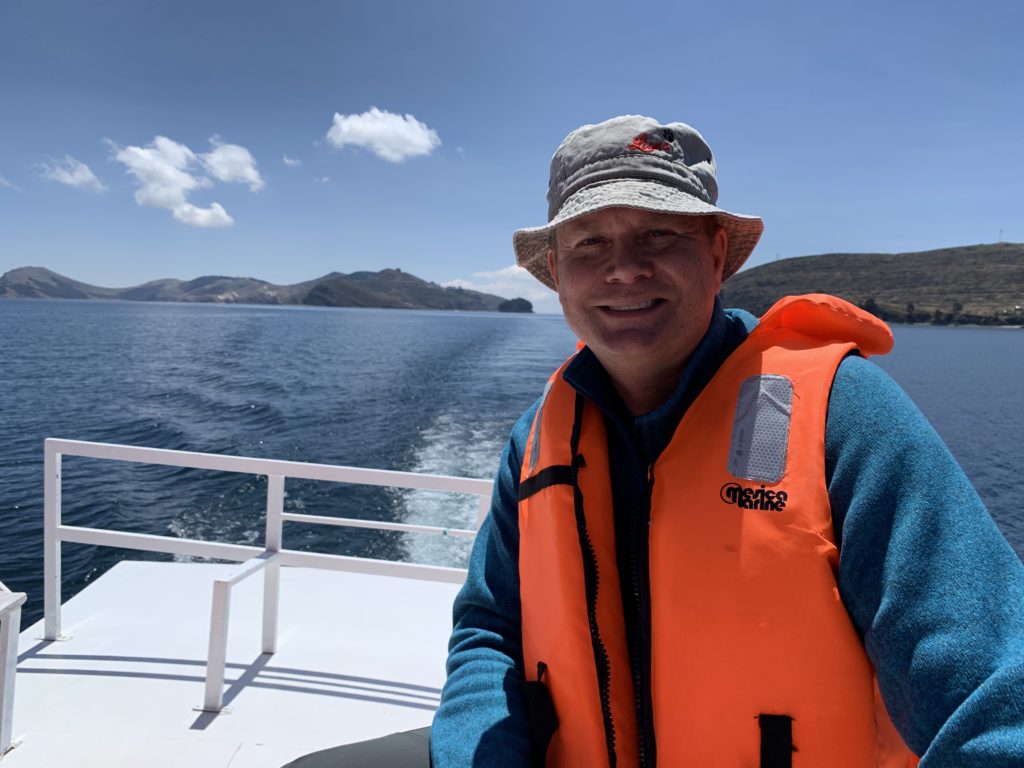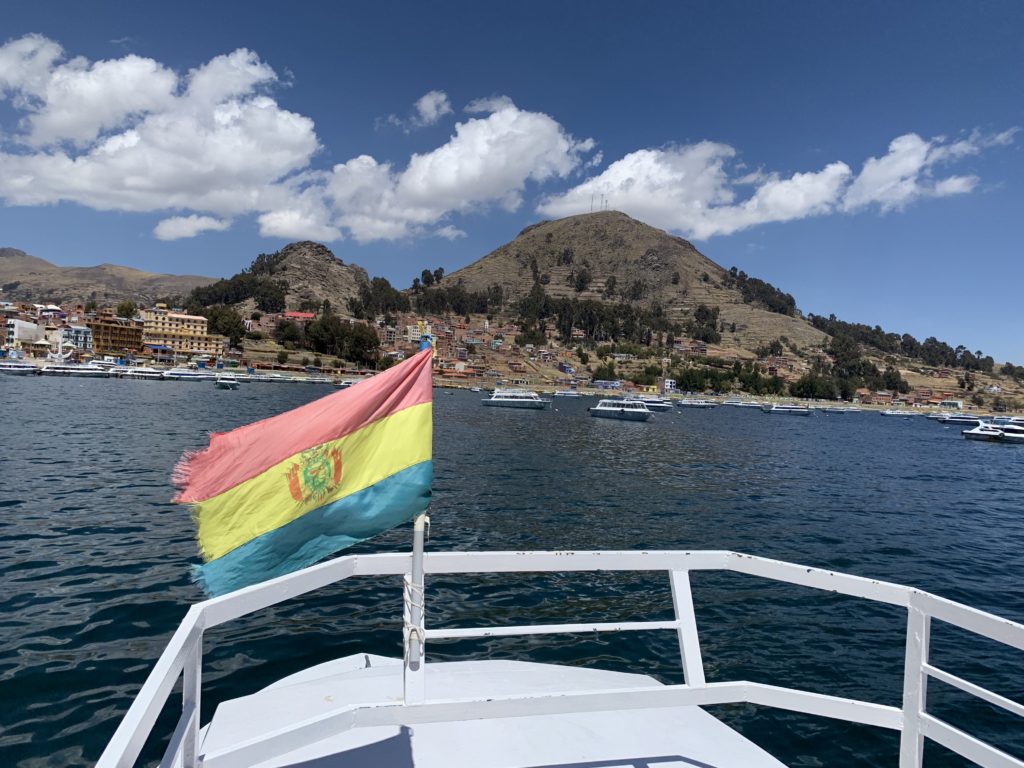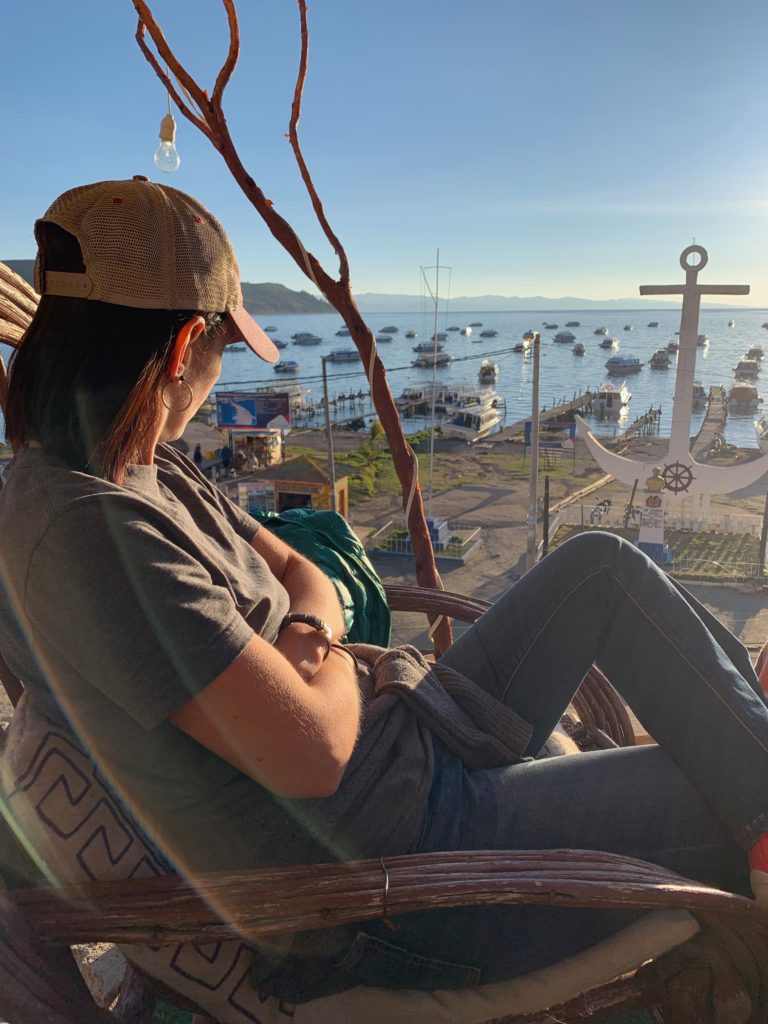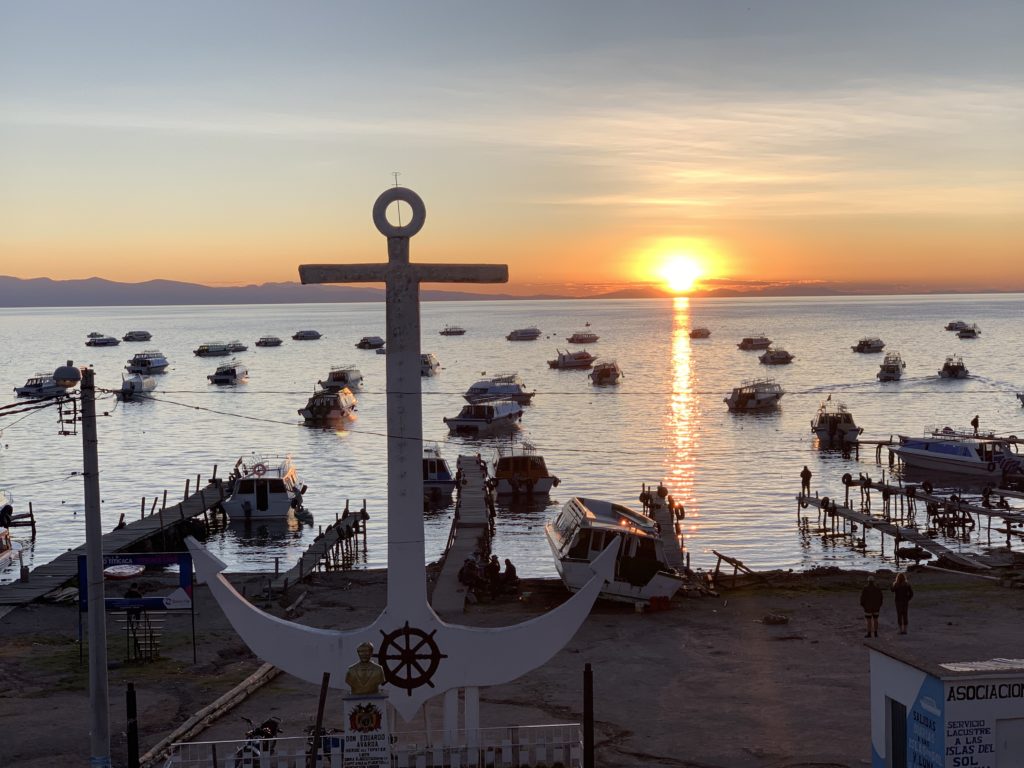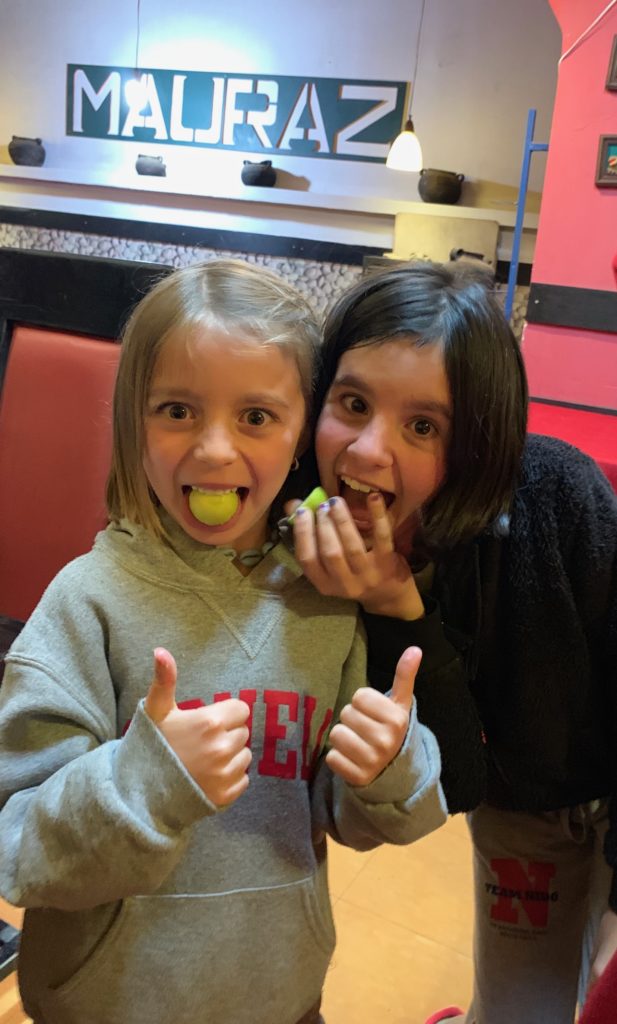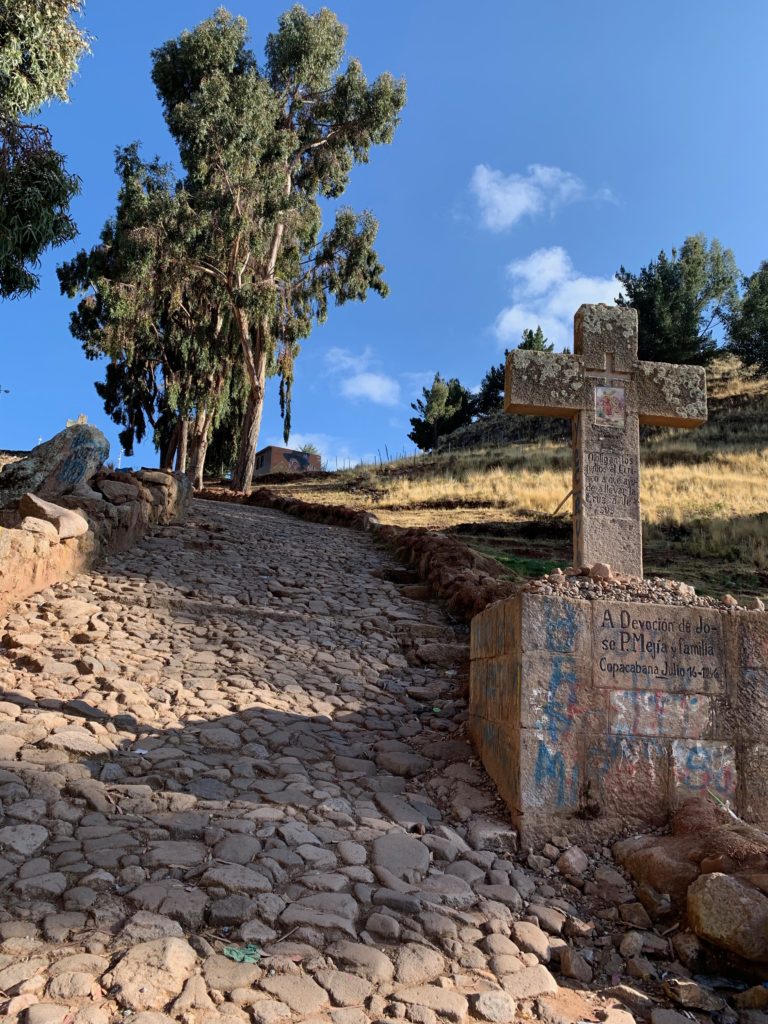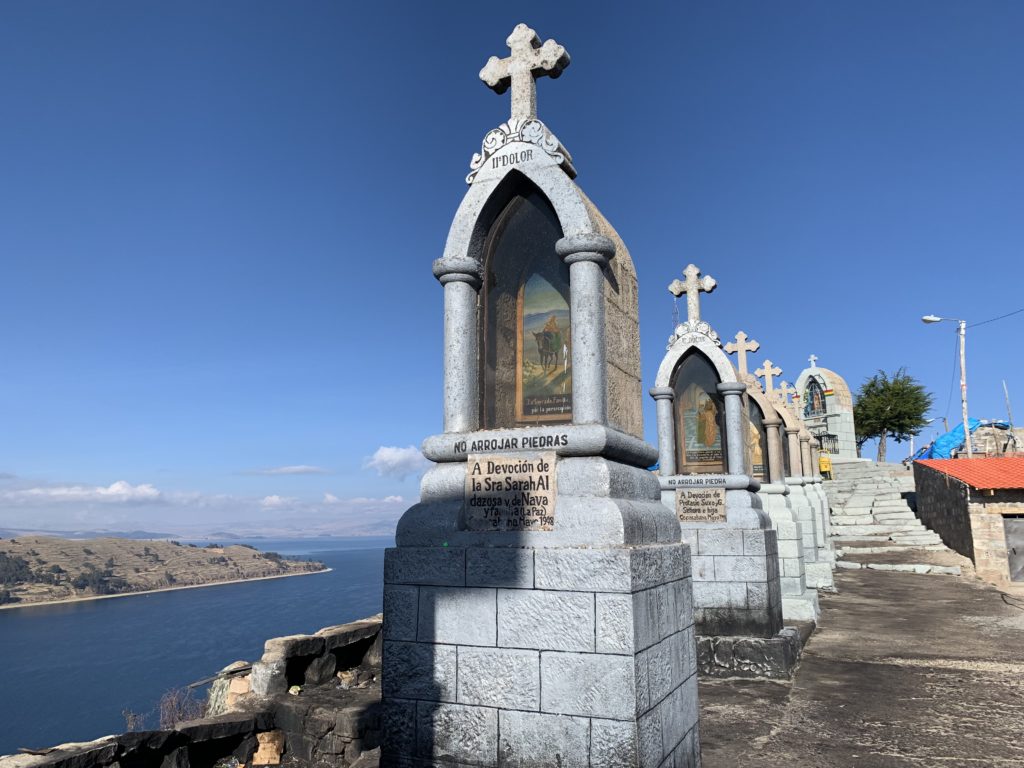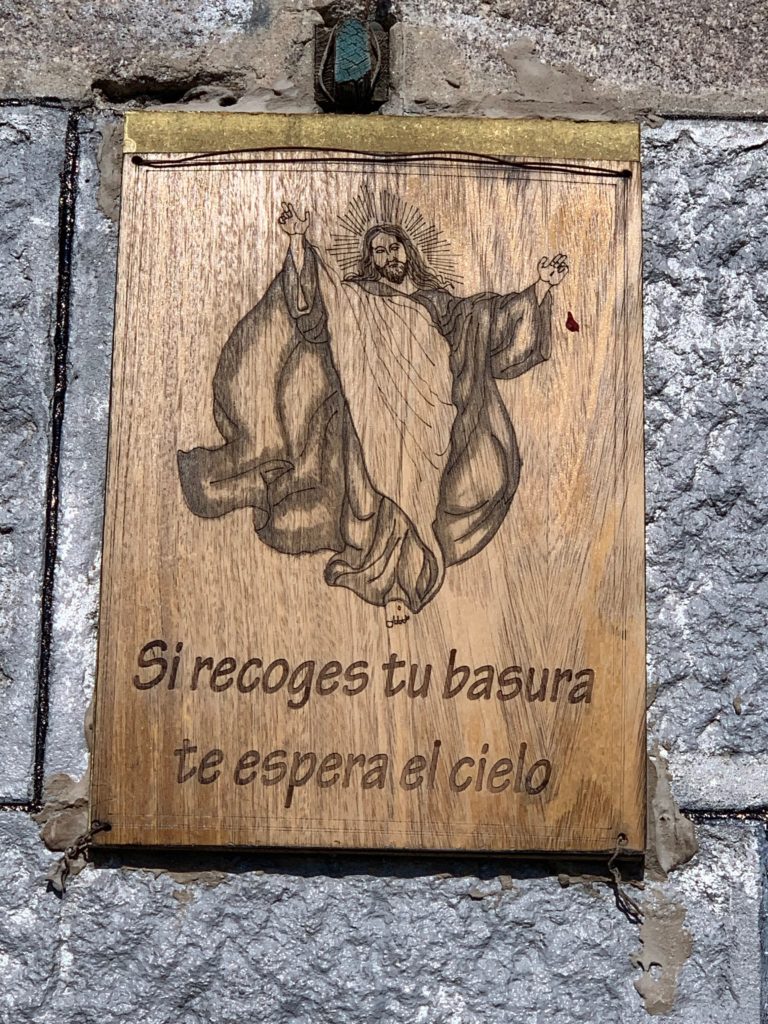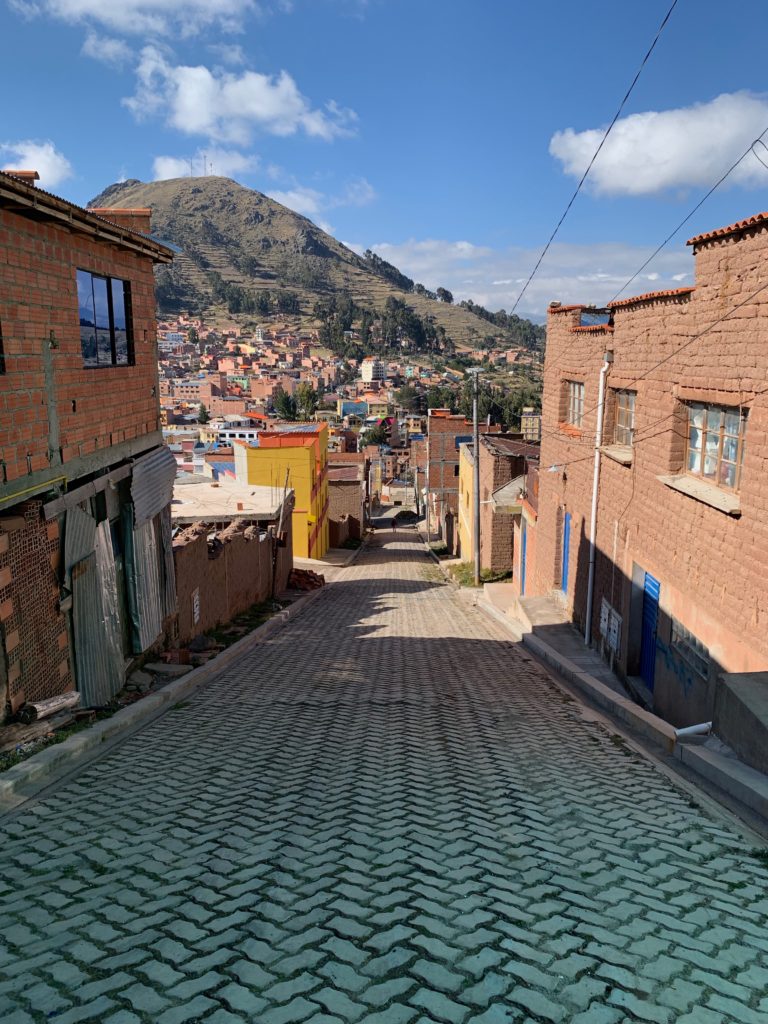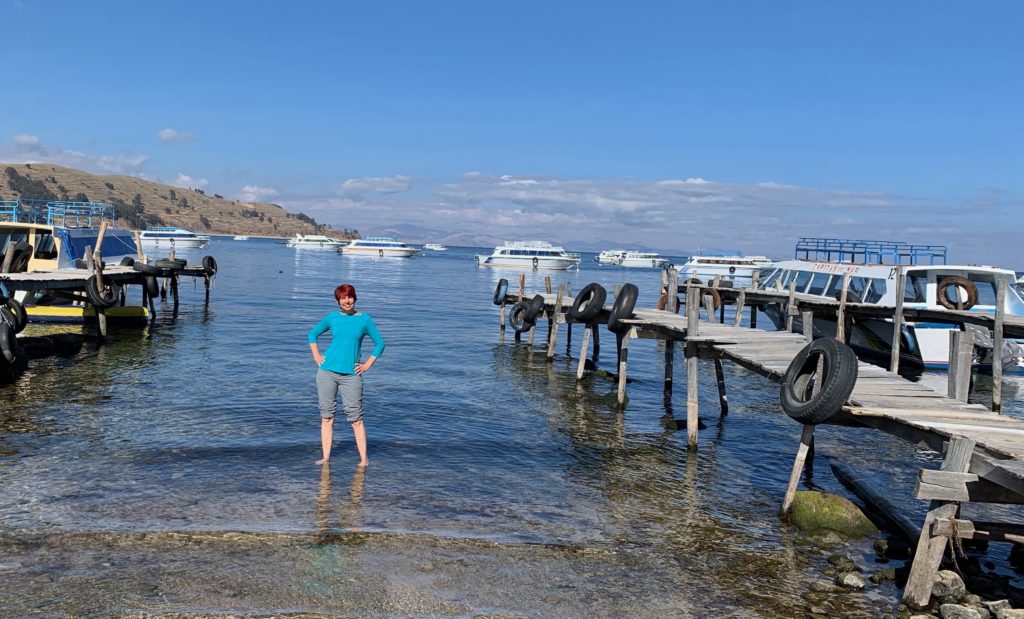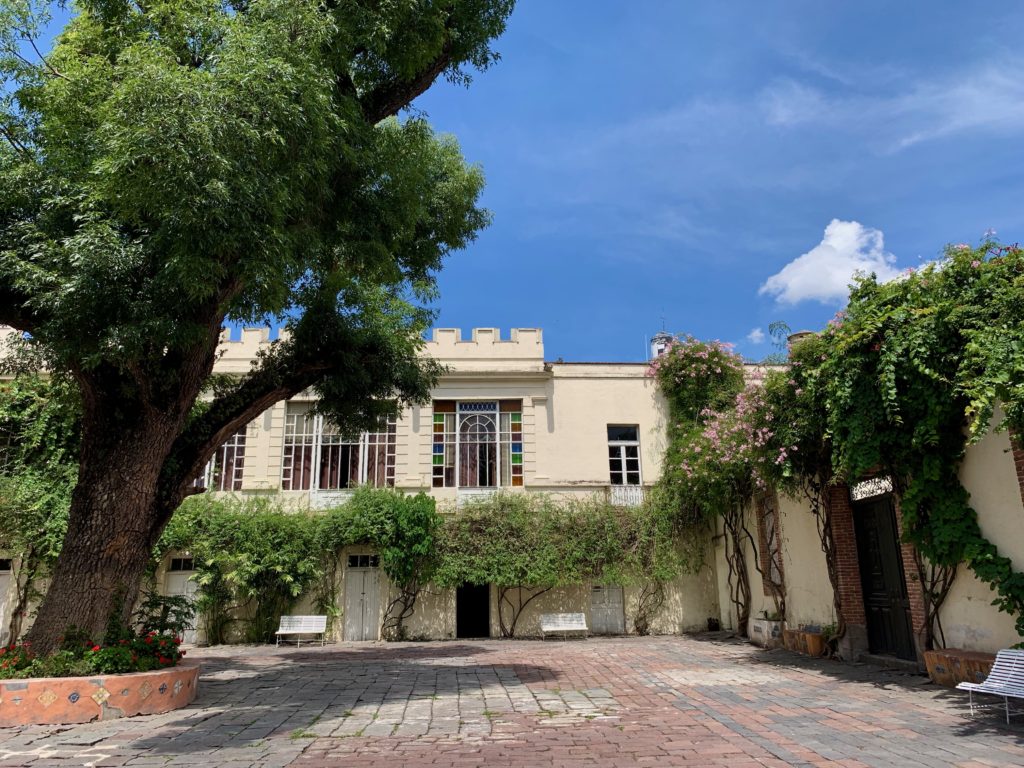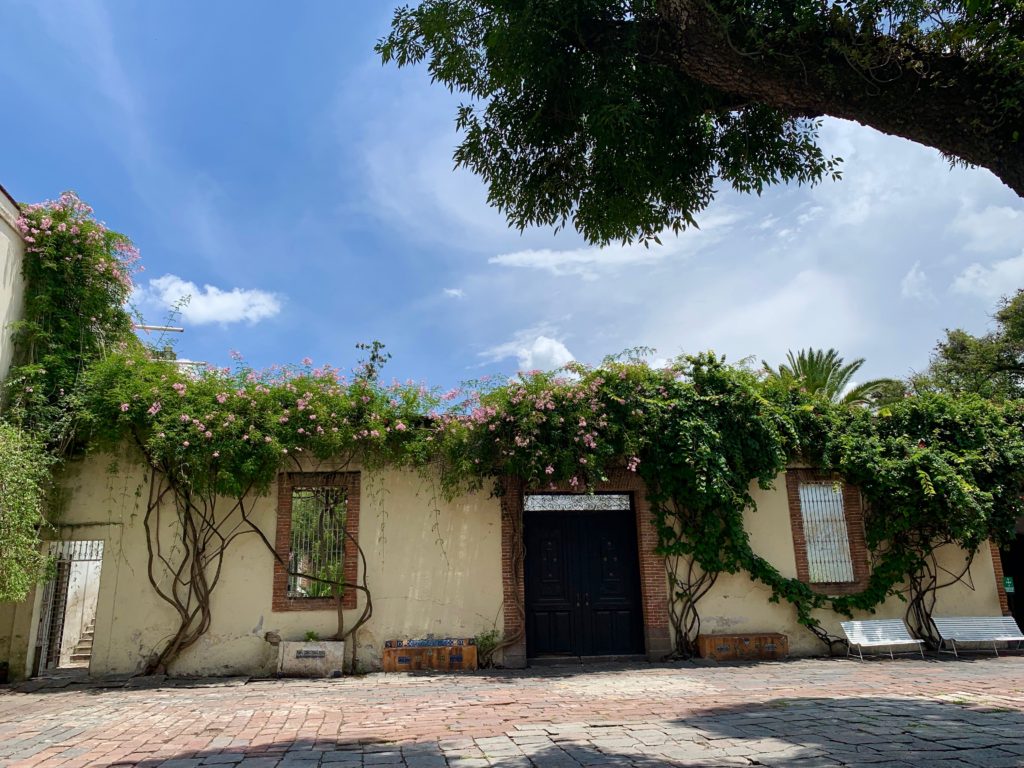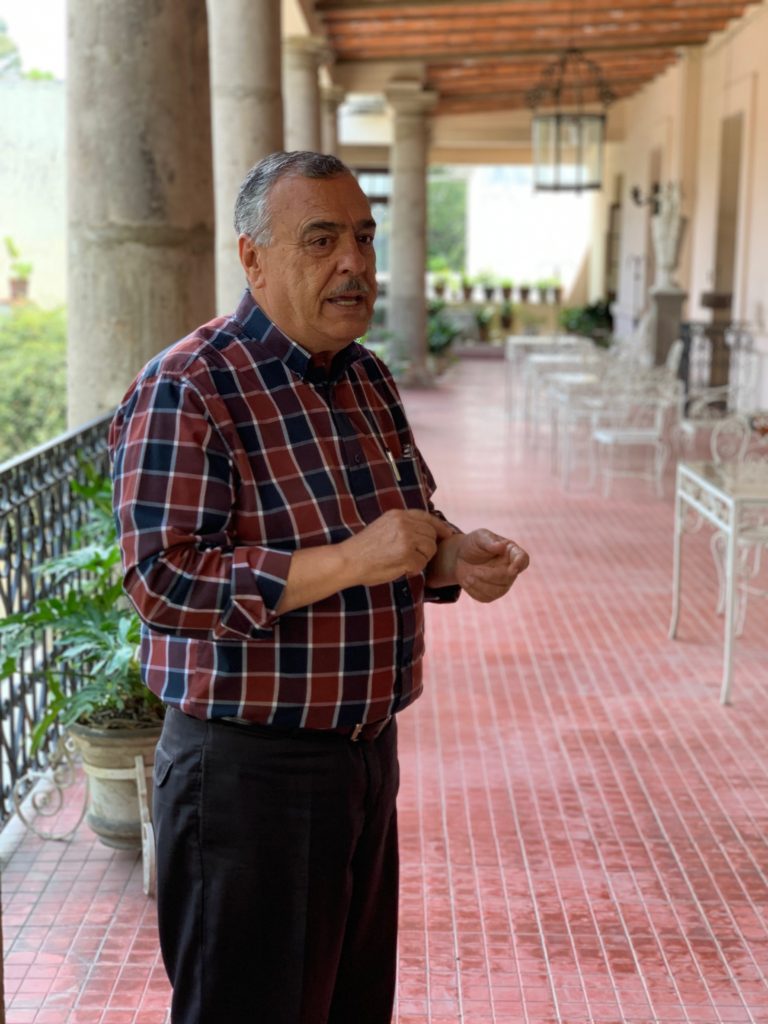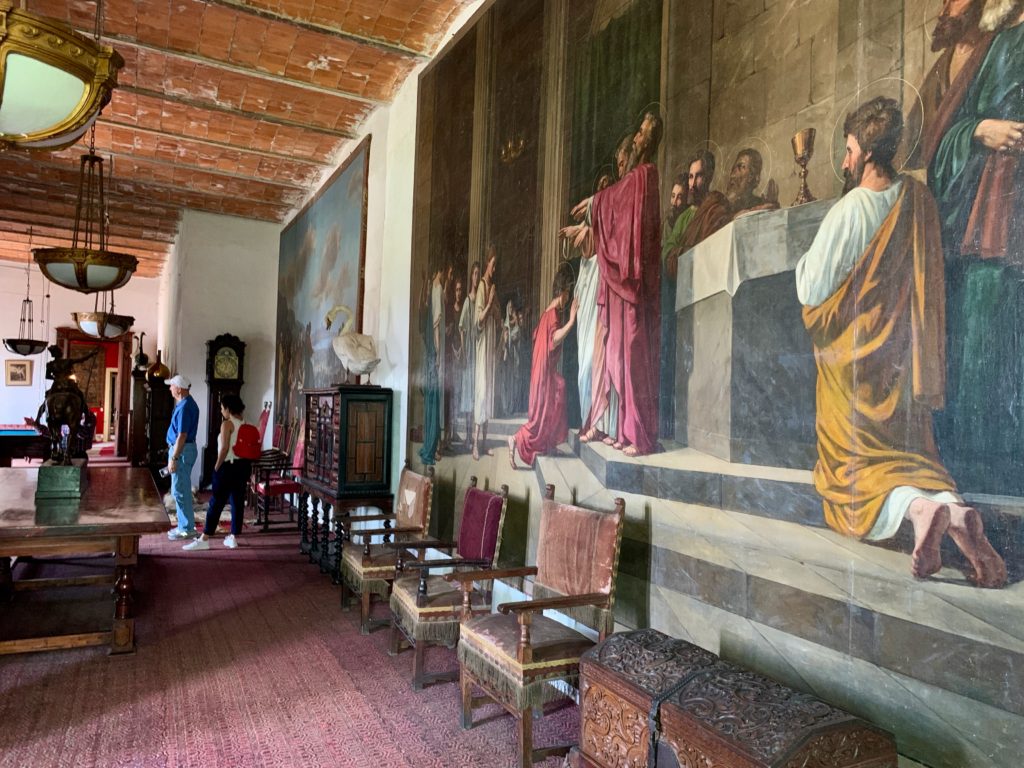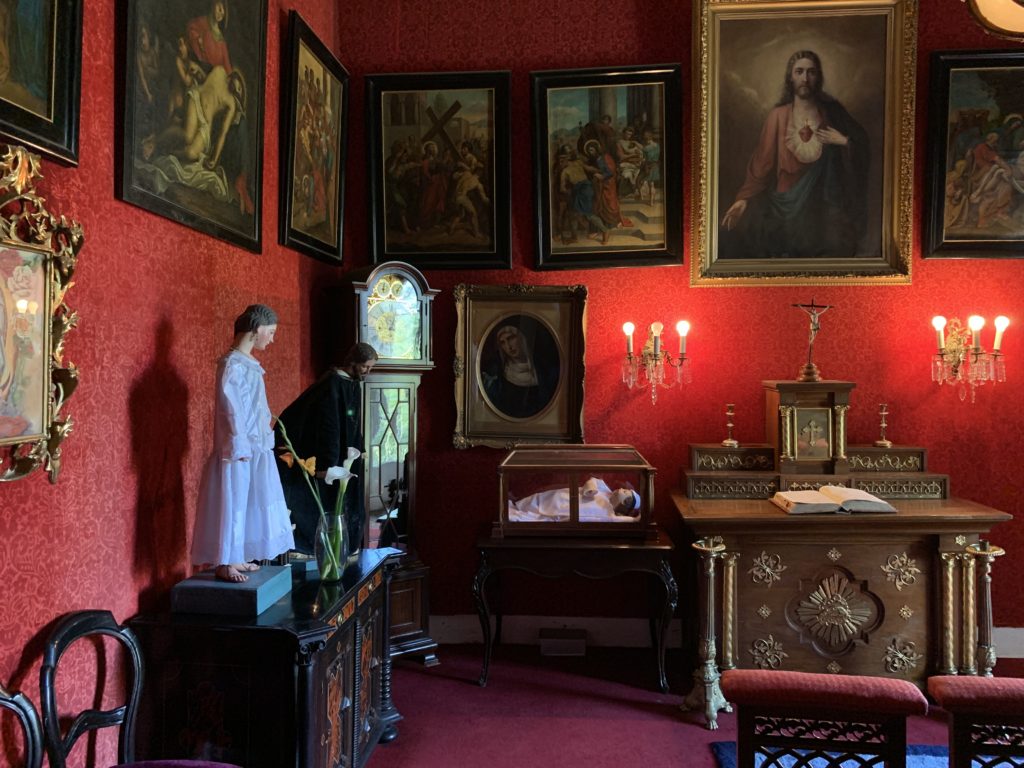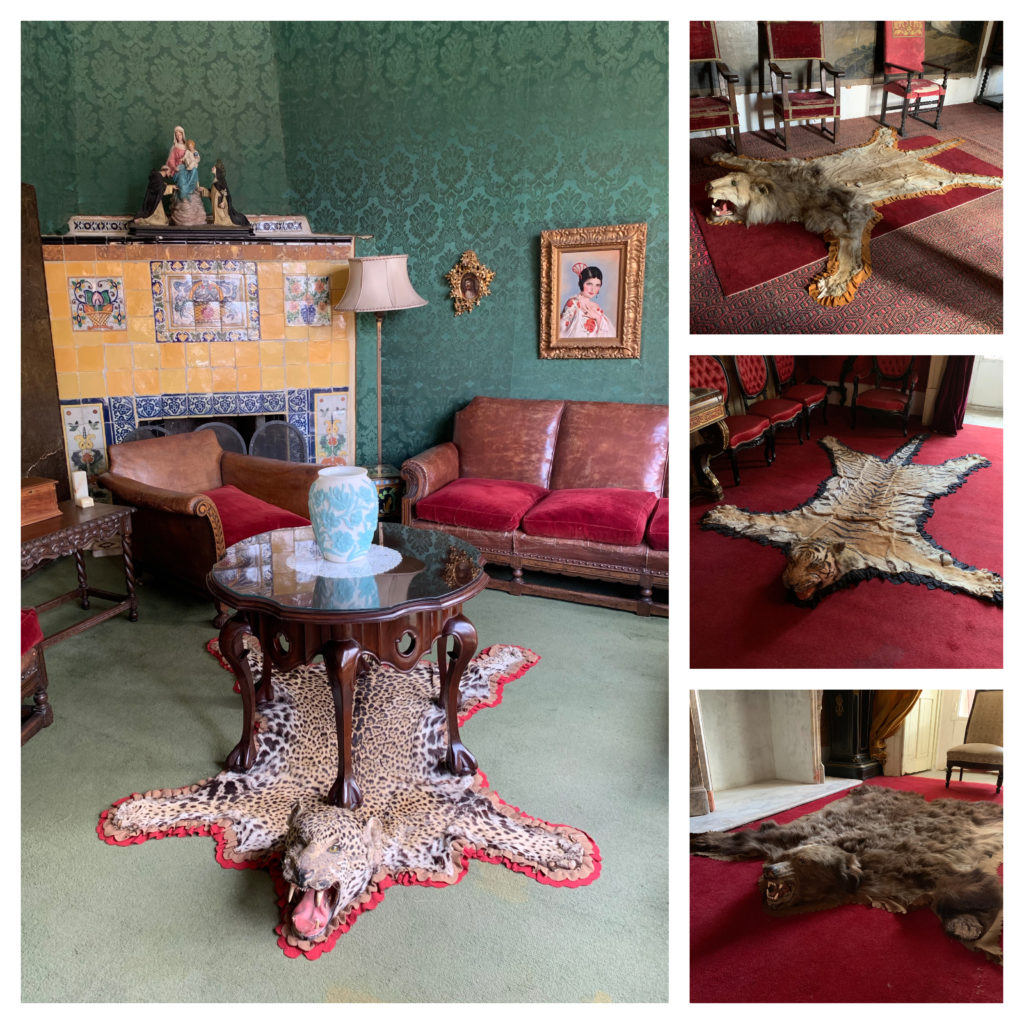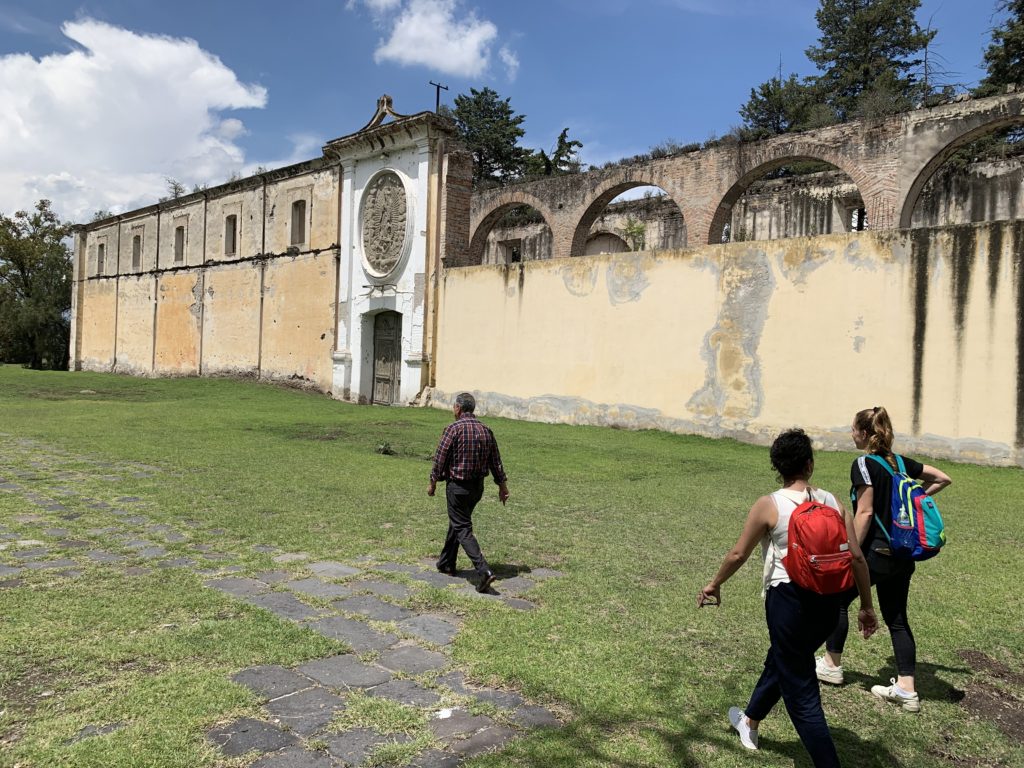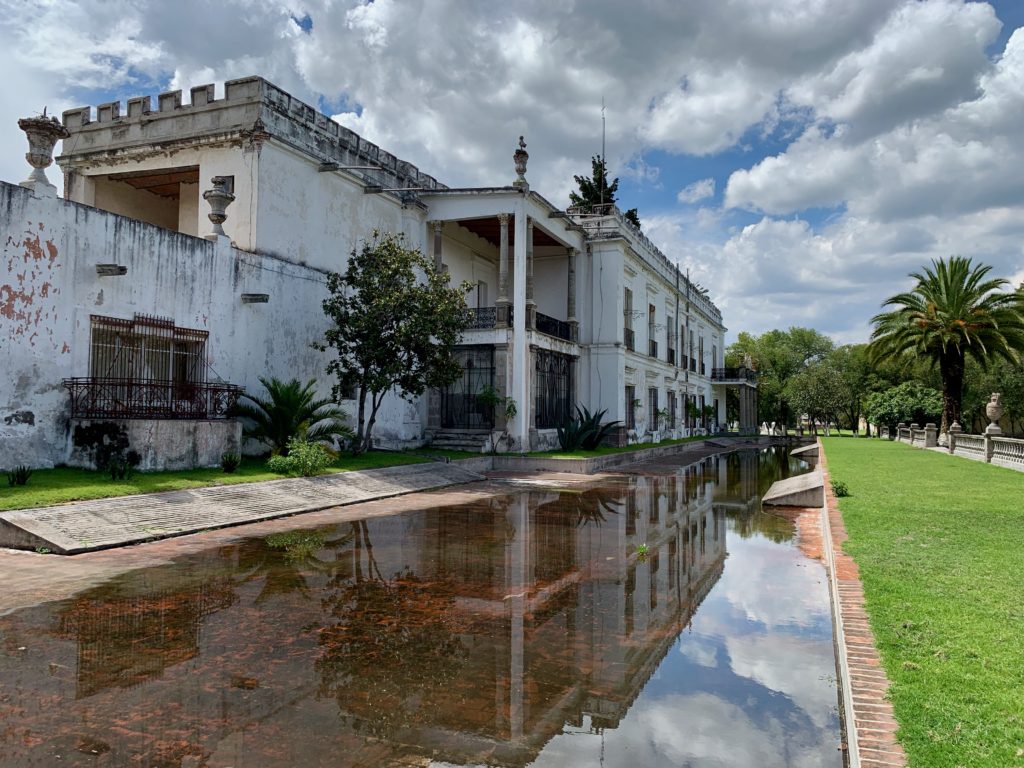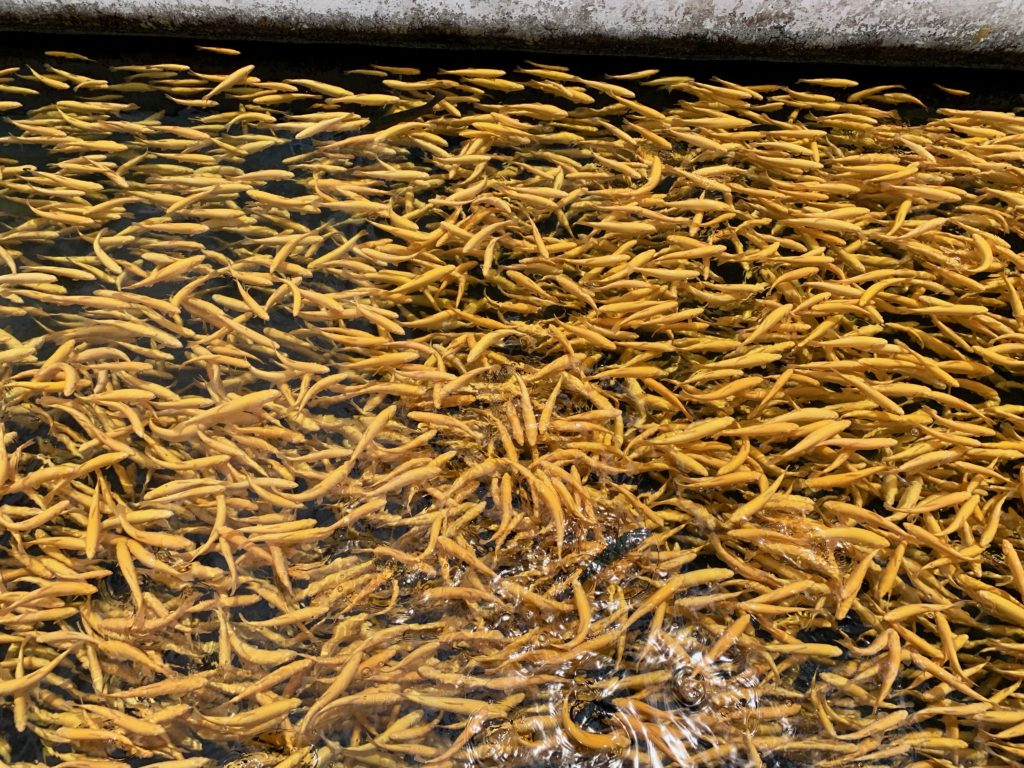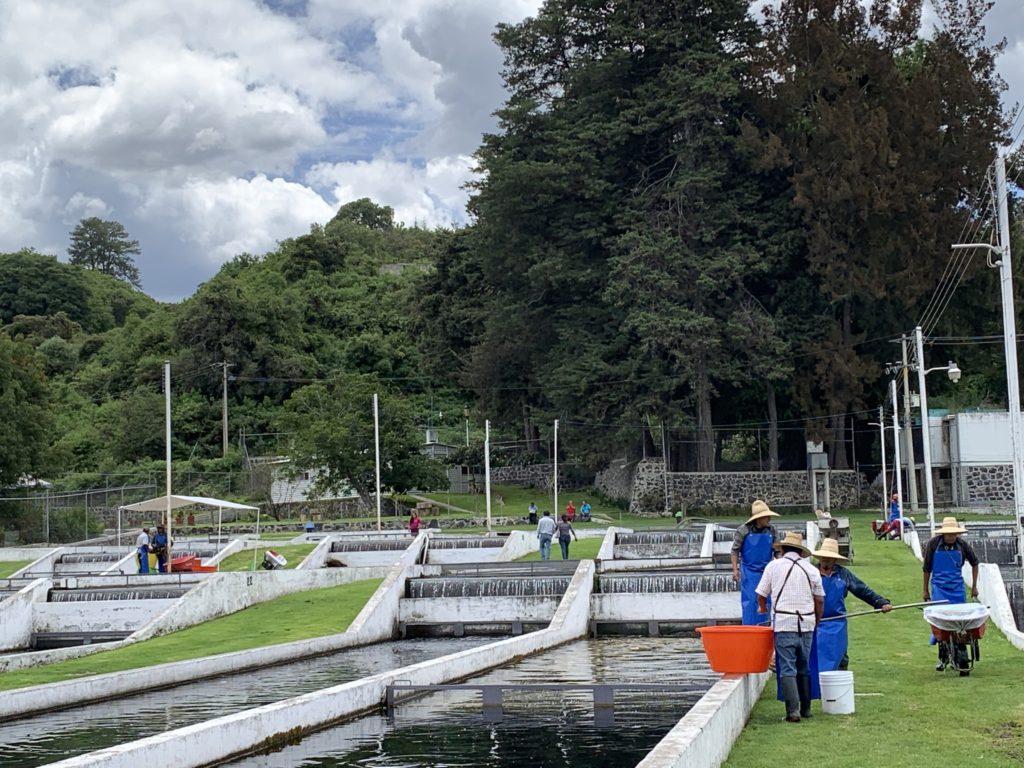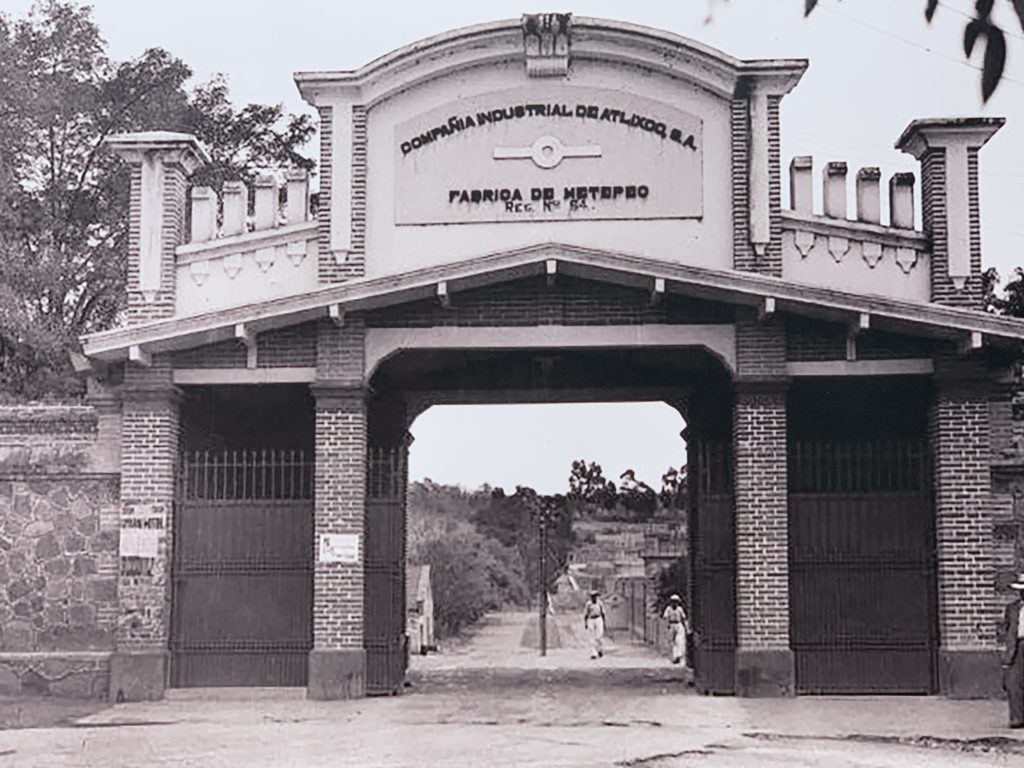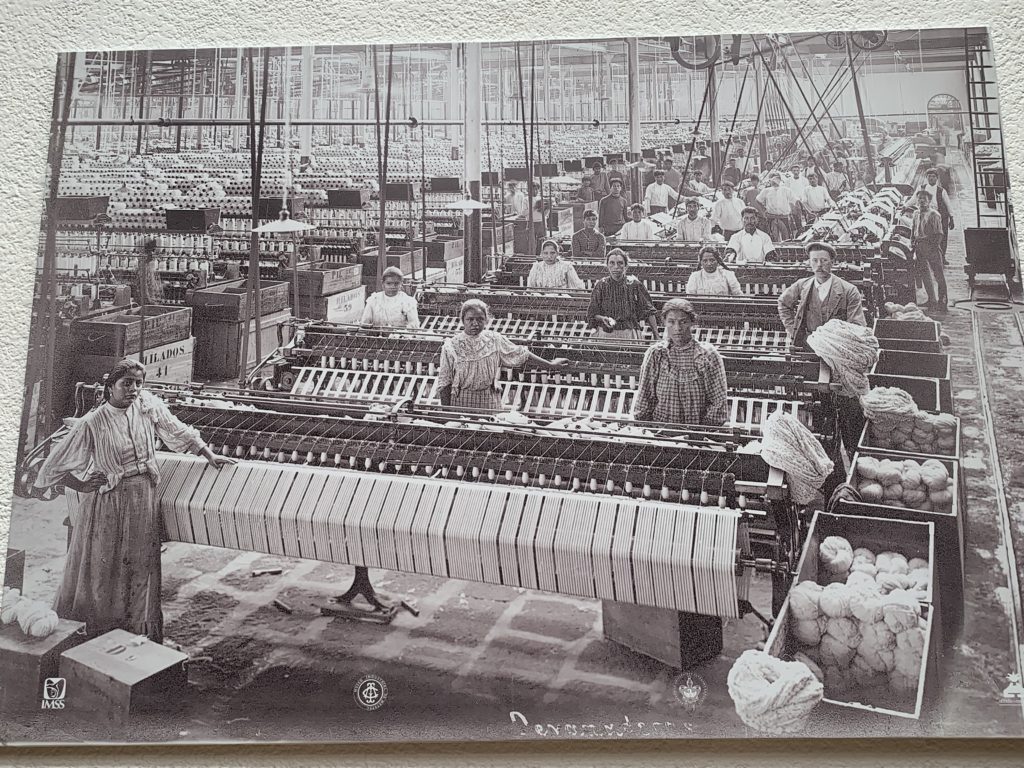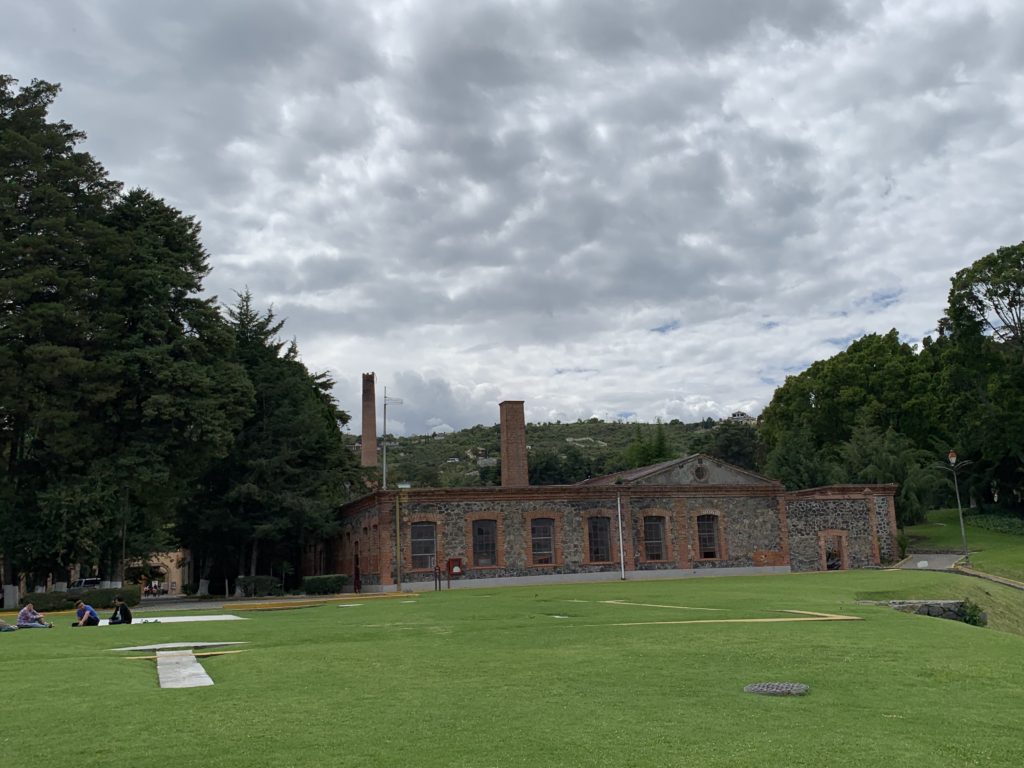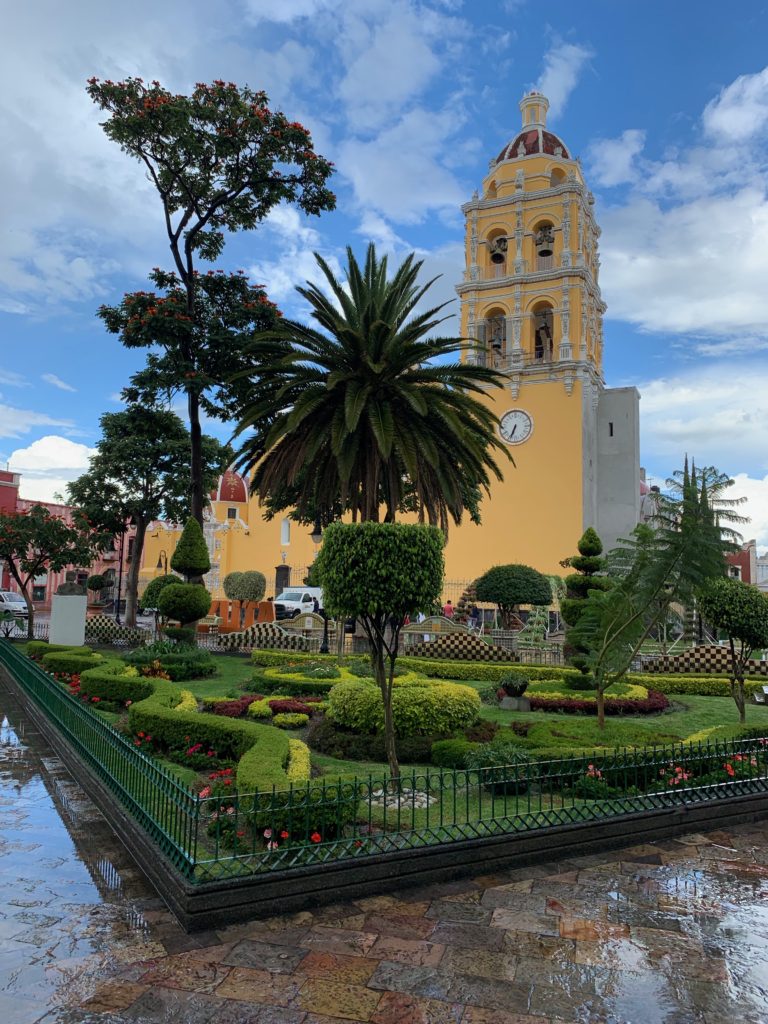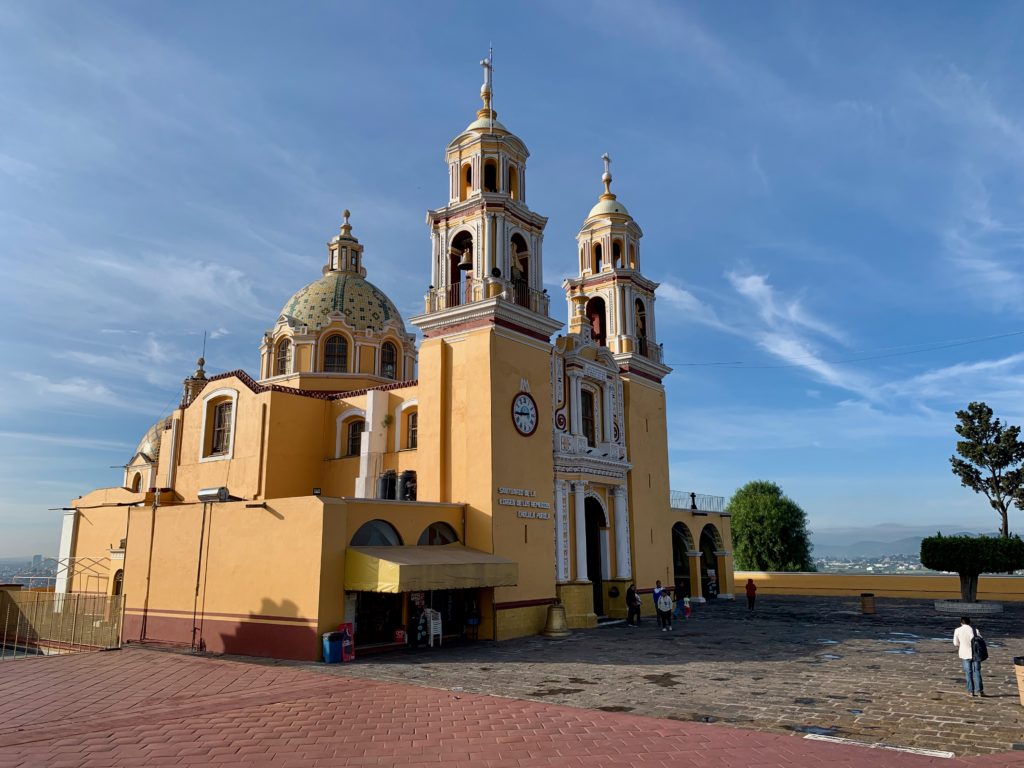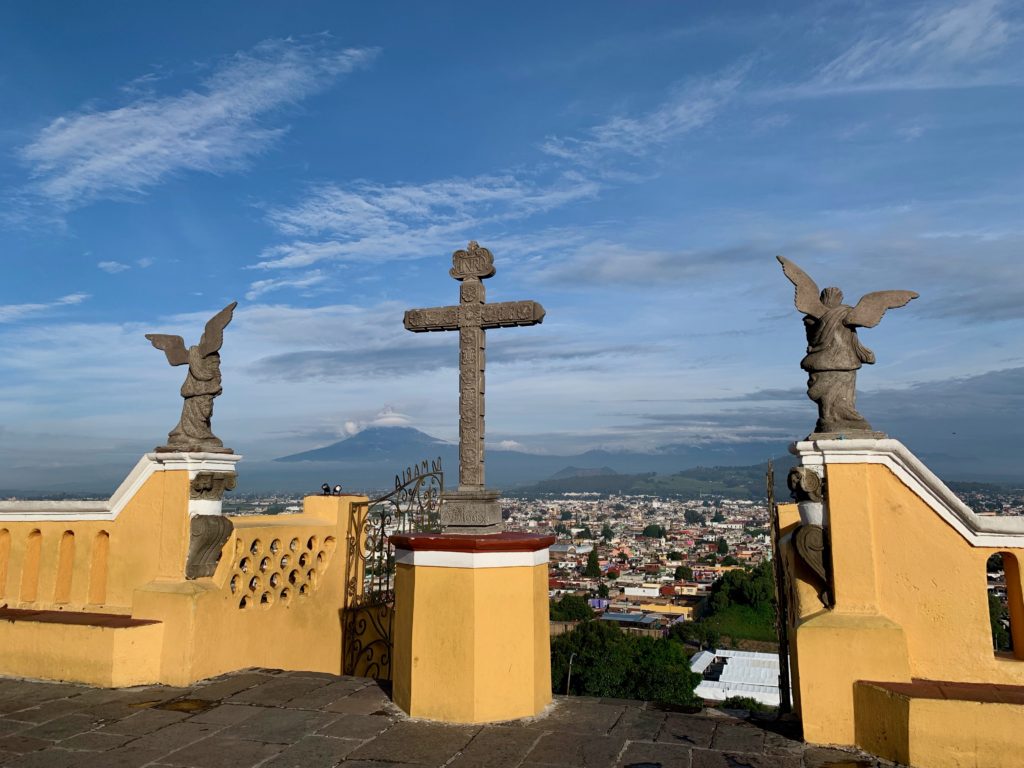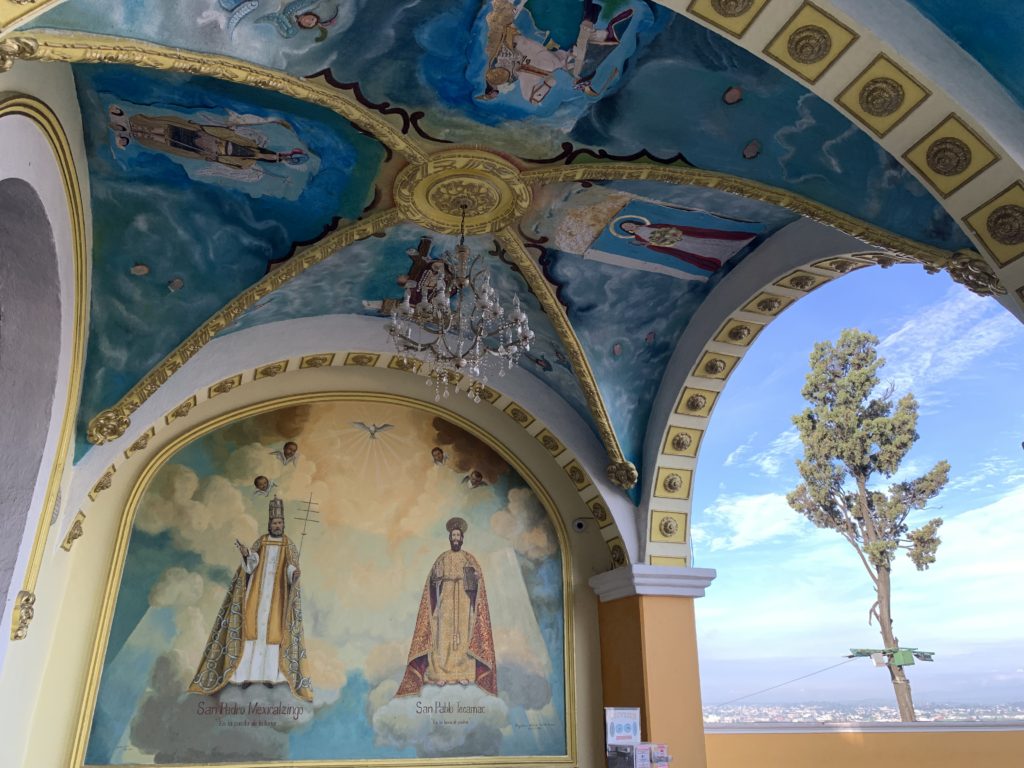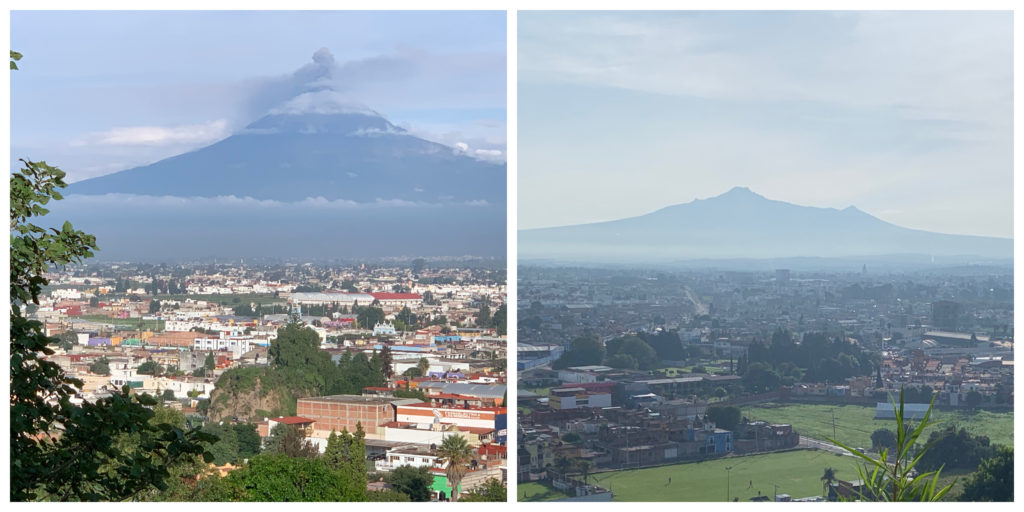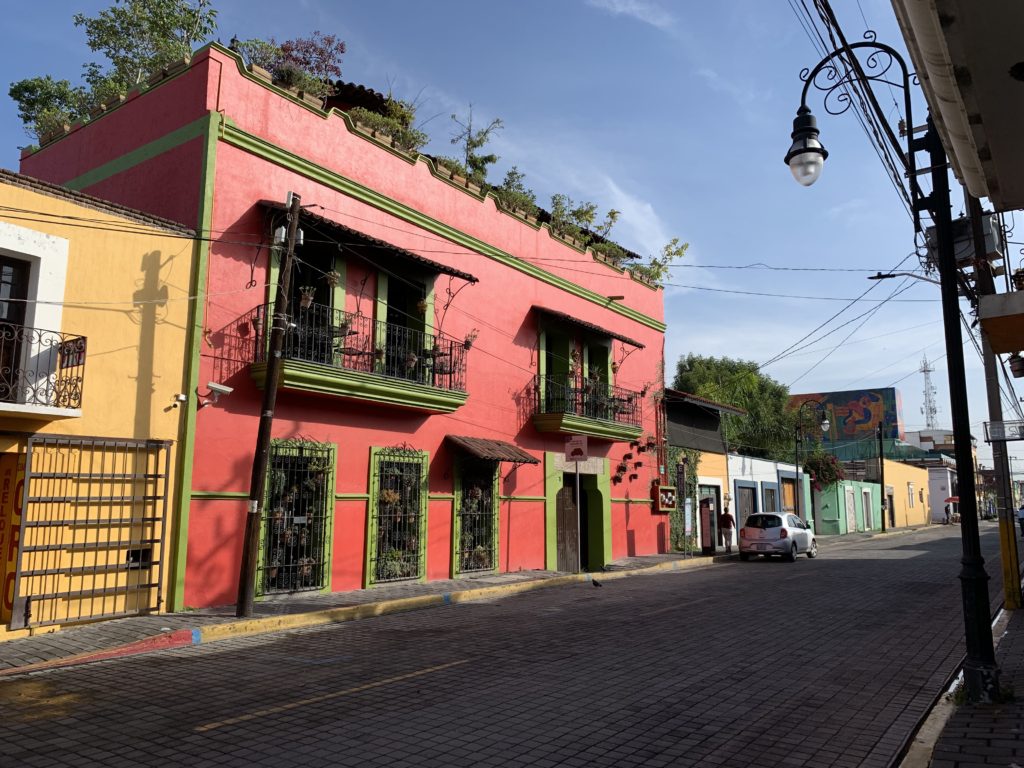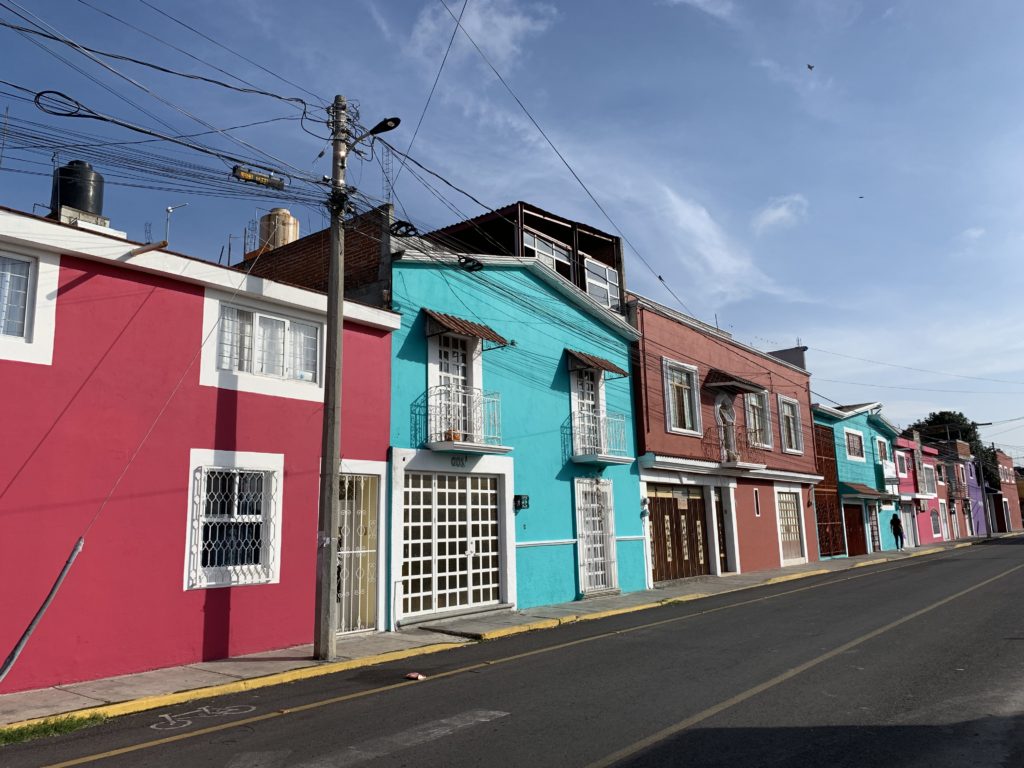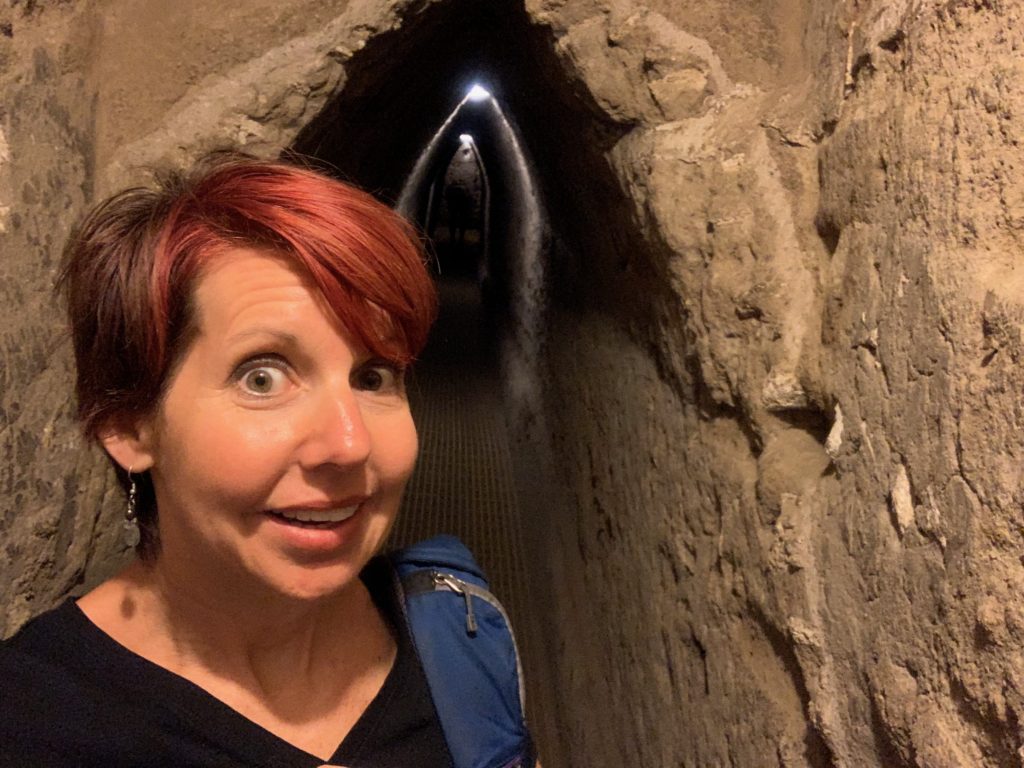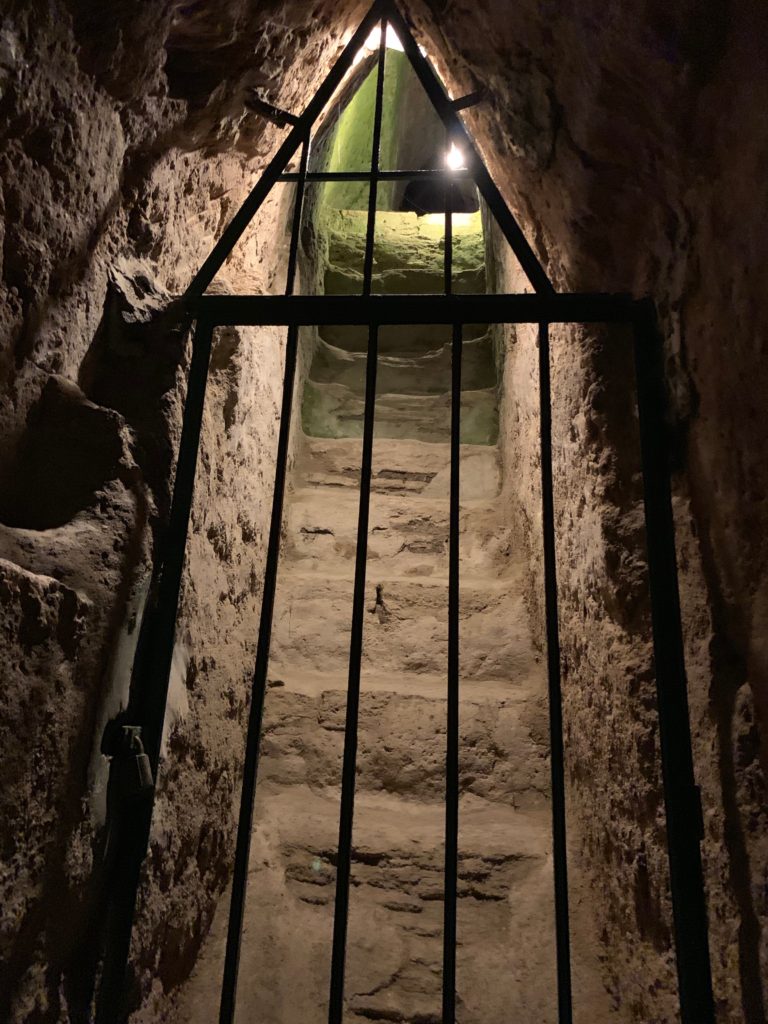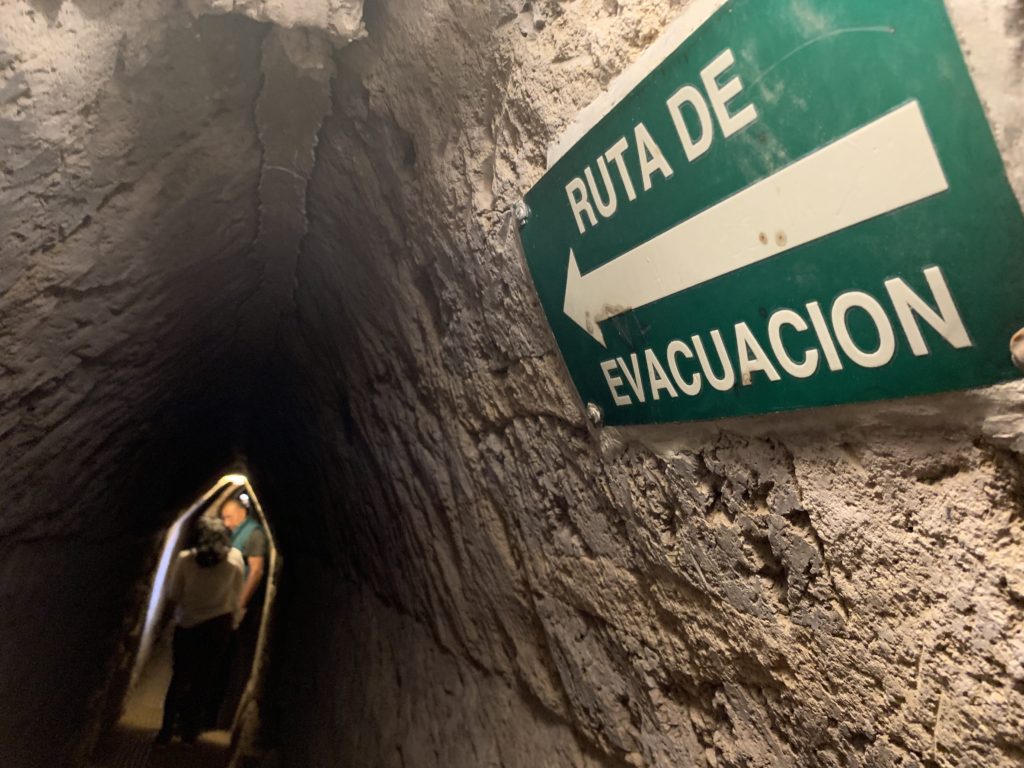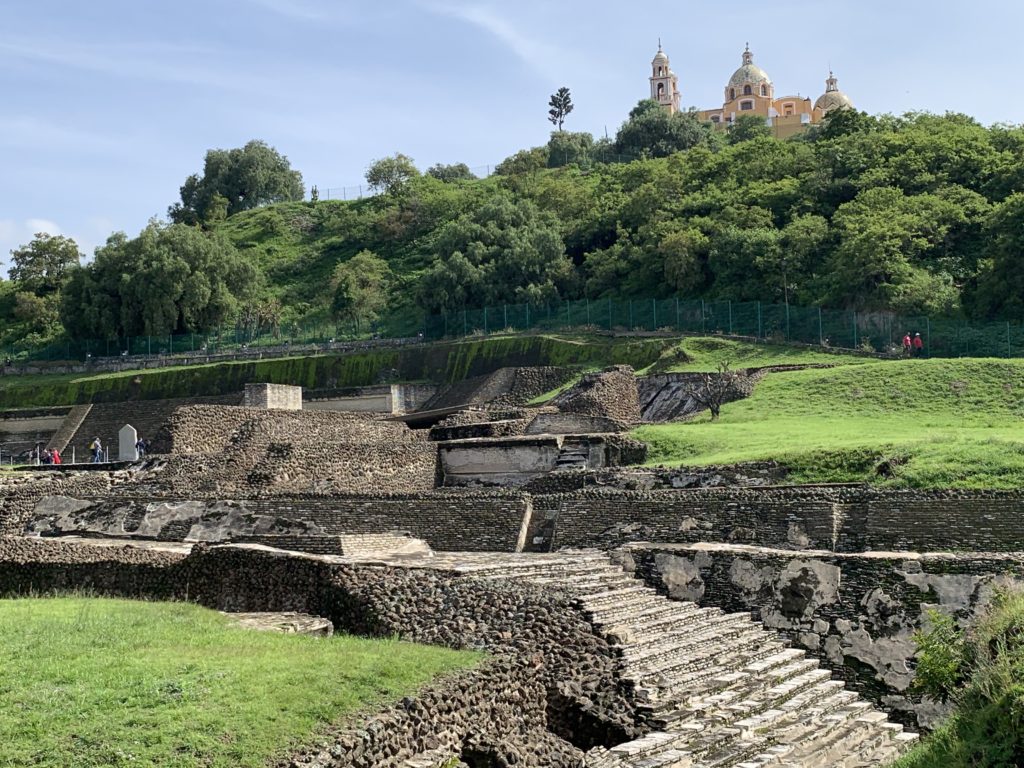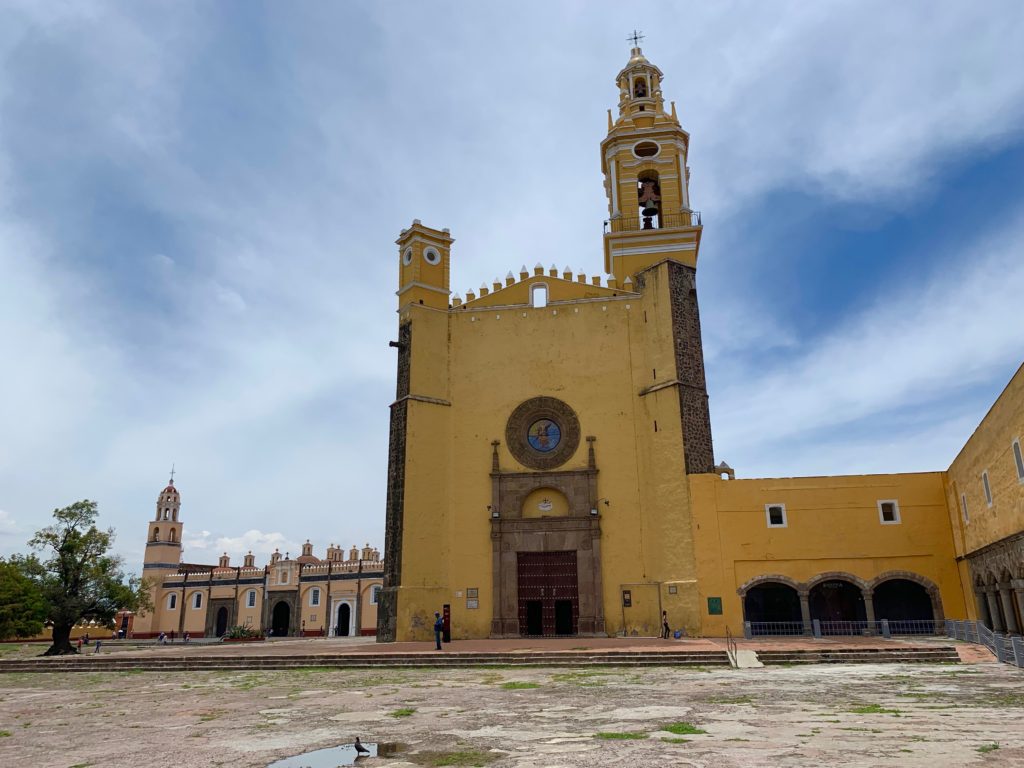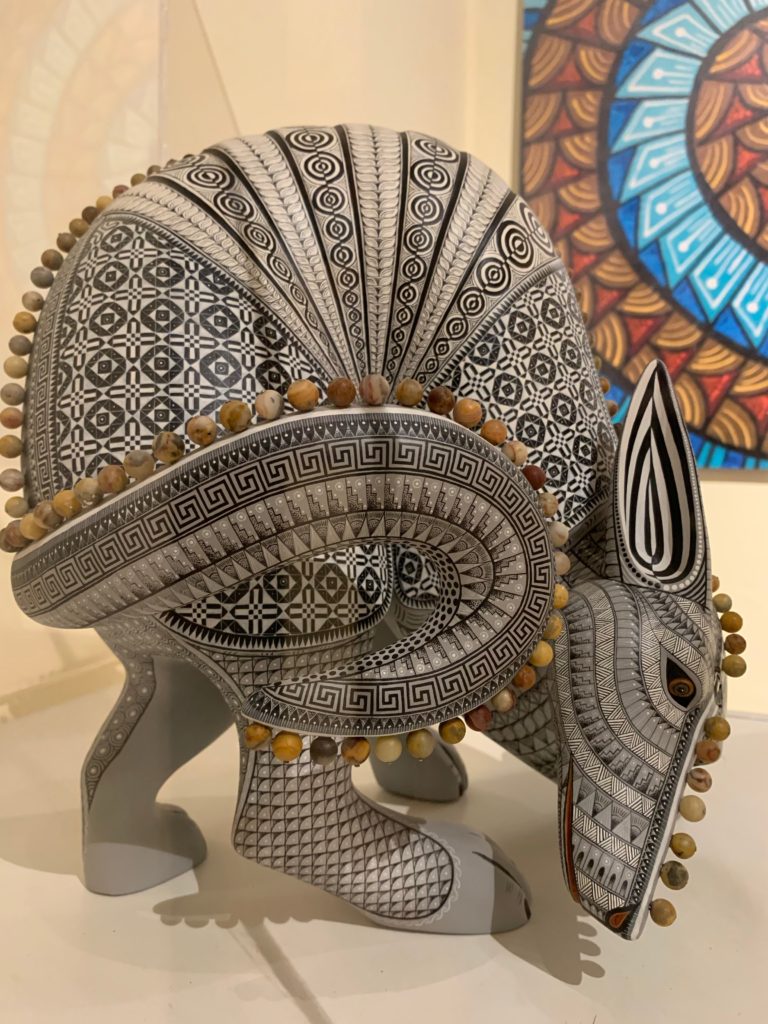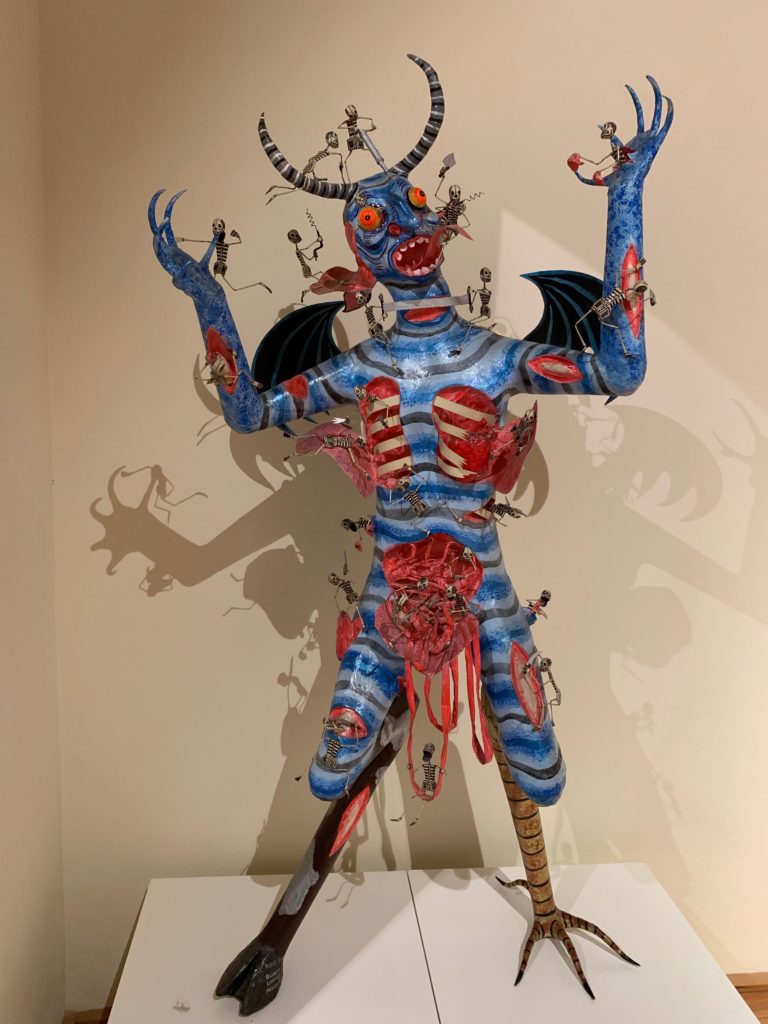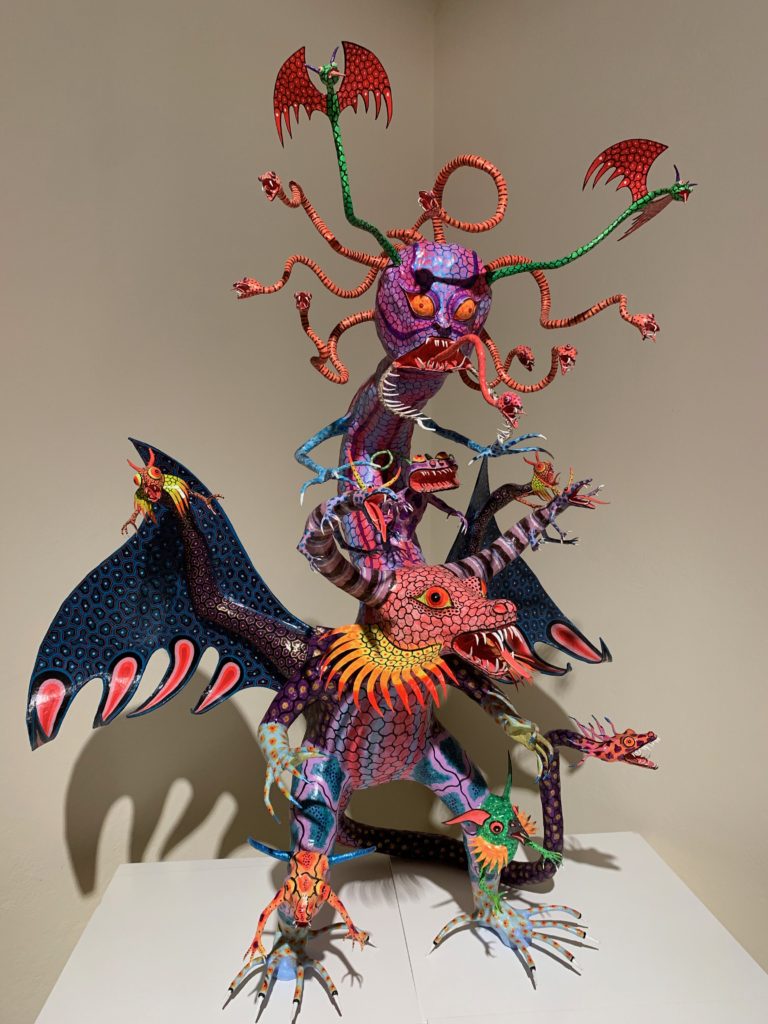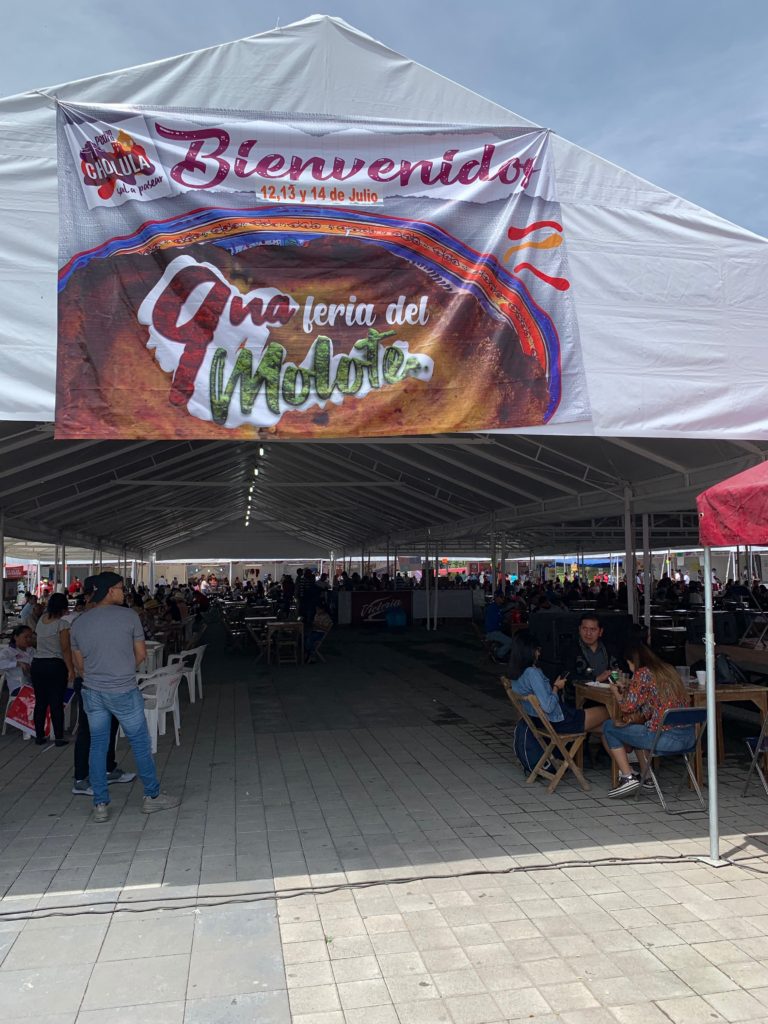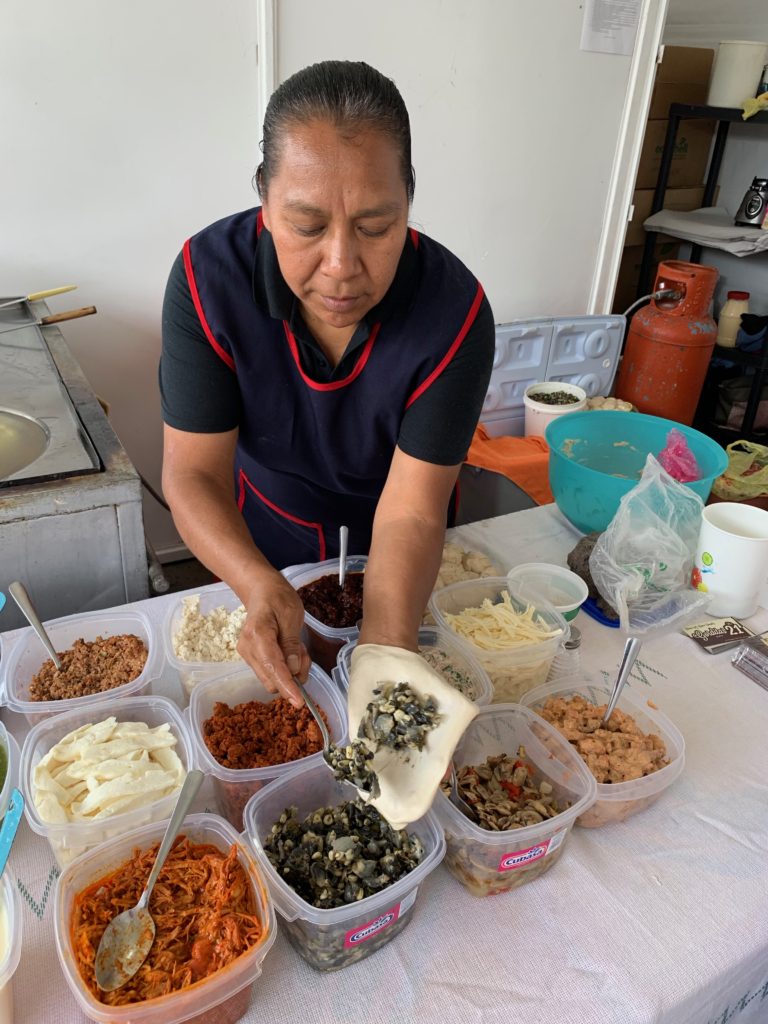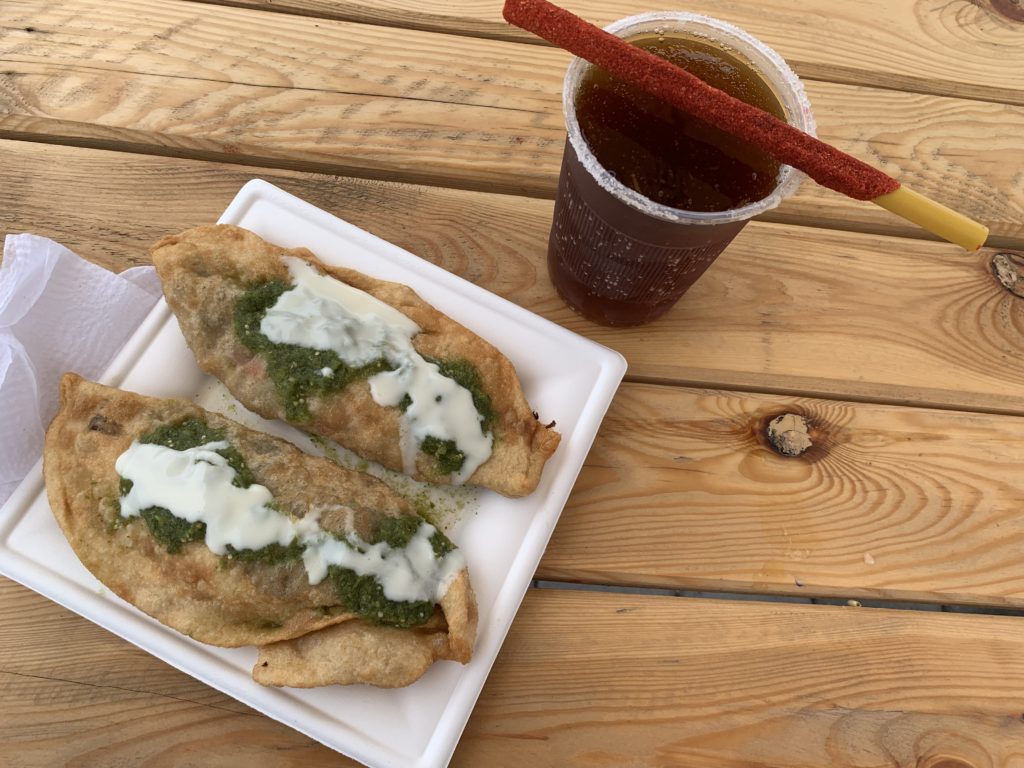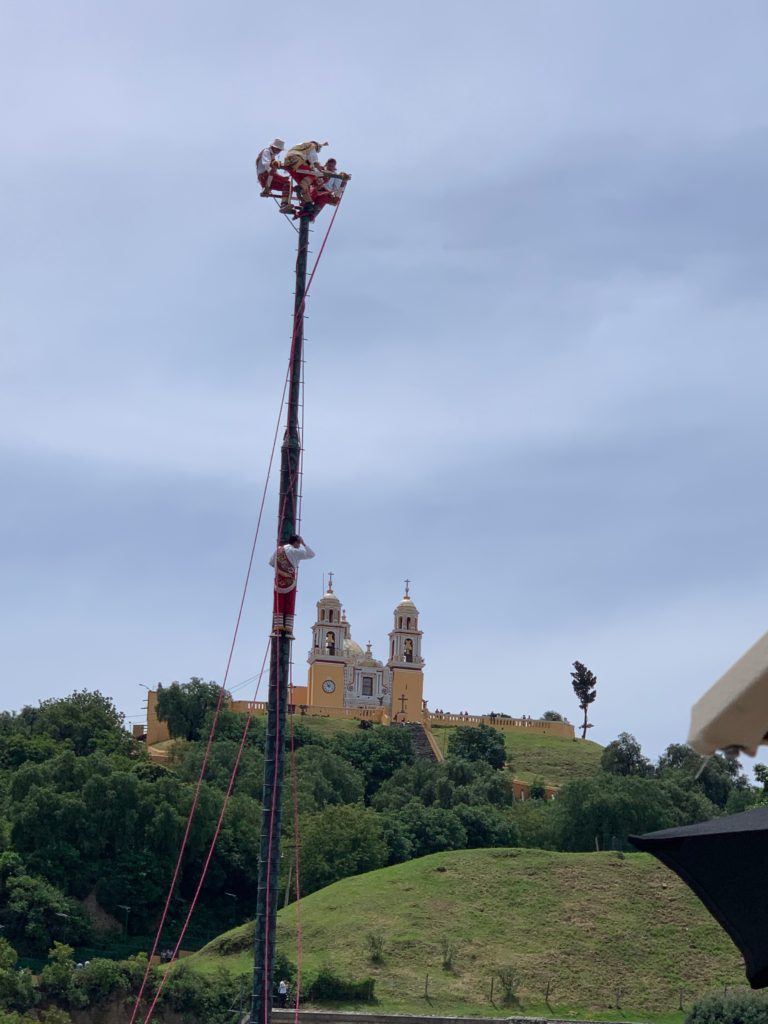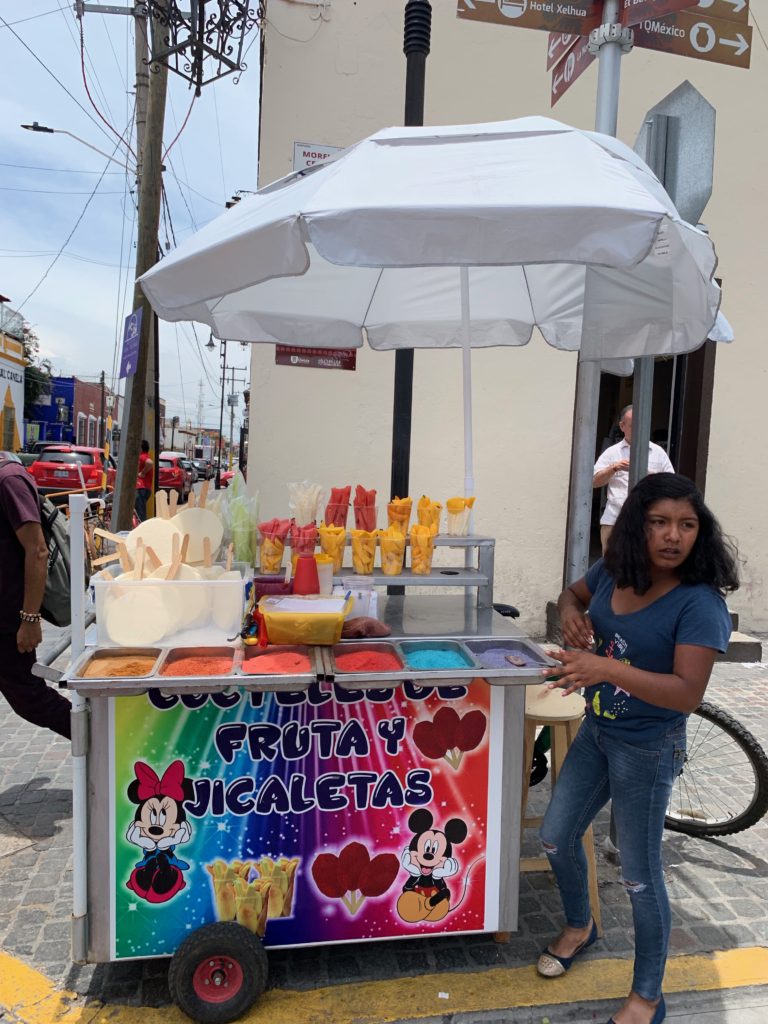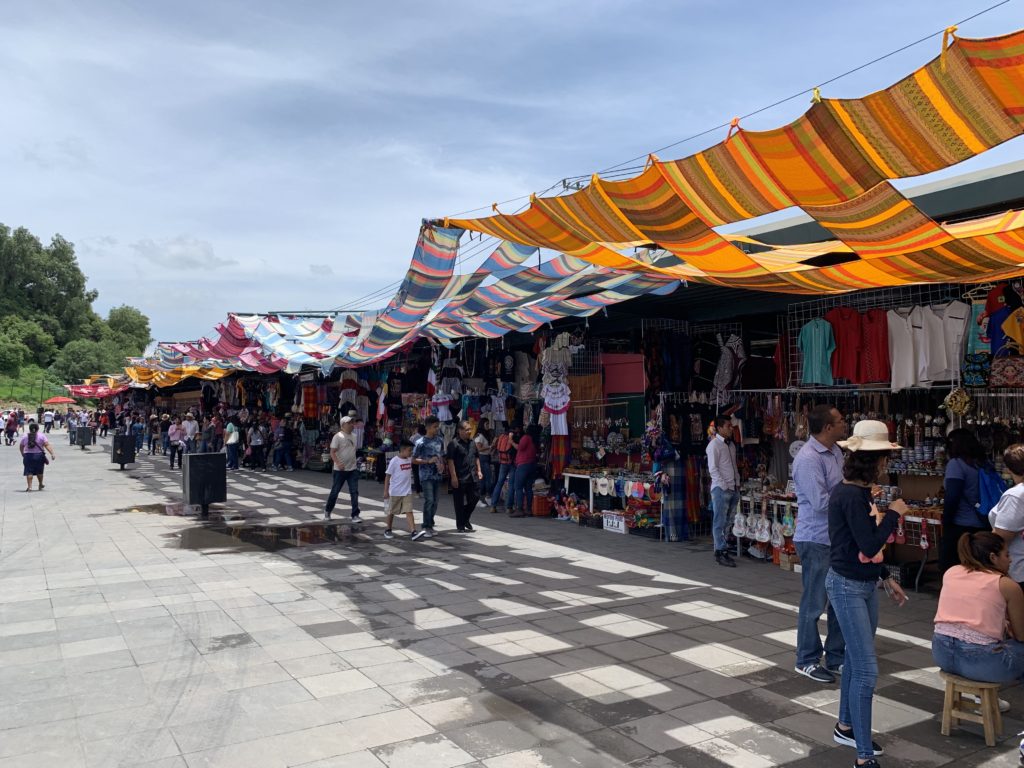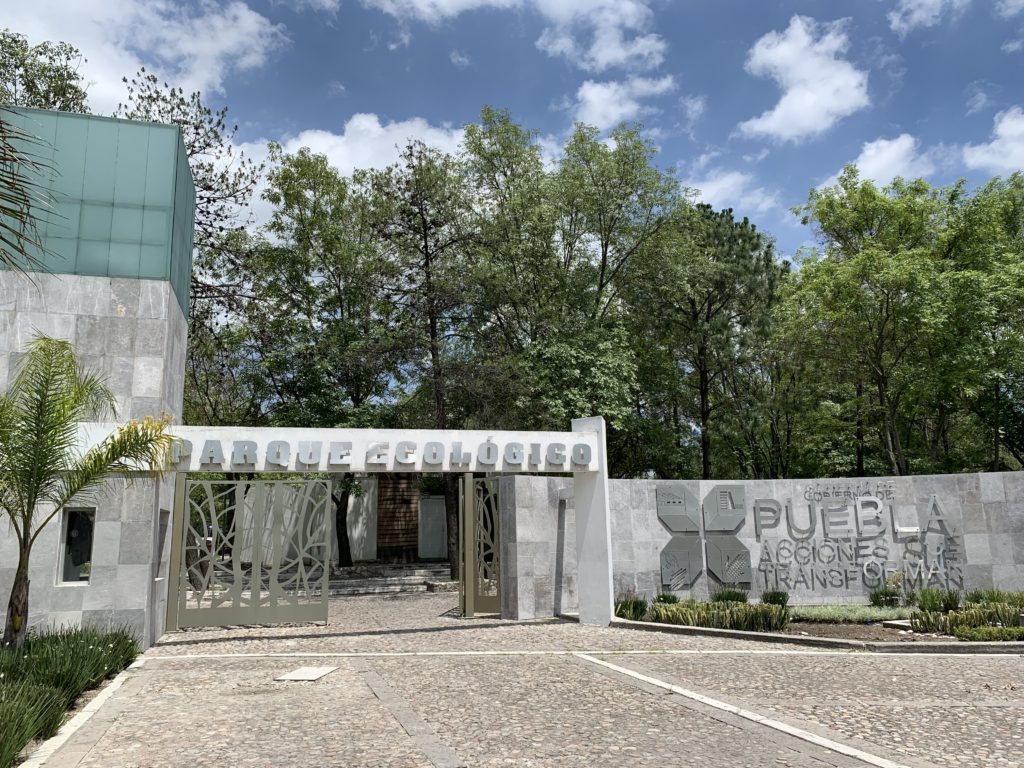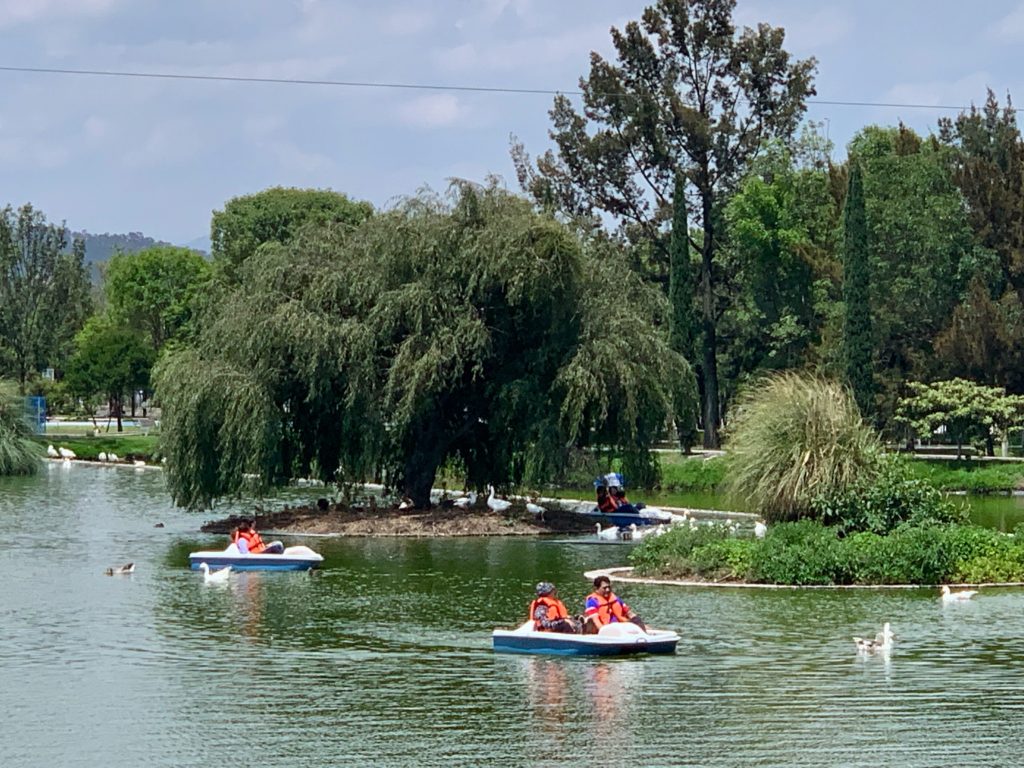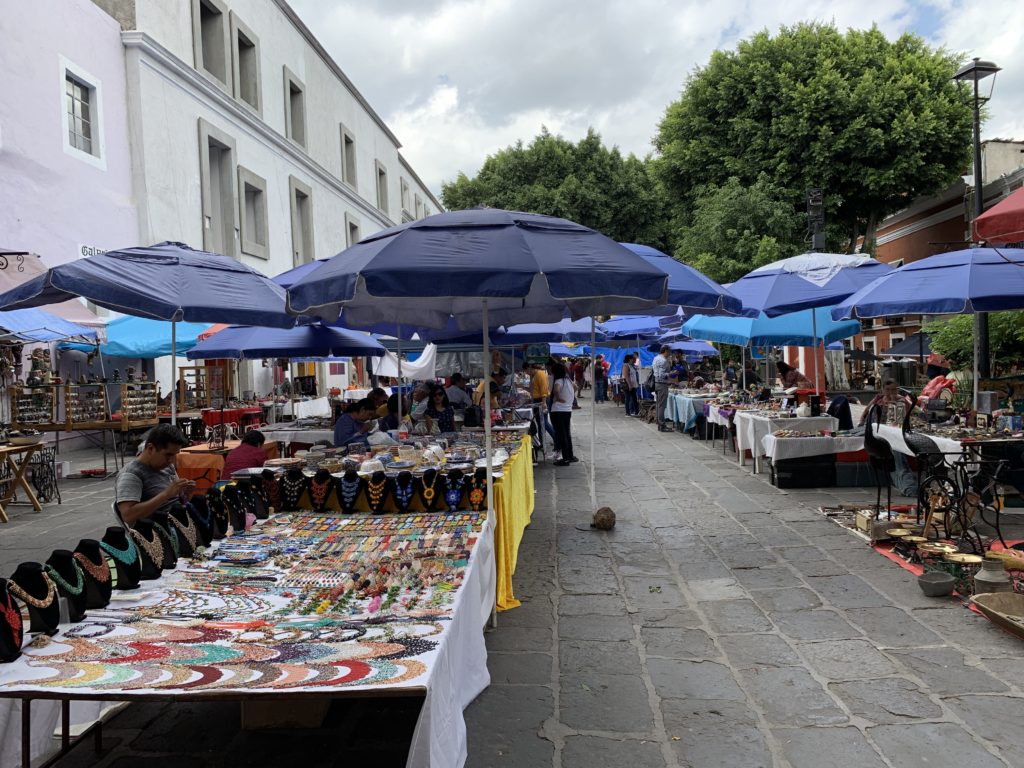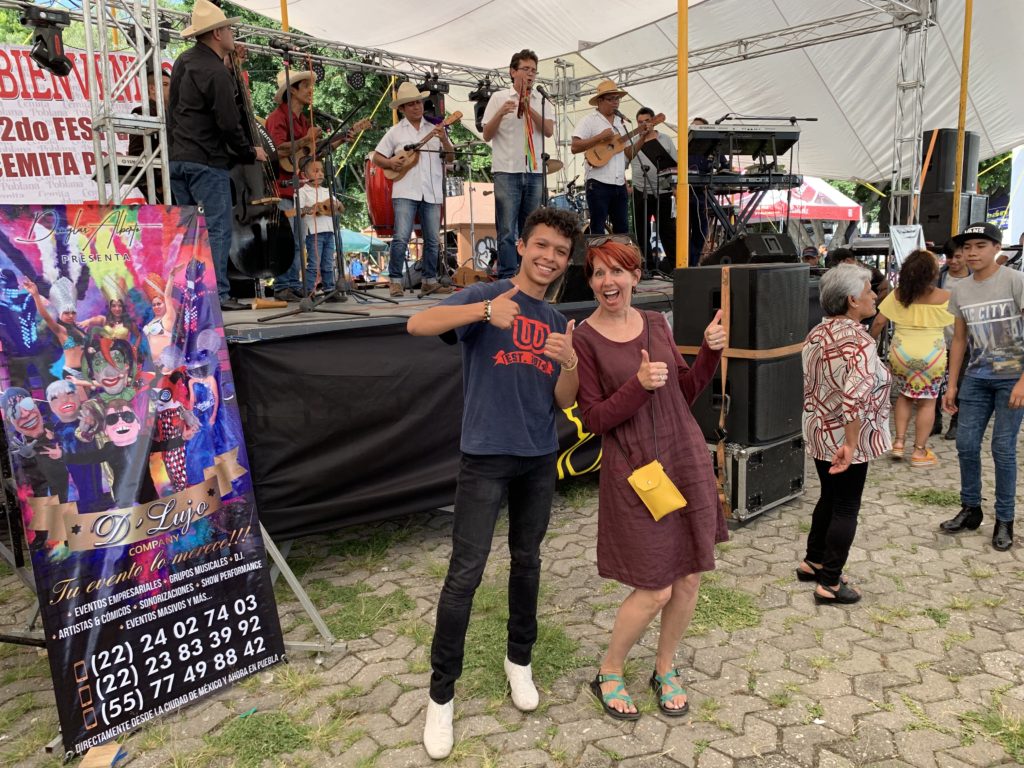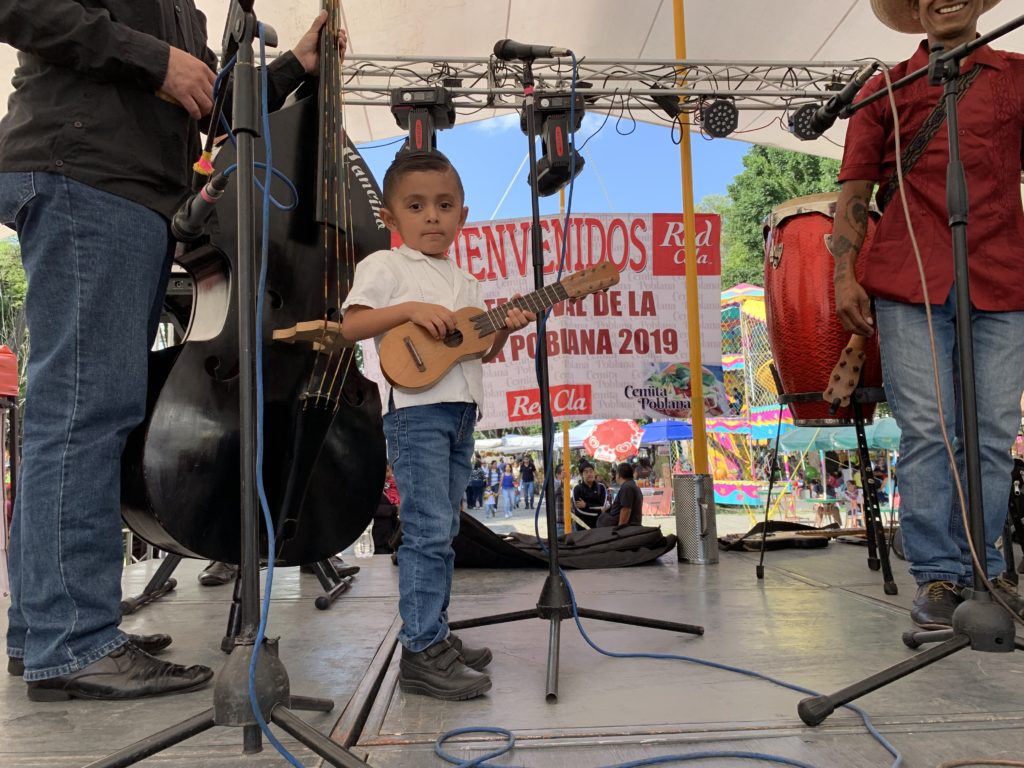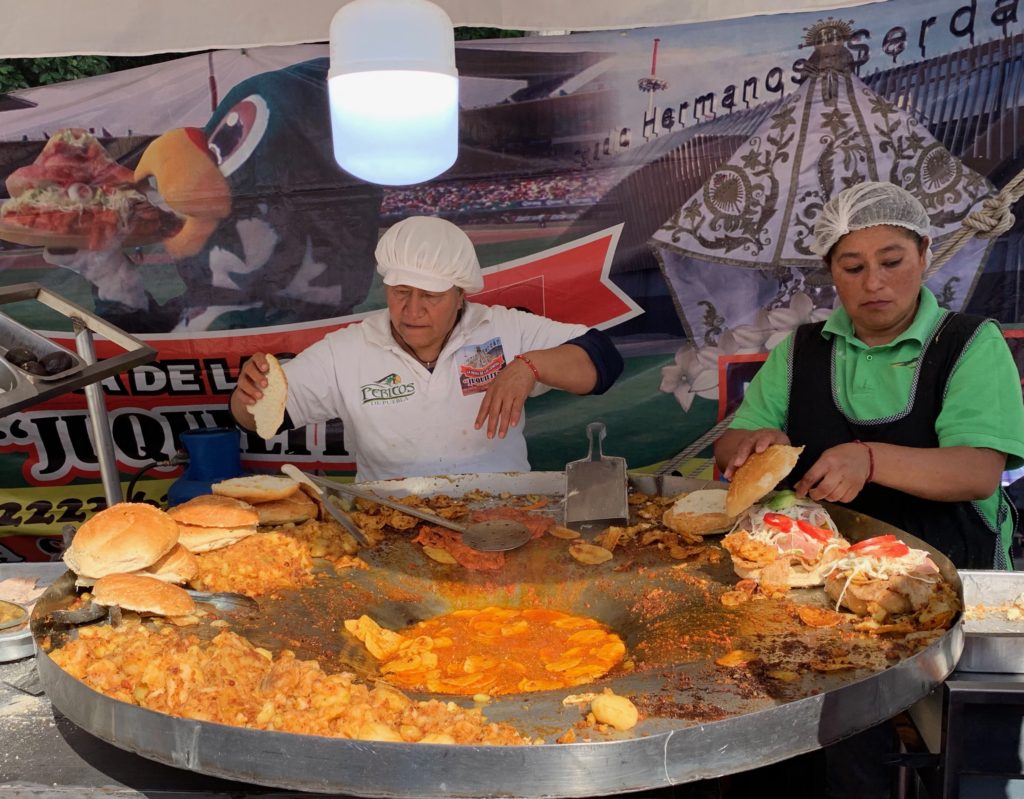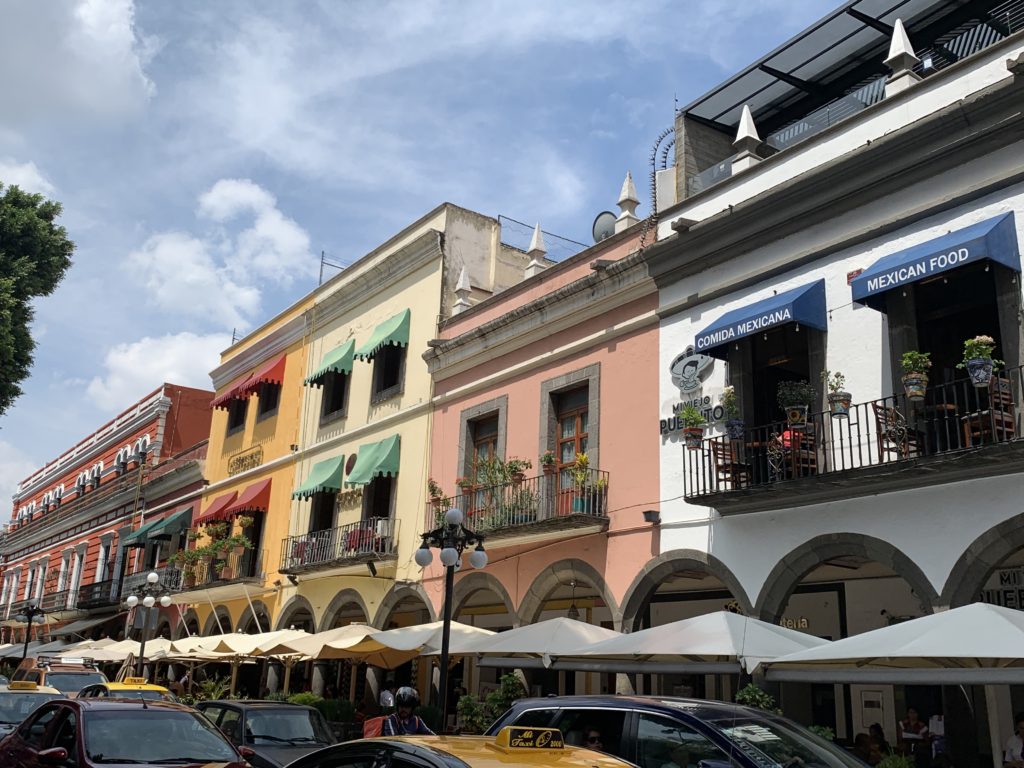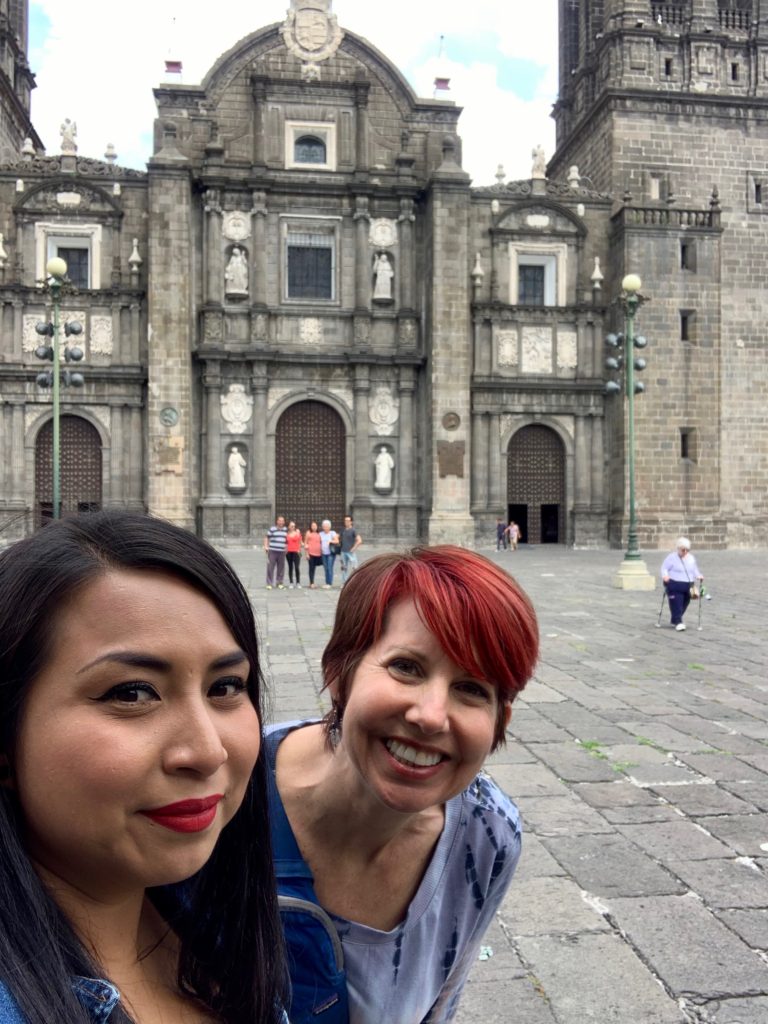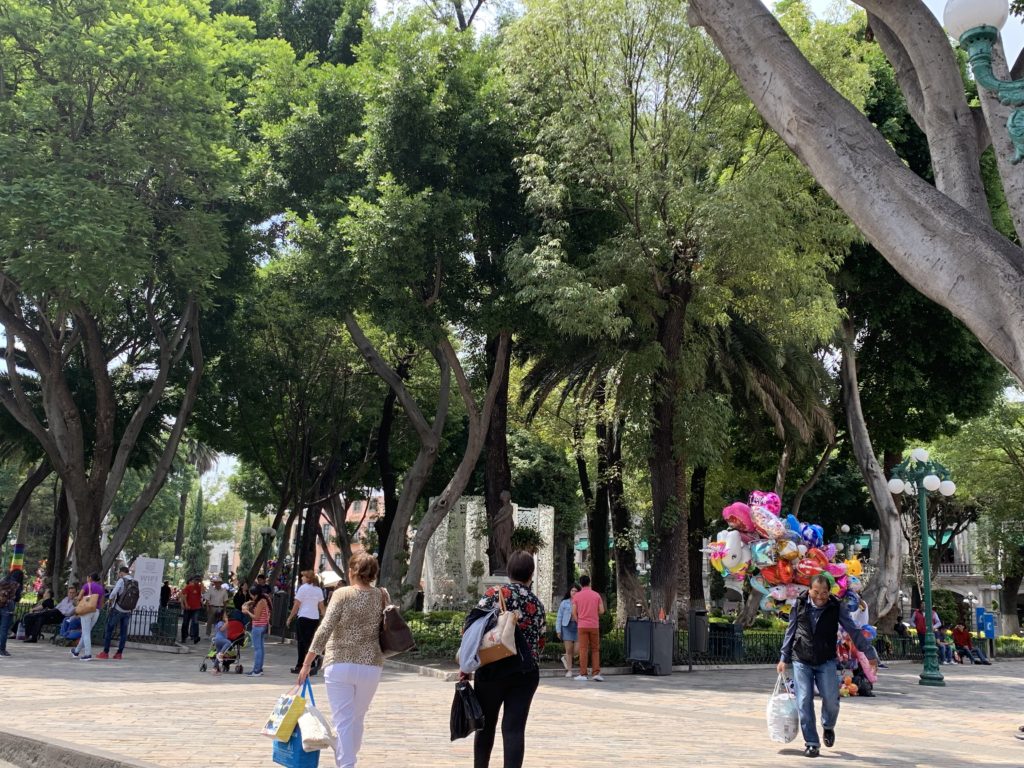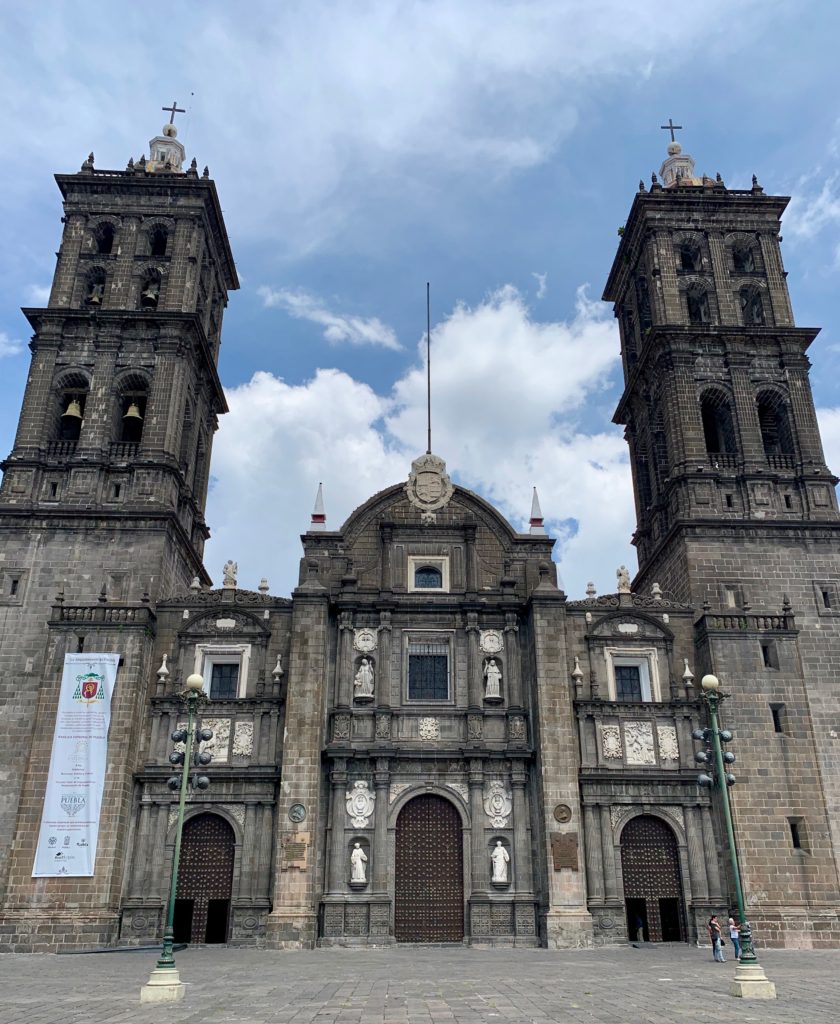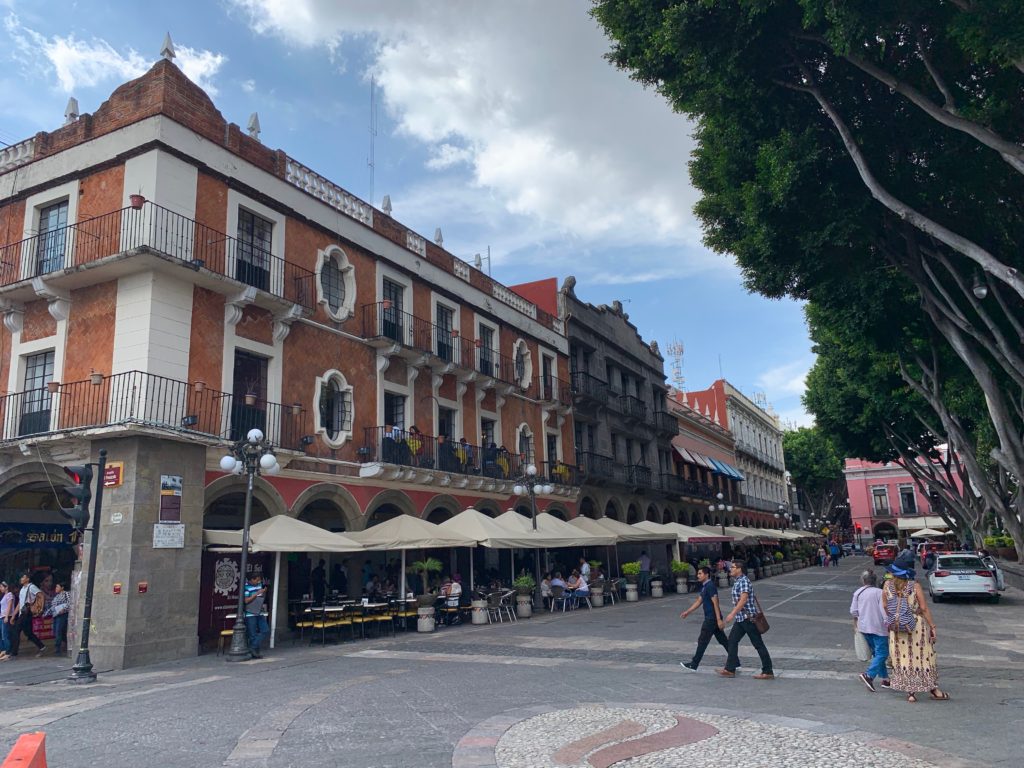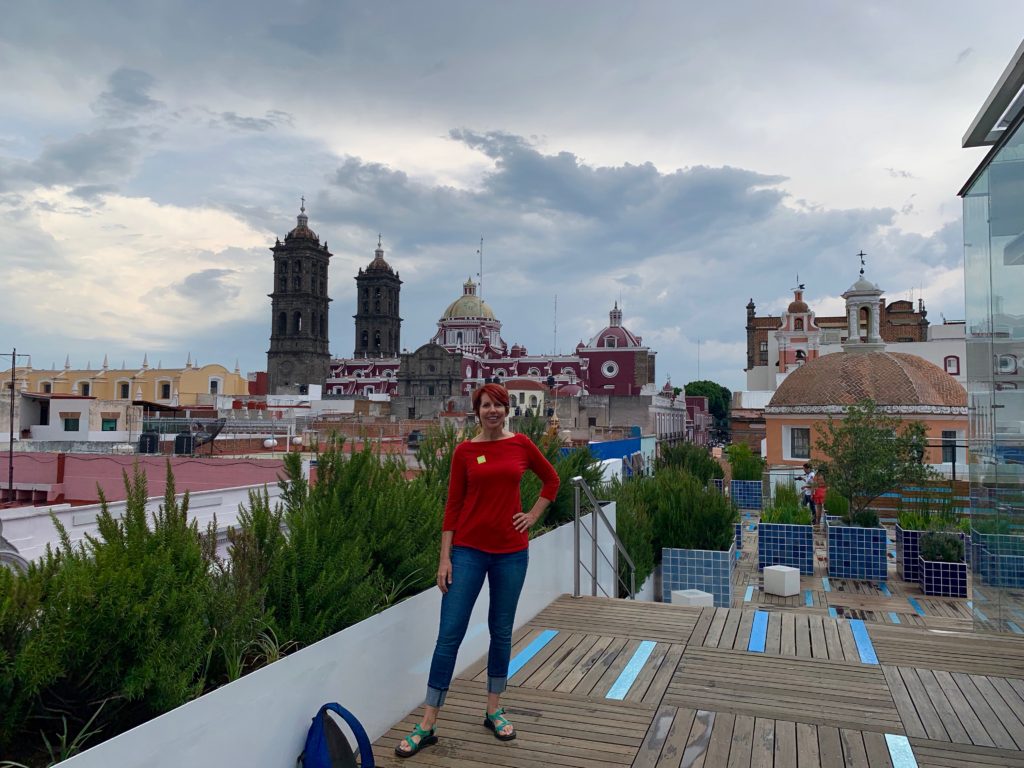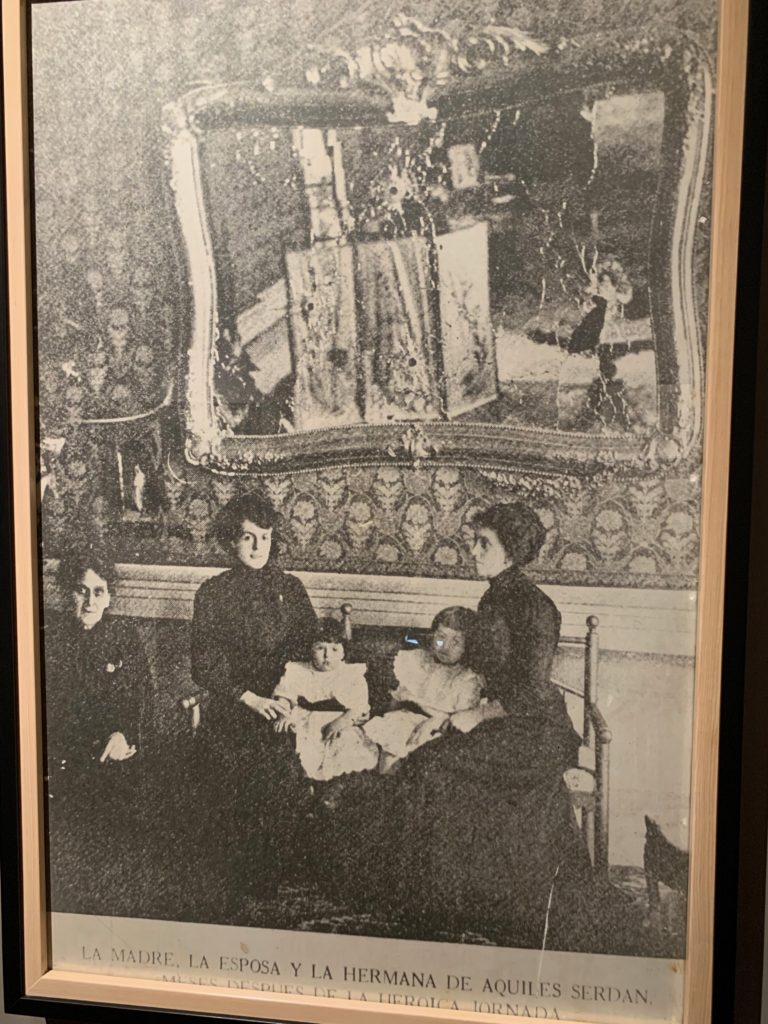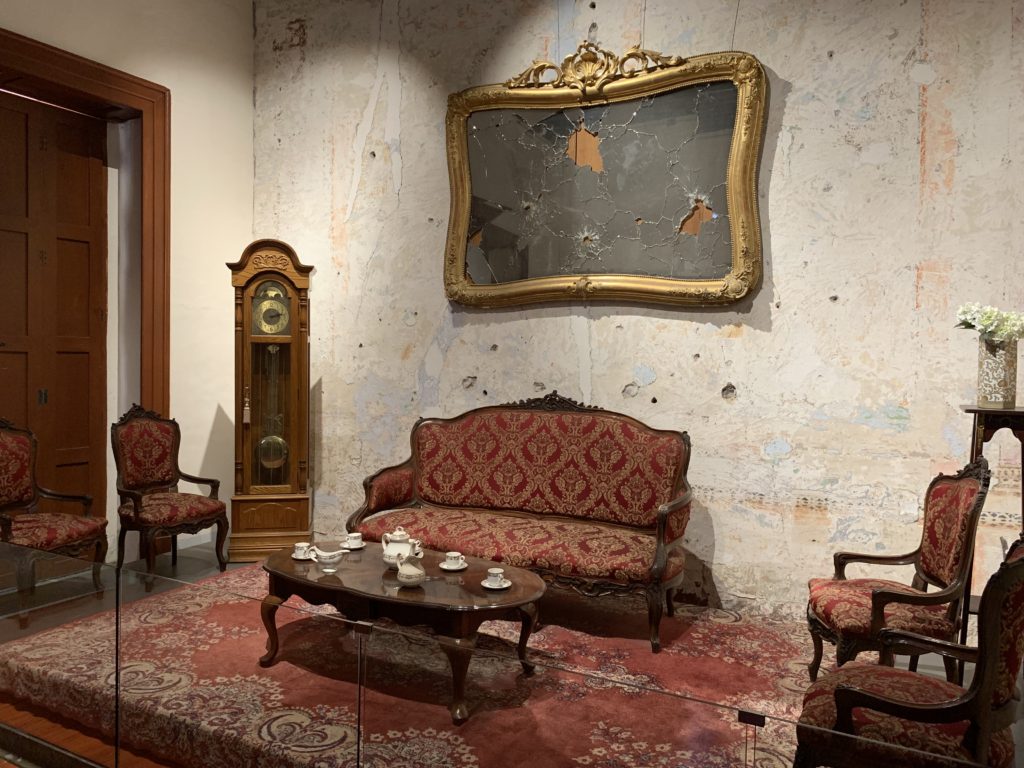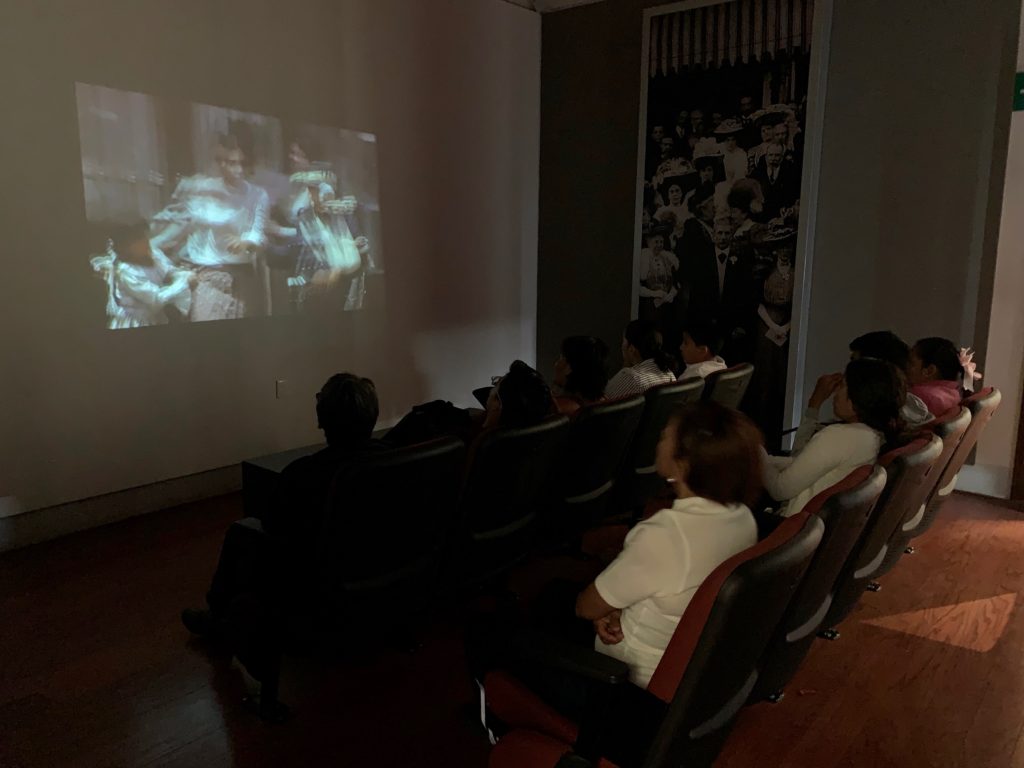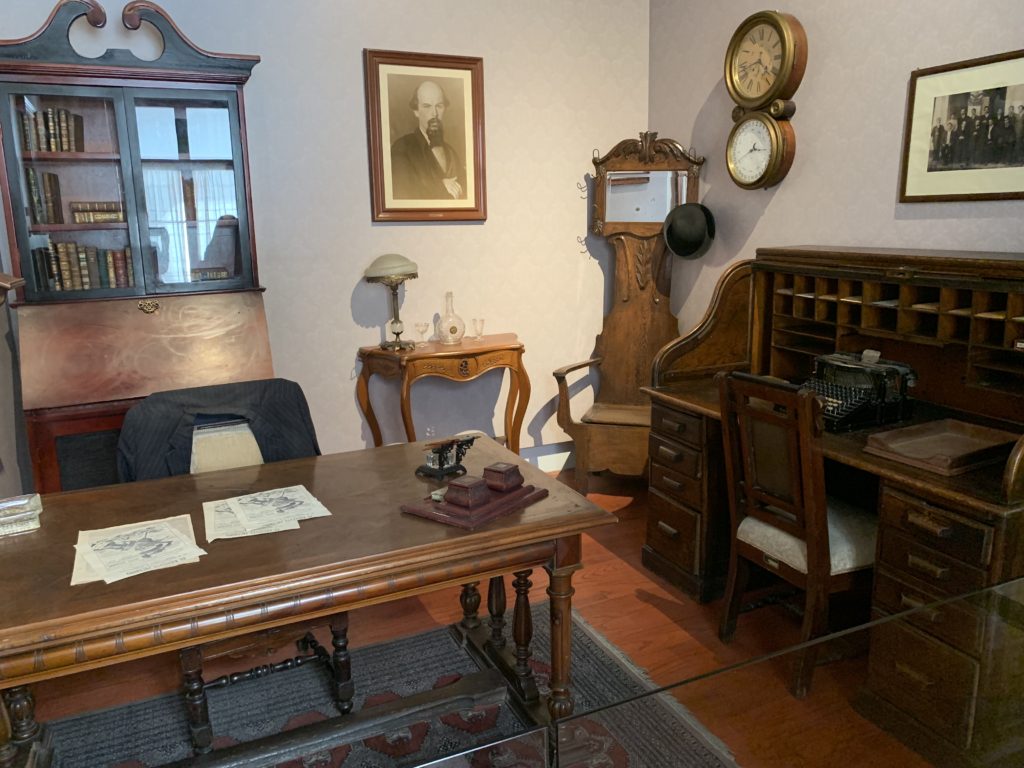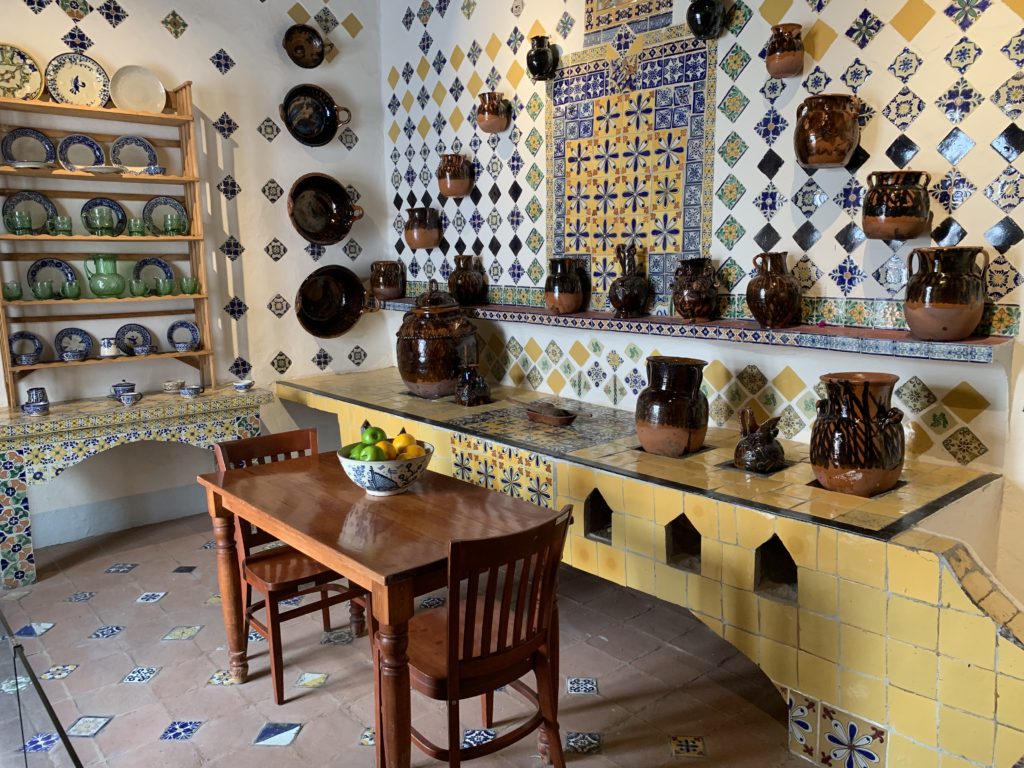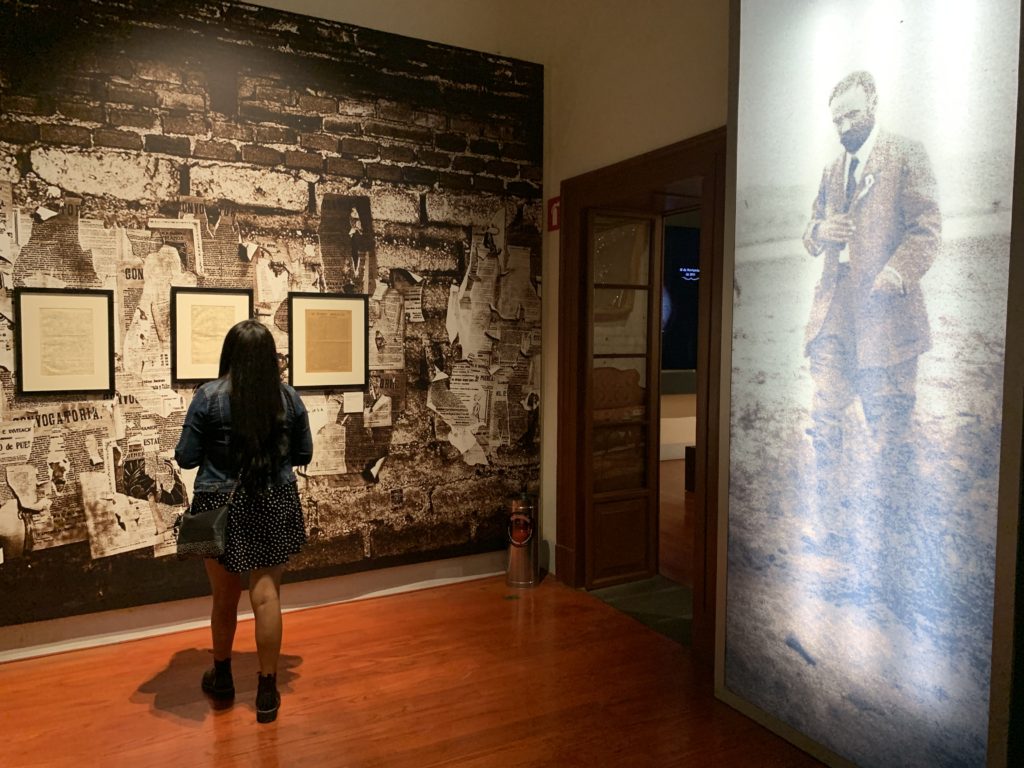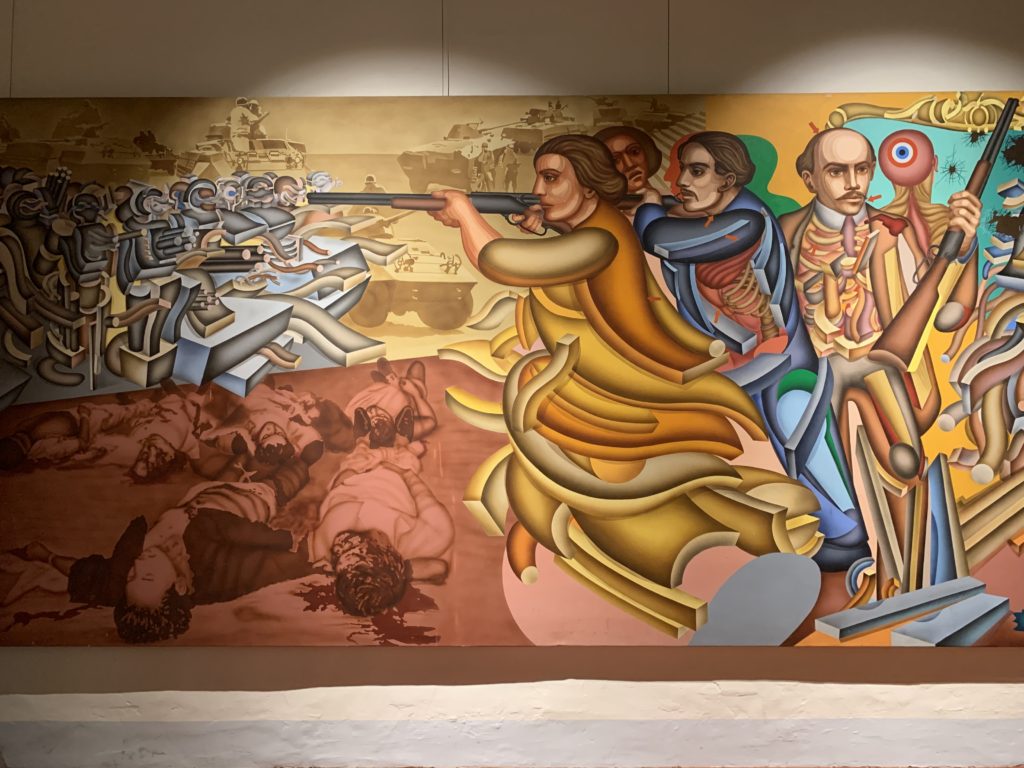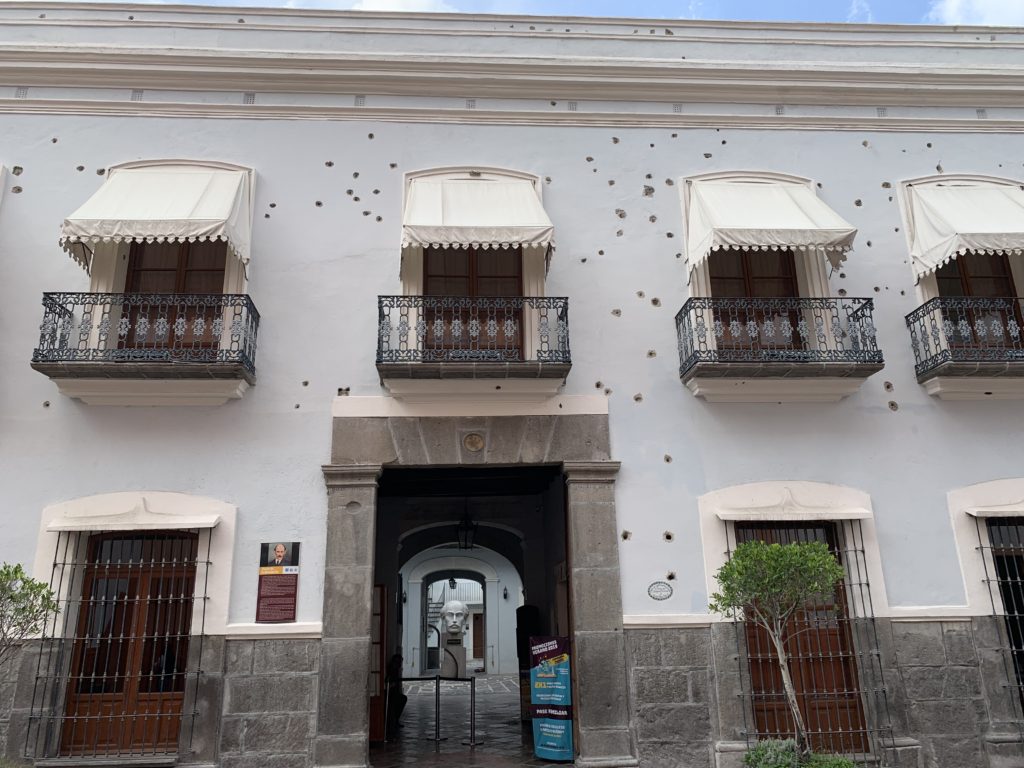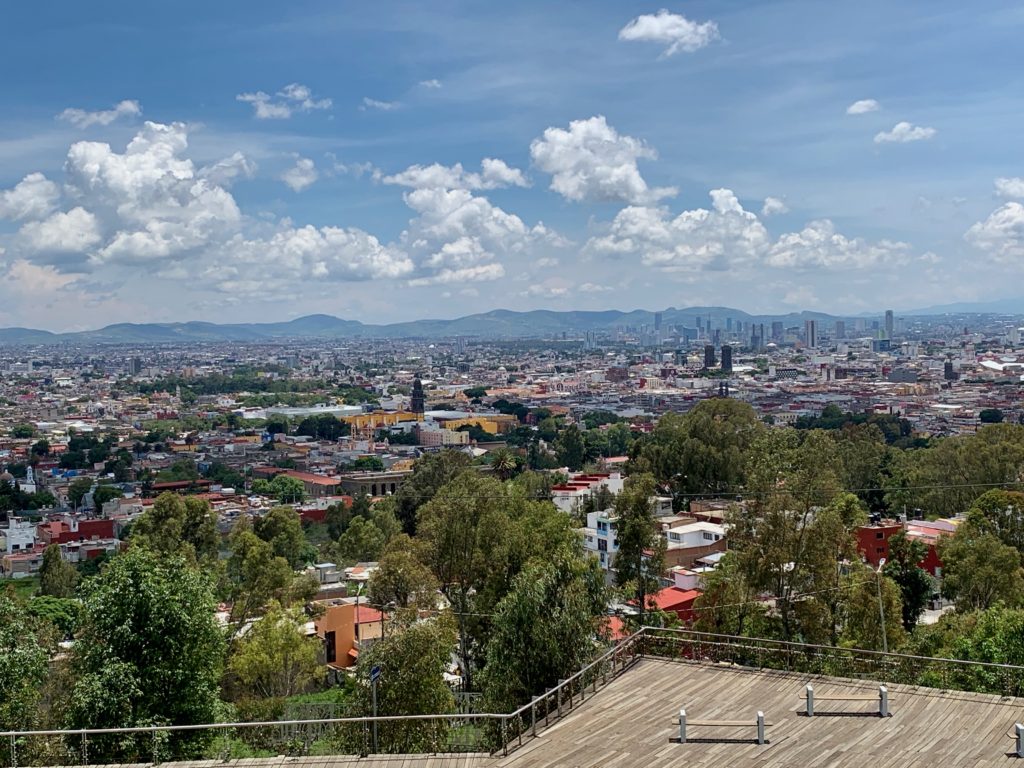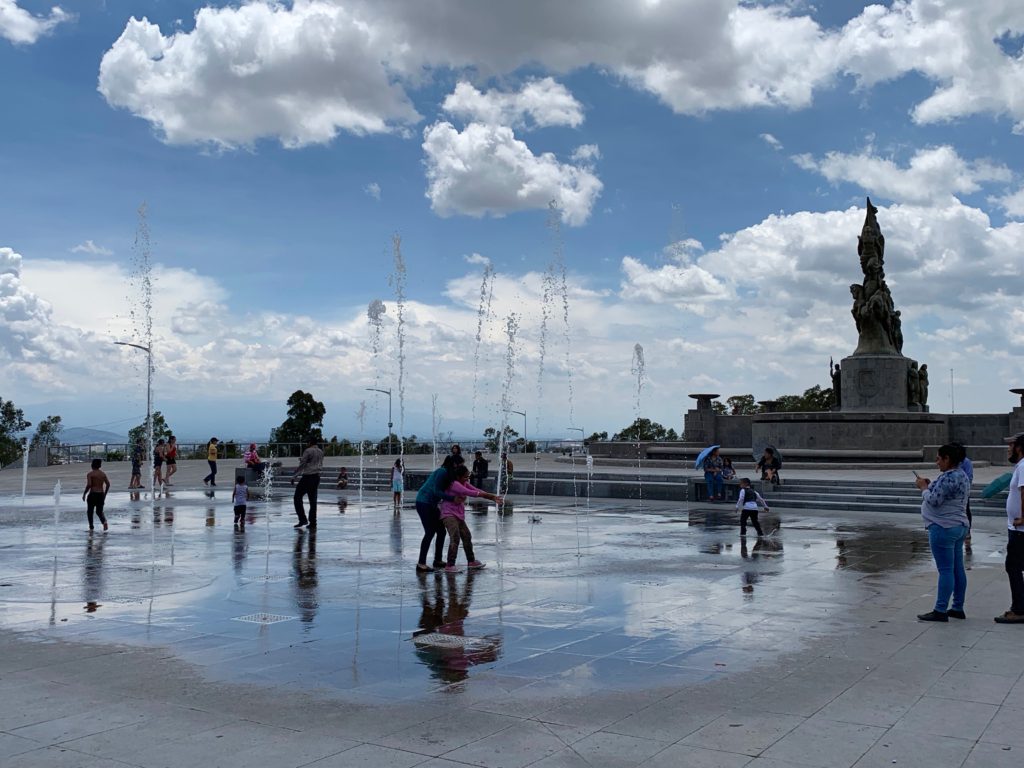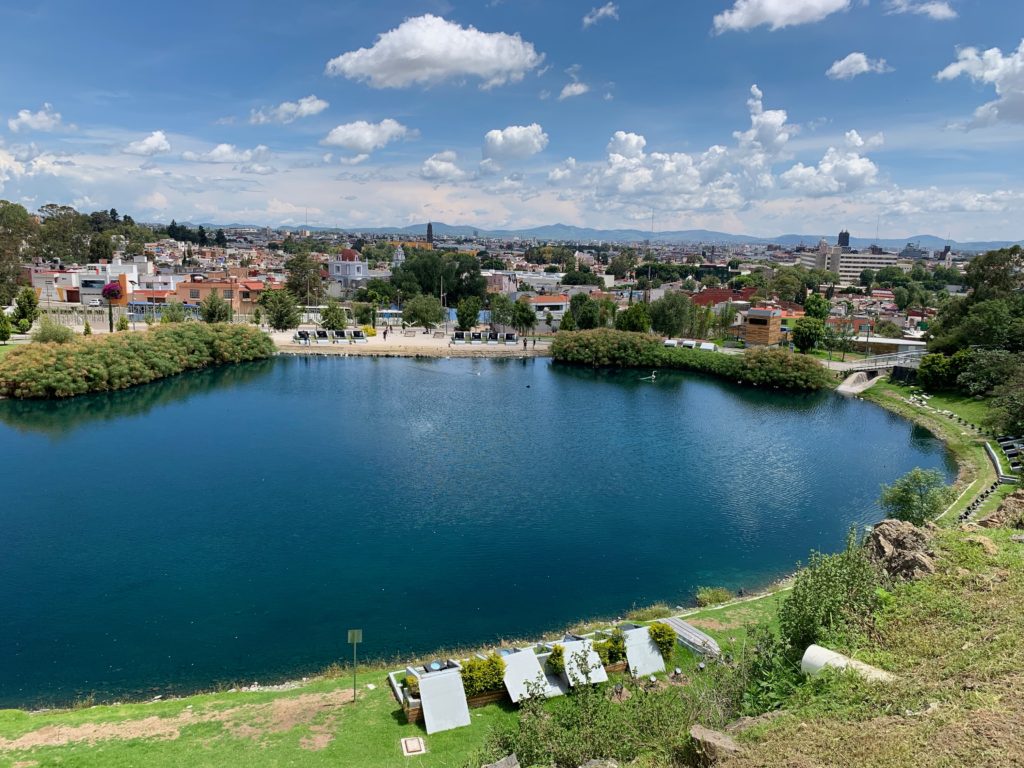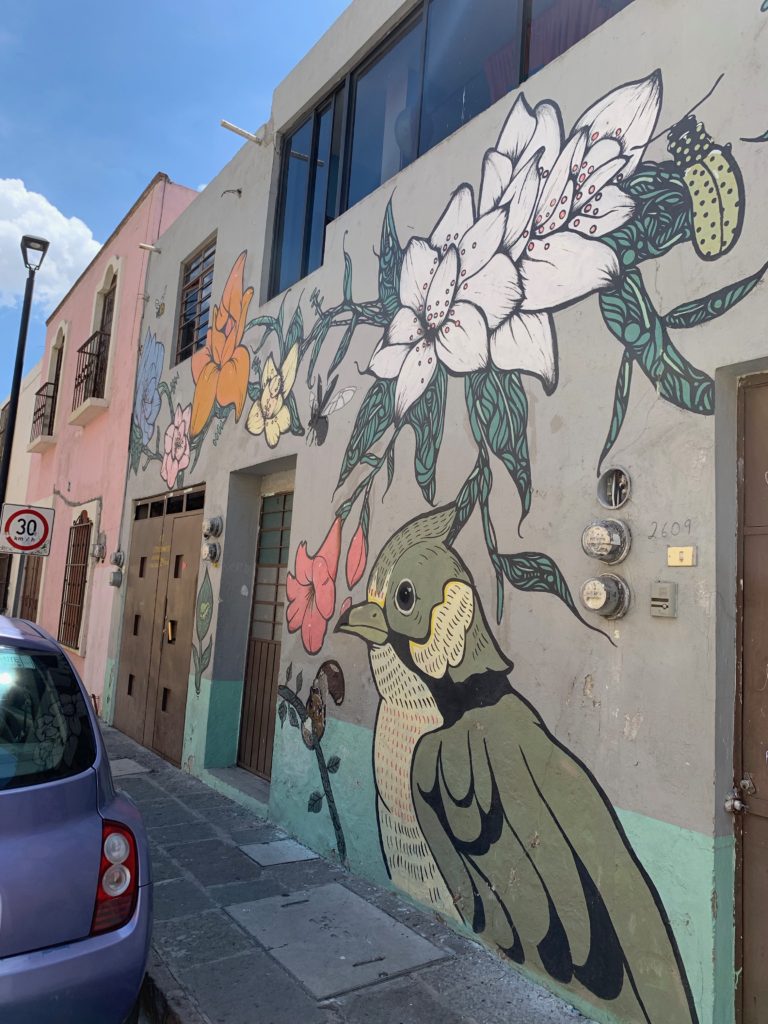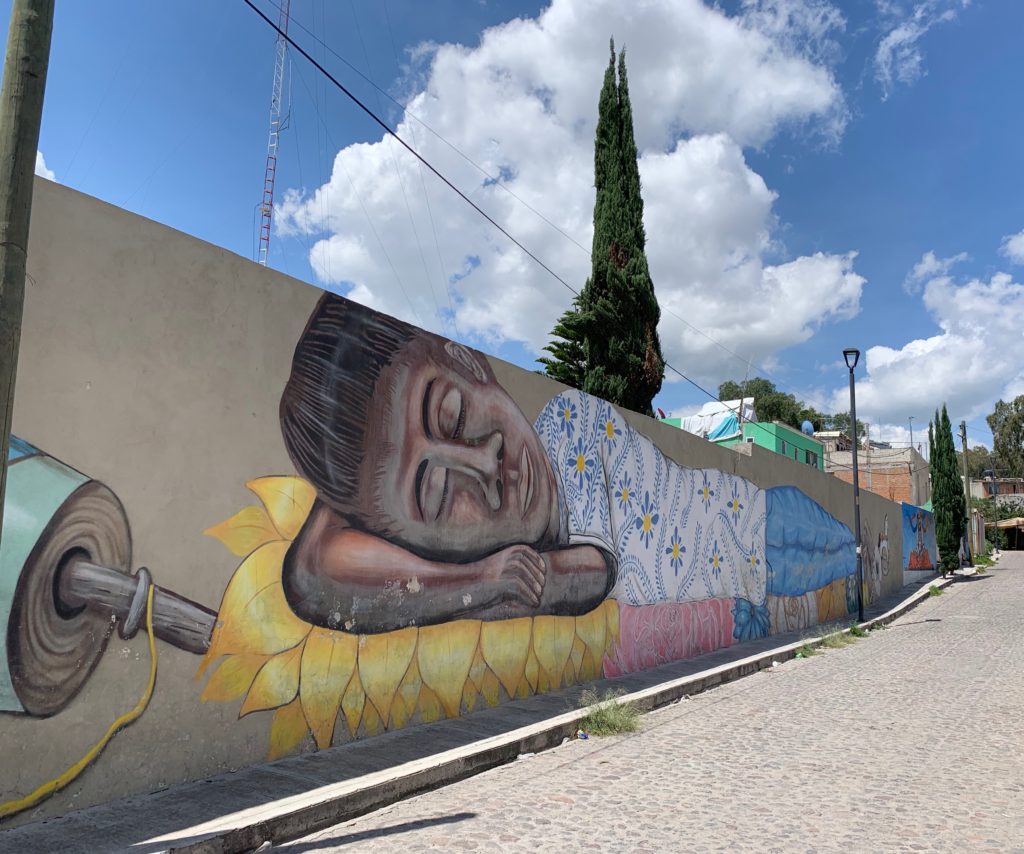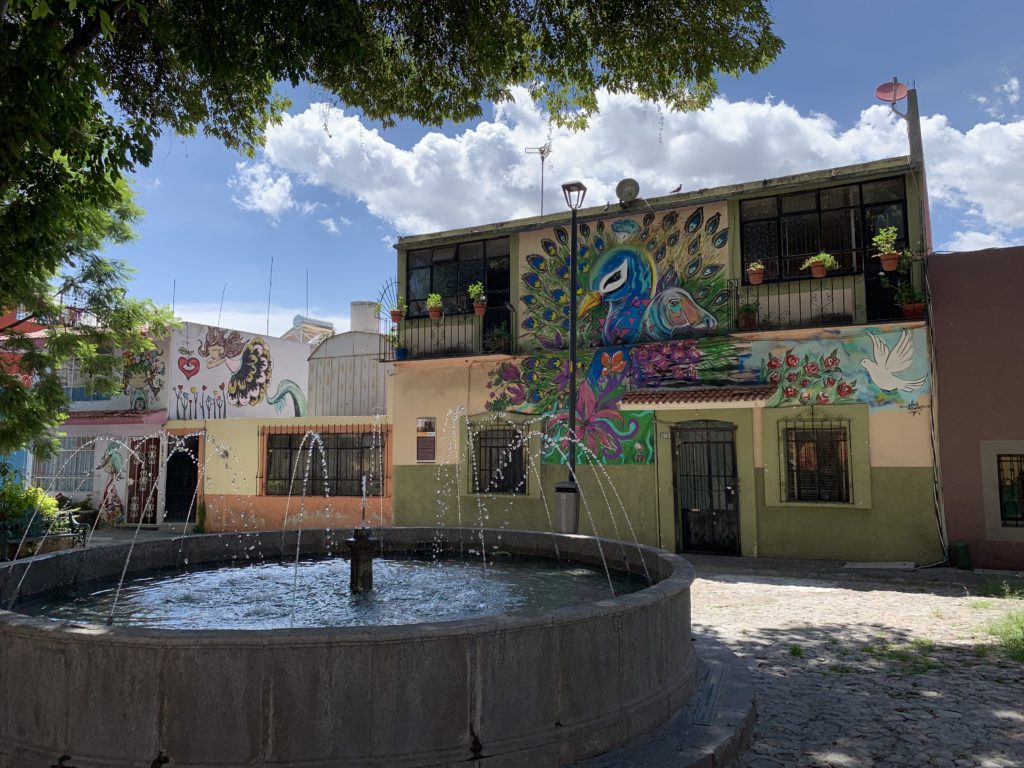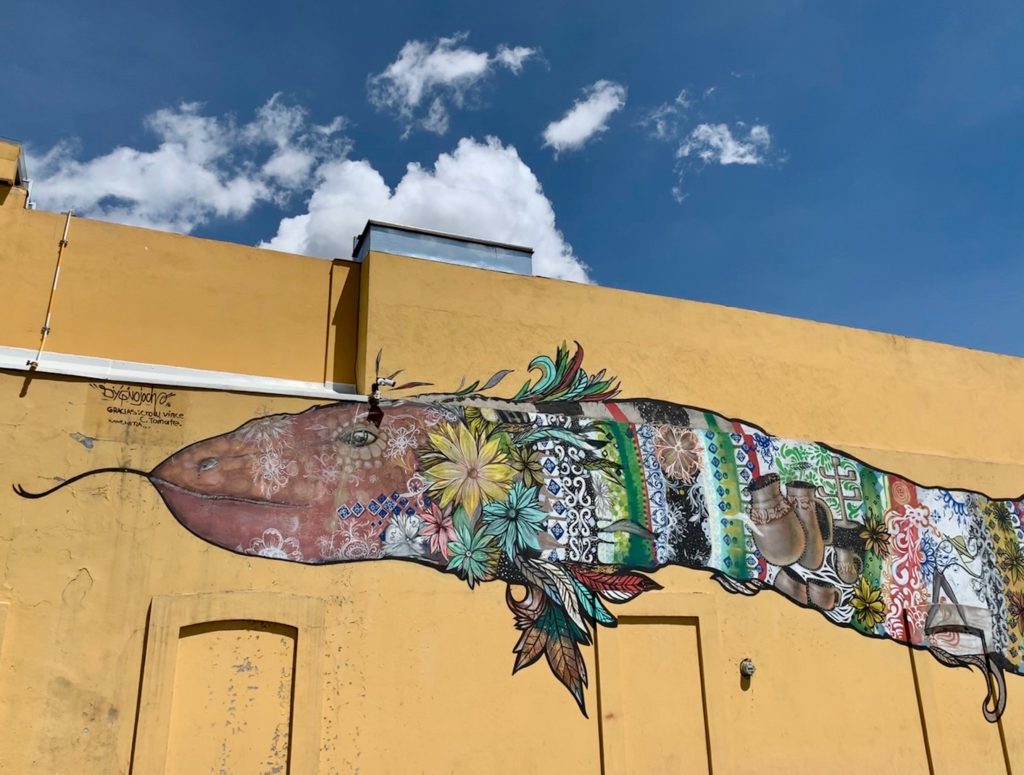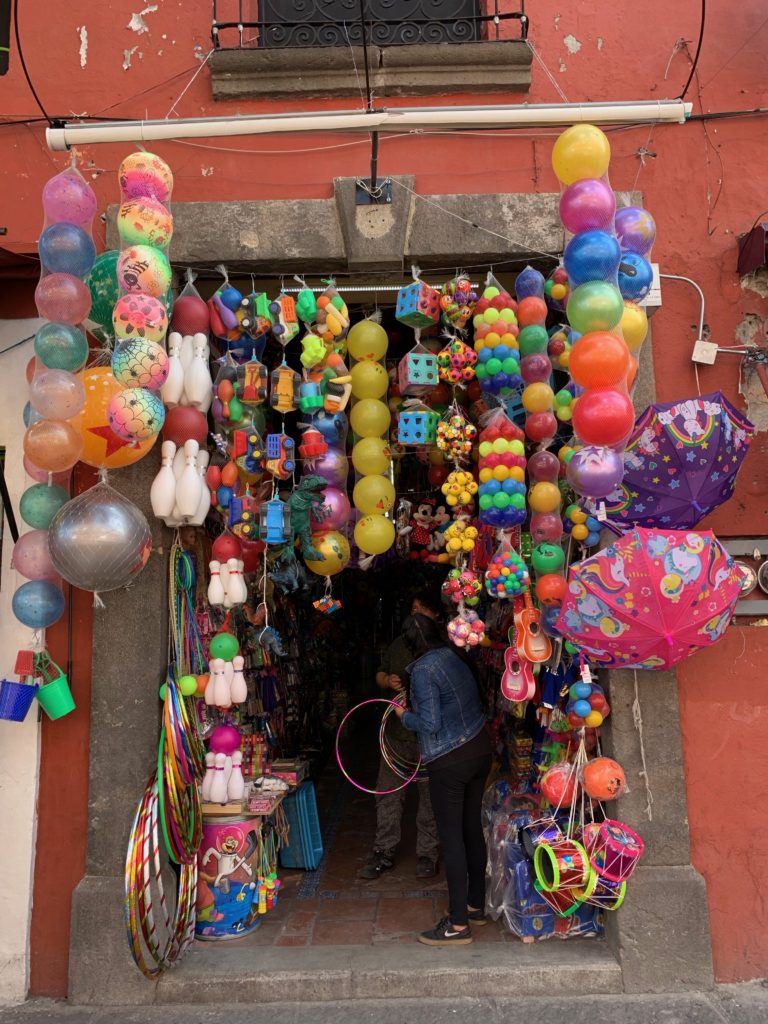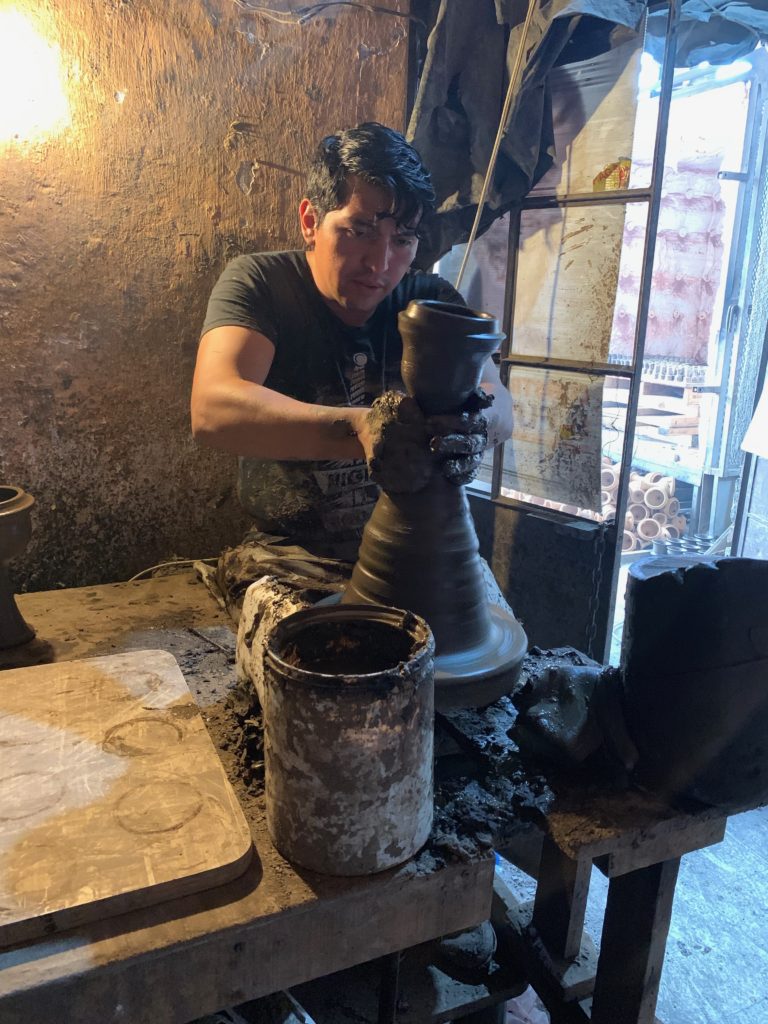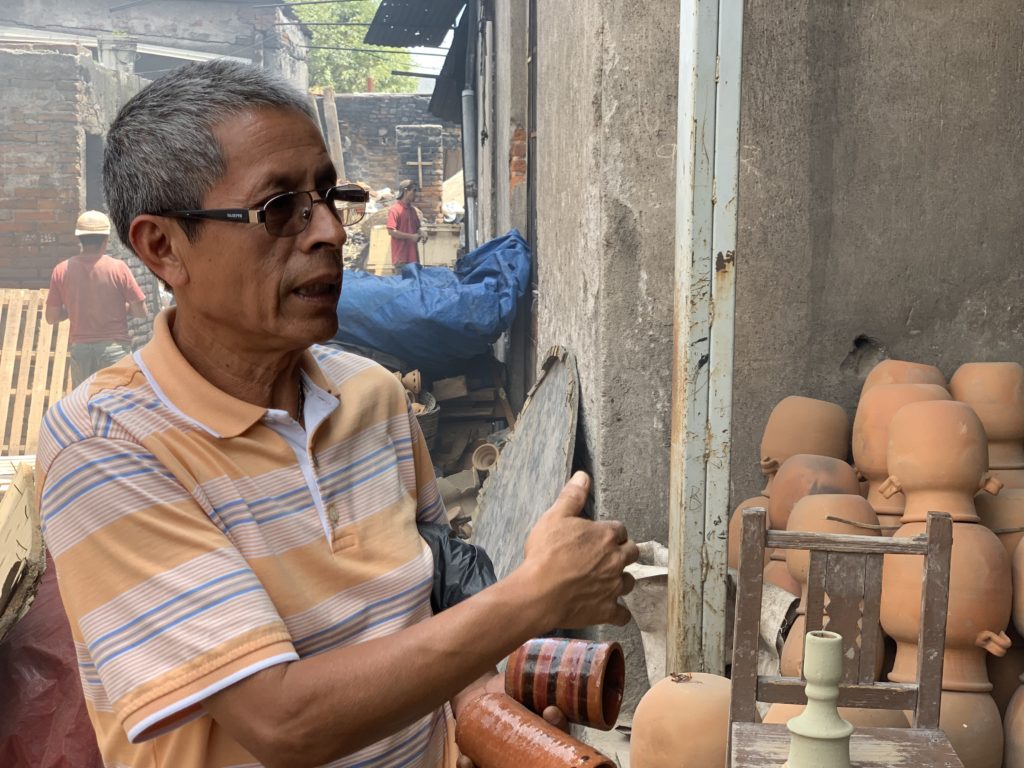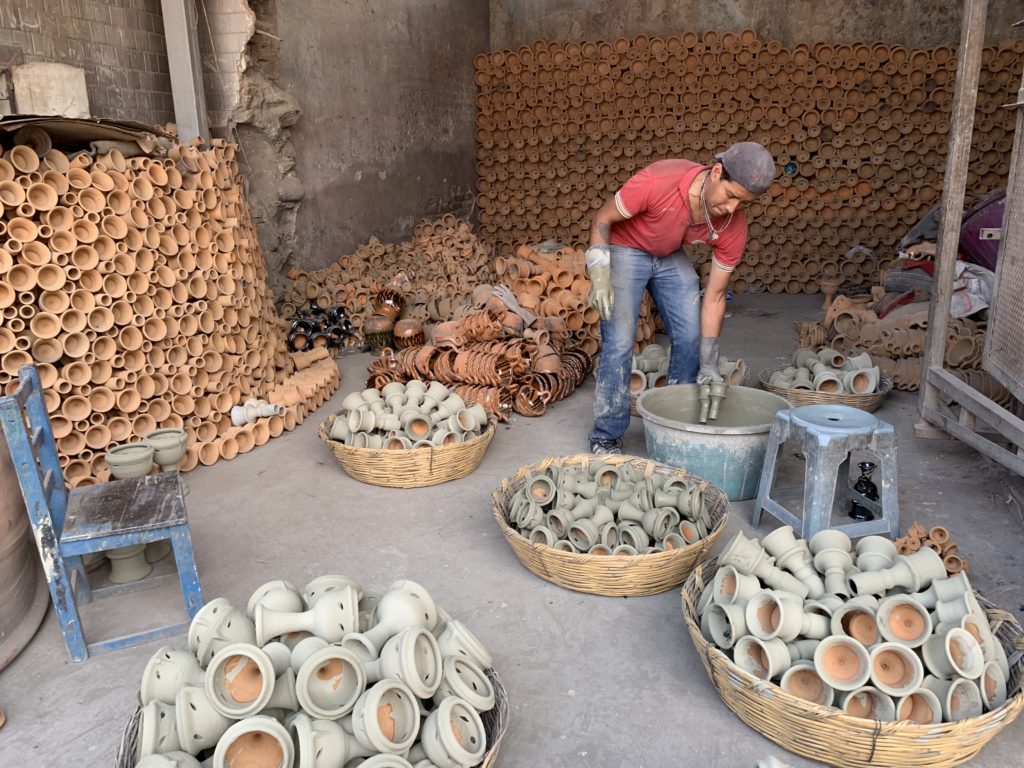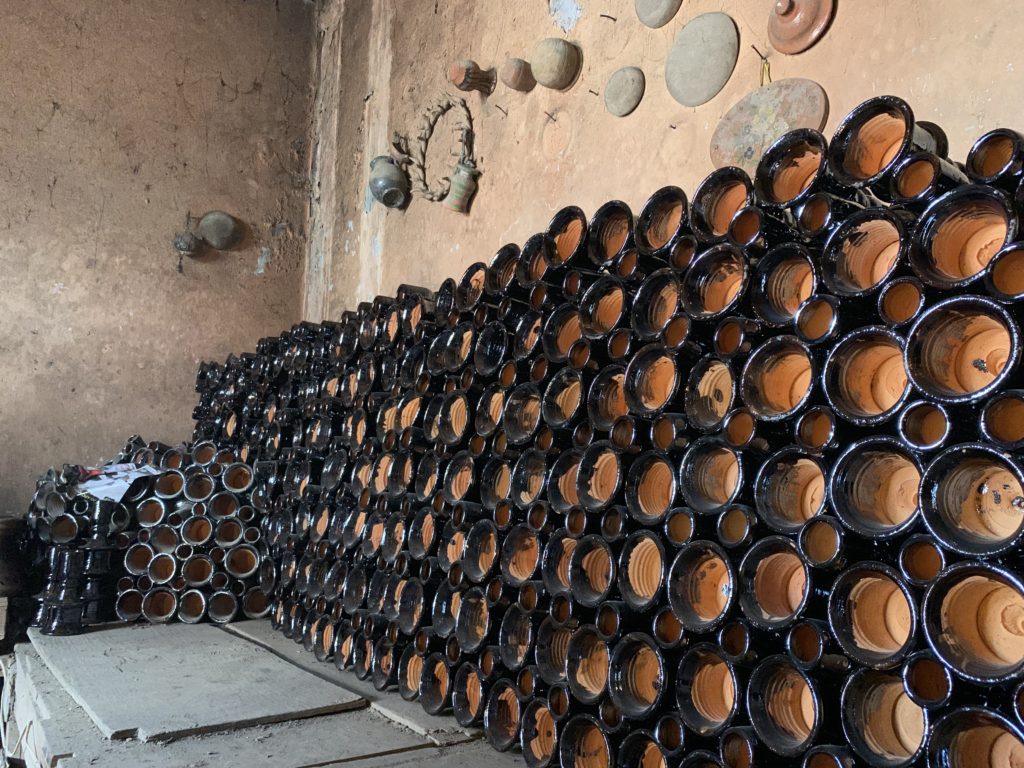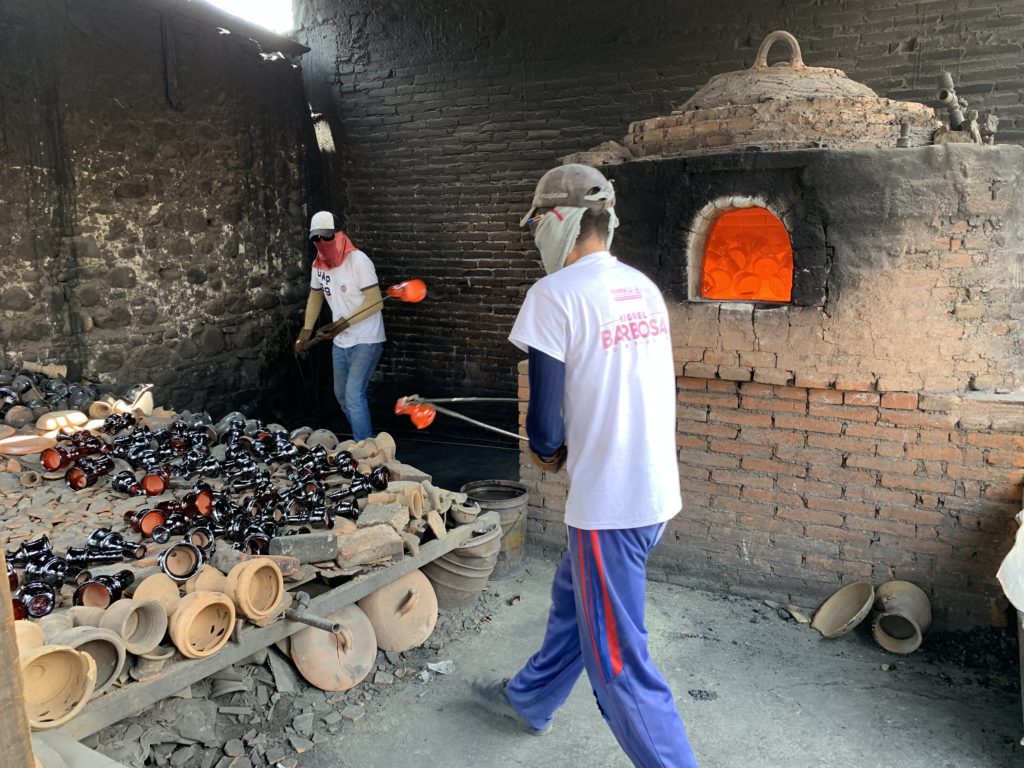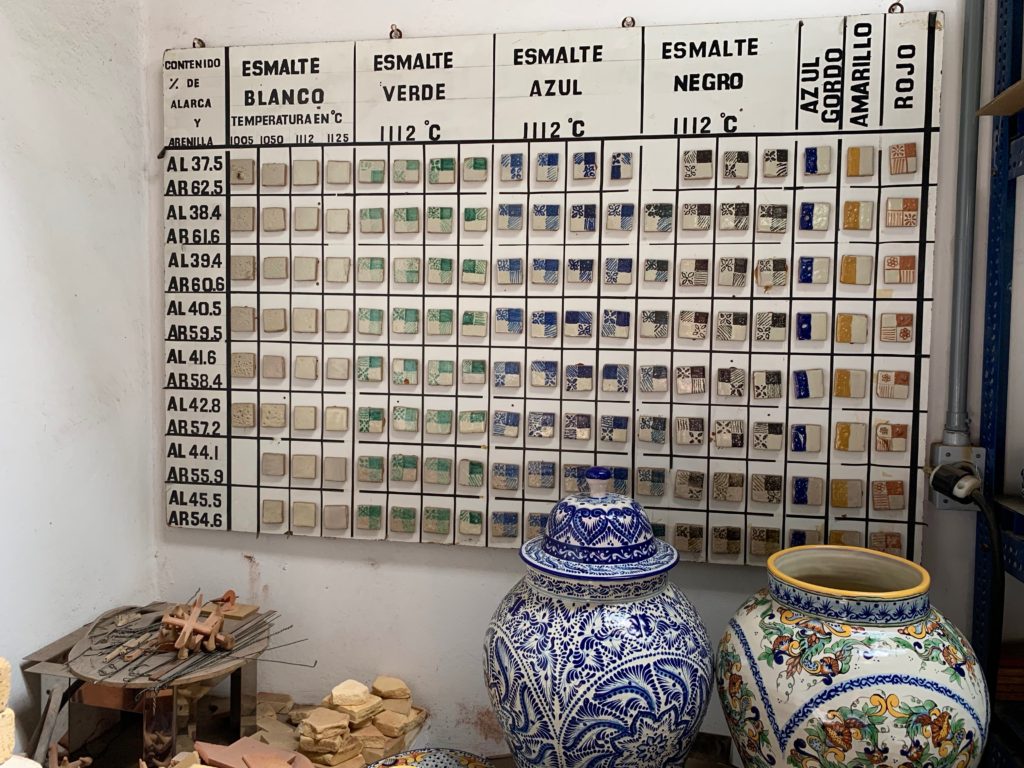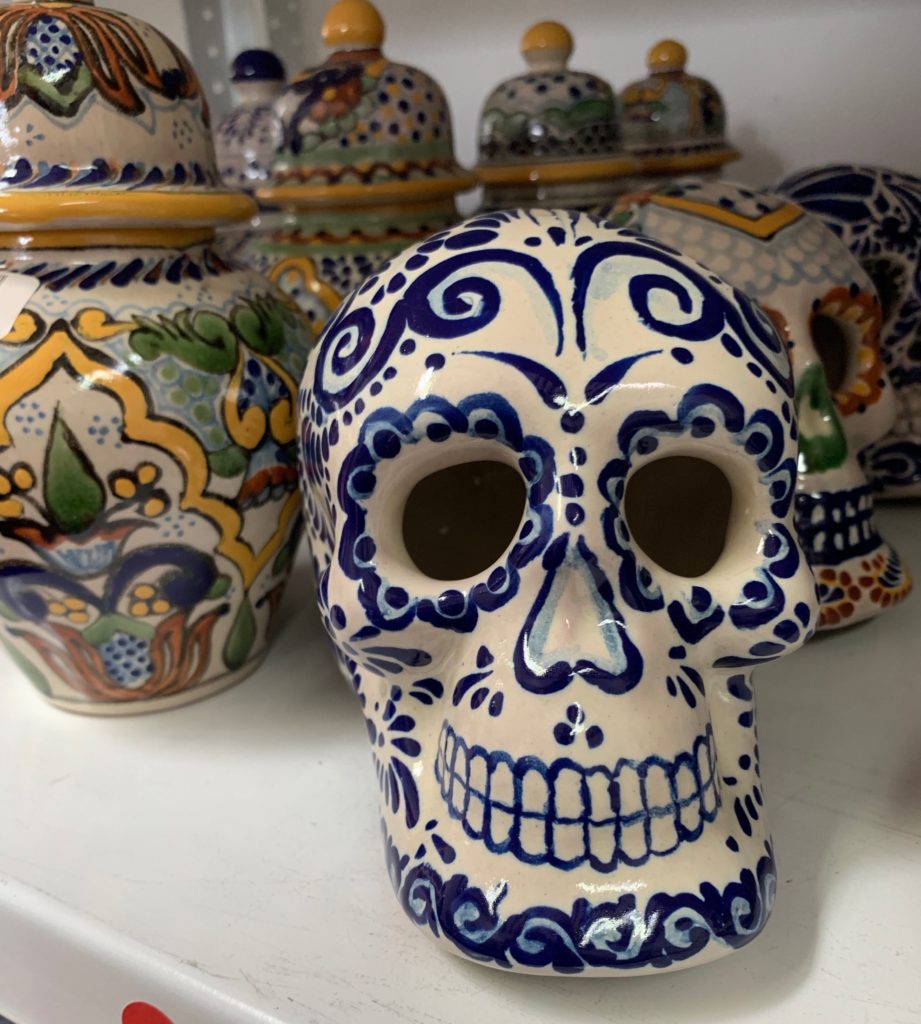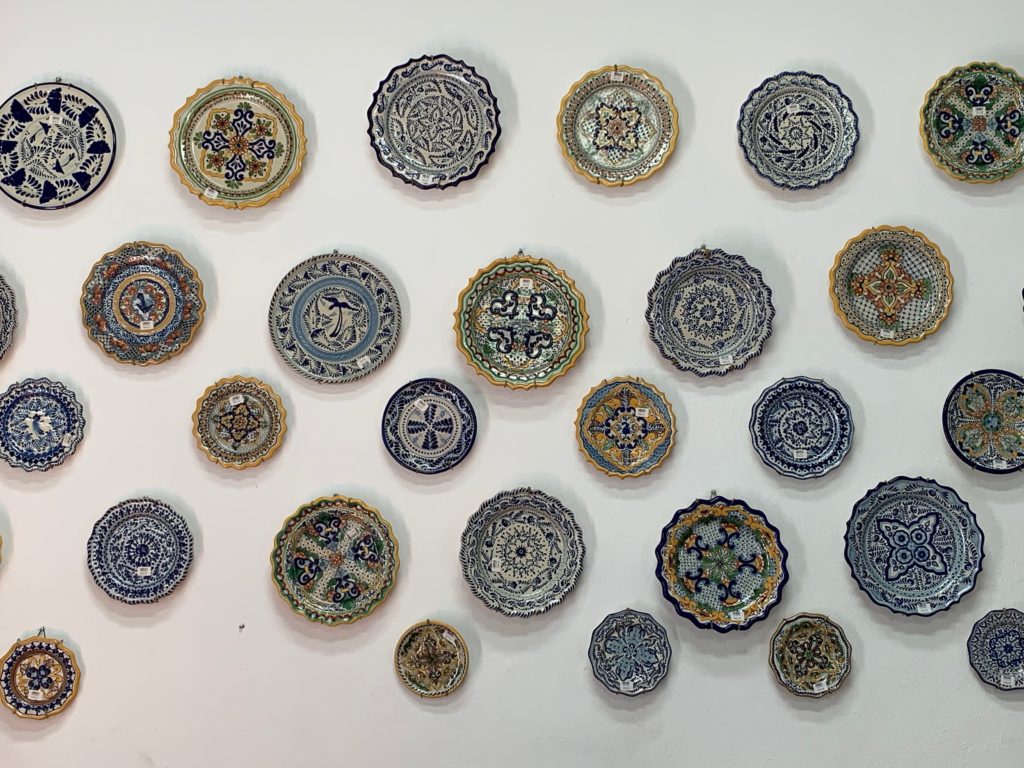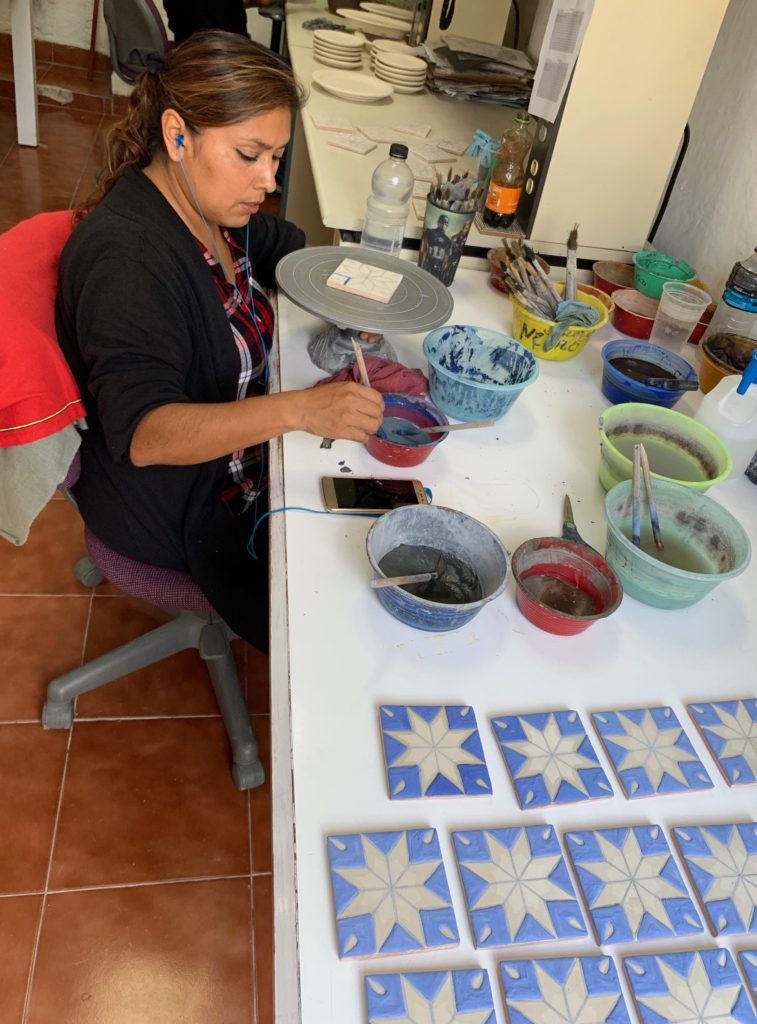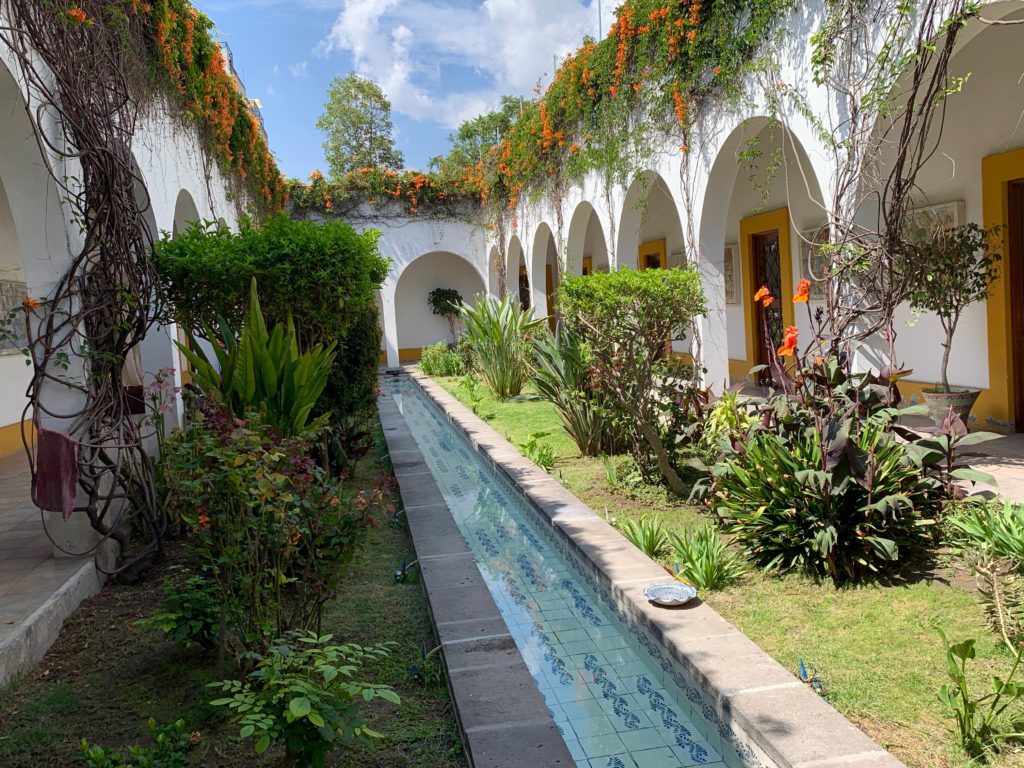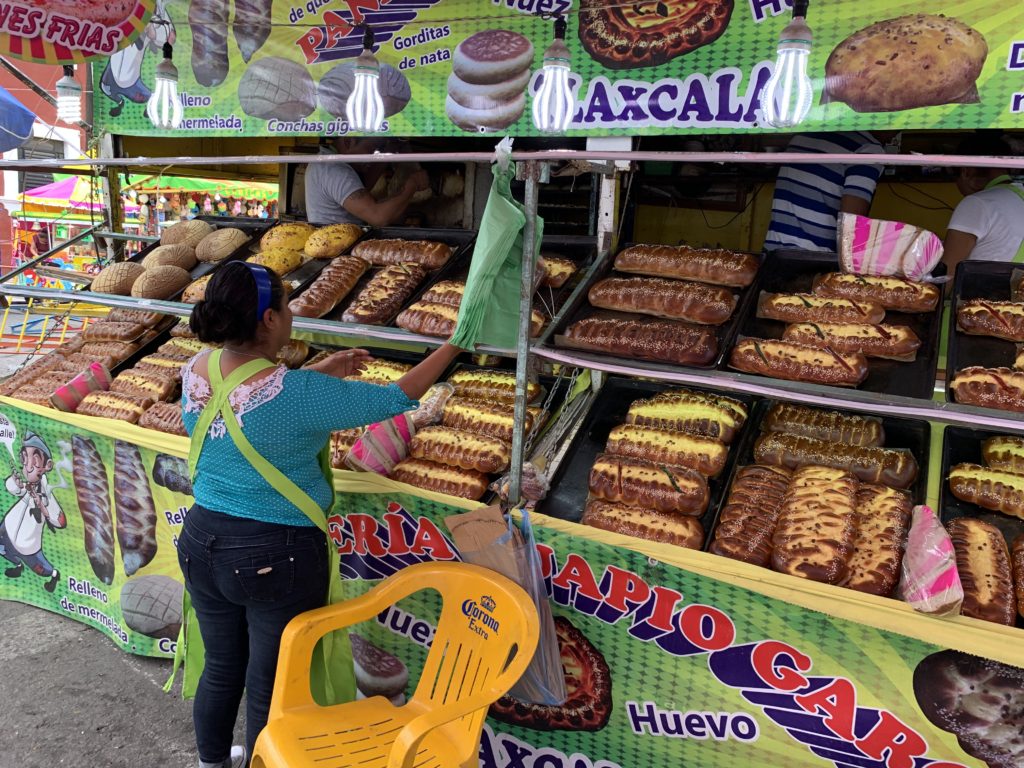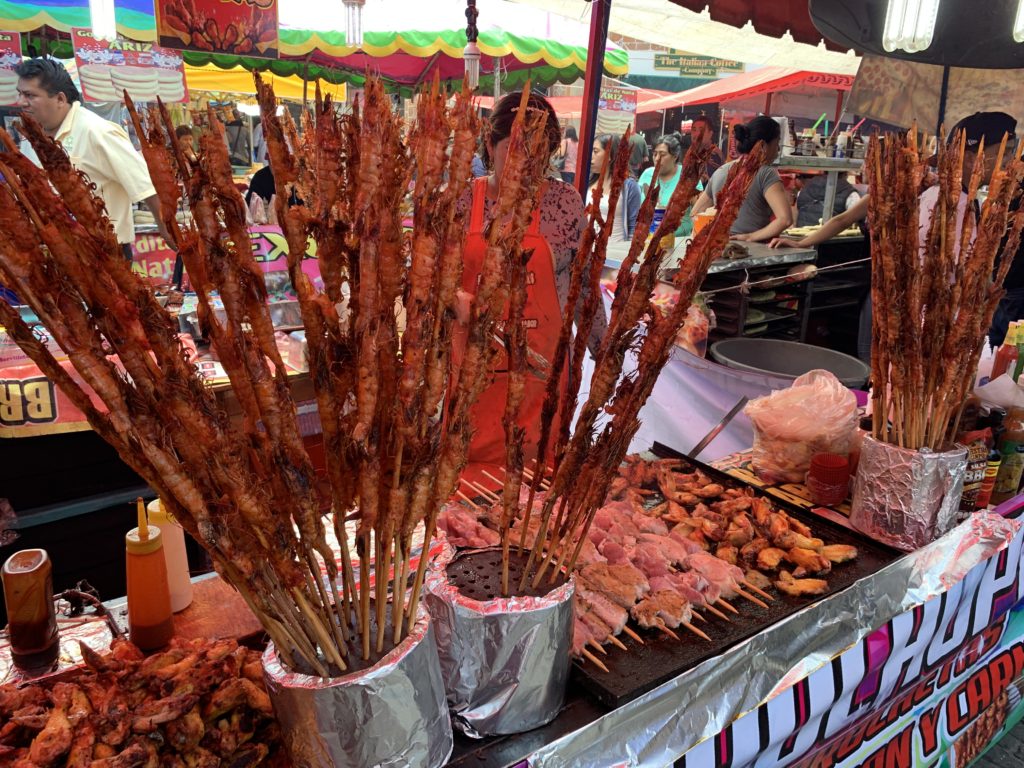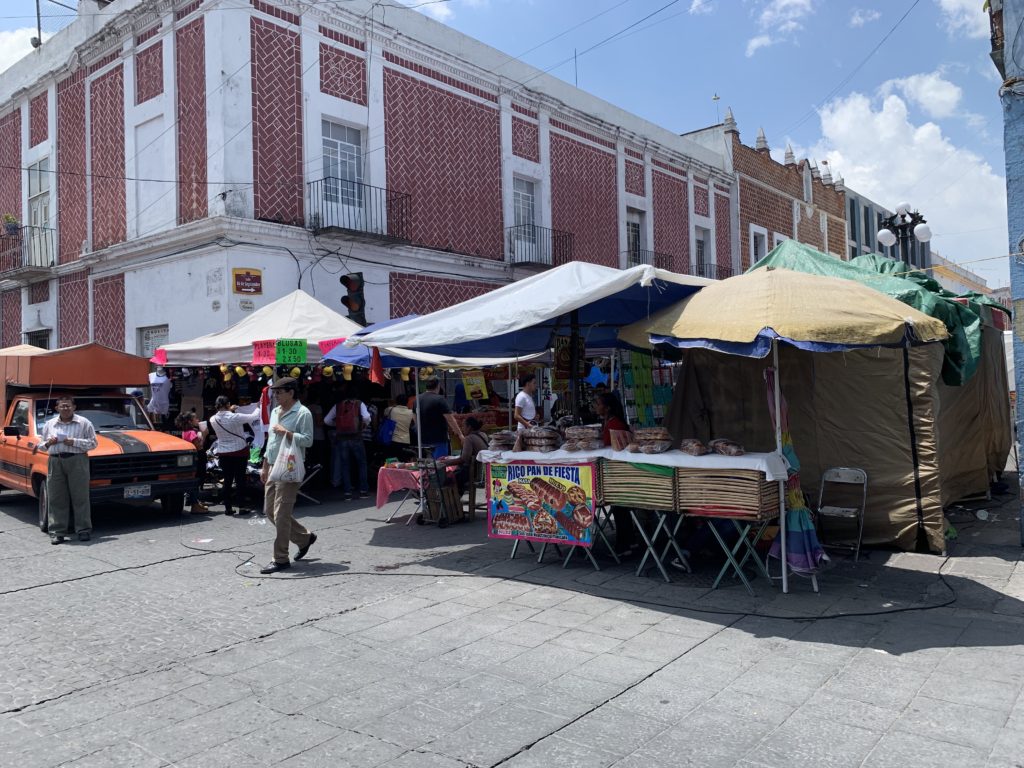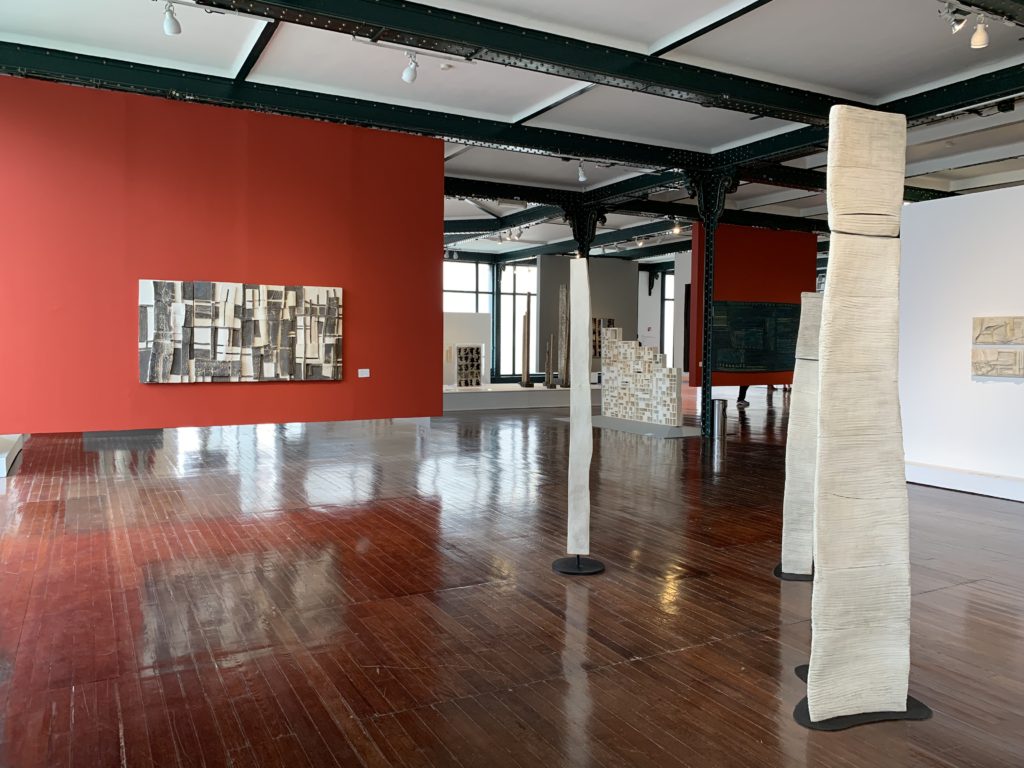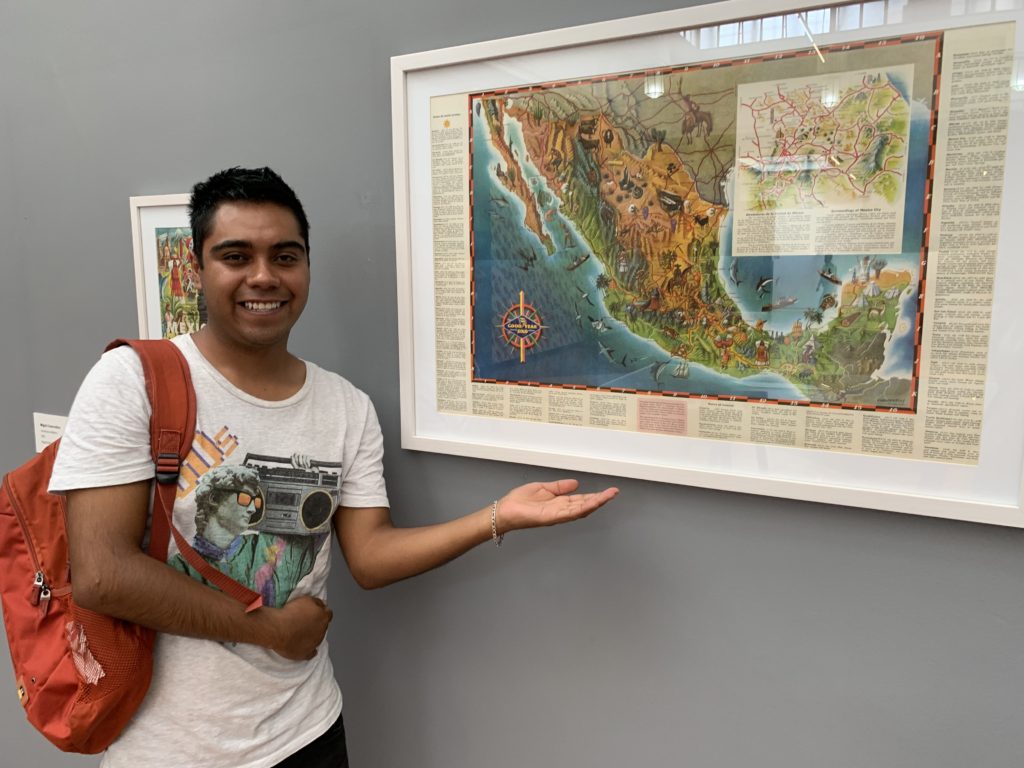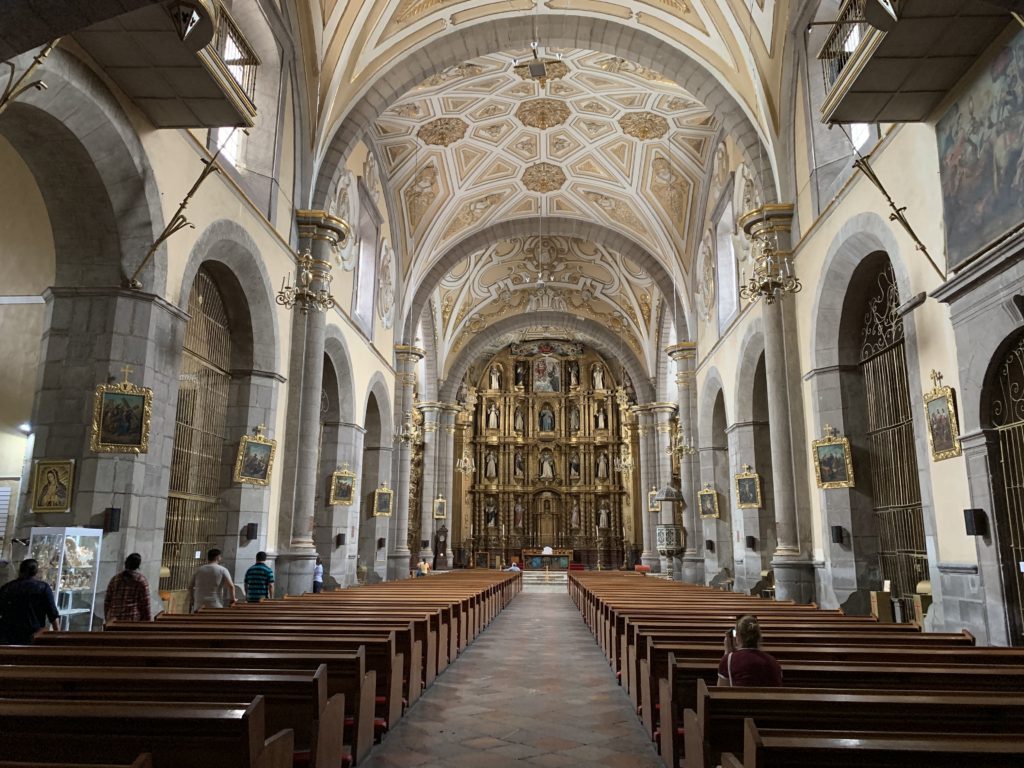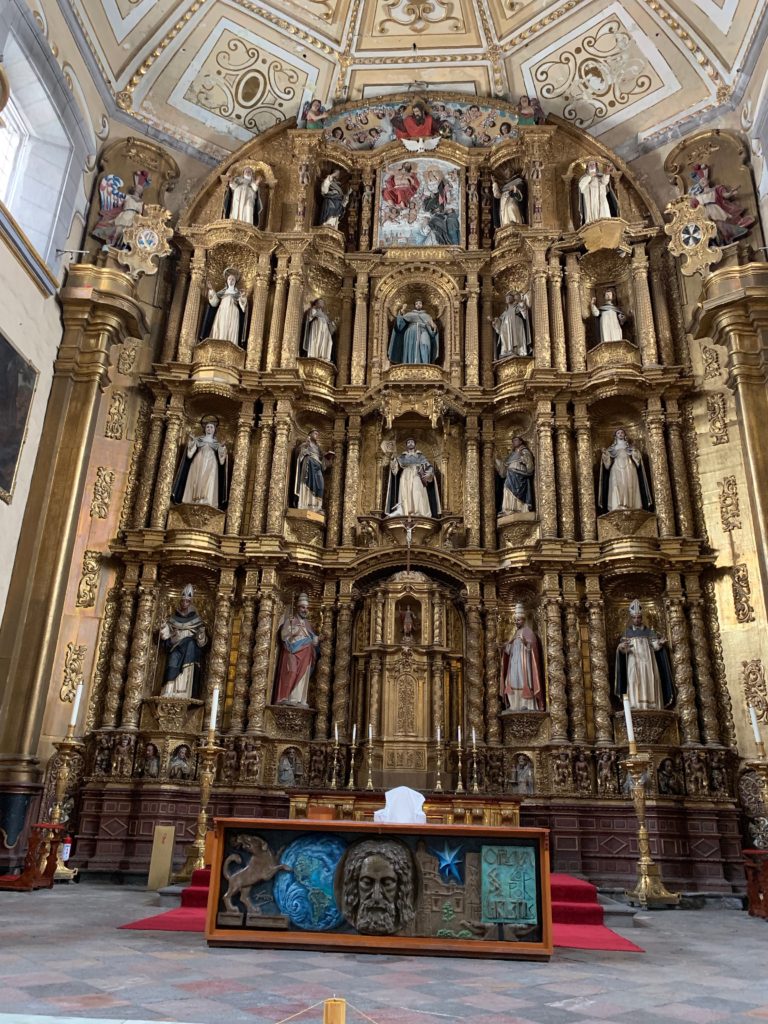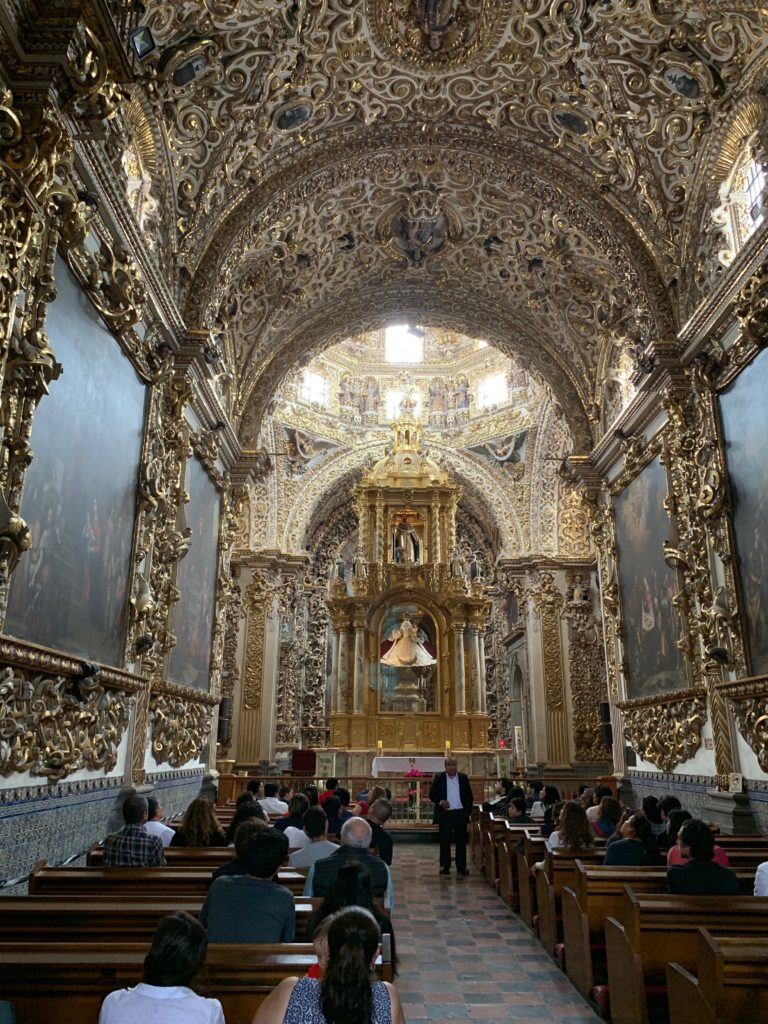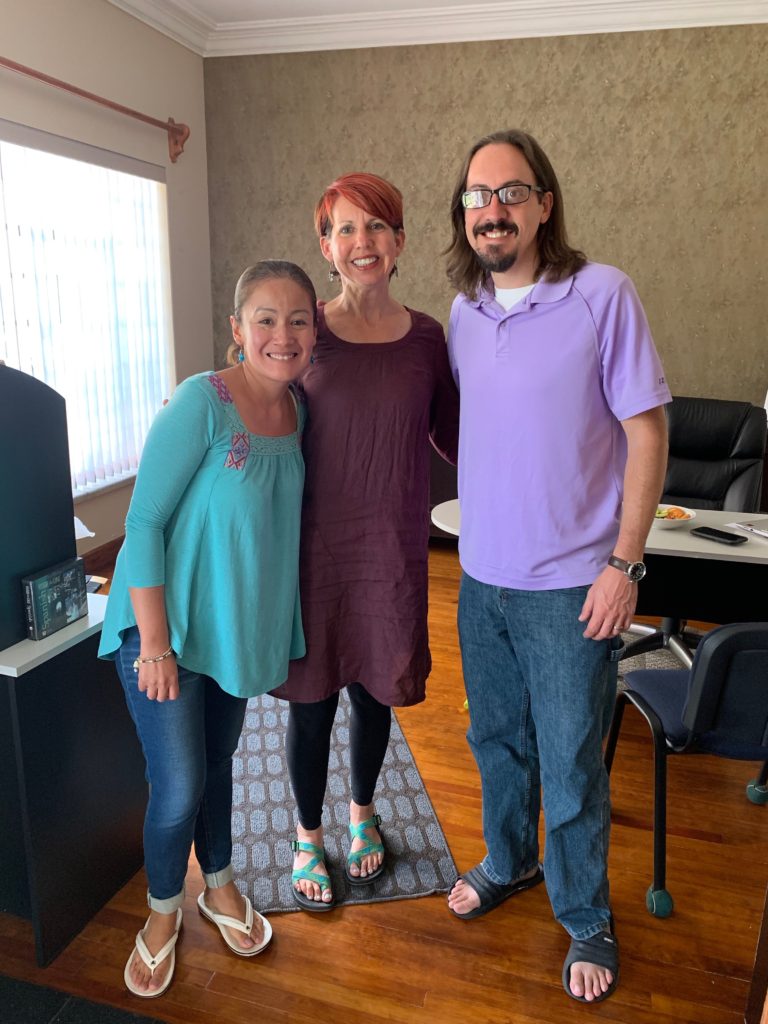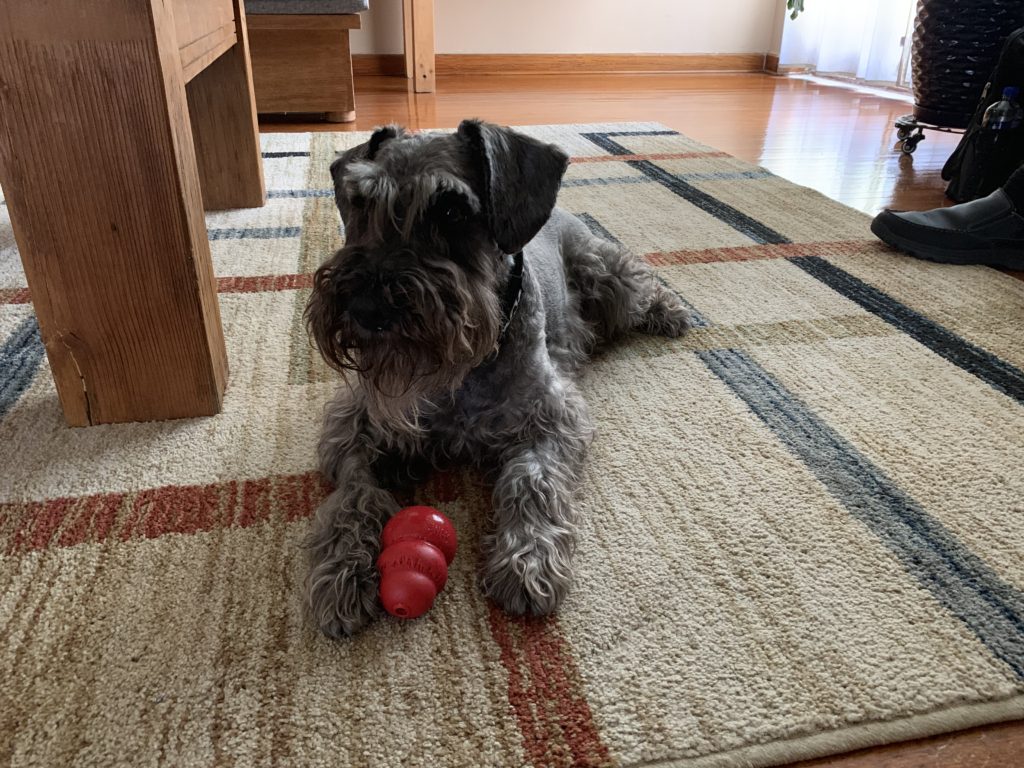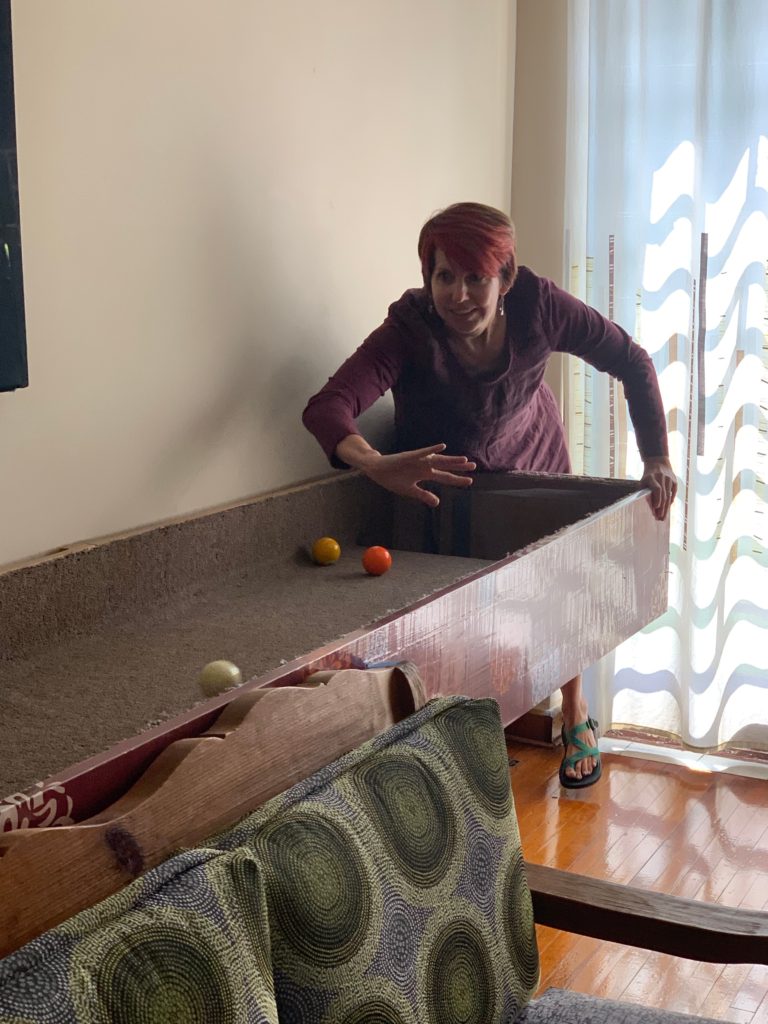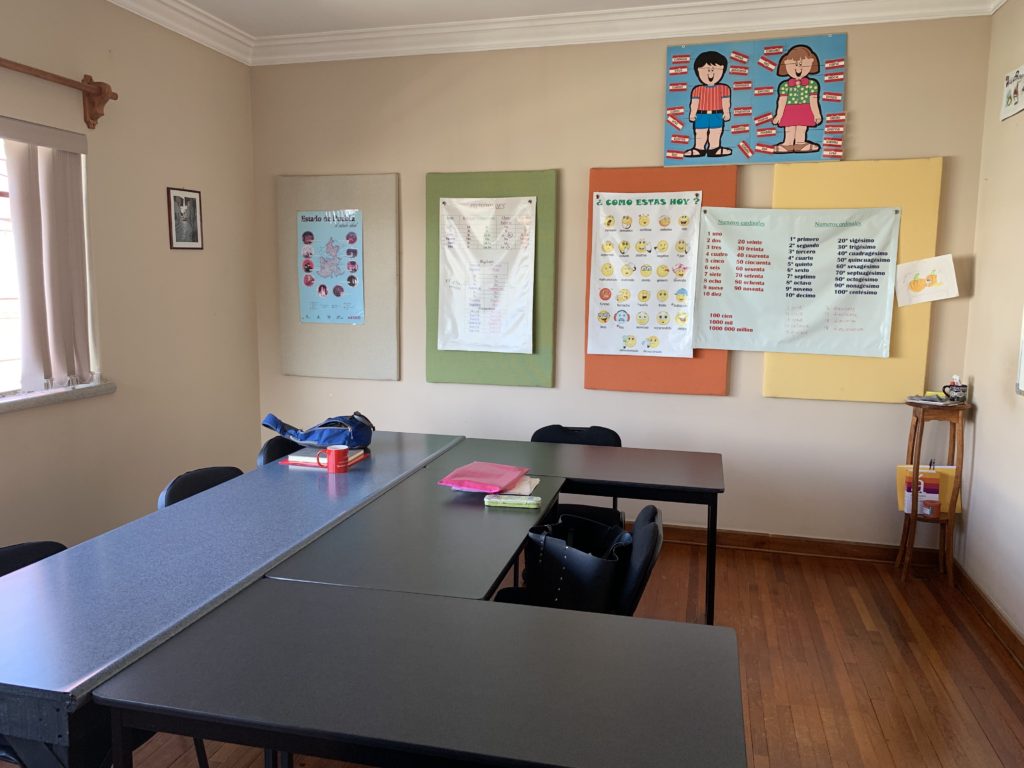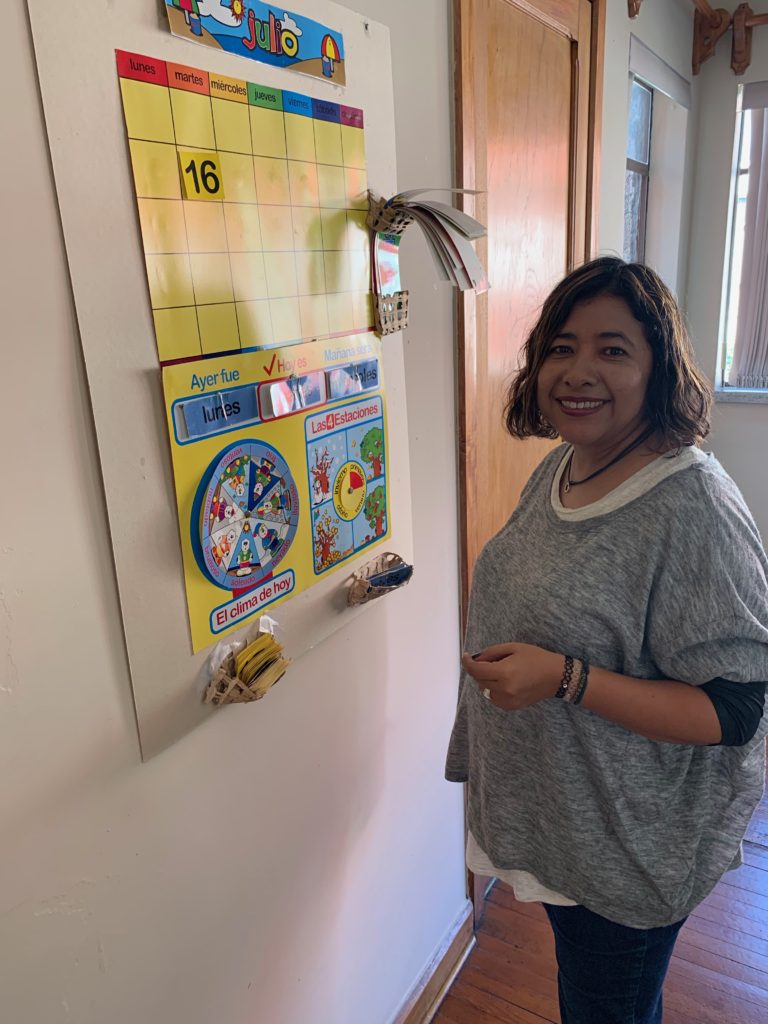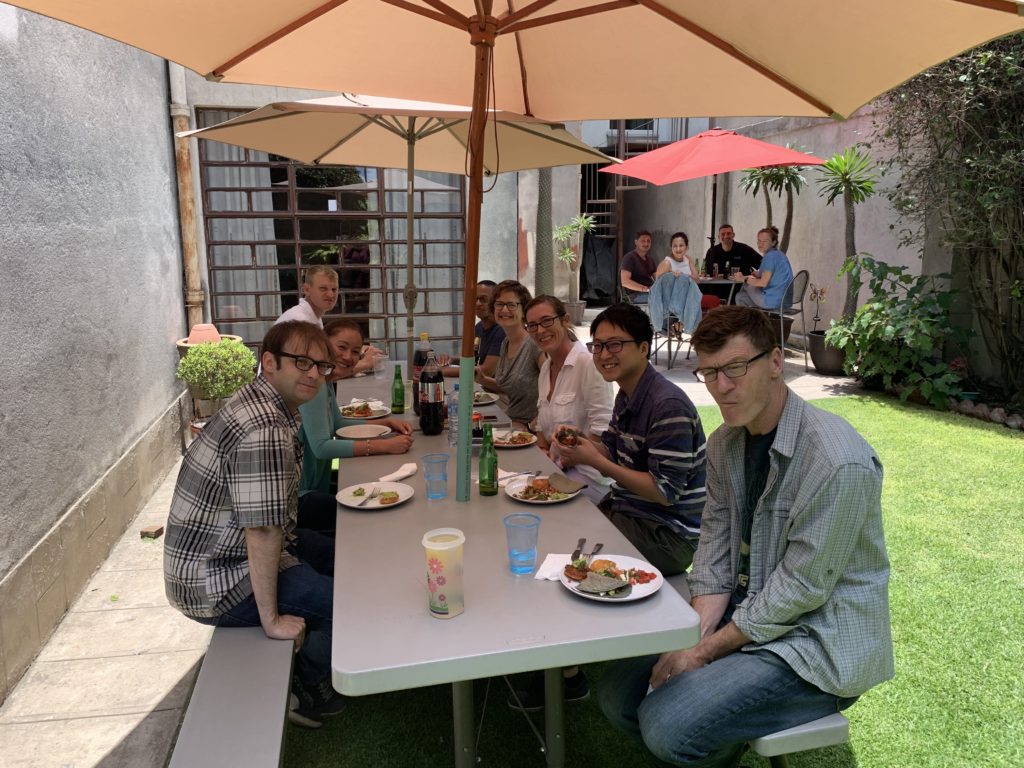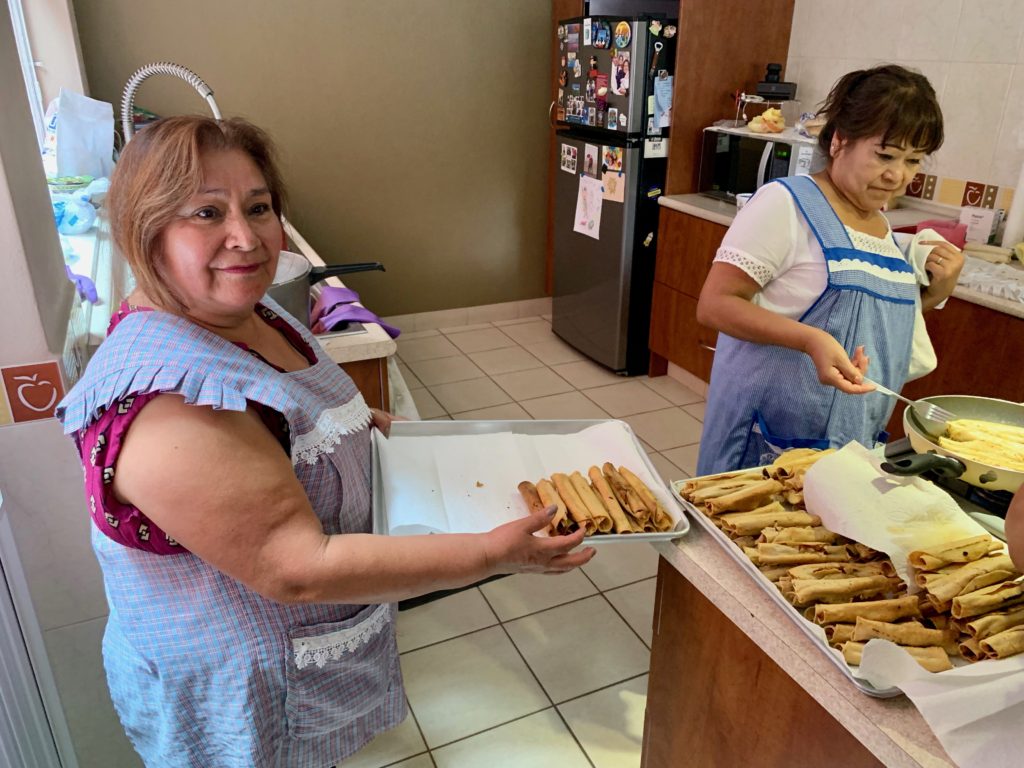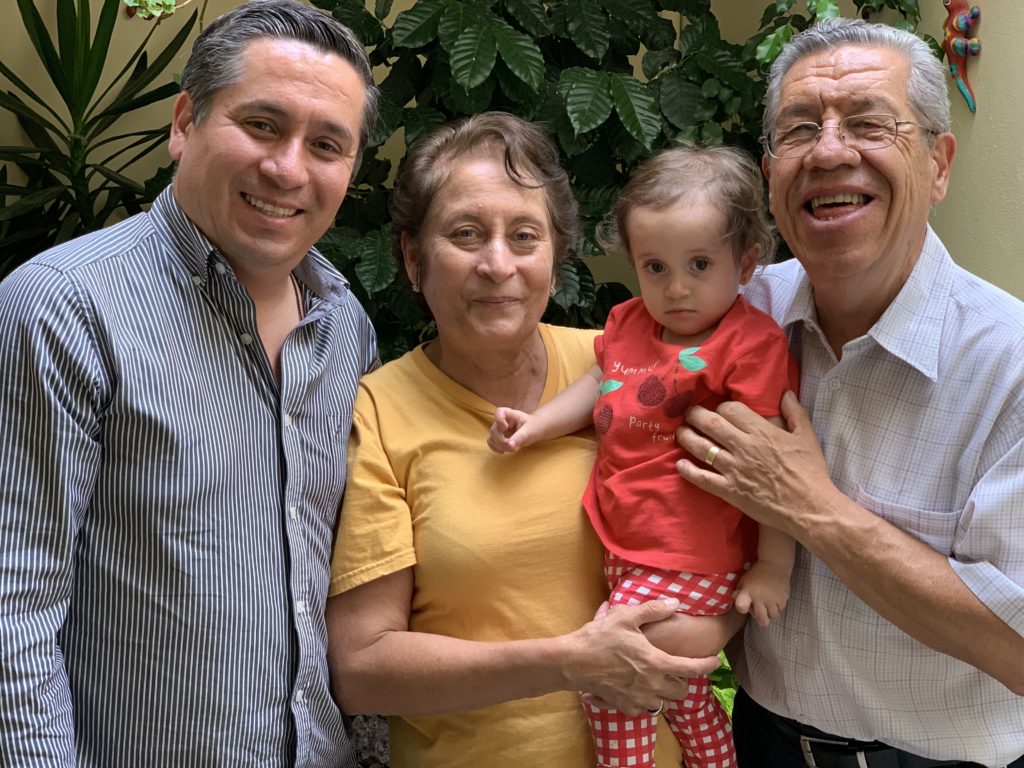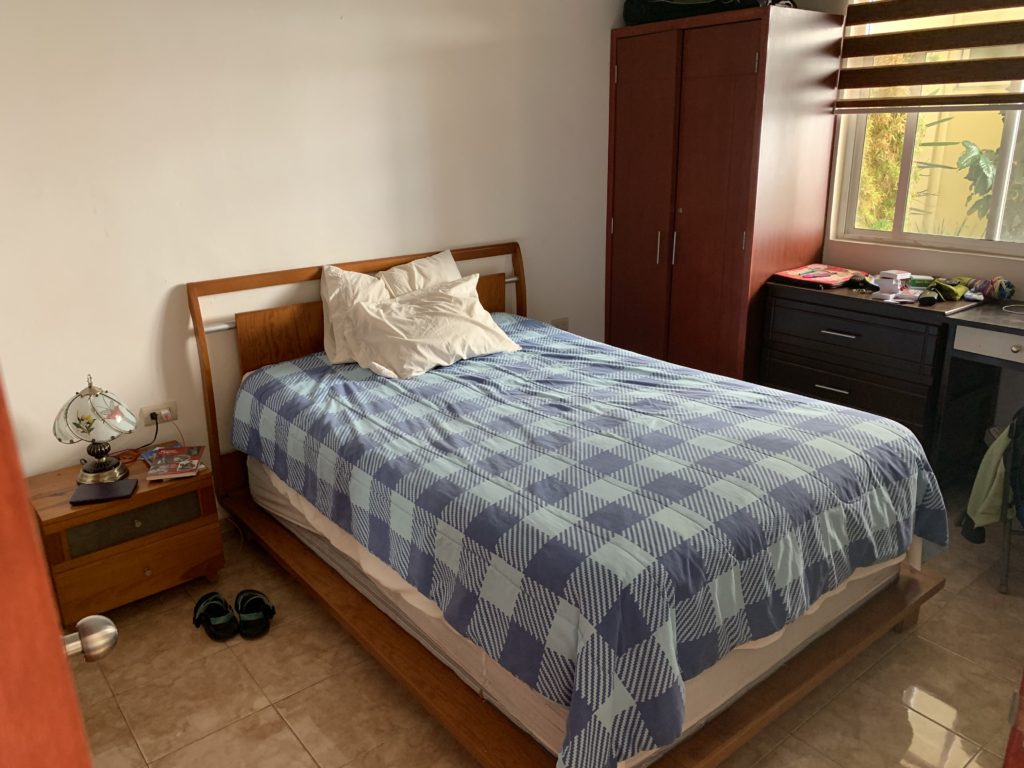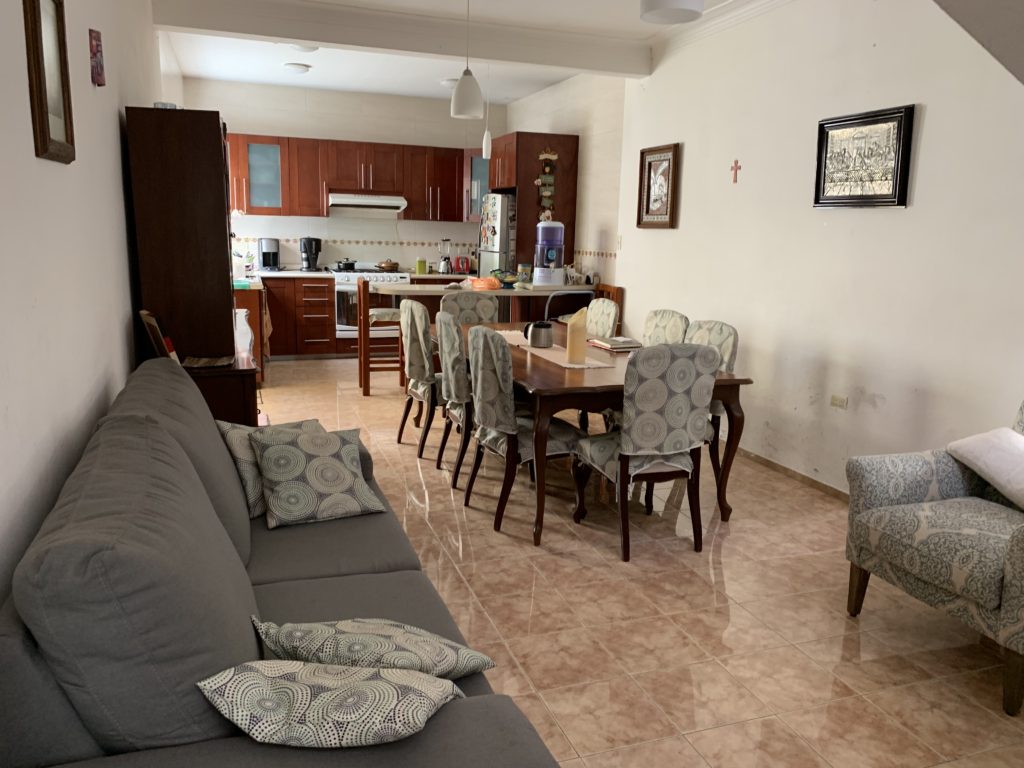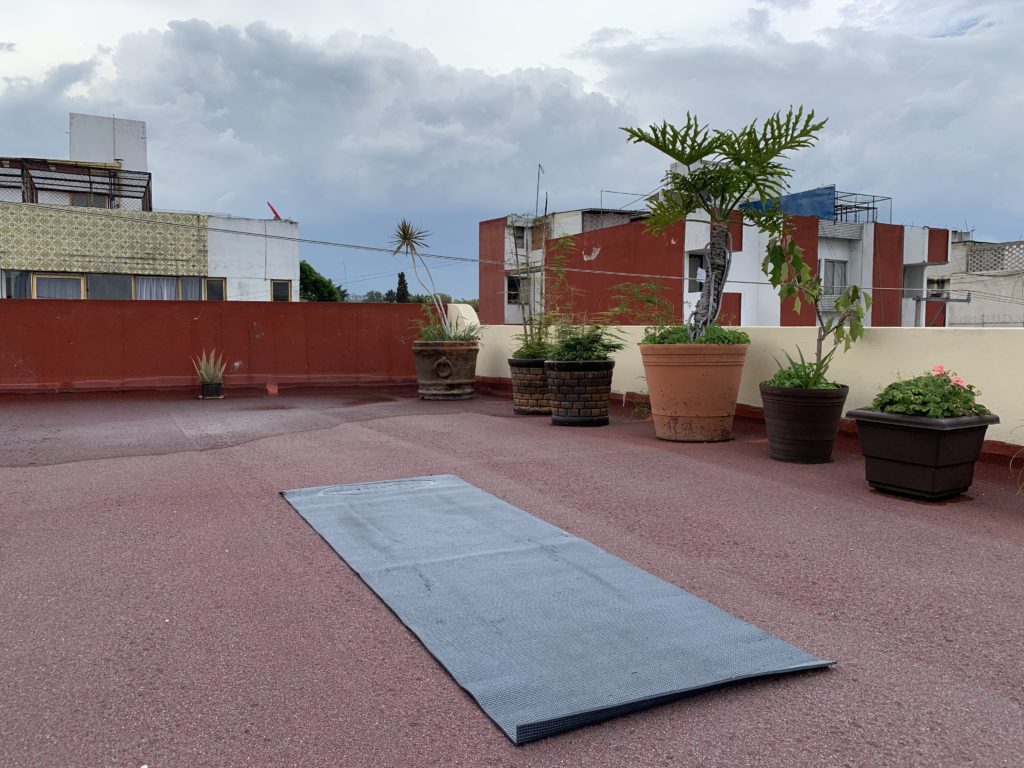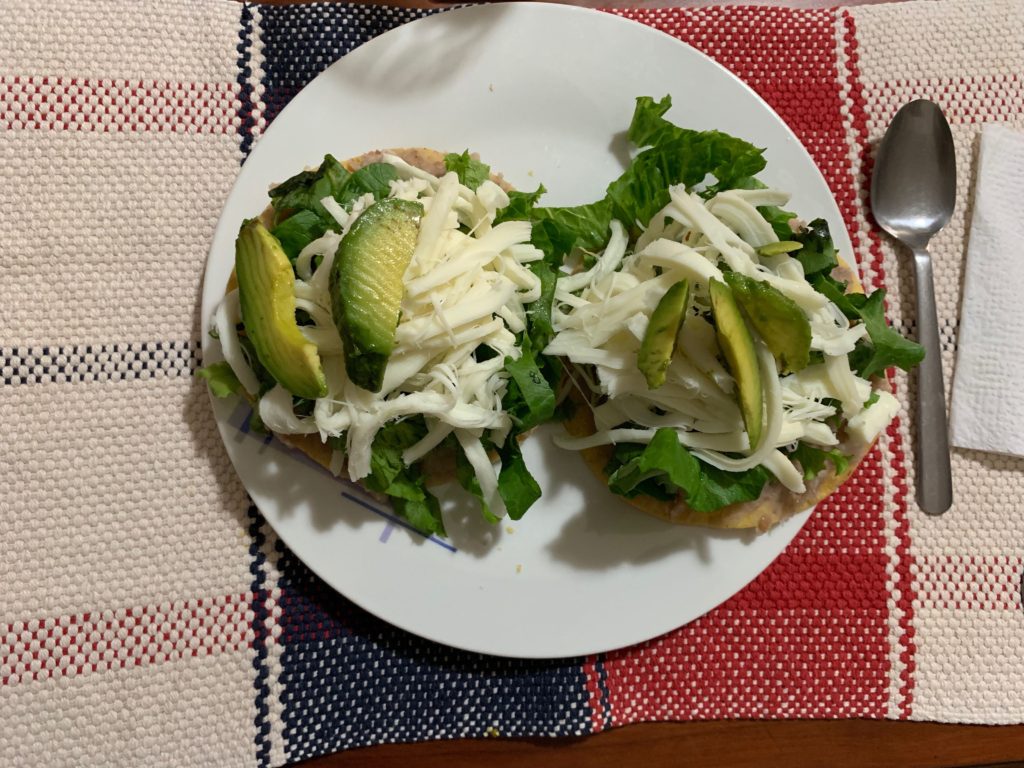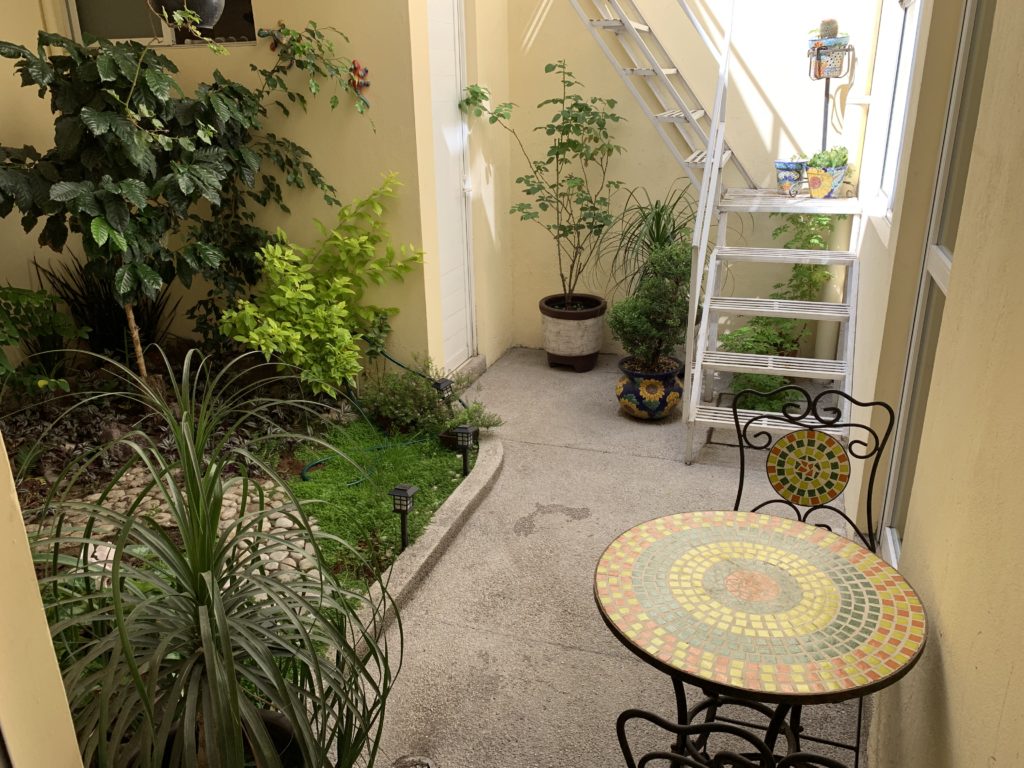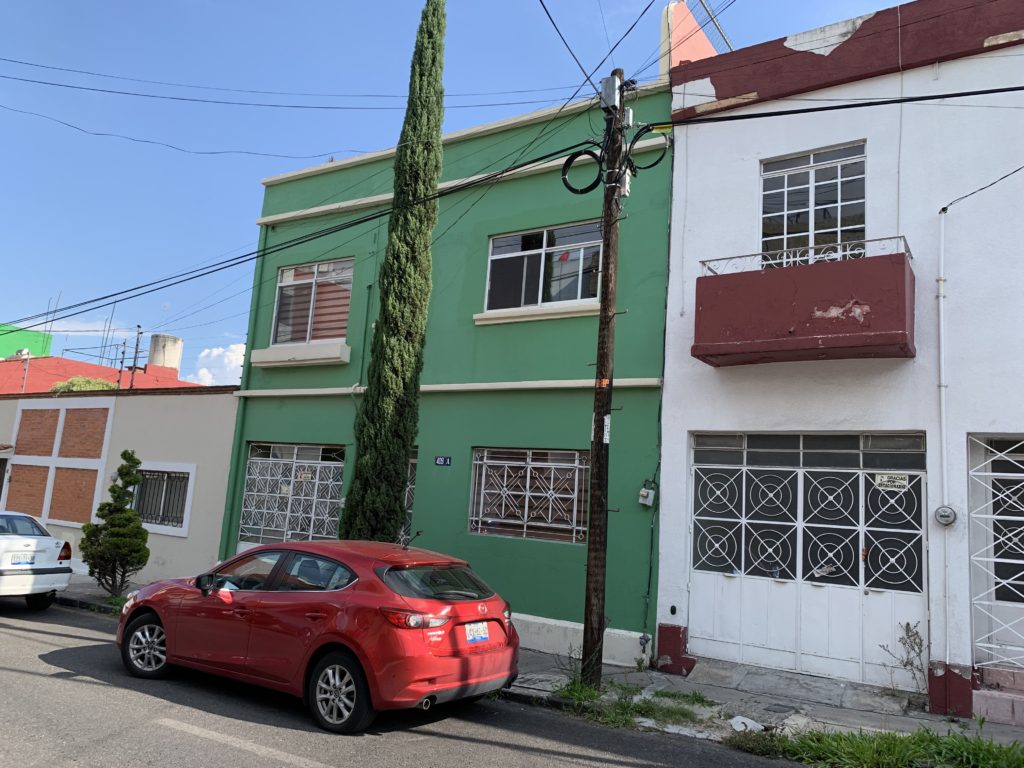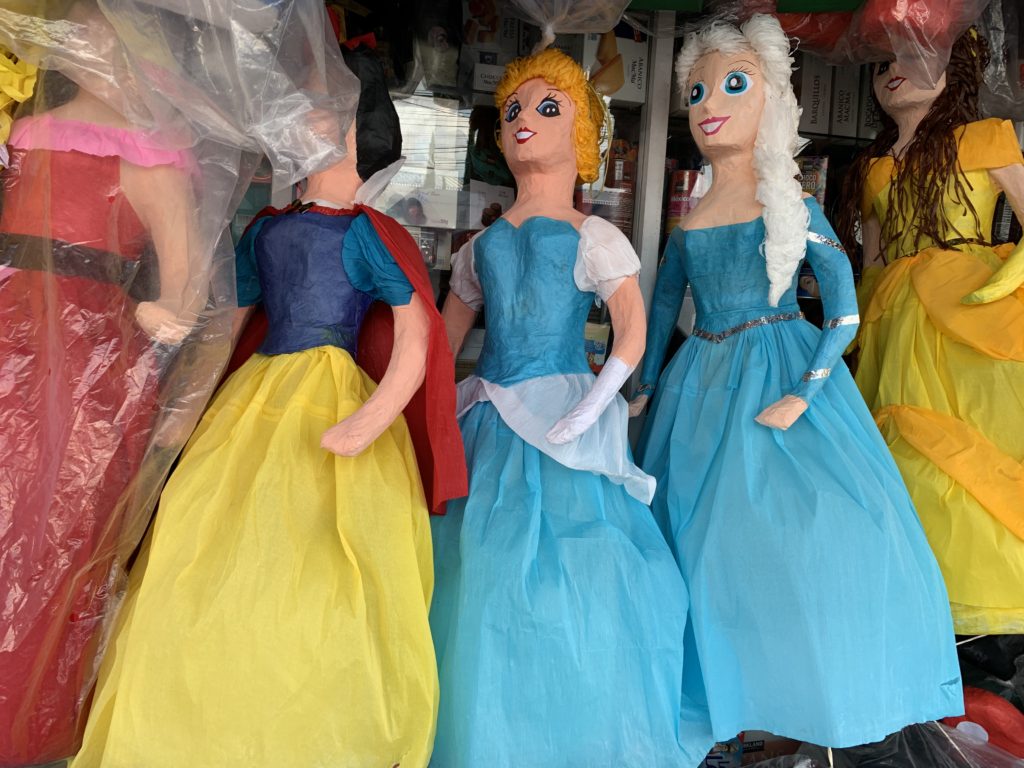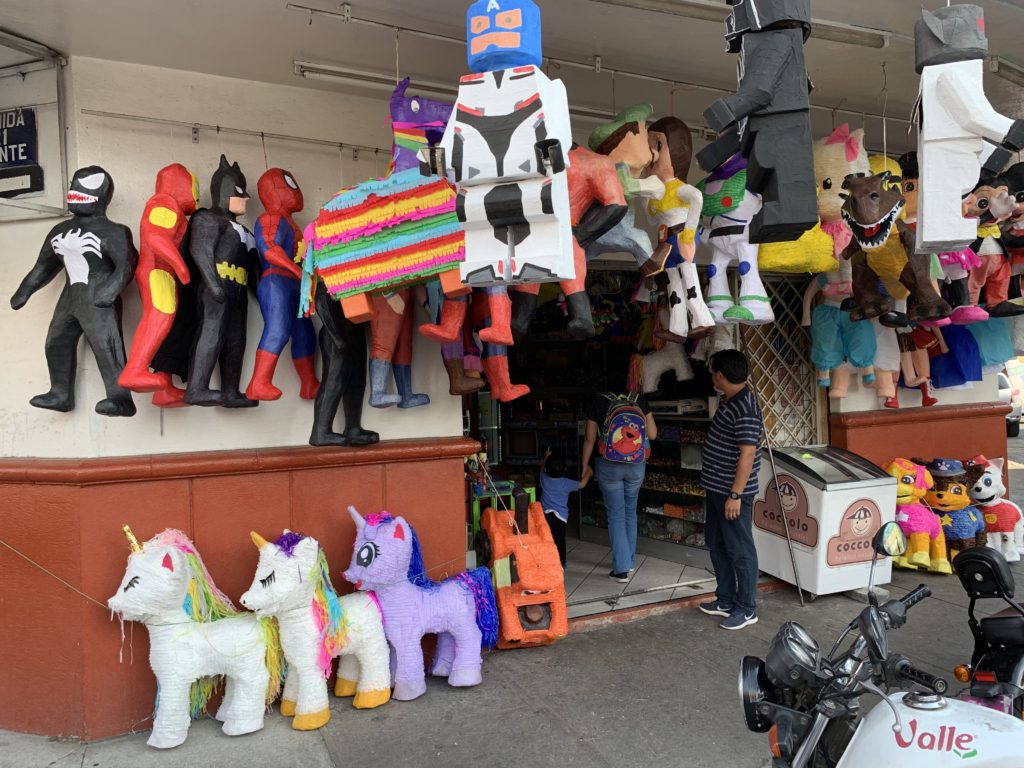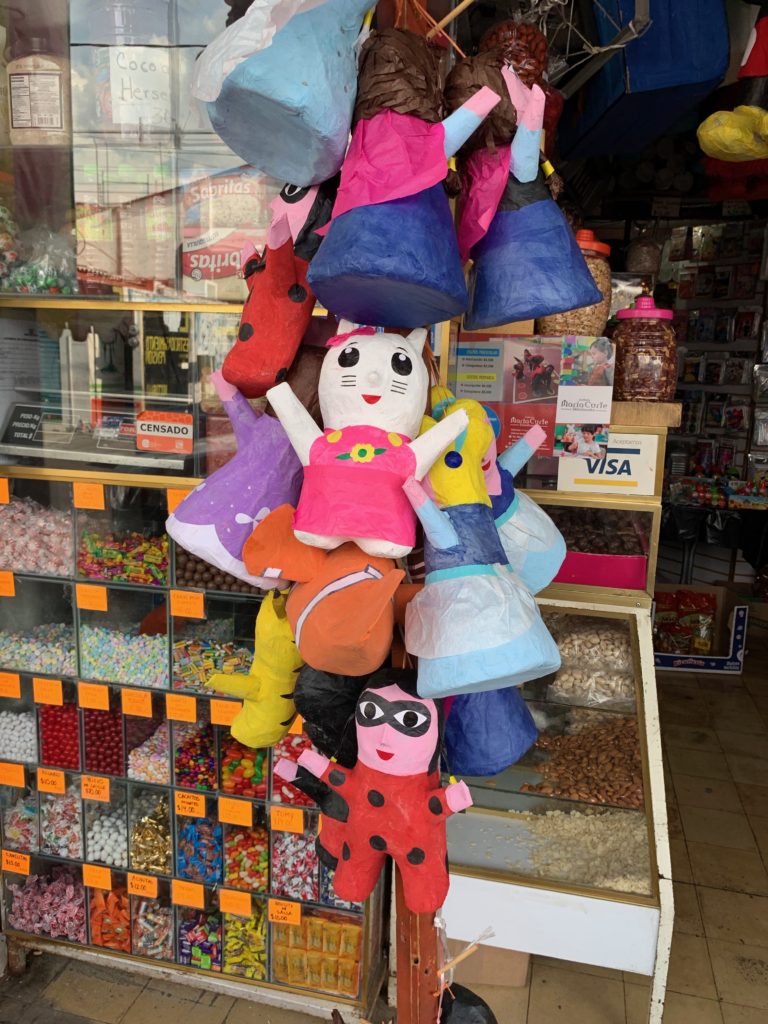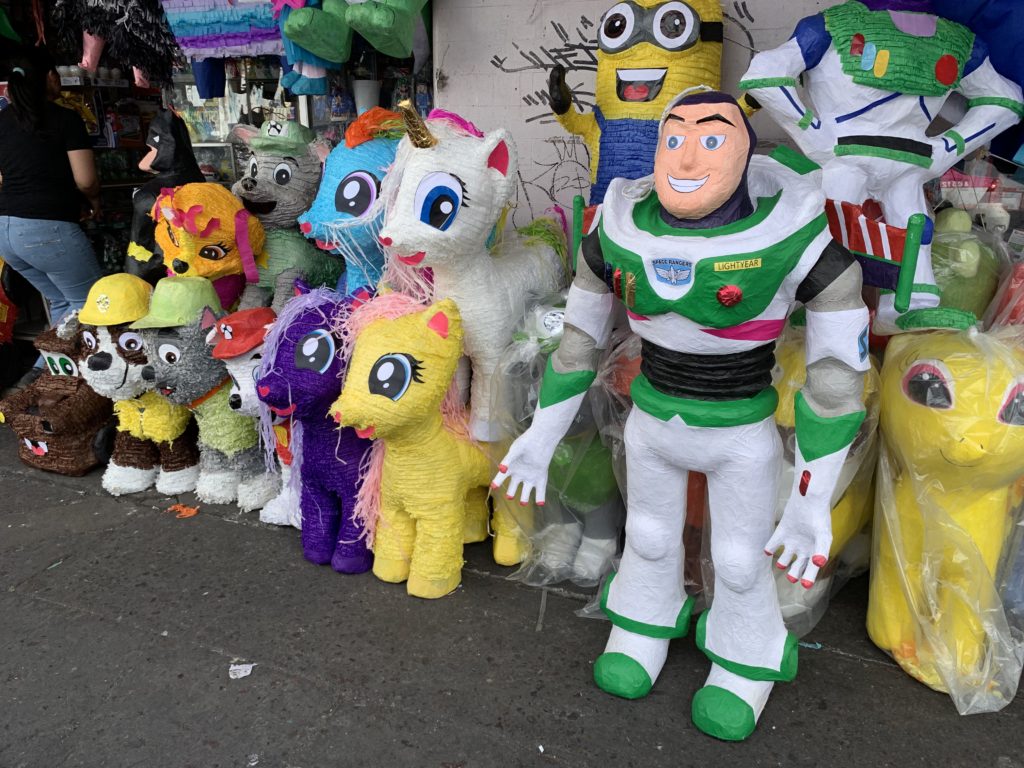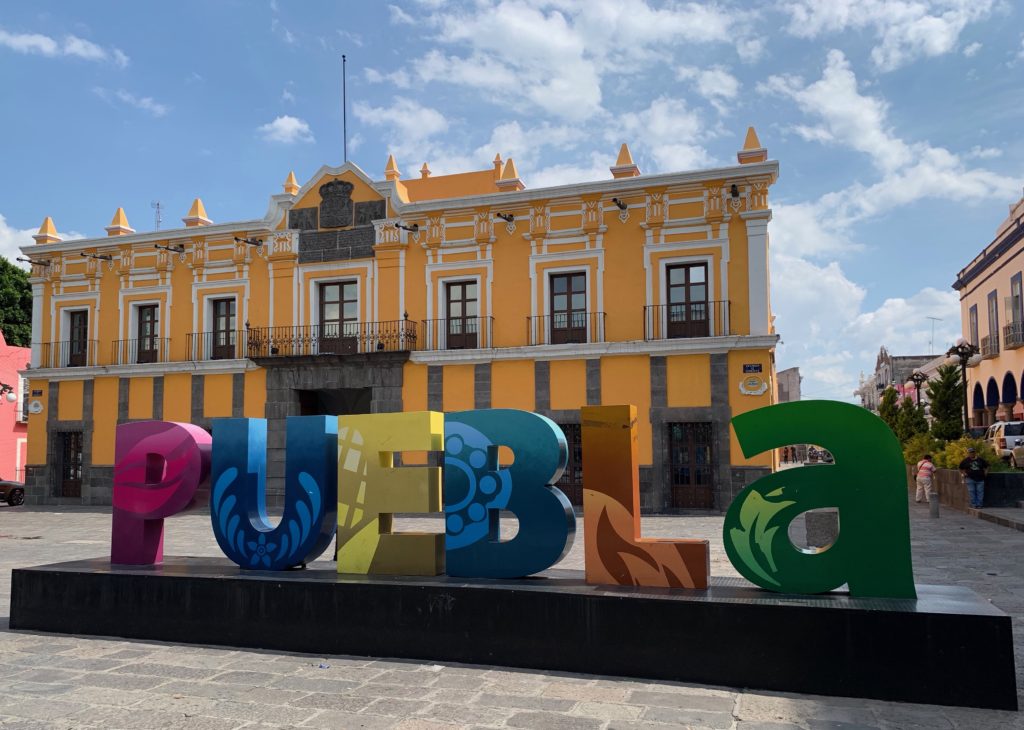Family time was great and all, but I have been craving some tropical beach time.
Chile’s beaches are gorgeous to look at. However, the water is COLD, unpredictable protests make the drive to the shore a little daunting, and every dang resident of Santiago escapes to the coast at this time of year.
I needed a beach with very few other humans, more nature than civilization, sand free of cigarette butts, and water warm enough to soothe my soul (but cool enough to provide respite from the summer heat). Tony and I found the perfect spot: Paraiso Azul Retiro on Brazil’s Ilha Grande (Big Island), just off the coast of Rio de Janeiro.
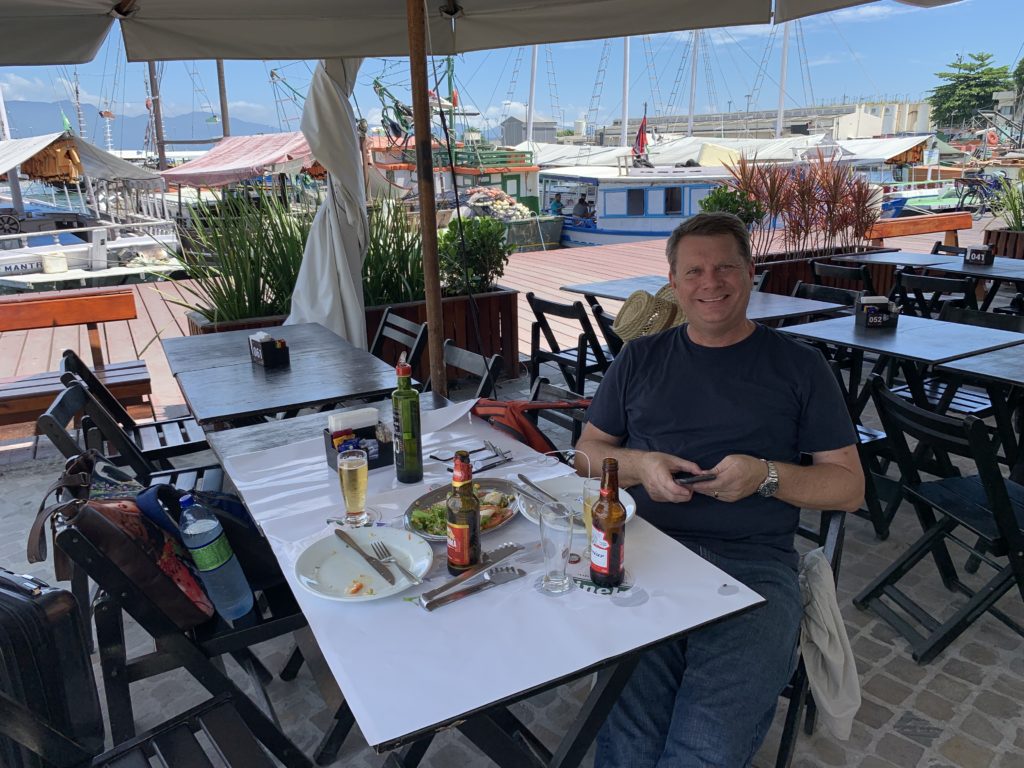
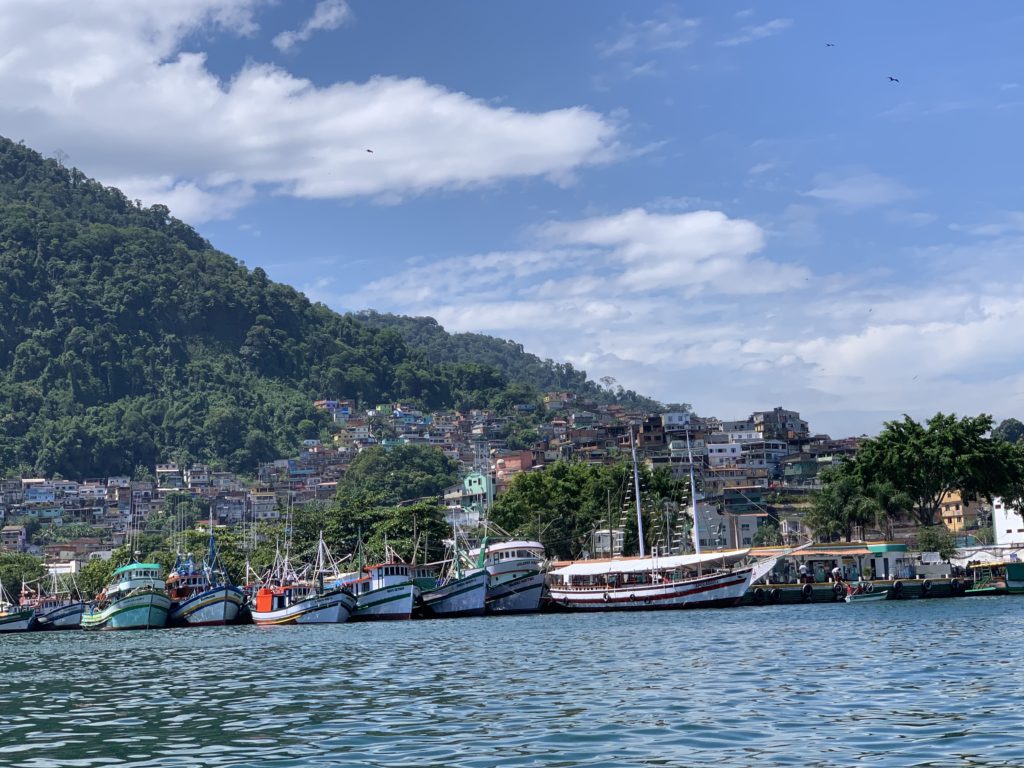
Ilha Grande housed a leper colony and later a high-security prison, which closed in 1994. Few motorized vehicles are permitted on the island, and about 87 percent is contained in environment protection areas. Last year, the island was named a UNESCO World Heritage Site.
Our cottage sat at the water’s edge with a hammock perfect for napping to the sound of lapping waves. The guest house’s private beach was small, but then, so was the guest house. For most of our visit, we shared the beach with only a couple other guests.
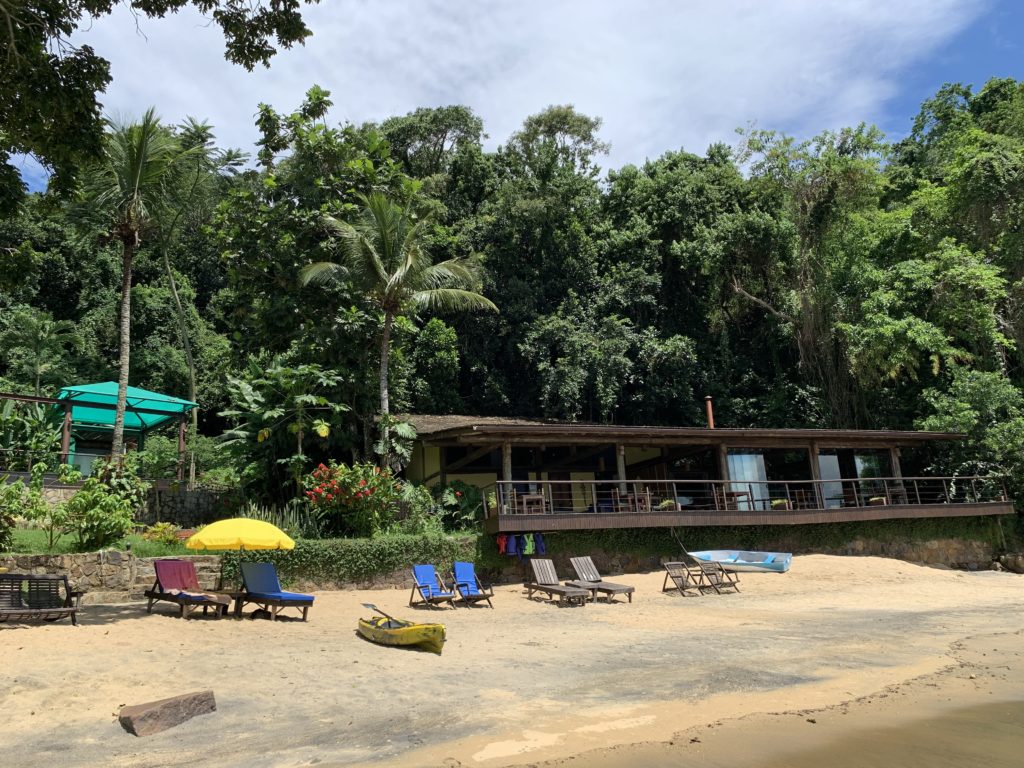
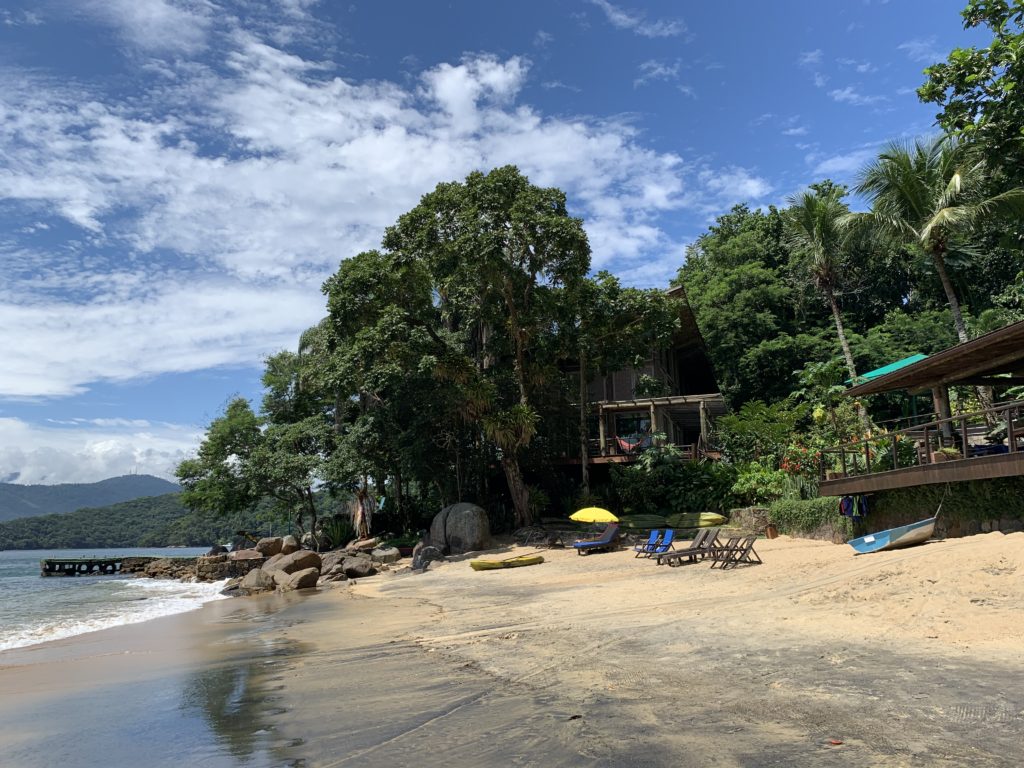
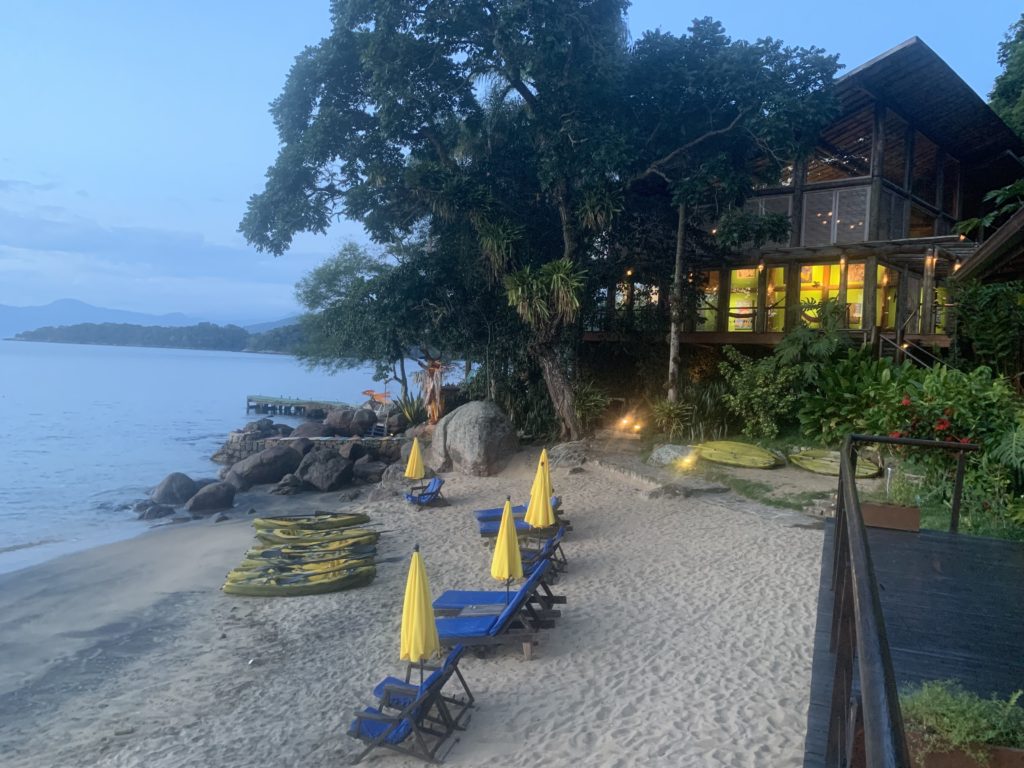
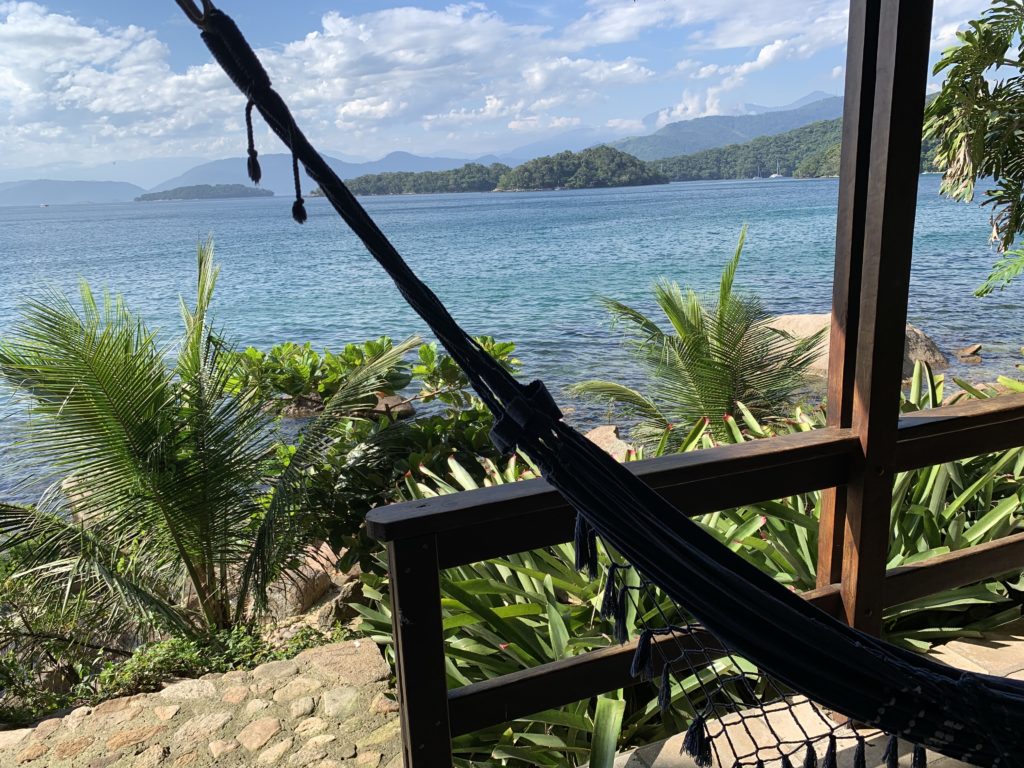
Tony and I got up each morning and practiced yoga in the beautiful high-ceilinged sala overlooking the water. We spent much of the day reading, napping, and swimming in our calm bay, on the opposite side of the island from the choppy Atlantic Ocean.
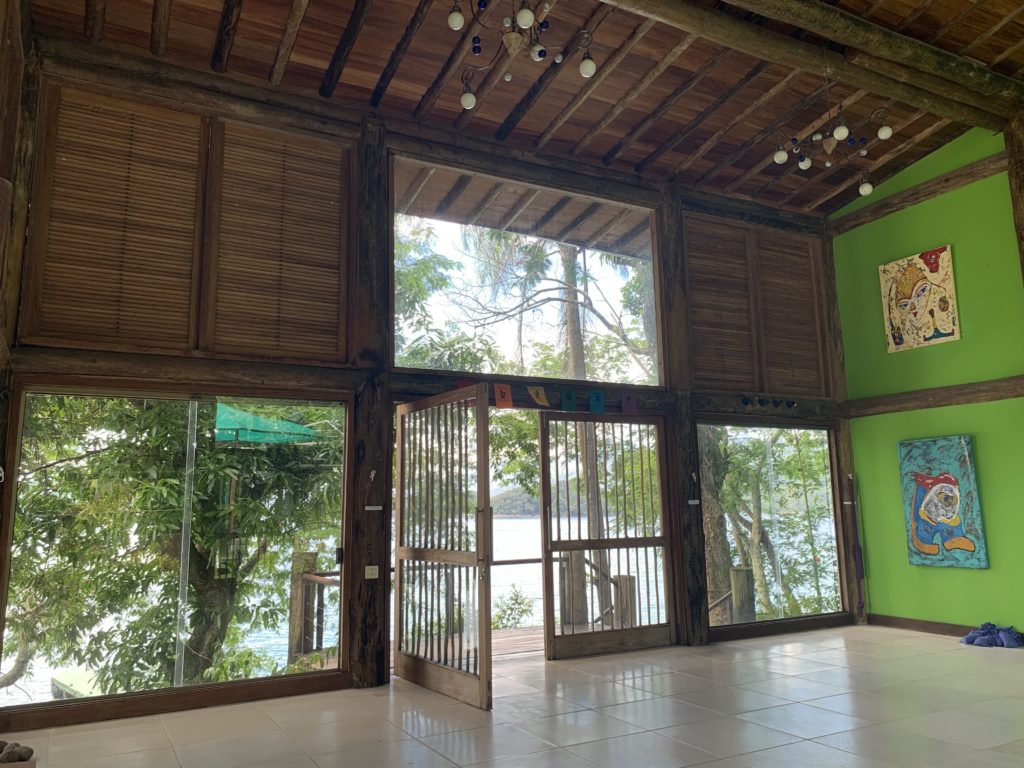
Our first full day here, we kayaked to two nearby beaches. Unfortunately, they were located very close to the Lagoa Azul (Blue Lagoon), which is a big tourist attraction. Boats motored in and dropped off drunk tourists, who paraded down the beach with their plastic cups of beer, posed for selfies, and thrashed around in the surf, losing flip flops to the tide. Swimming in those waters, I collected plastic bags, labels from water bottles, heaps of plastic bottle caps, and other detritus. I dumped it all in a makeshift trash bin, but I don’t know if anyone ever comes to haul it away. We made a beeline for our clean little tourist-free patch of tranquility.
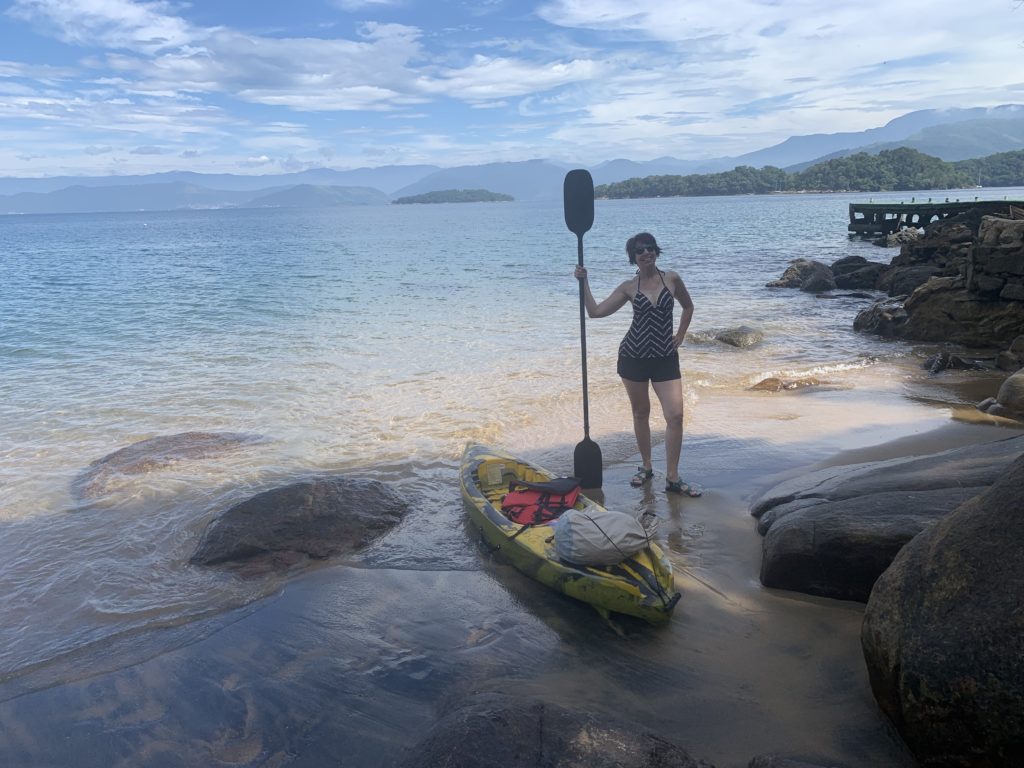

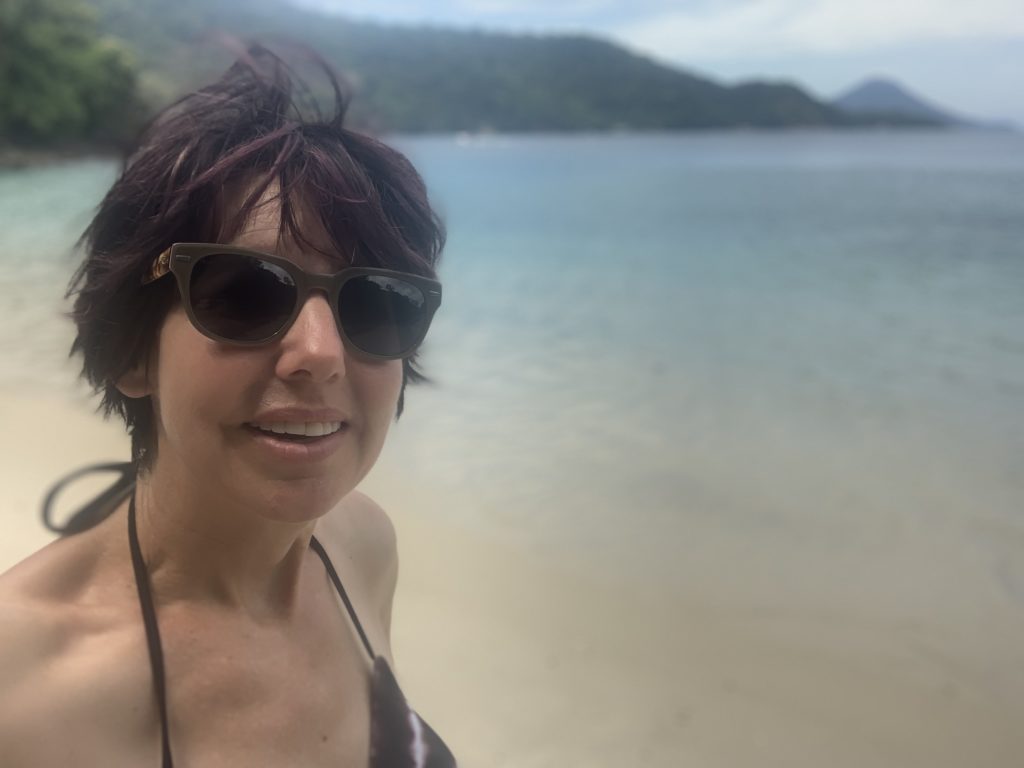
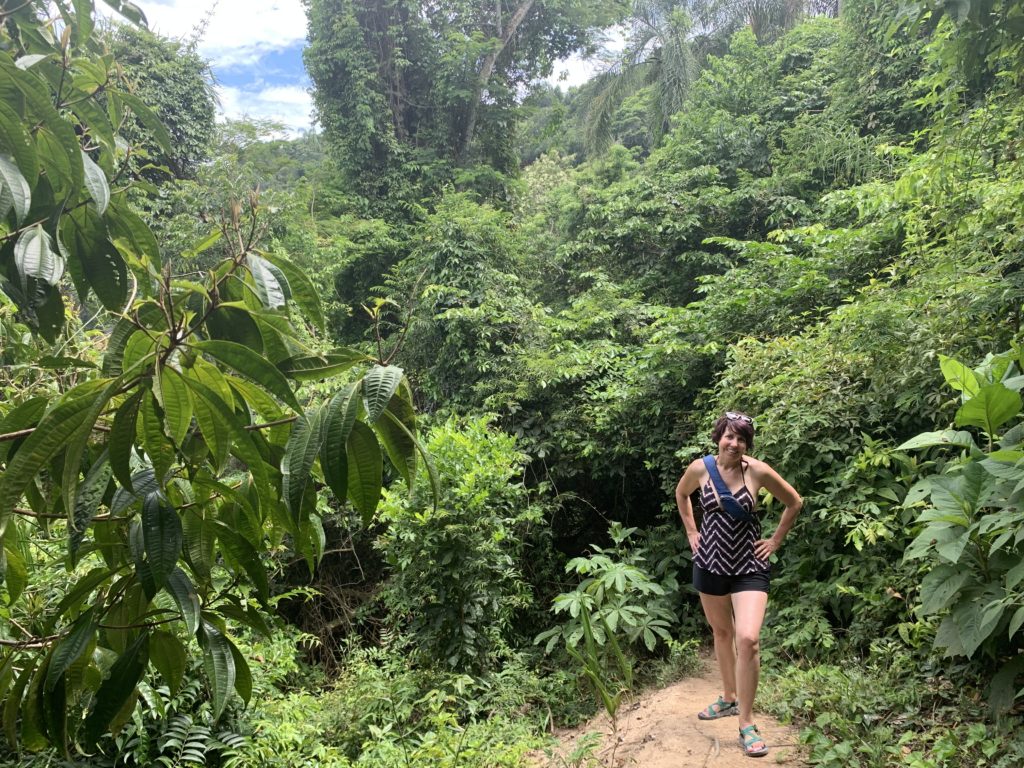
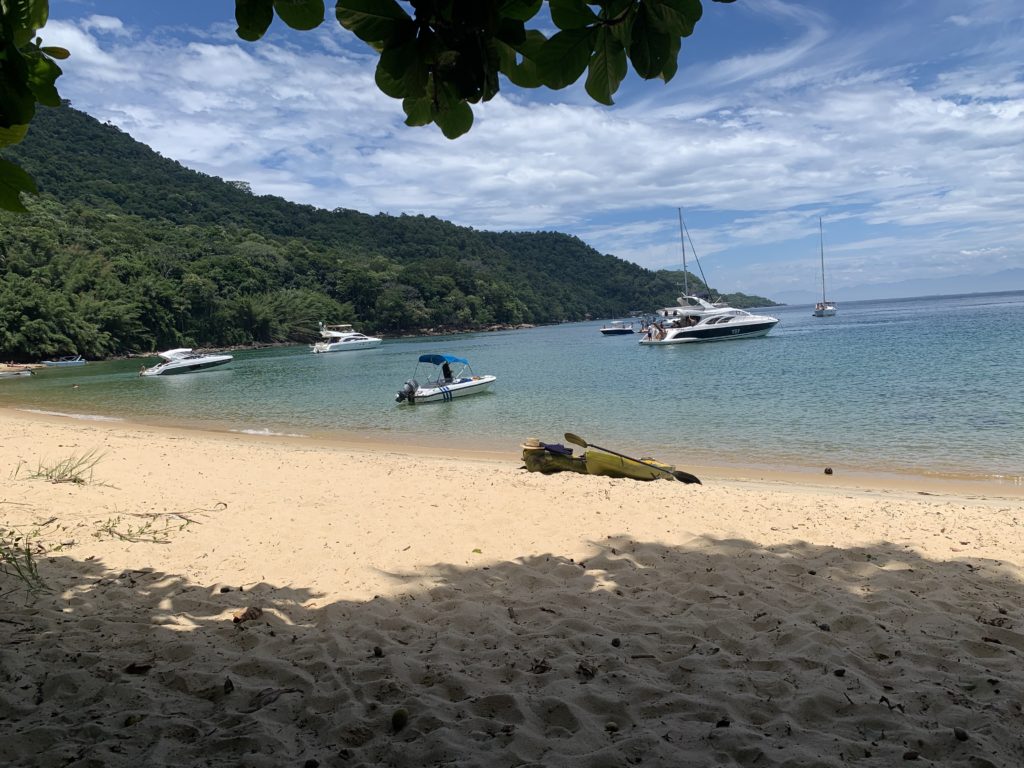
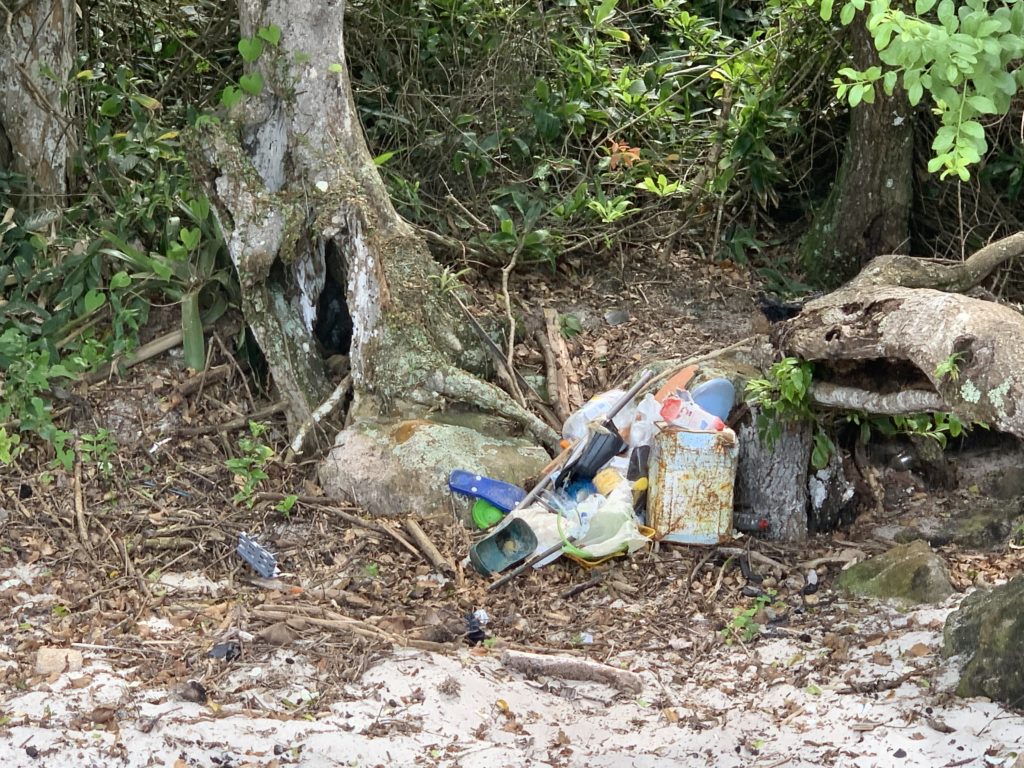
After a day of absolutely spectacular weather, we had an evening with absolutely spectacular storms.
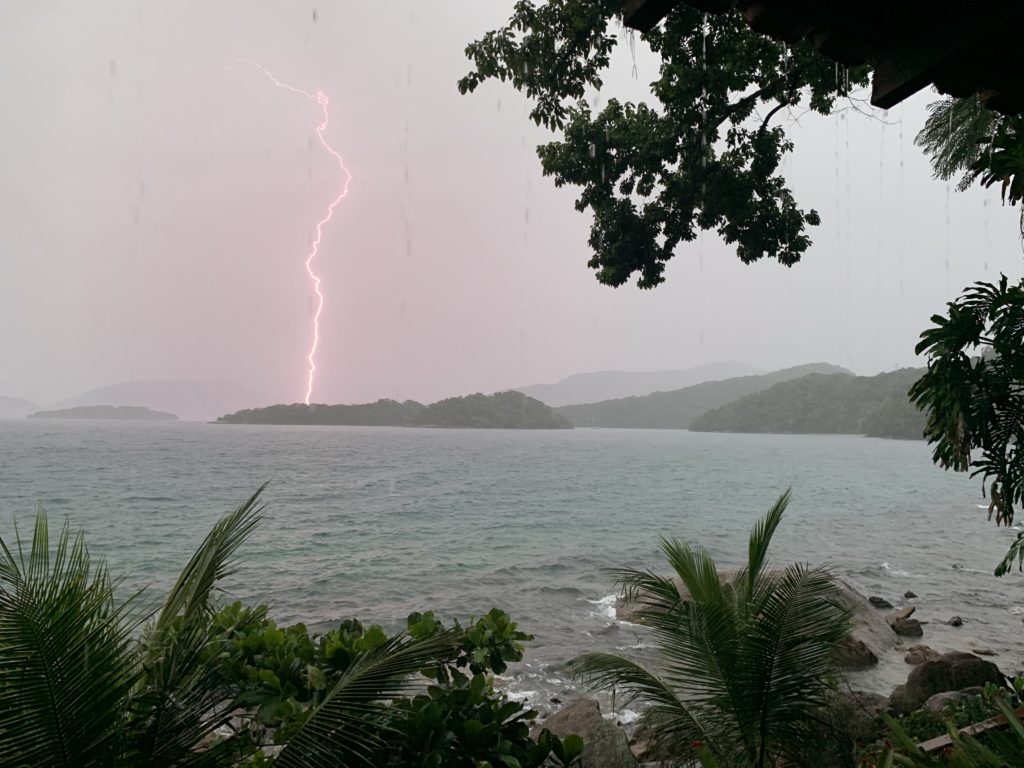
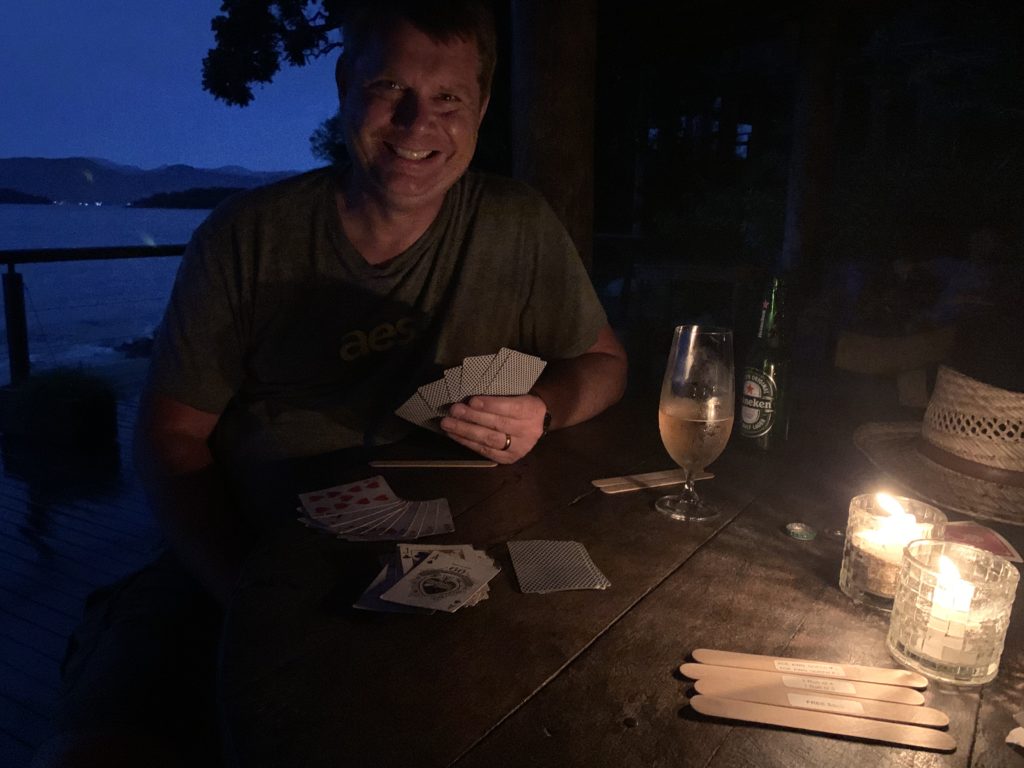
Our second day, we decided to go for a hike. On the map, you can see our guest house (labeled in purple). The red line marks trails around the island, but what you can’t see is how rugged those trails are. From the coast, the rainforest justs up to an elevation of 3,383 feet (1,031 maters), so to hike here means to go up, up, up, and then down, down, down repeatedly. Tree roots created makeshift steps and fallen leaves offered a little traction, while slippery mossy rocks did their best to keep our minds focused on the muddy path.
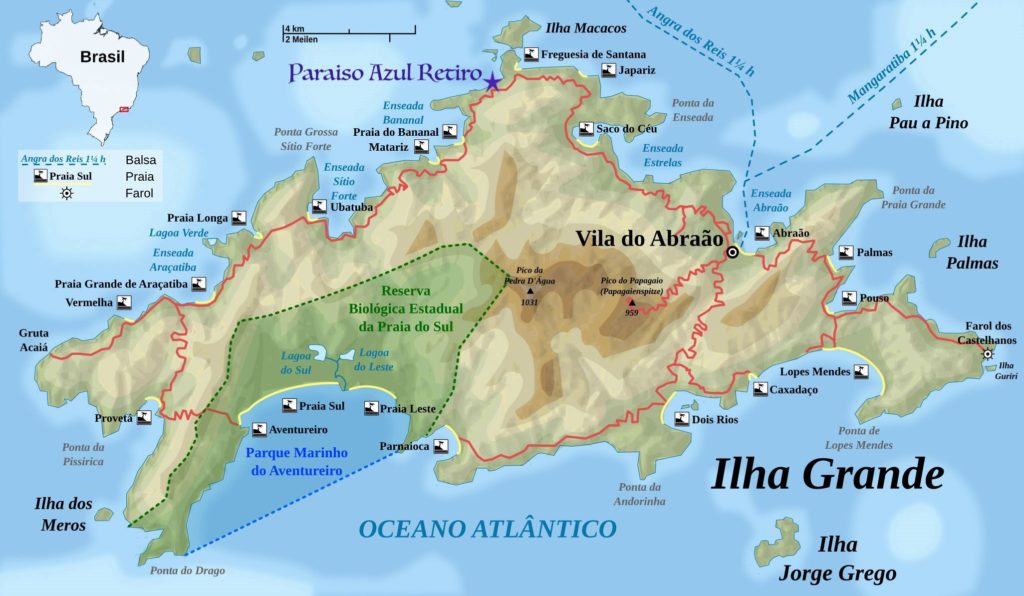
Our private guide, named Lua, bounded up the steps behind the guest house to the trail. About 10 years old, Lua looked like a mix between black lab and some kind of terrier. She patiently led us toward Bananal Beach, occasionally pausing to wait as we panted up the steep path.
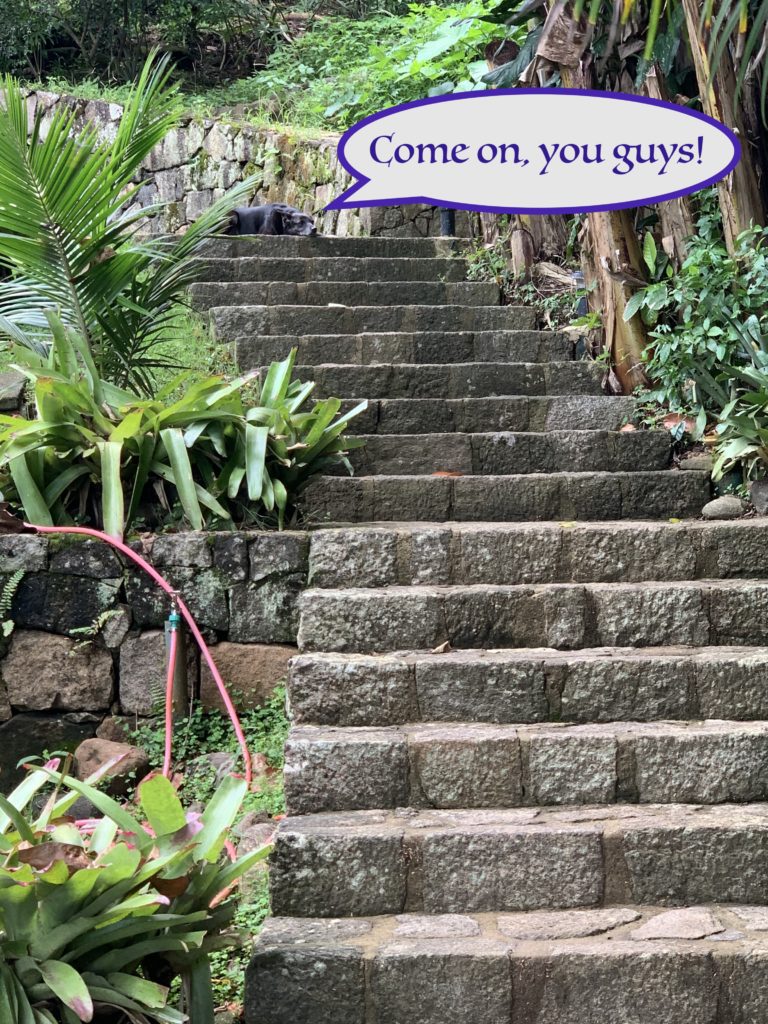
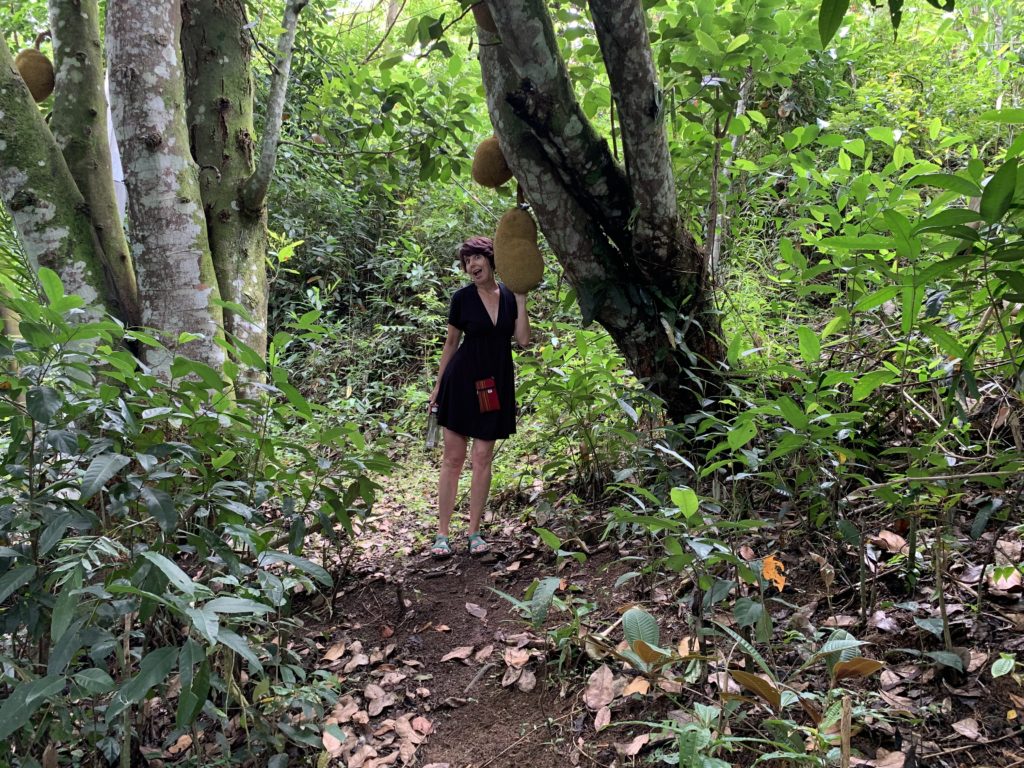
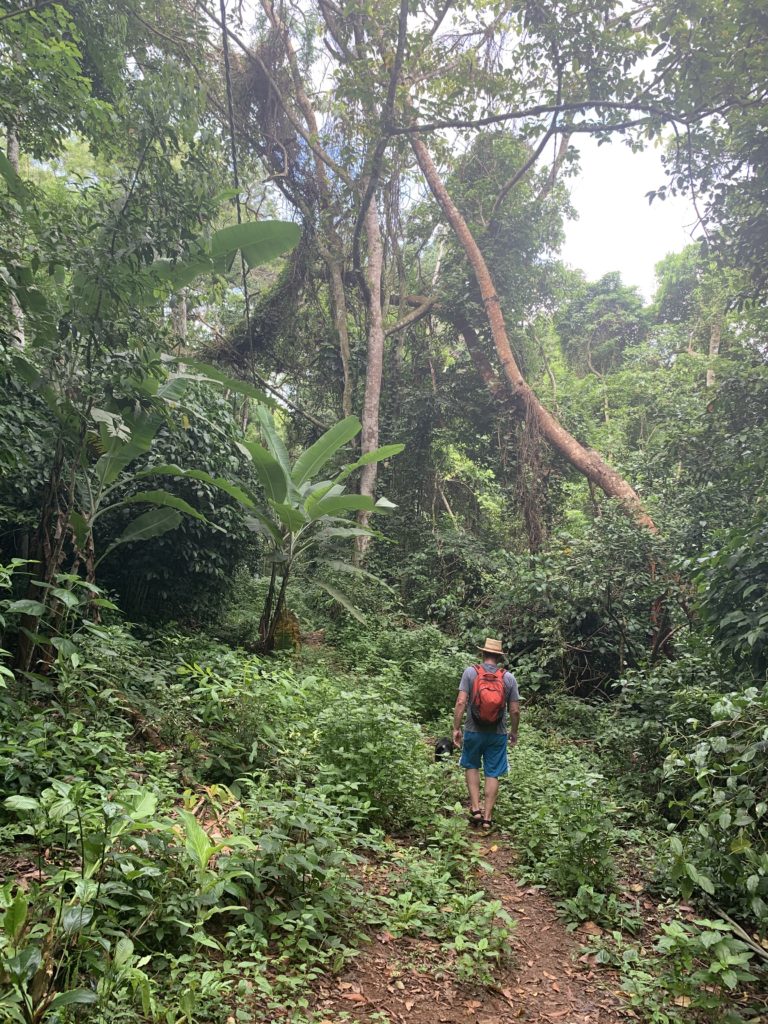
Pouring with sweat, we emerged from the forest to find a gorgeous deserted beach. The only other person was a gardener tending to some bushes near a small house. Lua hunkered down in the shade while Tony and I waded into the calm, clear water. We swam, played in the multi-colored sand, walked the length of the beach, threw a stick for Lua, and ate our sack lunch.
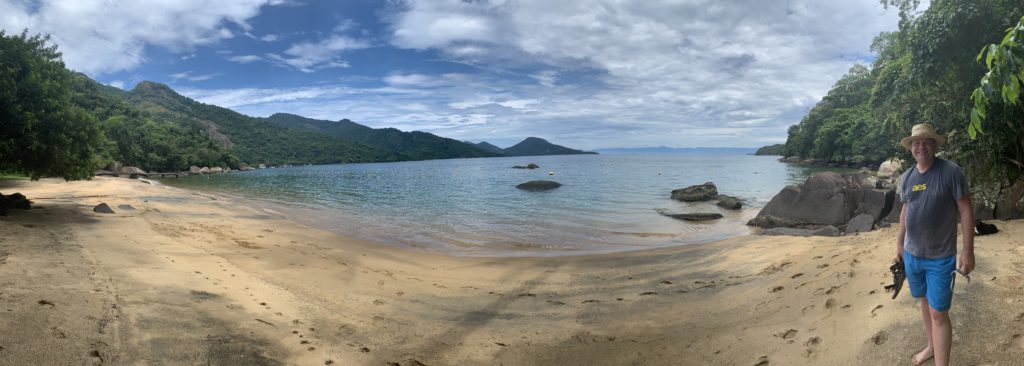
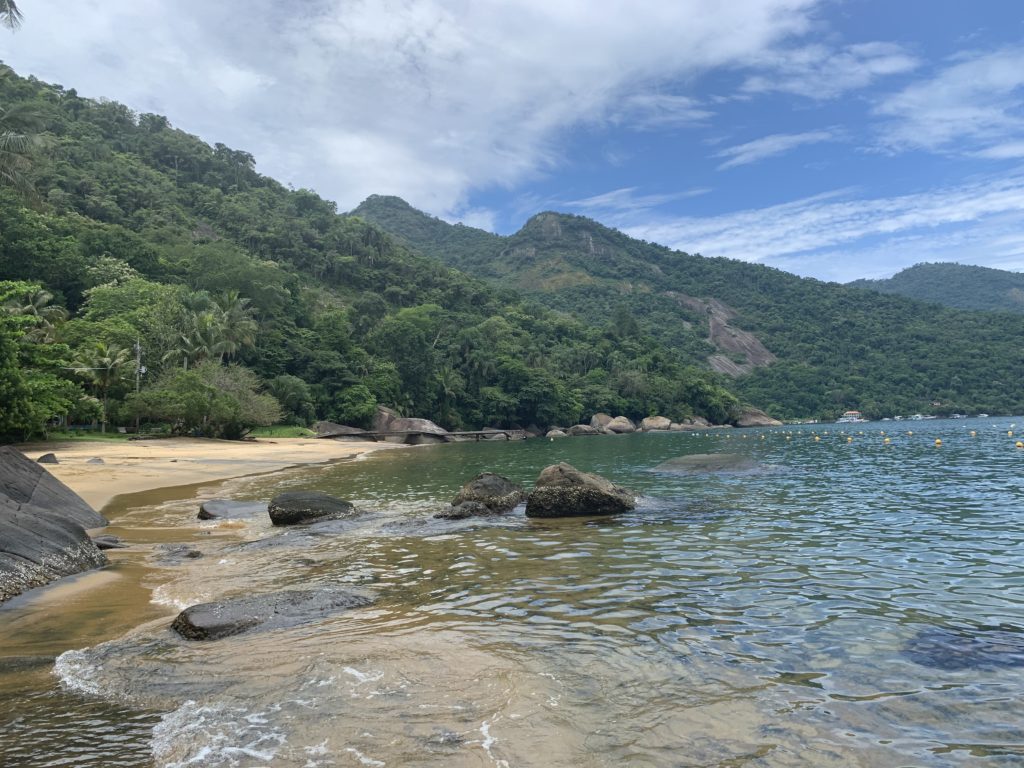
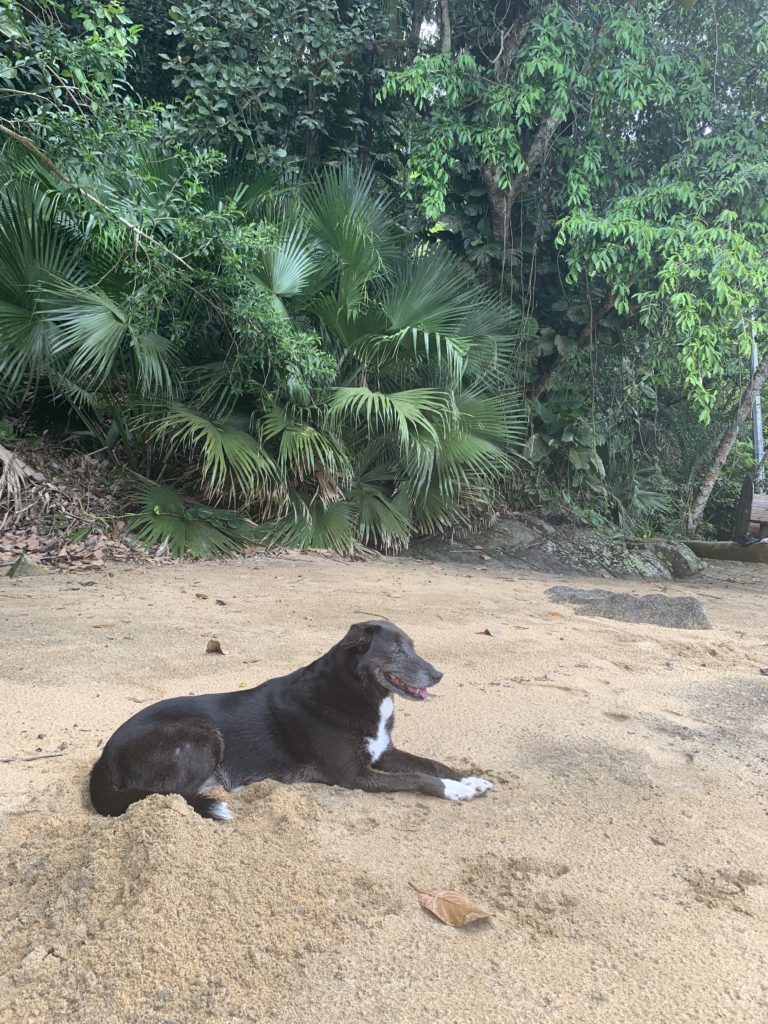
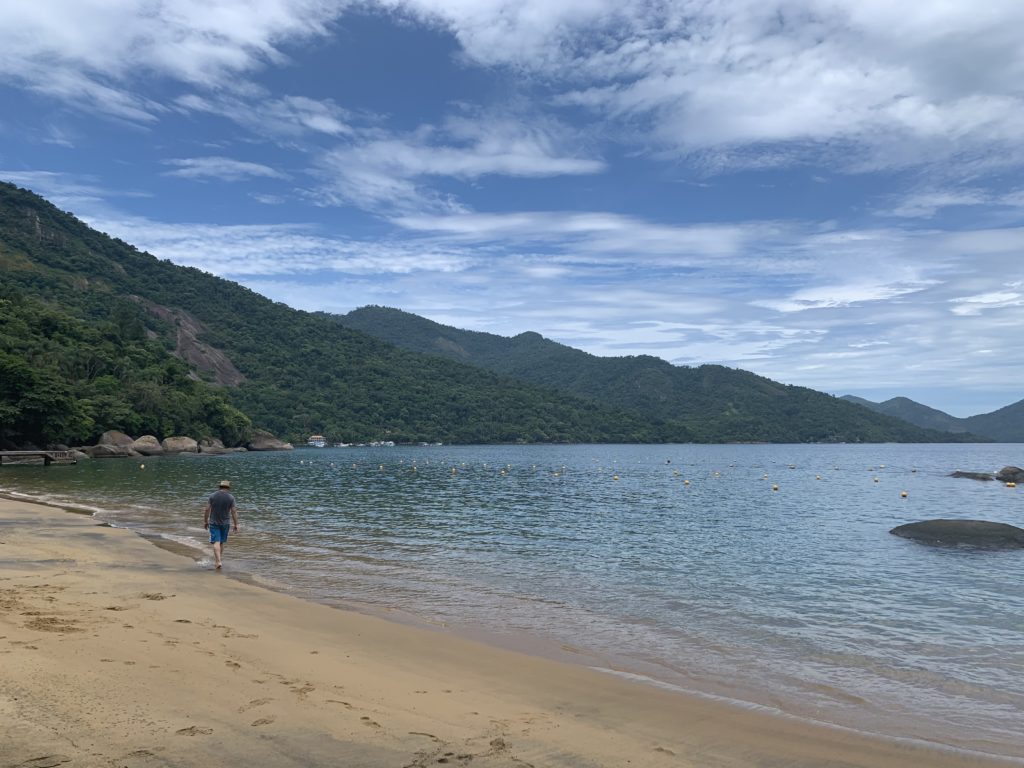
Eventually, we followed our dog guide to a different trail that led to the next beach, Matariz. We were pretty wrecked by then and not overly impressed with the beach, so we stopped for a soda at a small guesthouse (while Lua frolicked in and drank from a stream) and then headed home.
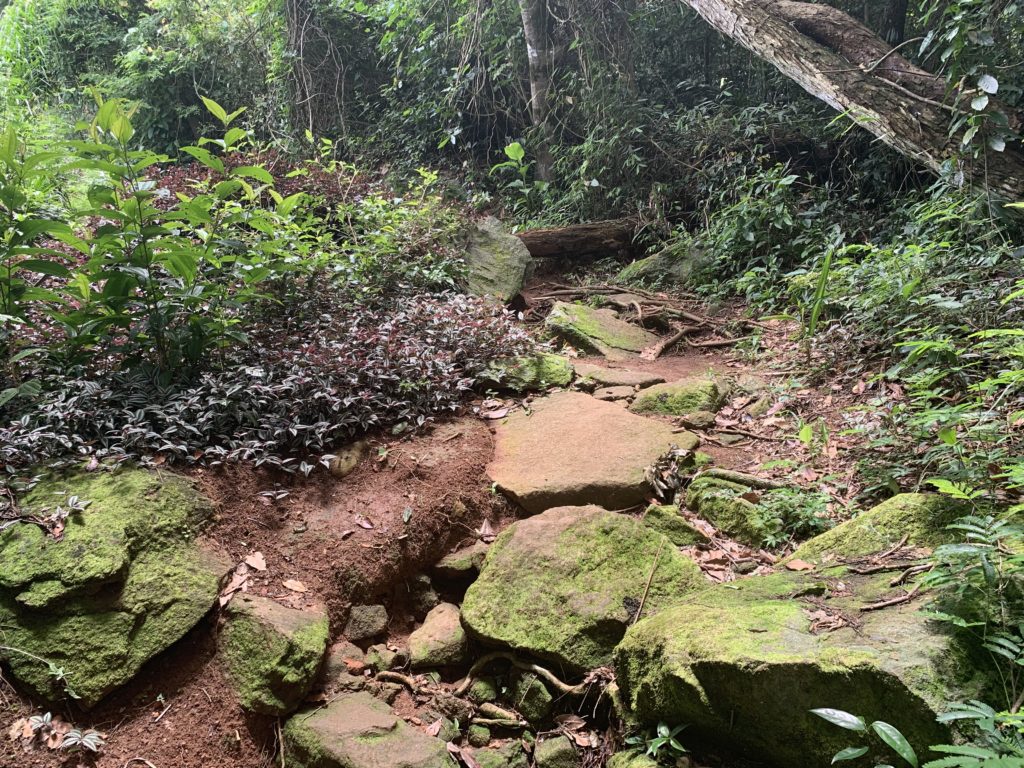
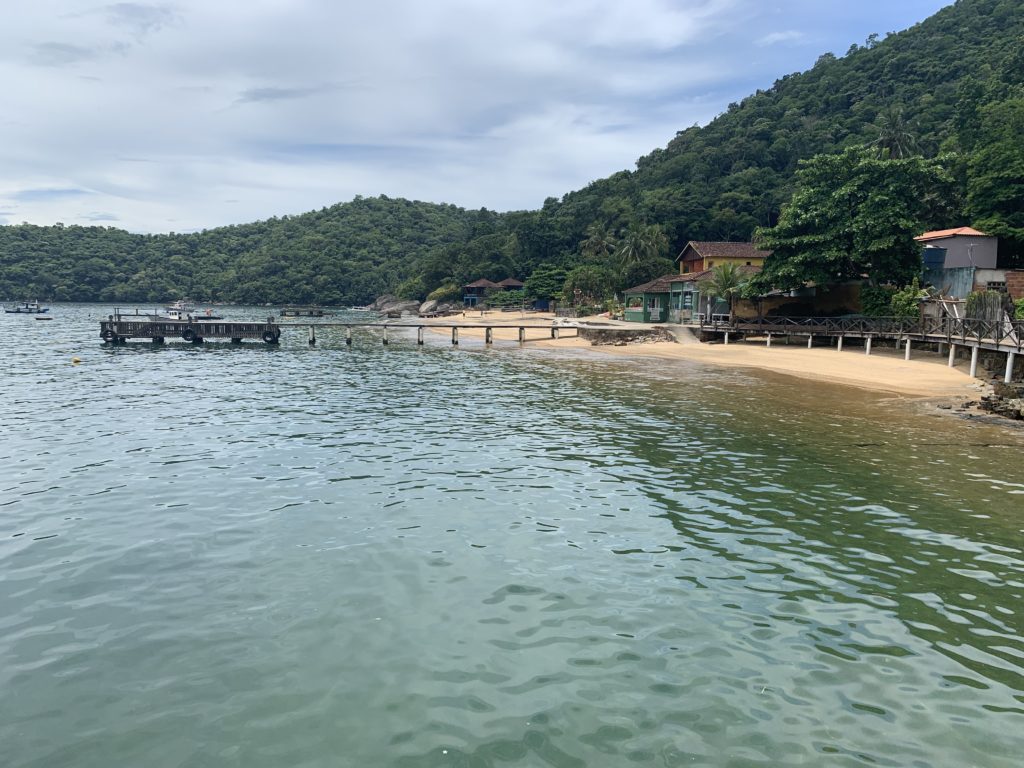
From then on, Lua became my BFF. She followed me from the guesthouse lounge to our cottage to the beach several times a day. She curled up next to our table at meals. She napped on our cottage porch when we were inside. She burrowed under my beach chair. I kinda fell in love with her.
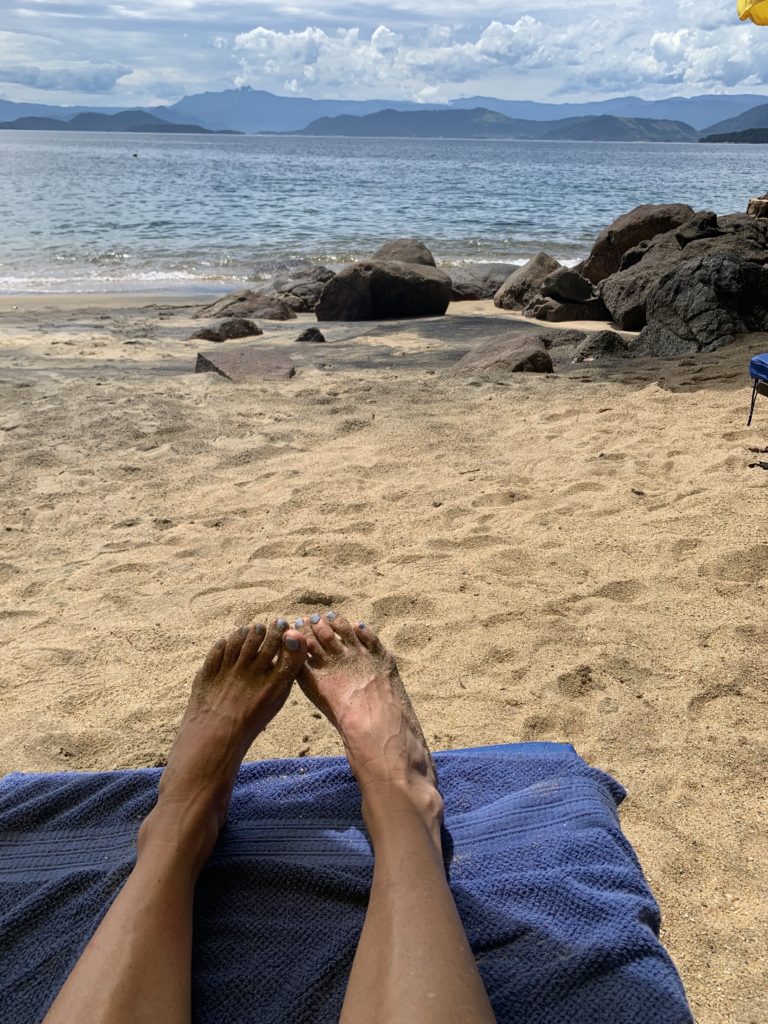
On day three, we followed Lua through the rainforest on a different trail. This time we walked to Freguesia de Santana Beach and beyond. We paused at the deserted beach for a swim in the still clear water, undeterred by the light rain.
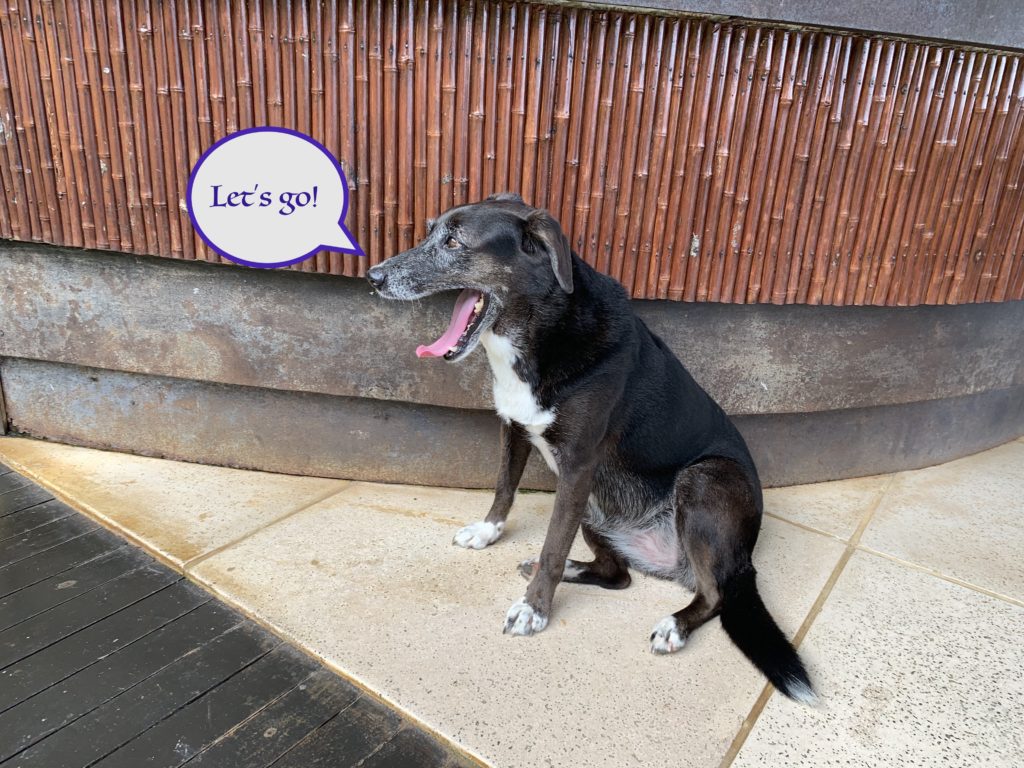
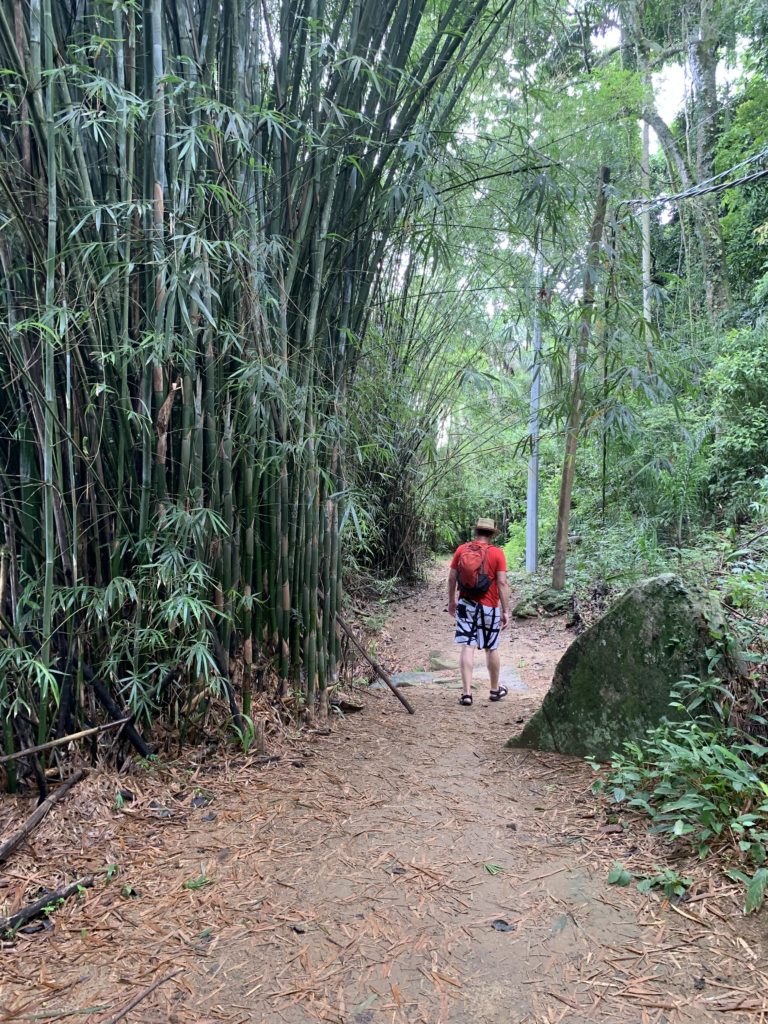
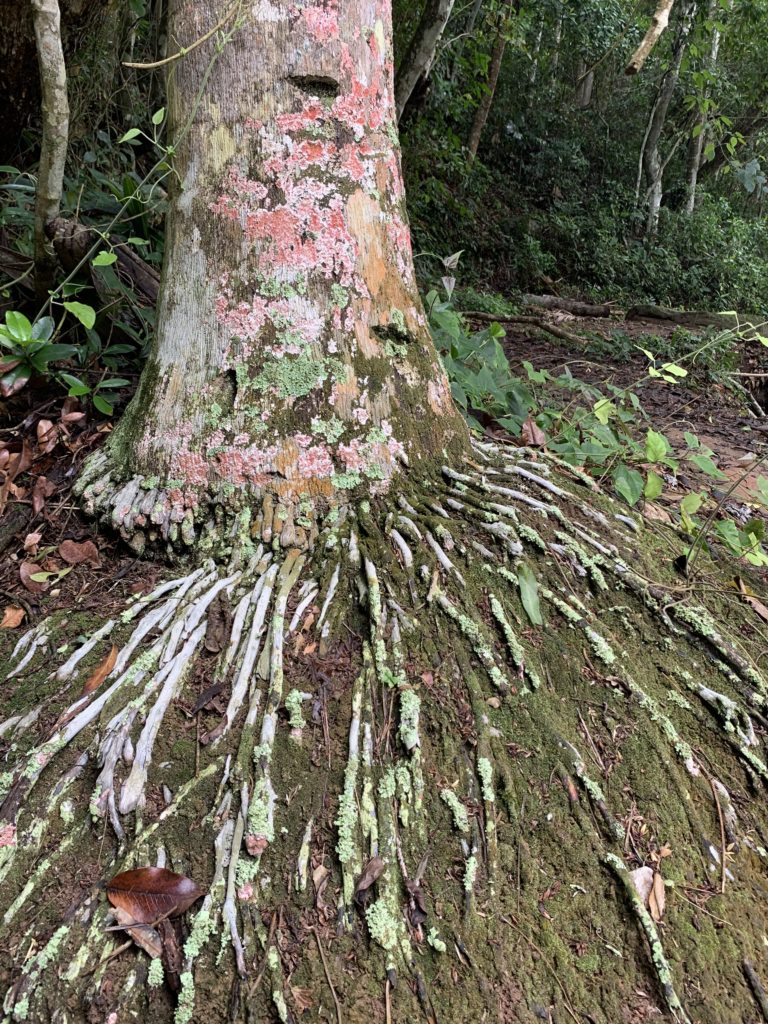
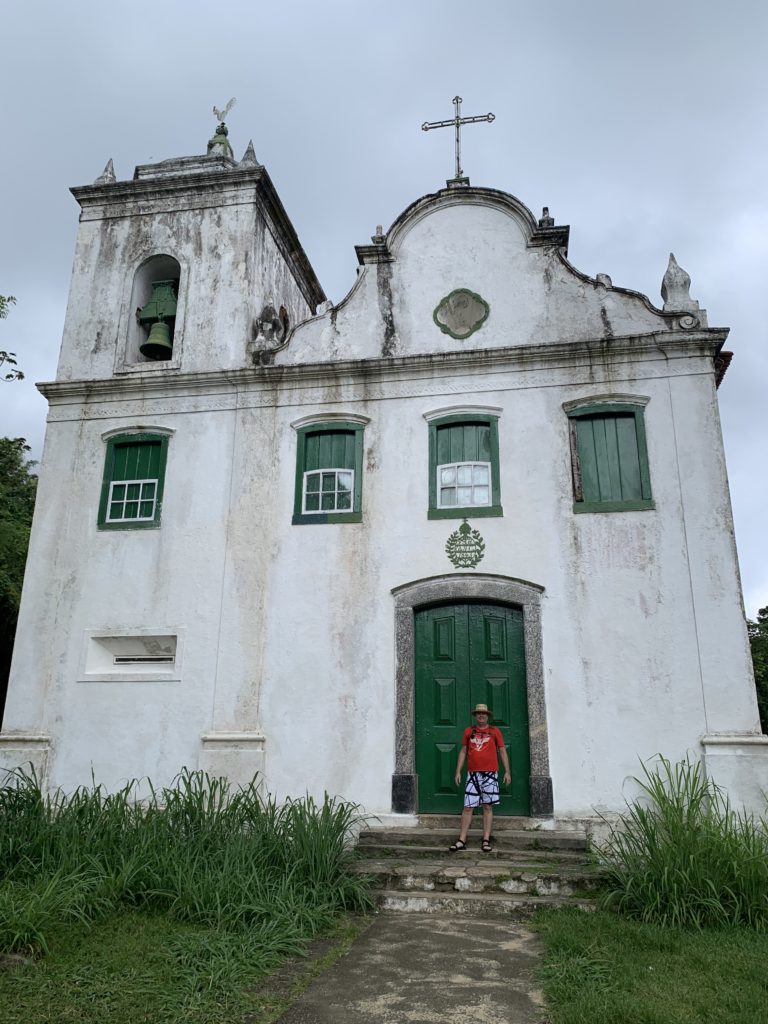
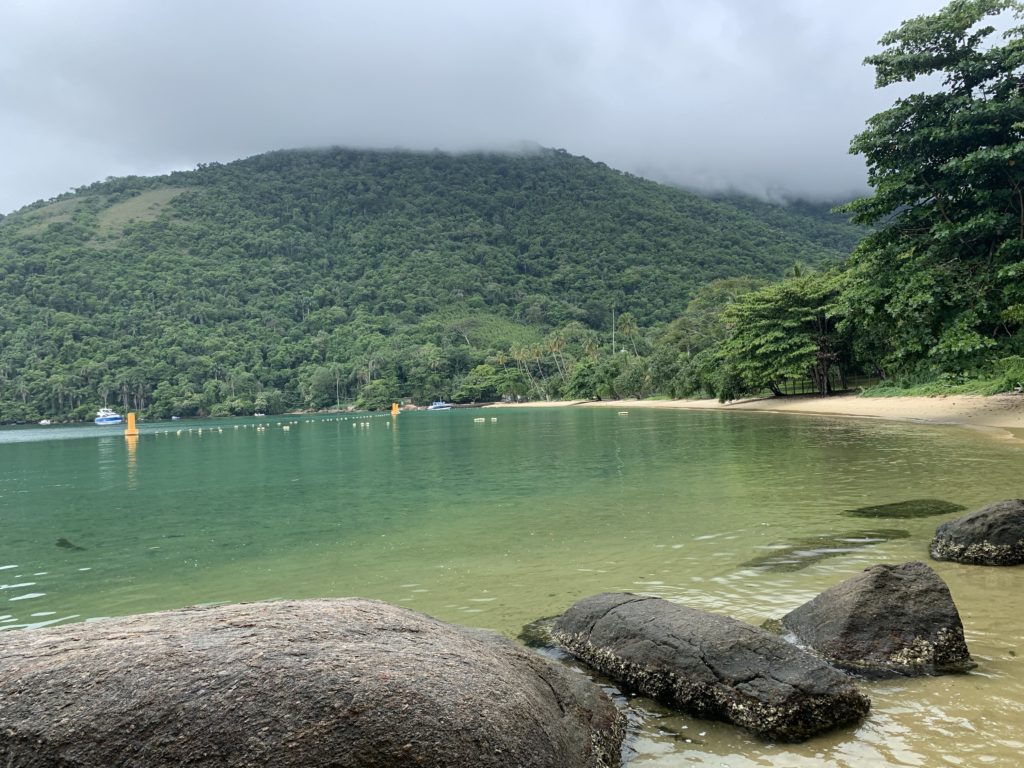
Afterwards, Lua led the way to another trail that should have taken us to a beach called Japariz, where we had planned to have lunch at a restaurant. We walked for nearly an hour, sometimes climbing over boulders or wading through shallow streams. Eventually, we gave up and turned back. Later, we realized we had stopped just minutes from our destination!
Another day, we left Lua at the guesthouse and took a speedboat to several locations on the island.
We were eager to check out one of the island’s most famous beaches, Lopez Mendez, but we hadn’t realized we had to hike to it. We got dropped off at the small beach, Pouso, and trekked through the rainforest for about 30 minutes. Fortunately, we got an early start, so we had the whole beach practically to ourselves.
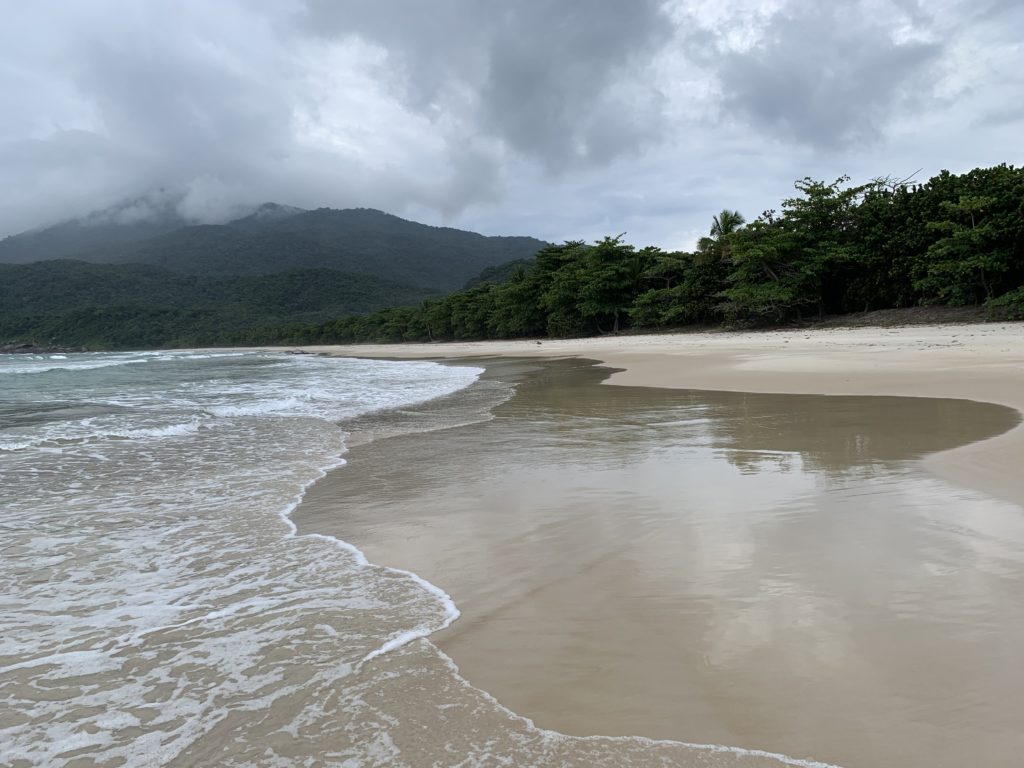
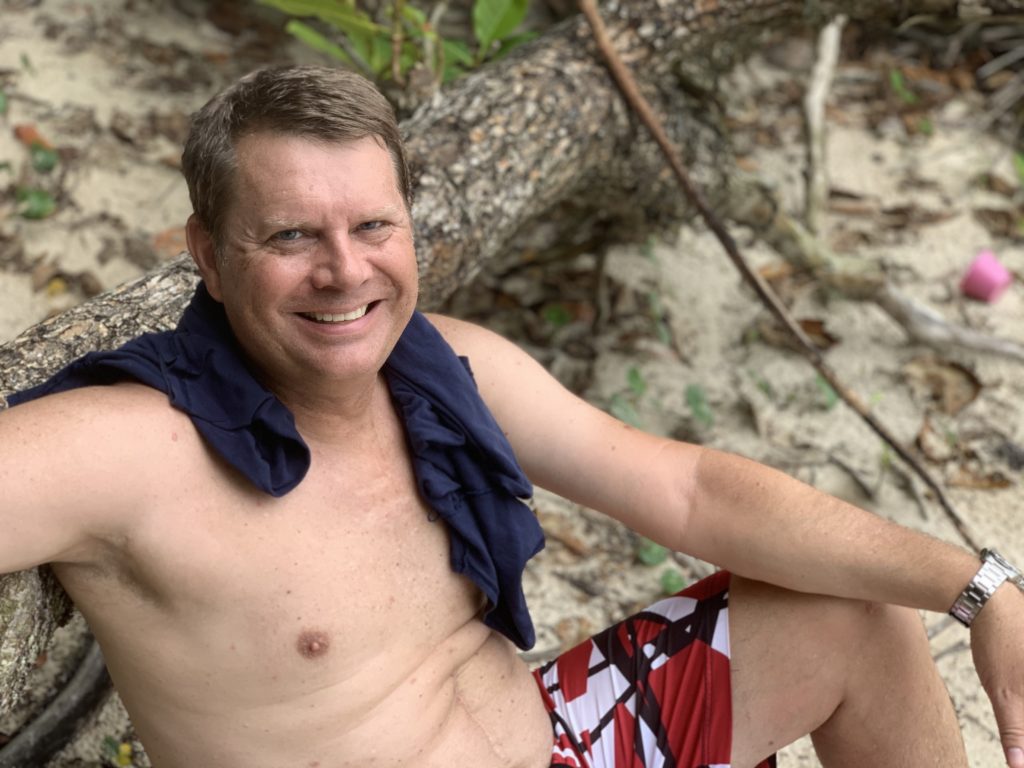
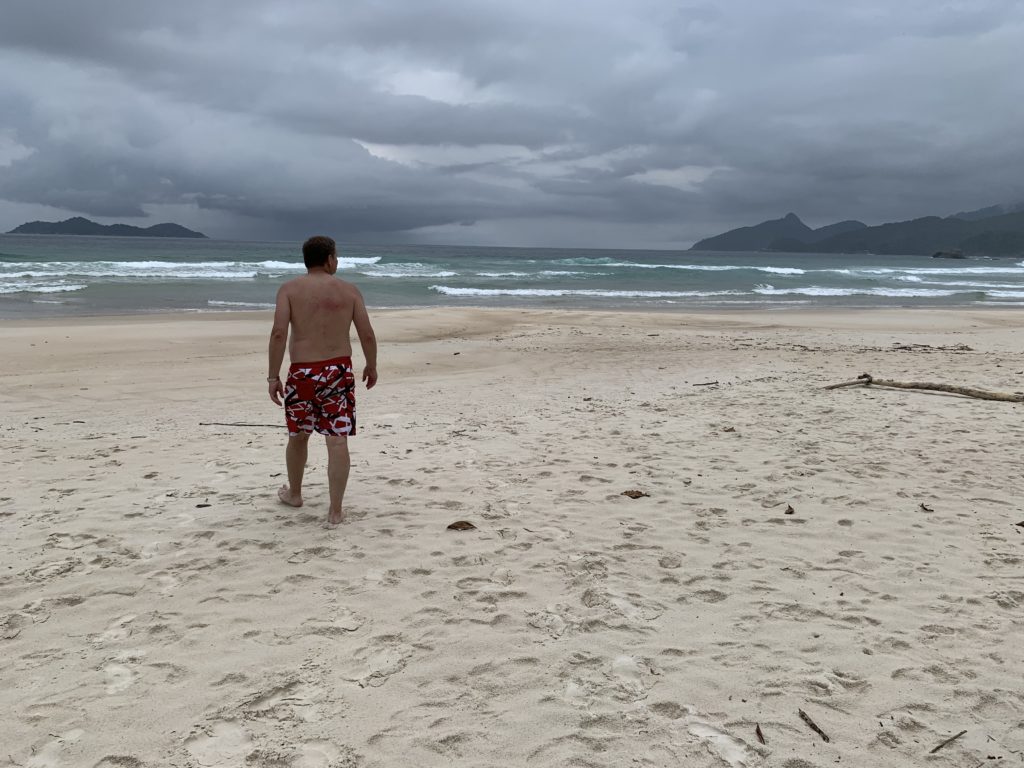
In today’s money-driven tourism world, it’s rare to find an undeveloped beach with no condos, no restaurants, no souvenir shops. So refreshing! (Of course, that also meant there were no lounge chairs or umbrellas for rent … but we found a nice log under a shady tree.)
I took a long walk along the beach while Tony watched our stuff, and we took turns jumping in the powerful waves of the Atlantic Ocean. By the time we left a couple hours later, people were beginning to pour down from the trail.
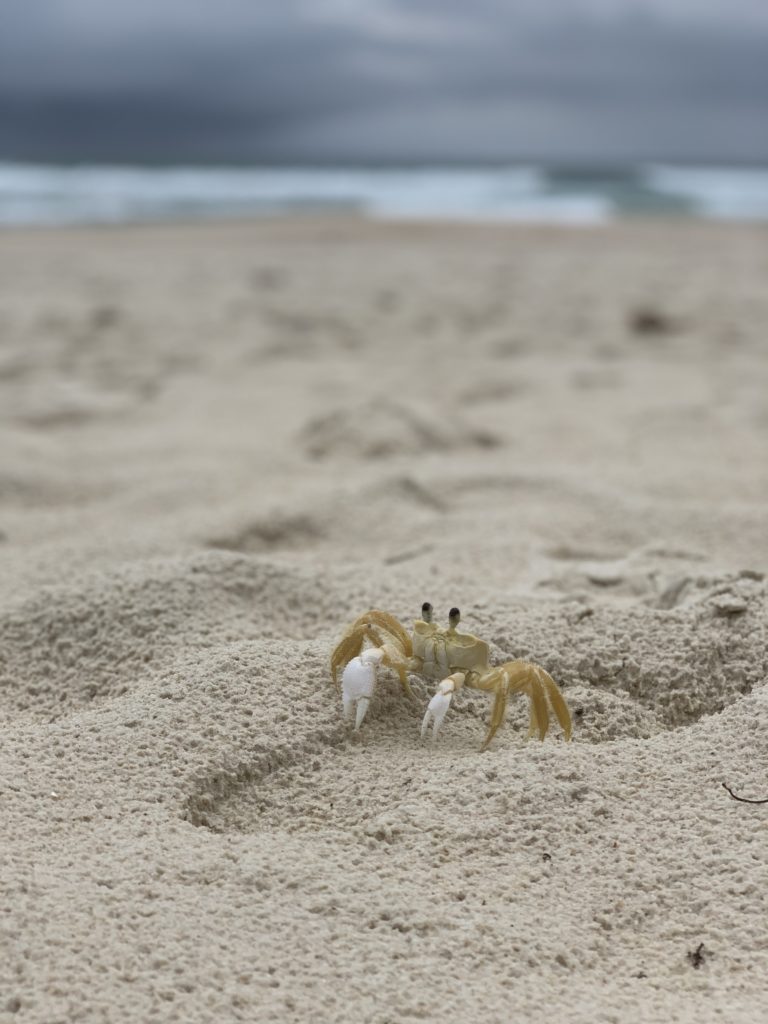
We hiked back to meet our boat driver for the ride to Abraão, the island’s only town. I appreciated that Ilha Grande’s touristy stuff was concentrated in one area. Hostels, shops, restaurants, bars, and tour agencies all competed for the tourists who were dumped at the pier. There wasn’t much to see, so we ate lunch and hung out at a waterside bar for some people-watching until our scheduled departure.
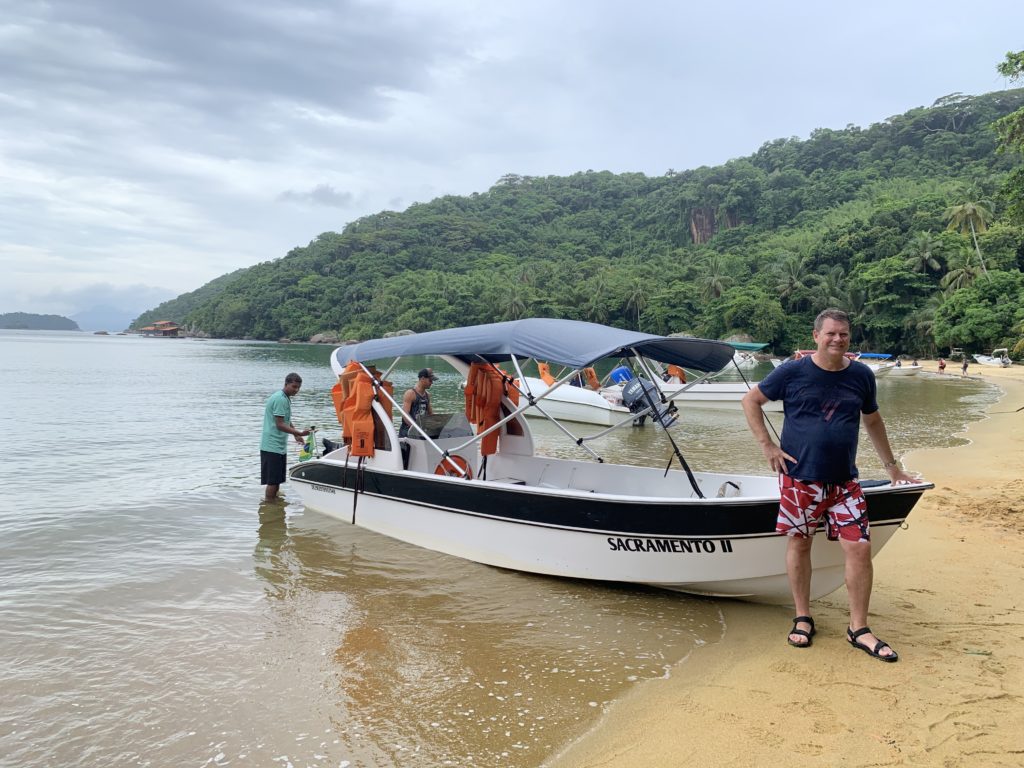
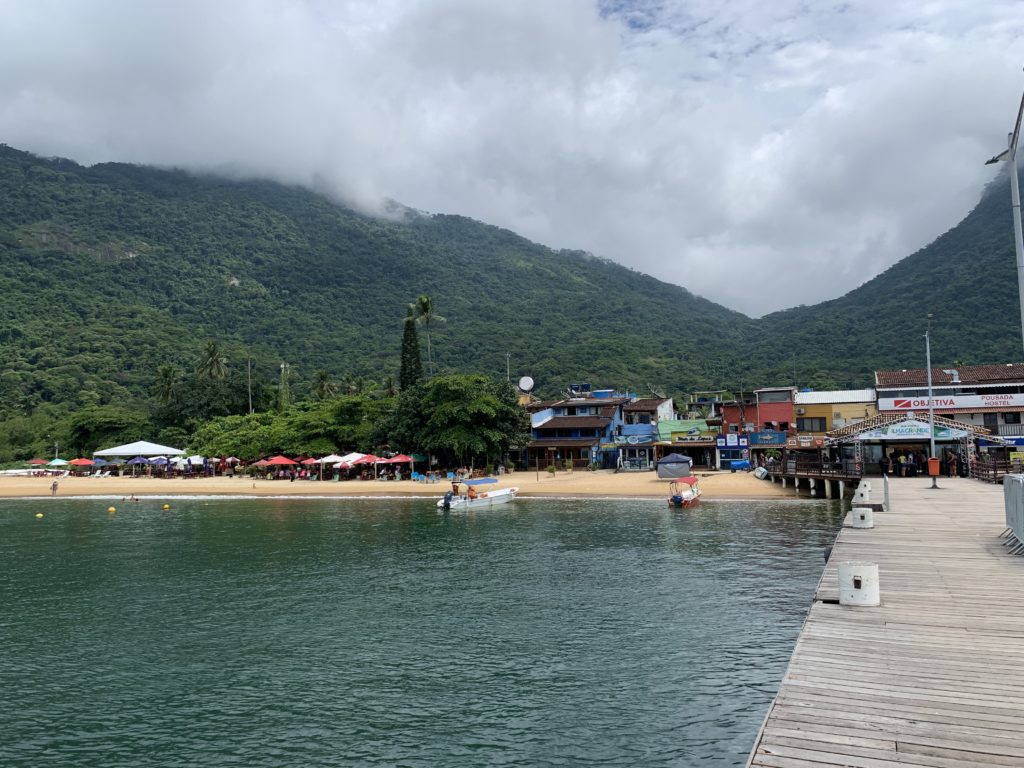
Next stop: Another hike, this time to a waterfall. We got dropped at a small beach and took off up the trail. And up. And up. And up. Finally, we reached the Cachoeira da Feiticeira. It was pretty, but mostly, I was excited to plunge my stinky, sweaty, muddy body into that cool pool. It did not disappoint. There was only one other woman there, and she was busy Instagramming herself on top of a boulder, so I had the pool all to myself. Tony sat on the edge and dipped his feet in the water. I could’ve stayed longer, but we had a long hike back to our boat, and we were on a schedule.
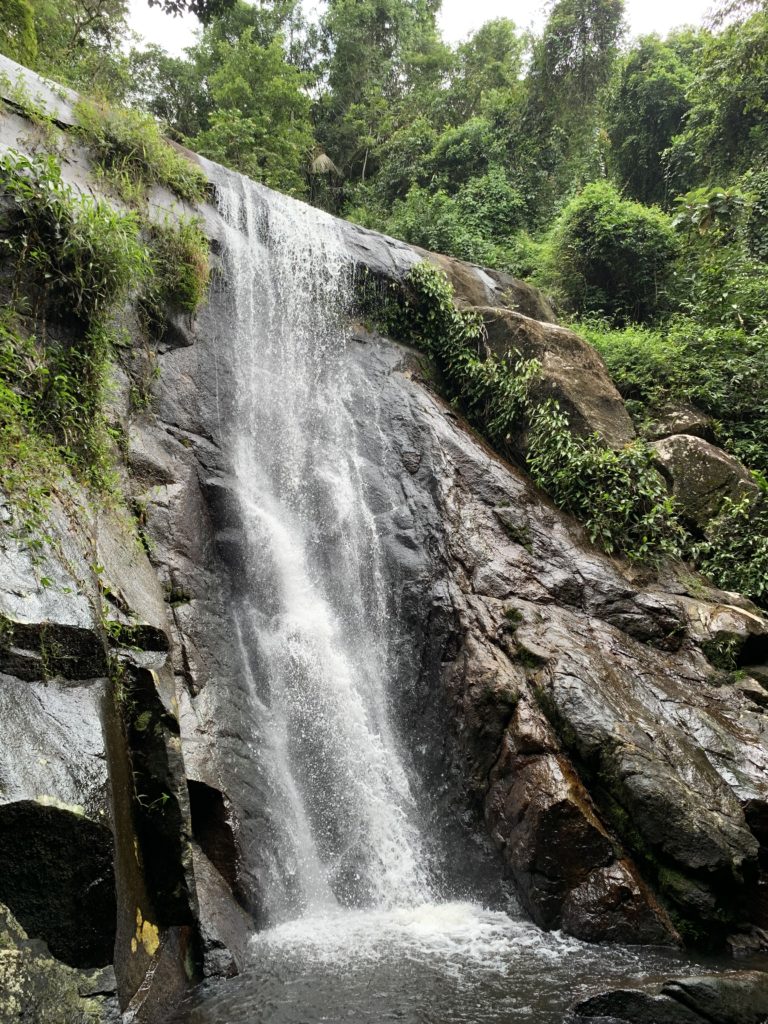
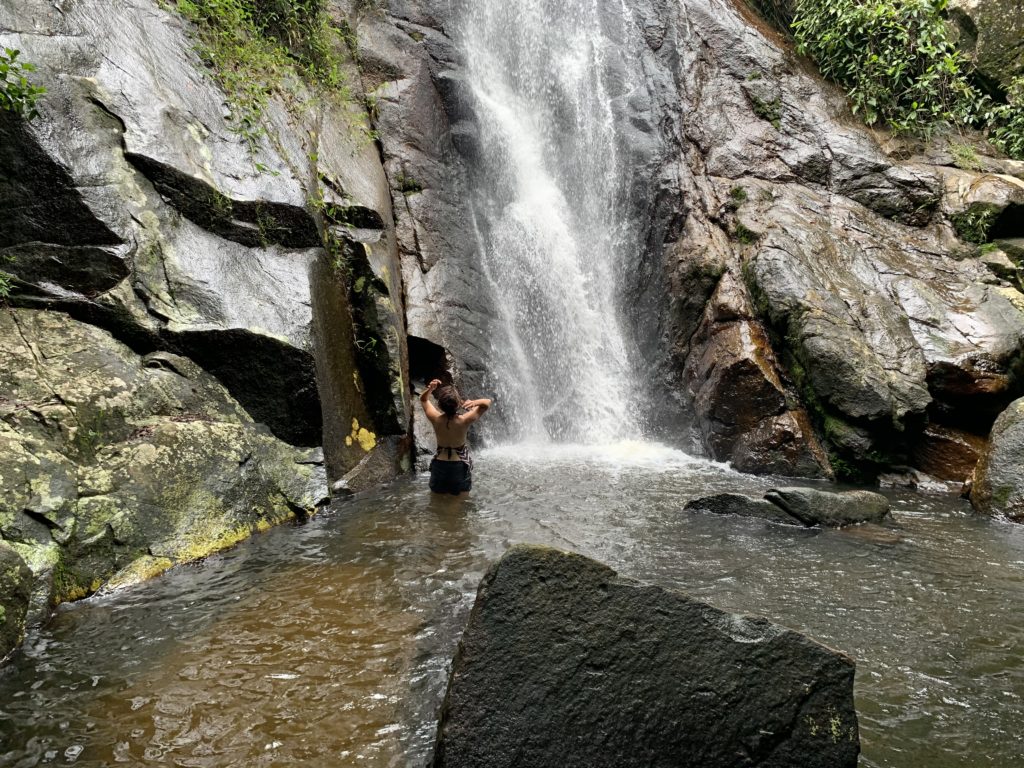
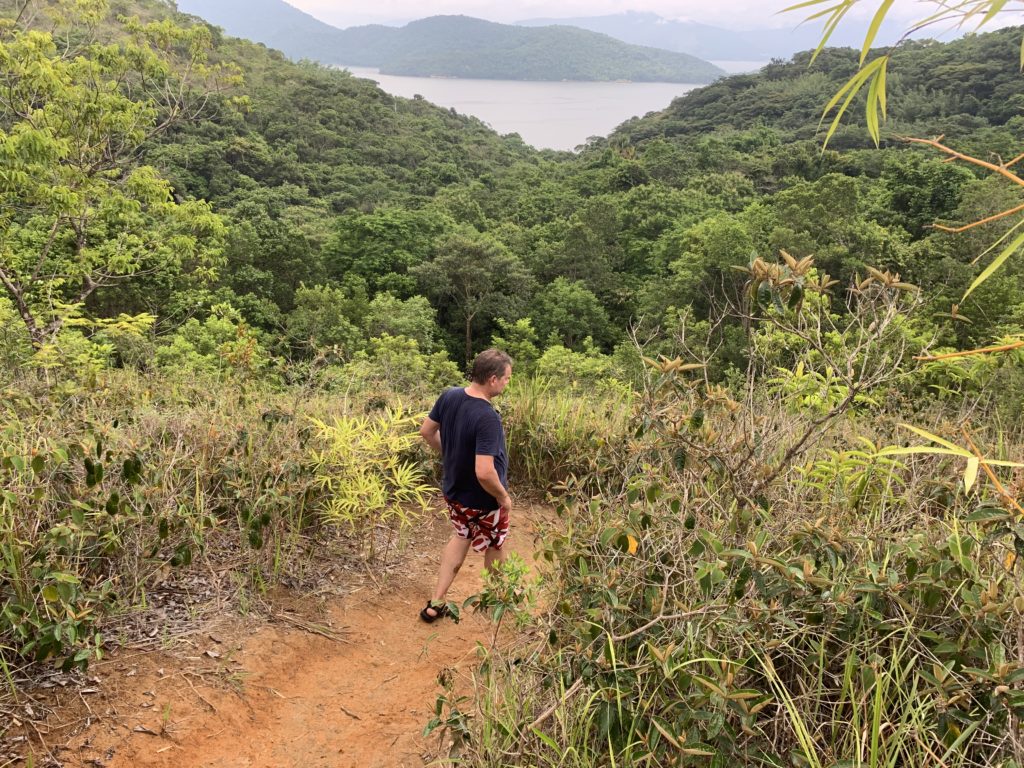
The last stop of the day was Lagoa Azul, or Blue Lagoon, which was very near our guesthouse. We jumped off the back of the boat and swam a bit, but we couldn’t get near the reef because of all the frolicking tourists, who stood in waist-deep water, drinking beer and scaring away all the fish. Back “home,” we rested up from a long day of exploring.
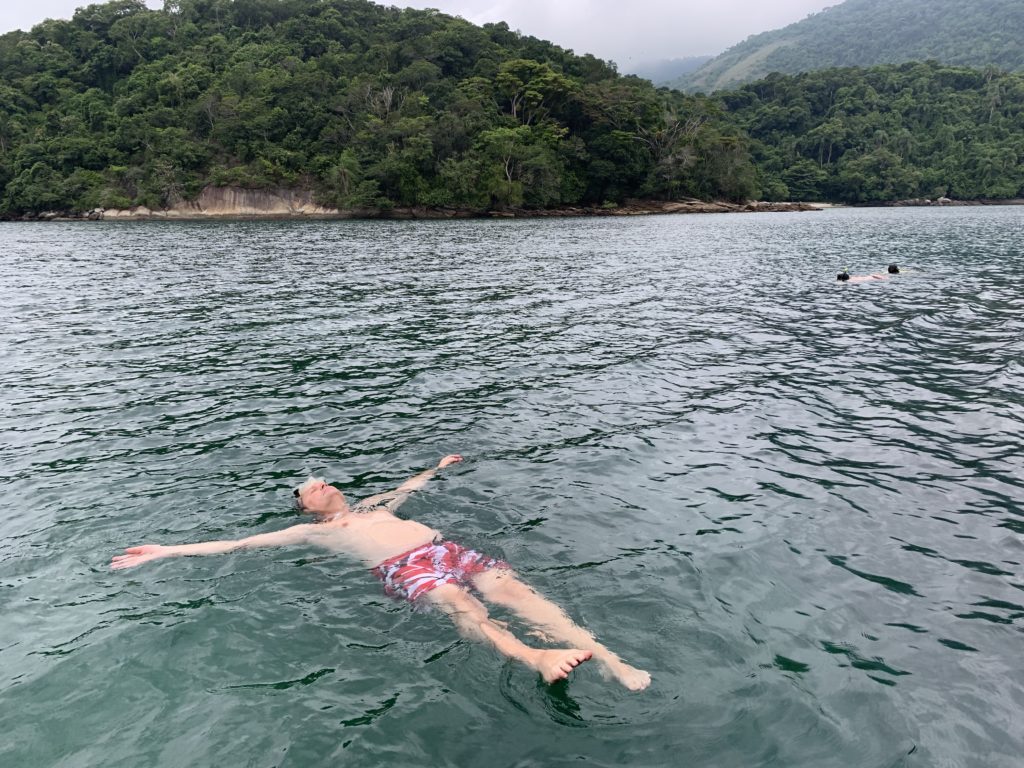
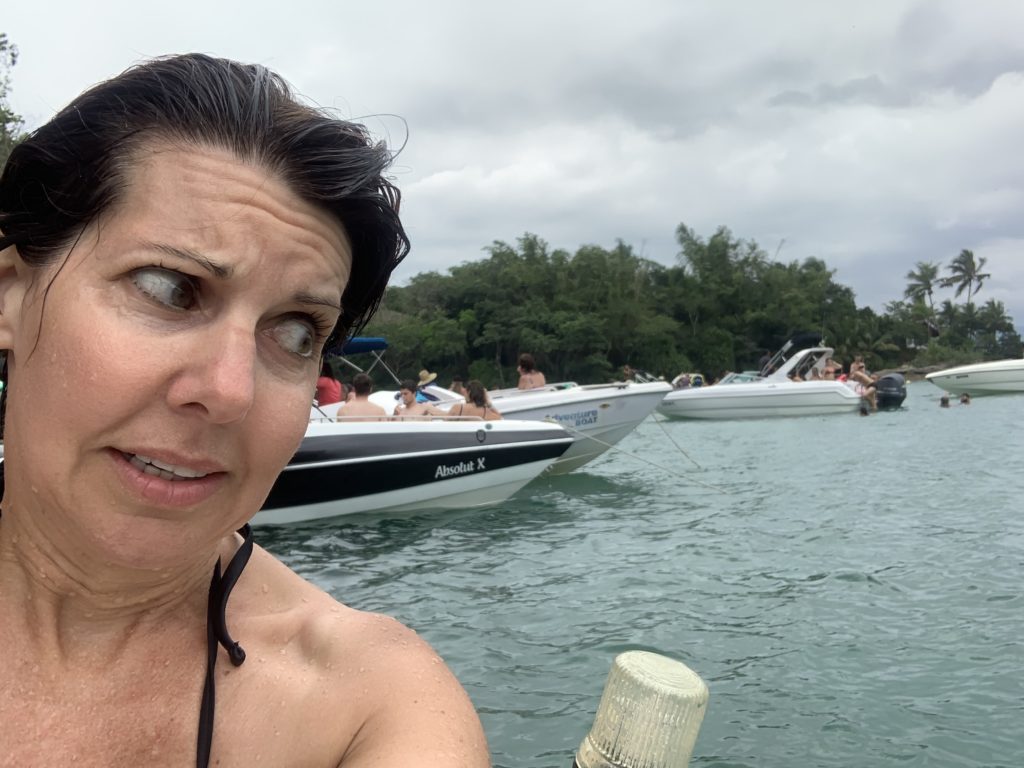
We had worried that nine days at a secluded beach would be too long, but I had an epiphany on this vacation. I CAN actually take a trip that involves a lot of nothing. Usually, I insist on visiting every museum, touring every historical site, hitting every one of the guidebook’s “top 10 don’t-miss attractions.” However, this holiday taught me that travel doesn’t have to mean frenzy.
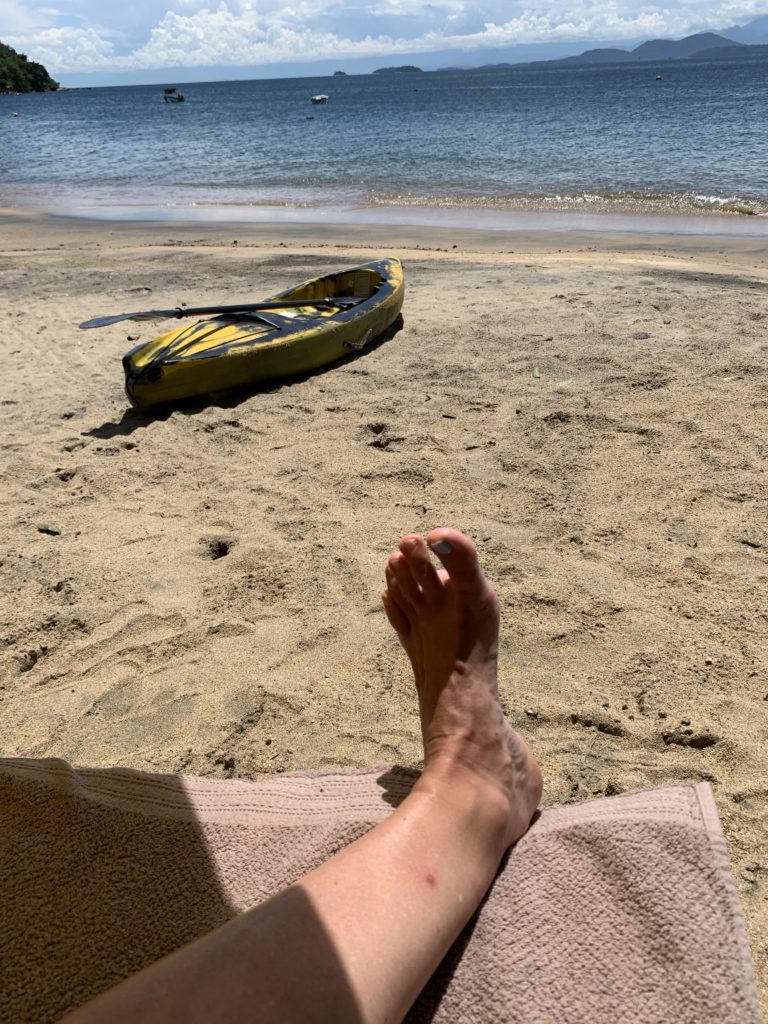
In nine days of doing very little, I never got bored. We slowed down and enjoyed each moment. We even embraced the storms, which filled the afternoon sky with spectacular lightning displays, even though they also knocked out power to our guesthouse a few times.
That said, when it was time to leave, we were ready to get back to civilization. We gave Lua a little cuddle, thanked the incredible staff, and boarded a boat back to the mainland.
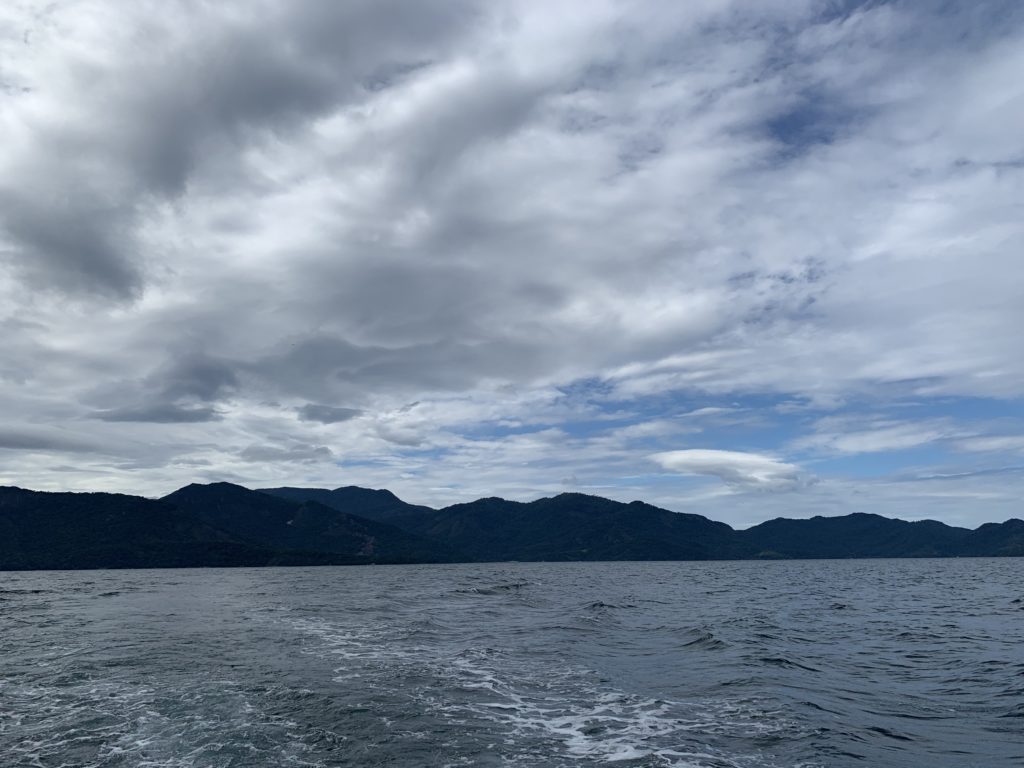
Our driver, Piu Piu, met us at the pier and drove us to the Rio de Janeiro airport, where I kissed Tony good-bye and sent him back to Chile. I was spending the weekend in Rio!
I joined Stella, Ian, and Becky at the Copacabana Beach shortly after checking in to our hotel. They had already rented chairs and umbrellas. Once nestled into my chair, there was no reason to leave.
Thirsty? Someone would bring a beer, caipirinha, soda, fresh water, or a coconut with a hole hacked in the top for access to the cold refreshing juice. Hungry? Just needed to wave at the guy with the portable grill for a cheese kebab, or signal the vendor selling peel-and-eat shrimp, or cool off with a traditional açai bowl full of slushy fruit, or consider a burger, fried calamari, sandwiches, steamed corn, popsicles – seriously, there was no end to the food selection. Forgot a swimsuit? Fortunately, vendors stroll the beach with huge racks of bikinis. Sellers walked by with jewelry, sarongs, sunscreen, T-shirts, sunglasses, souvenirs, dresses, hats, and more.
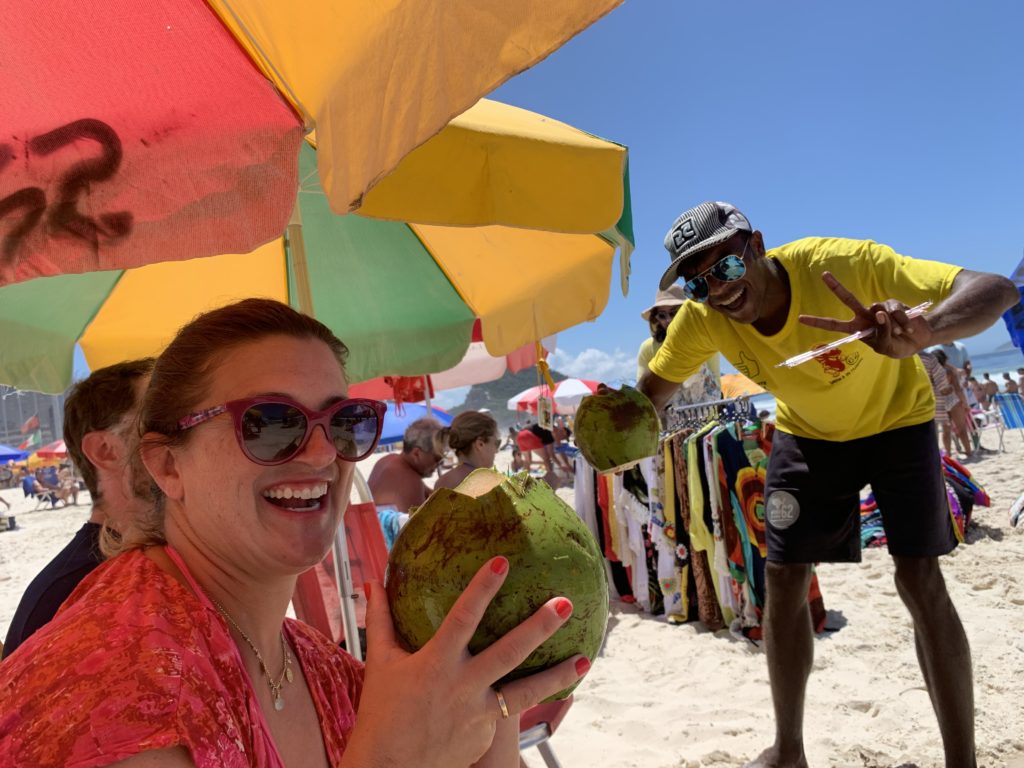
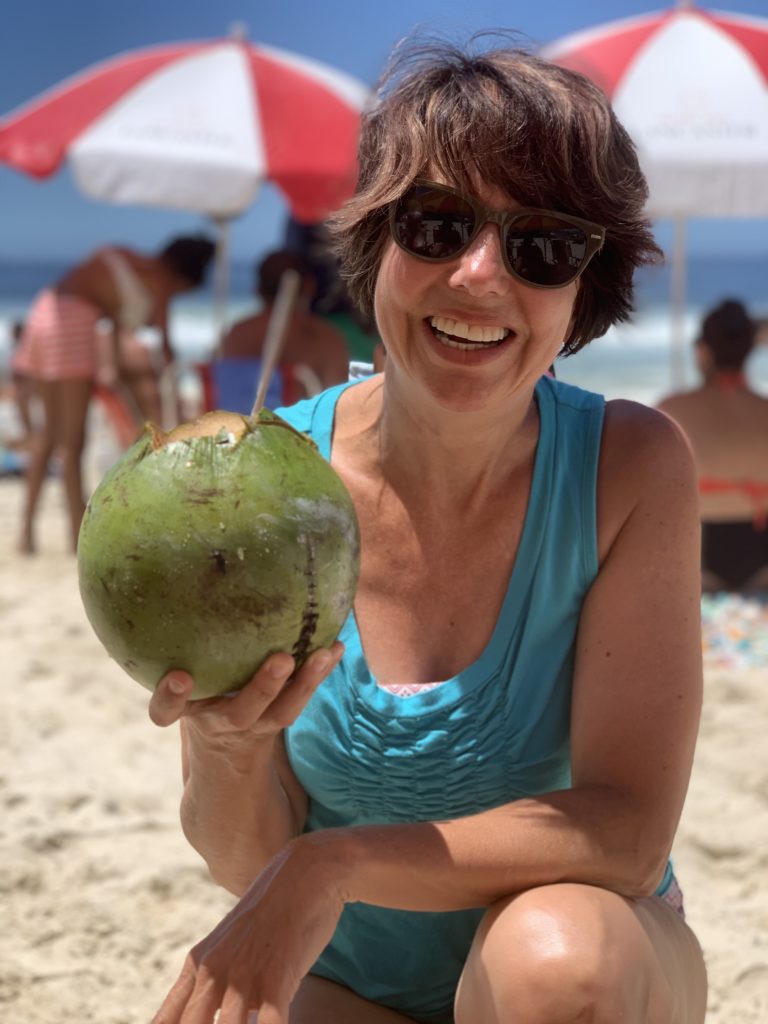
The ocean water was chilly with powerful crashing waves, but I knew I couldn’t leave without going in at least once. I fought the breakers until I got far enough out to bob in the waves. It was dreamy. Really cold, but dreamy.
That evening, we went to a samba bar called Leviano in the popular nightlife district of Lapa. The bar was packed before 9 p.m., and the energy was electric.
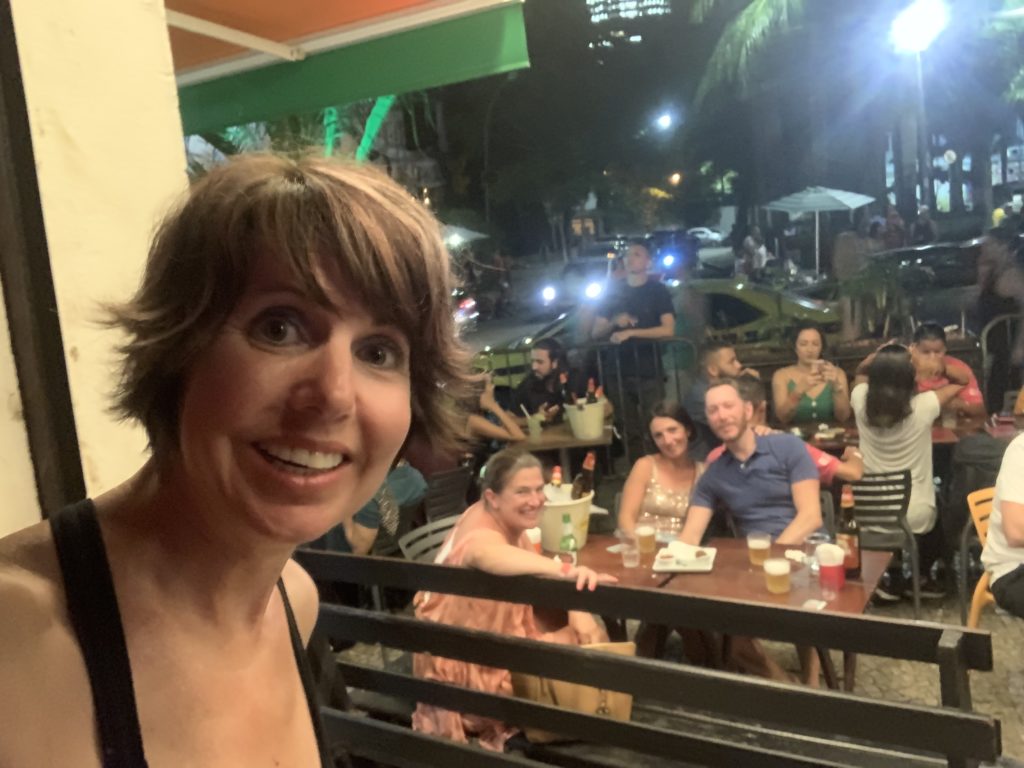
Later, we returned to the beach, where small bars lined the promenade. Most had live music, so we picked one and hung out for a while, kicking off our shoes to dance in the sand.
We spent the next morning at the beach again, and then Becky and I took off to visit the famous Christ the Redeemer statue.
According to the trusty Encyclopedia Brittanica:
Christ the Redeemer, Portuguese Cristo Redentor, colossal statue of Jesus Christ at the summit of Mount Corcovado, Rio de Janeiro, southeastern Brazil. It was completed in 1931 and stands 98 feet (30 metres) tall, its horizontally outstretched arms spanning 92 feet (28 metres). The statue, made of reinforced concrete clad in a mosaic of thousands of triangular soapstone tiles, sits on a square stone pedestal base about 26 feet (8 metres) high, which itself is situated on a deck atop the mountain’s summit. The statue is the largest Art Deco-style sculpture in the world and is one of Rio de Janeiro’s most recognizable landmarks.
A historic train carried tourists up the mountain through the forest. At the top, we walked up several flights of stairs and elbowed through the crowd for a few photos. The selfie-fest was hilarious. If you can’t beat ’em, join ’em.
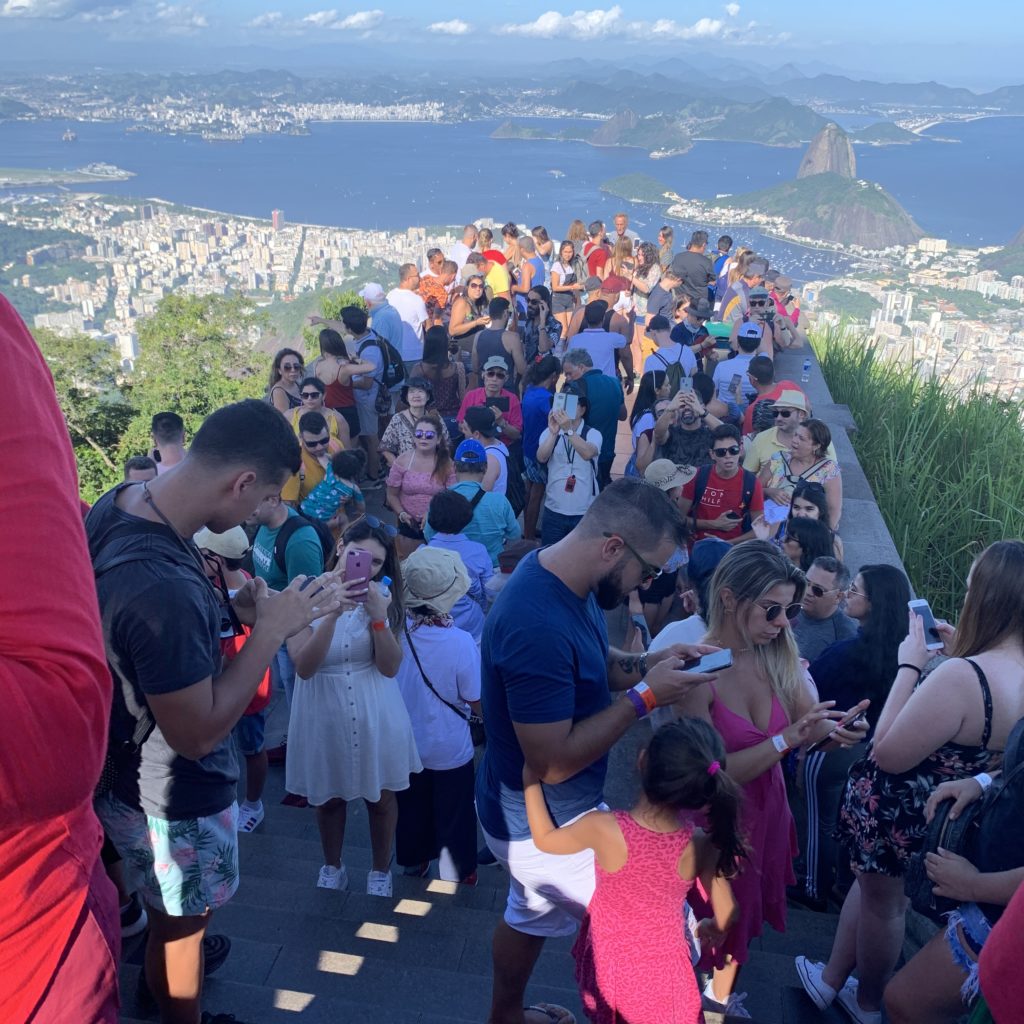
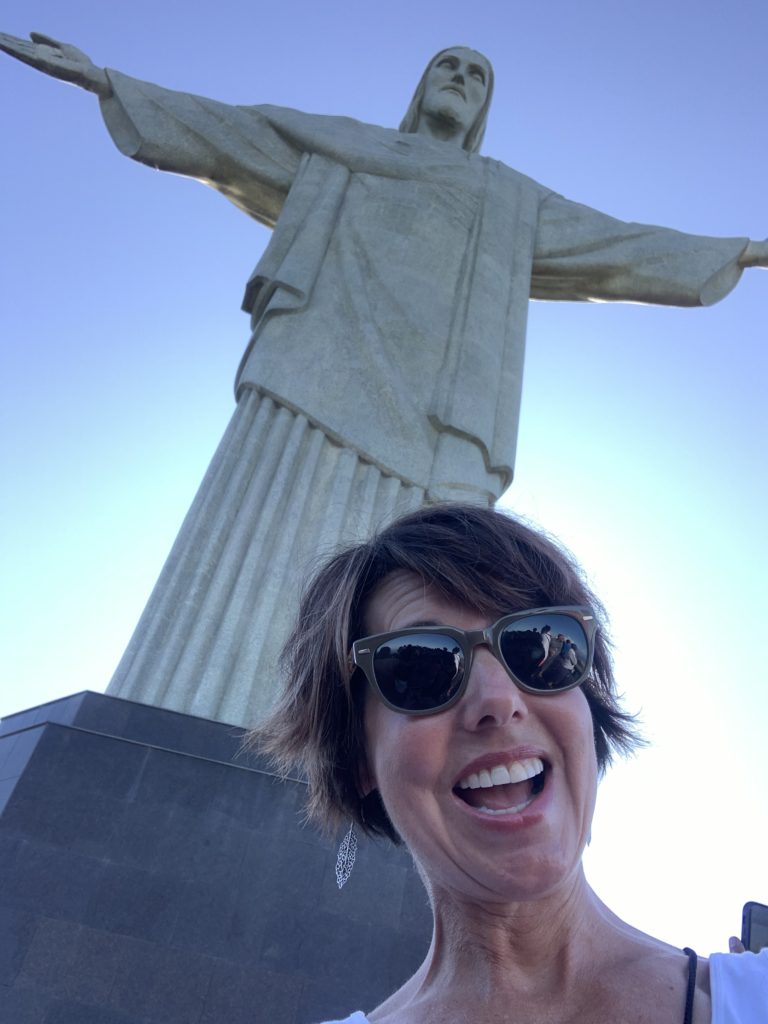
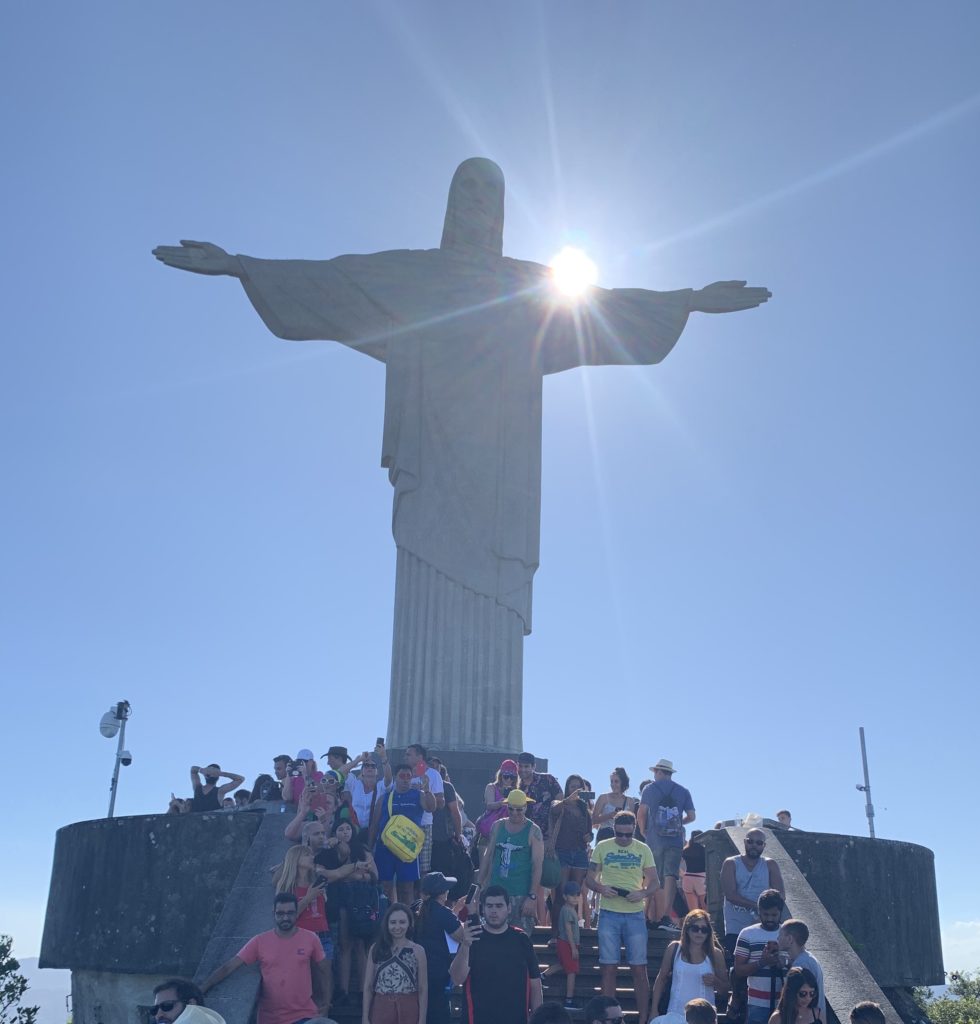
Despite the crowd, it wasn’t hard to find a quiet spot to enjoy the views.
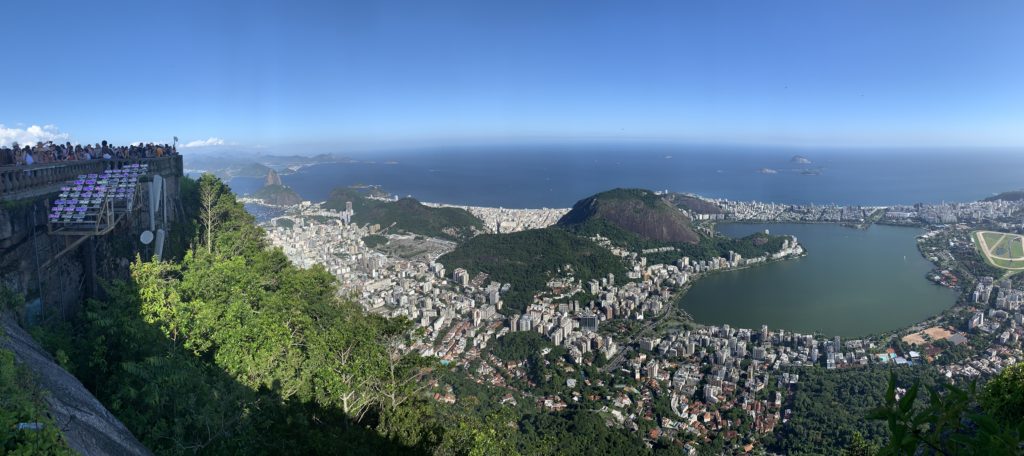
That evening, we reconnected with Stella and Ian to celebrate Becky’s birthday at a Japanese restaurant called Soy. Accustomed to Chile’s ubiquitous rolls full of rice and cream cheese, we were all thrilled with the delicious “real” sushi. Our waiter brought chocolate mousse with a candle, and we sang “Happy Birthday.”
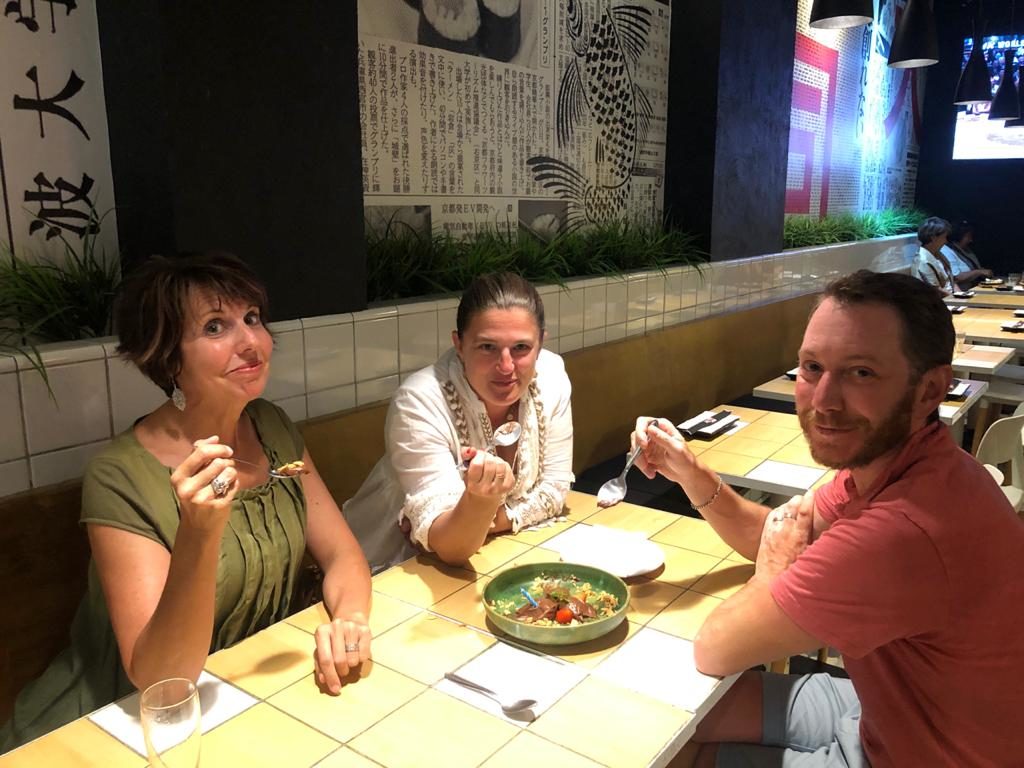
A little more music at the beach, and we called it a night. (Can I just mention how much I LOVE that the fun gets going in Rio well before my bed time!!)
Stella and Ian flew out the next morning. Becky and I had an afternoon flight, so we tried to spend a couple hours at the beach. However, strong winds kept uprooting our umbrellas and blasting them through the air, nearly decapitating several sunbathers. The locals promised it would calm down, but we had to pack up and hit the road anyway.
Well, Brazil, you stole my heart. I’ll be back!

